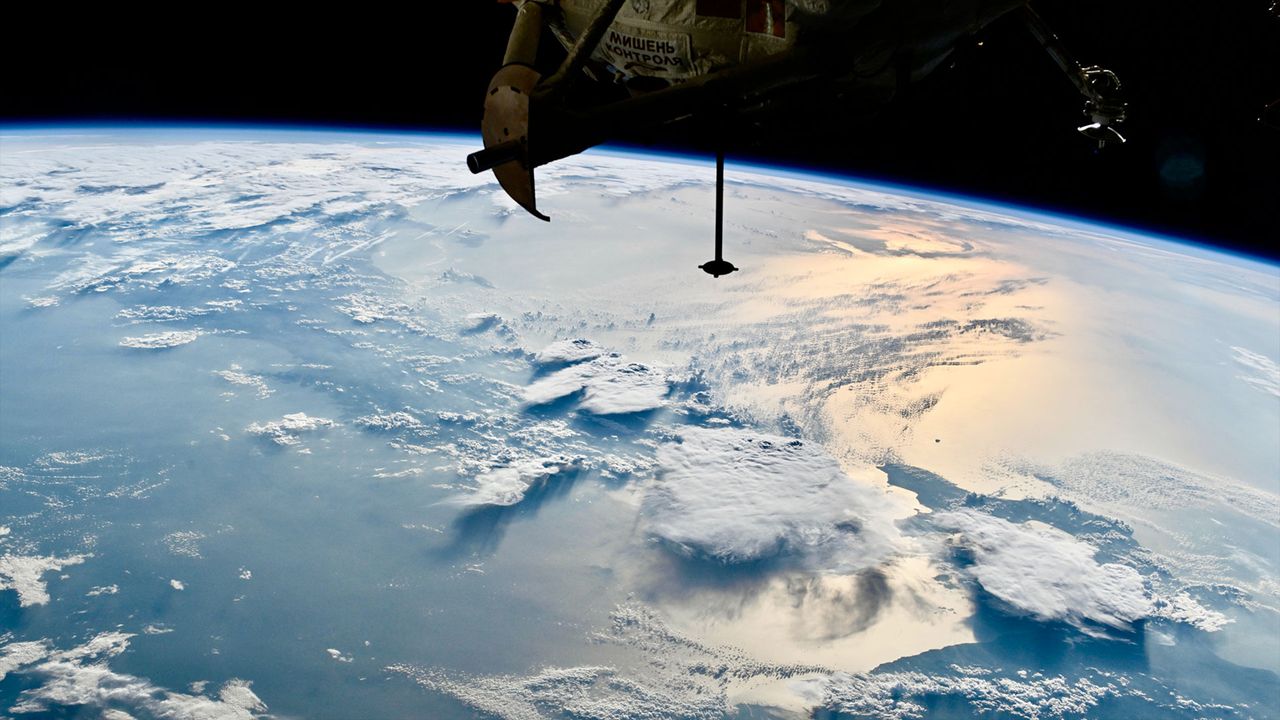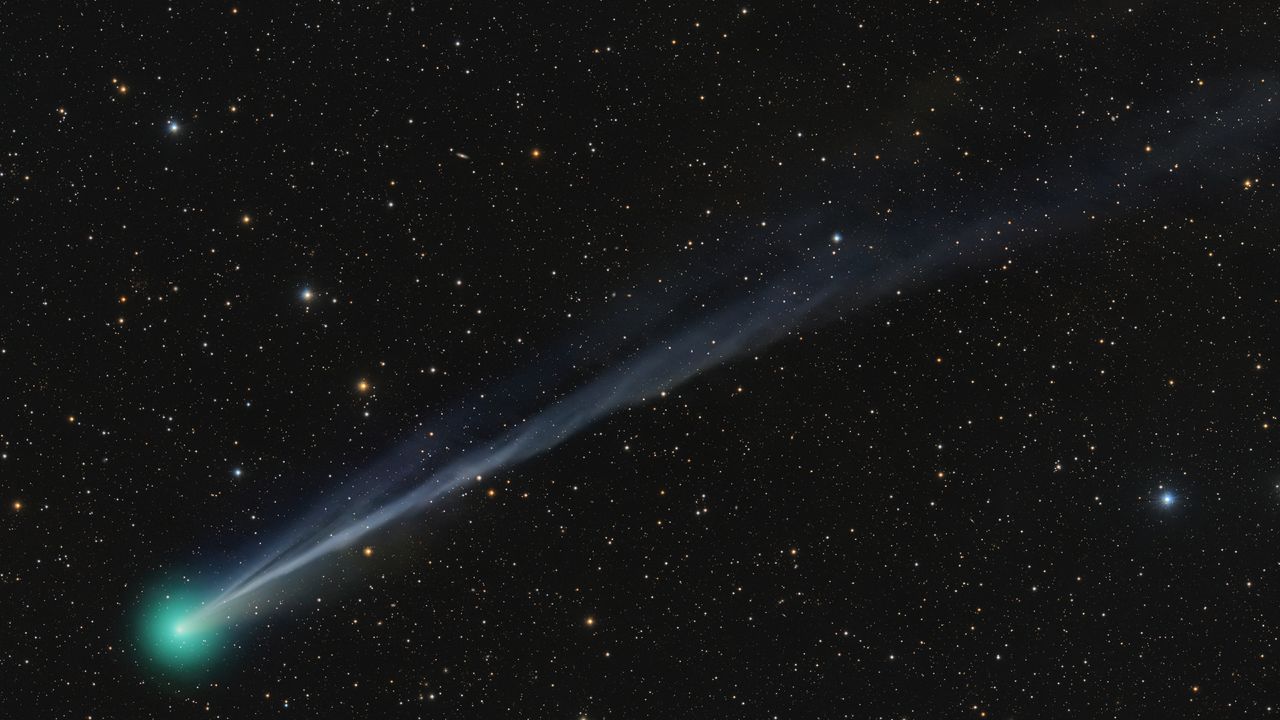SpaceX launches 28 Starlink satellites from California, lands rocket at sea
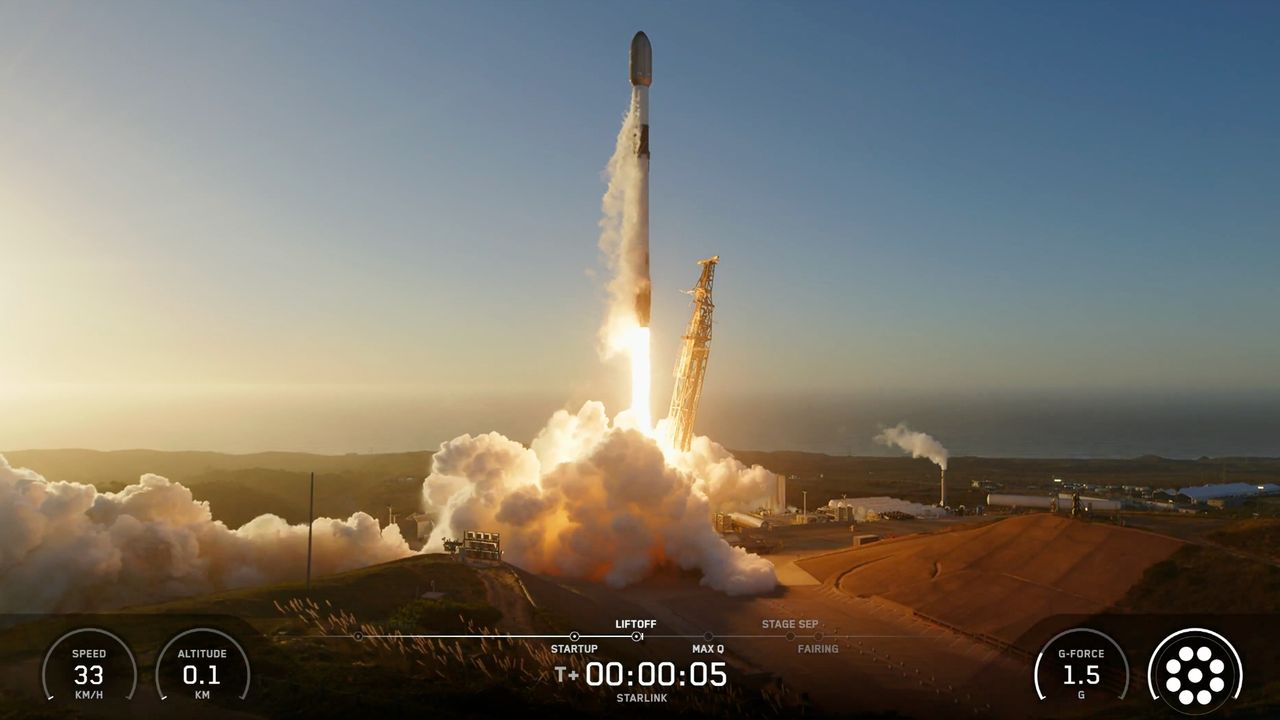



Mission Highlight: China’s Shenzhou-21 crew launch This week’s highlight is the upcoming launch of China’s Shenzhou-21 crewed mission to the Tiangong space station. While Xinhua states the launch will occur “at an appropriate time in the near future,” external sources such as Next Spaceflight report the Long March-2F carrier rocket is scheduled to lift offContinue reading "Shenzhou-21 crew headed to Tiangong Station this week"
The post Shenzhou-21 crew headed to Tiangong Station this week appeared first on Astronomy Magazine.
A showdown is brewing for the top job at NASA. The Wall Street Journal on Tuesday reported that Sean Duffy, U.S. transportation secretary and interim NASA administrator, wants to lead the agency permanently as rumors swirl about the potential renomination of Jared Isaacman for the role. Isaacman, the CEO of Shift4 Payments and a customer of Elon Musk’sContinue reading "Is Sean Duffy making a power grab at NASA?"
The post Is Sean Duffy making a power grab at NASA? appeared first on Astronomy Magazine.
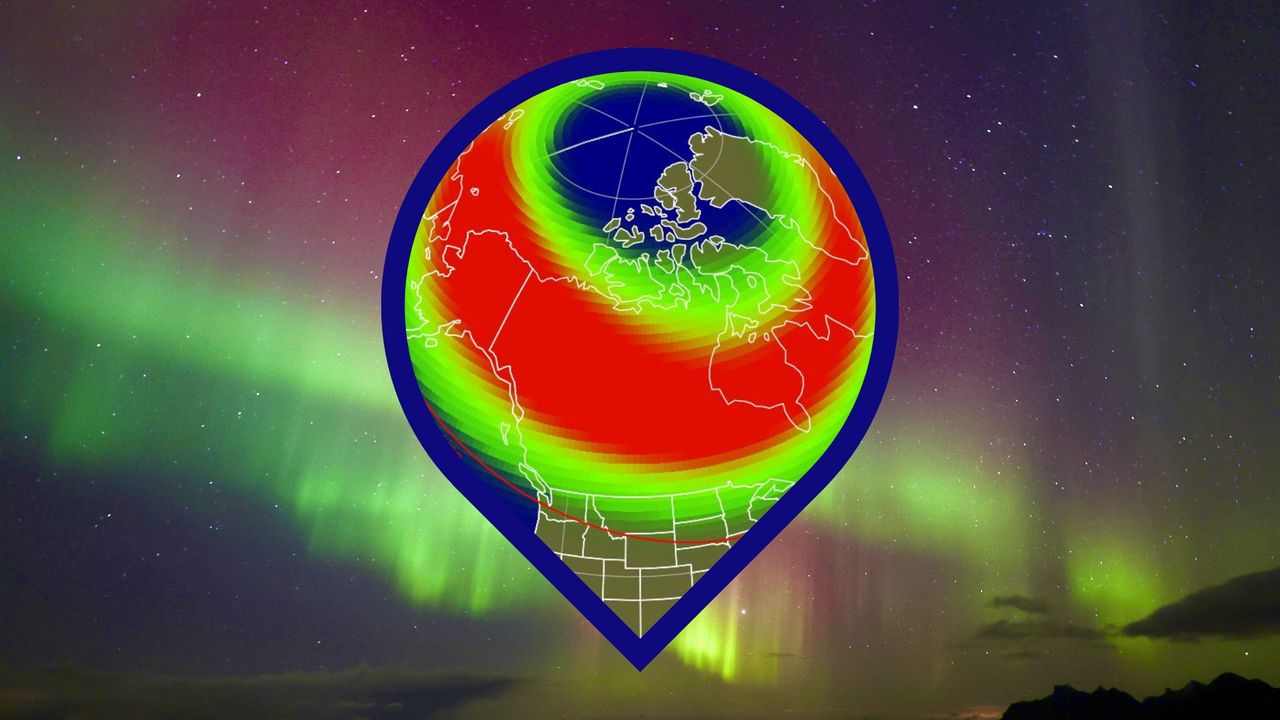
Alessandro Carrozzi, taken from Monchio, Italy The impressive tail of Comet Lemmon (C/2025 A6) is on display, streaming away from the Sun, in this image taken the evening of Oct. 24. The imager stacked 15 one-minute exposures taken with a 180mm f/2.8 lens and a planetary camera.
The post Comet Lemmon at its peak appeared first on Astronomy Magazine.
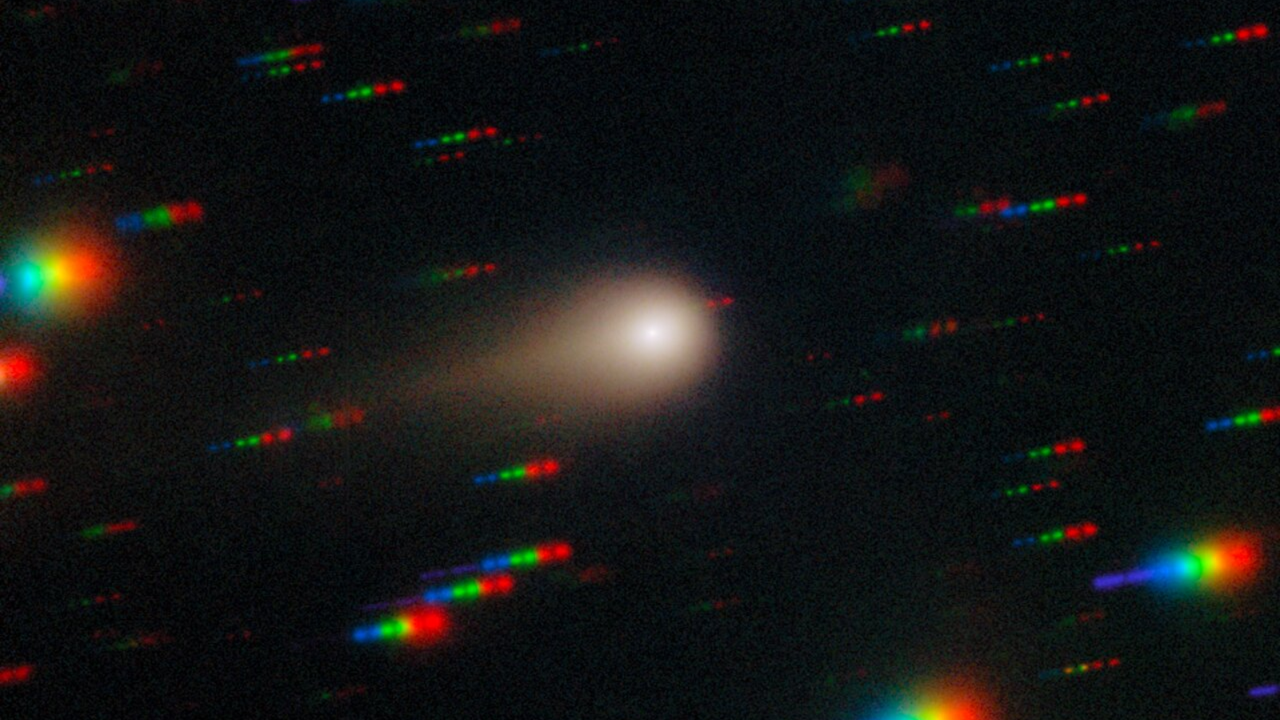
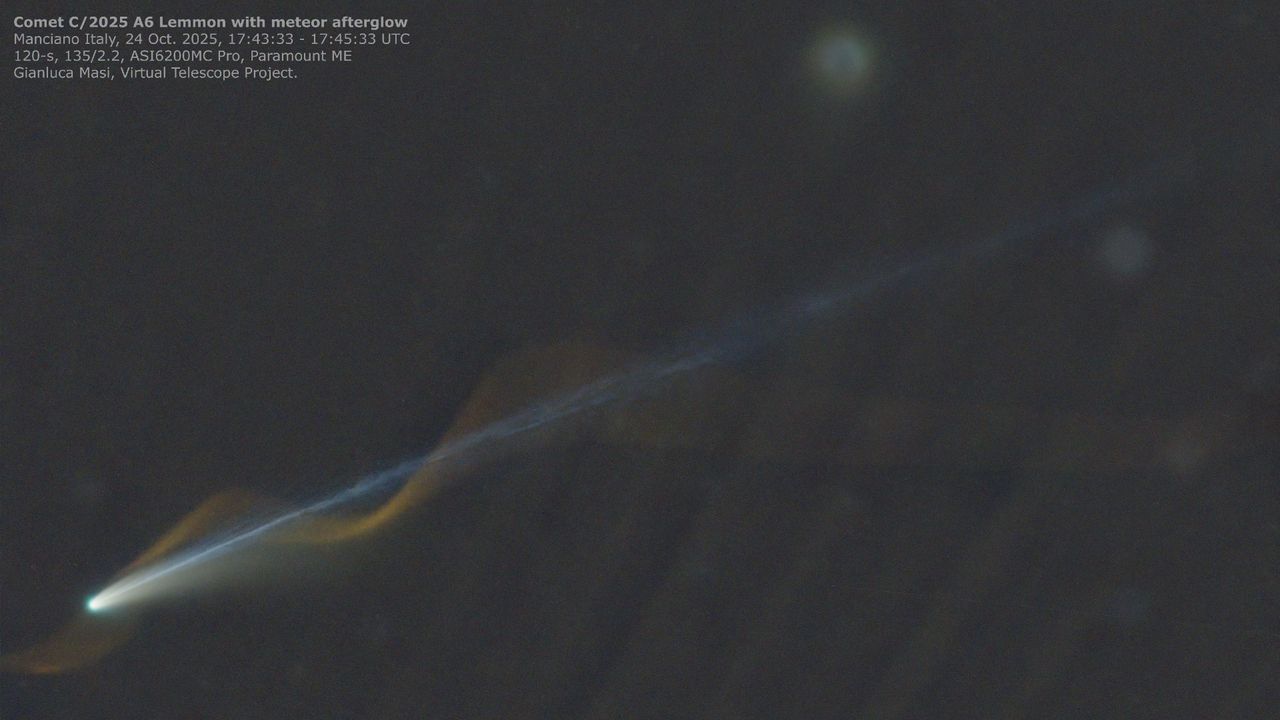

Author(s): Deli Shi and Yanbo Xie
Experiments with membranes offer a path toward scalable neuromorphic computing.
[Physics 18, 172] Published Mon Oct 27, 2025
In this episode, Astronomy magazine Editor Emeritus Dave Eicher invites you to head out in the evening shortly after sunset to search for Mercury. The planet never strays far from the Sun, so it will be low in the western sky. Use binoculars and take your time as you scan the region near the horizon. Good luck!
The post This Week in Astronomy with Dave Eicher: Mercury in the evening sky appeared first on Astronomy Magazine.
The Sun generates energy through nuclear fusion, converting some 600 million tons of hydrogen into helium every second. This process began nearly 5 billion years ago, and it will continue for at least another 5 billion years. But the Sun did not pop into existence fully formed. It started its long journey to stardom inContinue reading "JWST views a frozen starscape in the Chamaeleon I molecular cloud complex"
The post JWST views a frozen starscape in the Chamaeleon I molecular cloud complex appeared first on Astronomy Magazine.
Five months after President John F. Kennedy promised that America would put a man on the Moon, NASA successfully showed that they had a rocket to get them there. Under development with Wernher von Braun’s team since 1957, the Saturn I rocket consisted of a booster stage with a liquid oxygen tank at its core,Continue reading "Oct. 27, 1961: The first Saturn rocket launches"
The post Oct. 27, 1961: The first Saturn rocket launches appeared first on Astronomy Magazine.
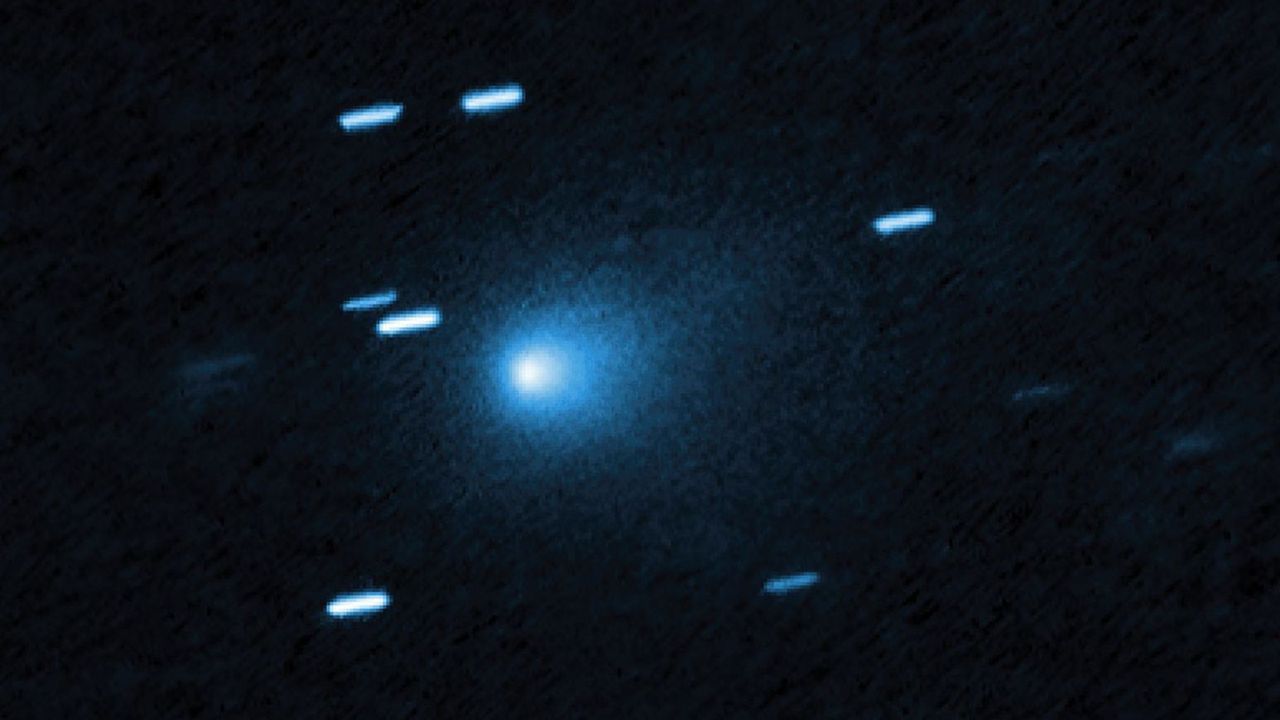
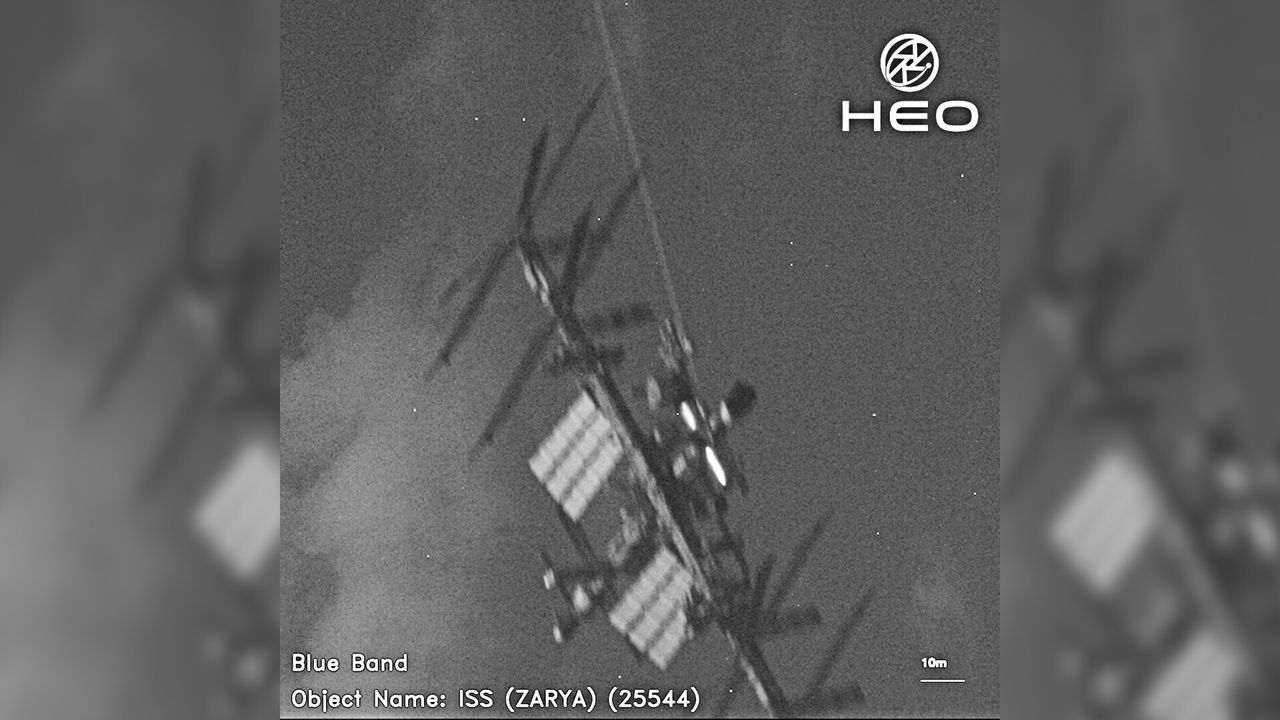
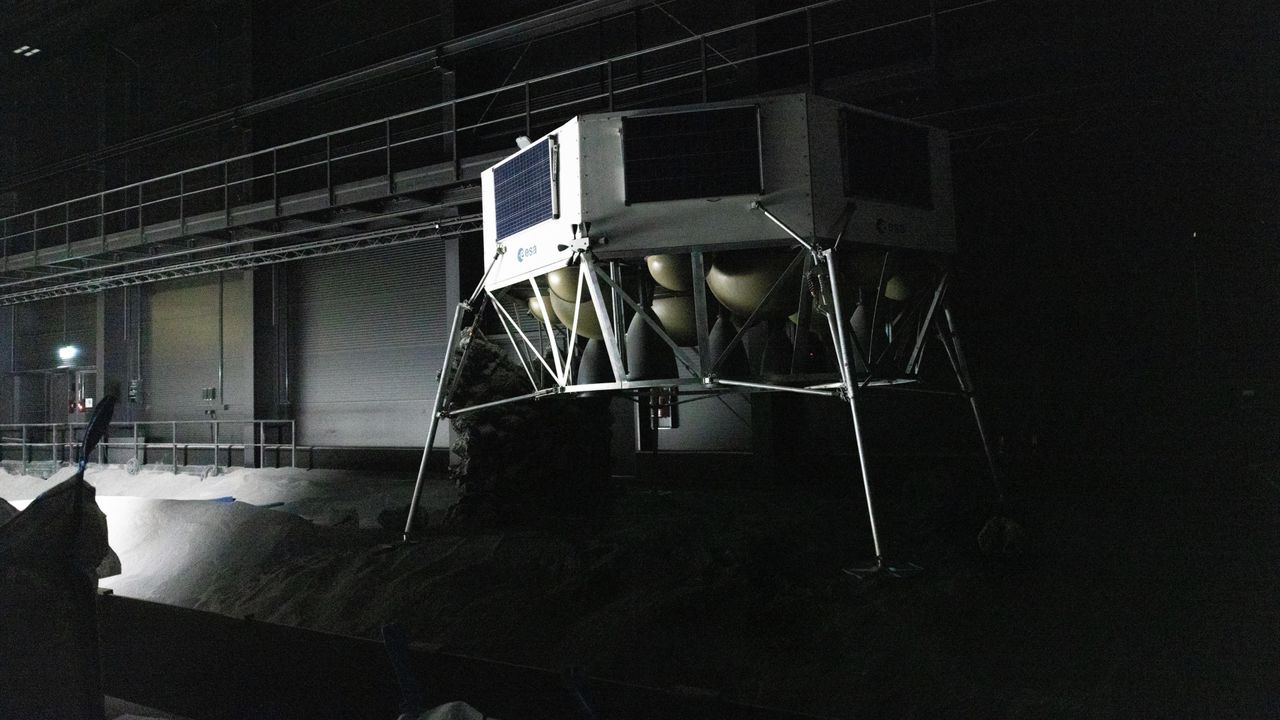

Looking for a sky event this week? Check out our full Sky This Week column. October 26: Iapetus at inferior conjunction Jupiter passes 7° south of Pollux in Gemini at 11 A.M. EDT. You can catch the pair late this evening, visible by midnight local daylight time in the east and rising higher into the early-morning hours.Continue reading "The Sky Today on Monday, October 27: Jupiter passes south of Pollux"
The post The Sky Today on Monday, October 27: Jupiter passes south of Pollux appeared first on Astronomy Magazine.



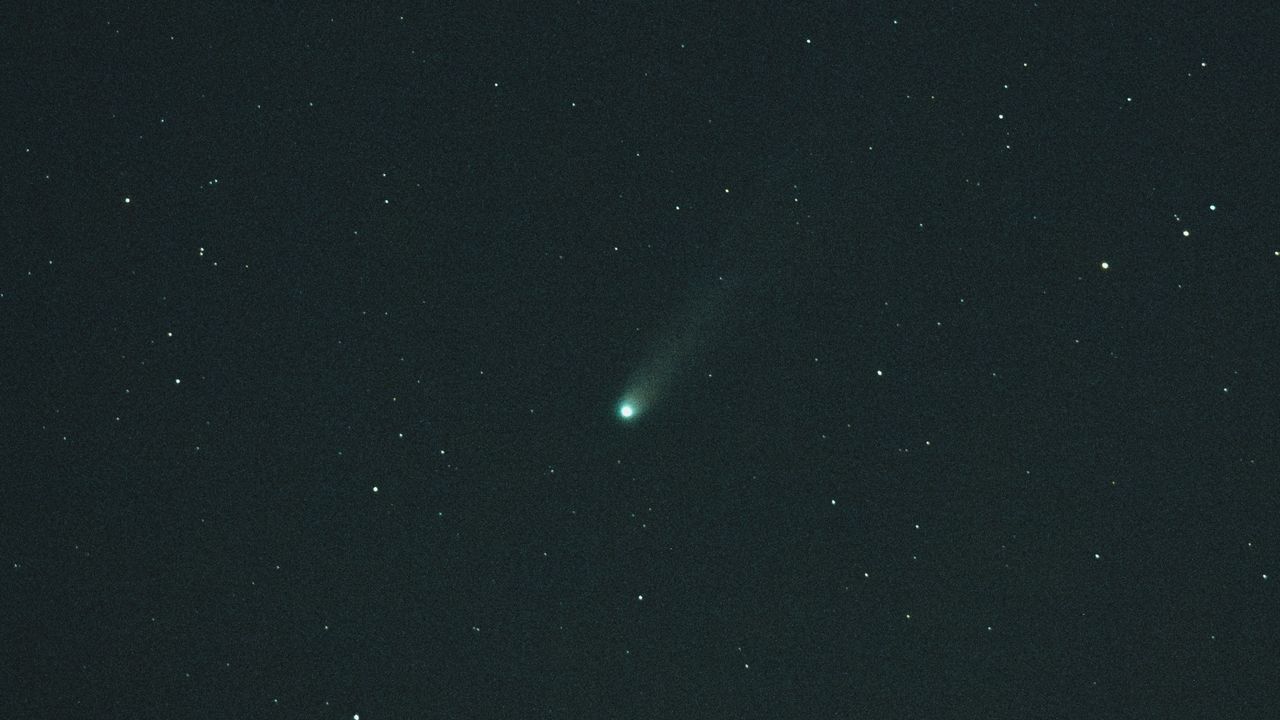
On Oct. 26, 2004, the Cassini spacecraft made its first close pass by Saturn’s planet-size moon, Titan (later known as Titan Flyby A). After a seven-year journey — the last four months of which were spent in orbit around Saturn — Cassini plunged within 745 miles (1,200 kilometers) of the world’s surface. It snapped hundredsContinue reading "Oct. 26, 2004: Cassini at Titan"
The post Oct. 26, 2004: Cassini at Titan appeared first on Astronomy Magazine.
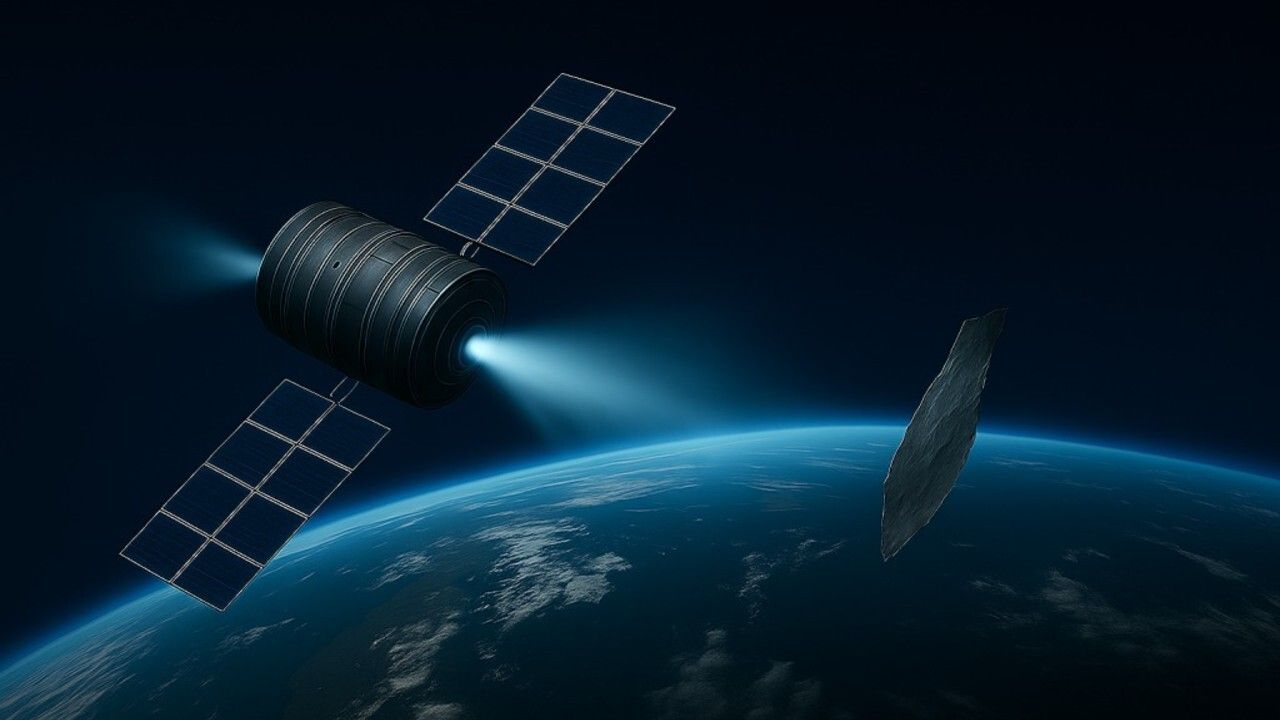
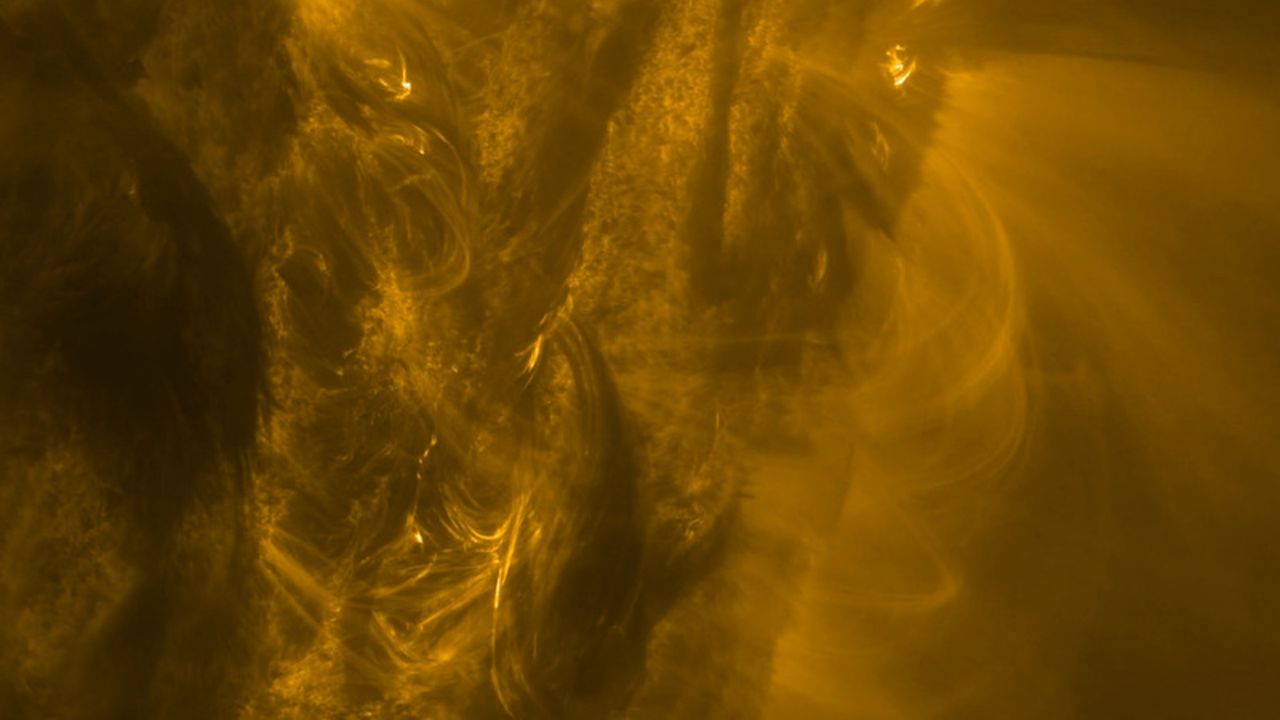
Looking for a sky event this week? Check out our full Sky This Week column. October 25: Two shadows on Jupiter’s cloud tops Saturn’s moon Iapetus reaches inferior conjunction tonight, sitting 1.3′ due north of Saturn and glowing at roughly 11th magnitude. This oft-elusive moon is easier to find when it is close to its parent planet,Continue reading "The Sky Today on Sunday, October 26: Iapetus at inferior conjunction"
The post The Sky Today on Sunday, October 26: Iapetus at inferior conjunction appeared first on Astronomy Magazine.


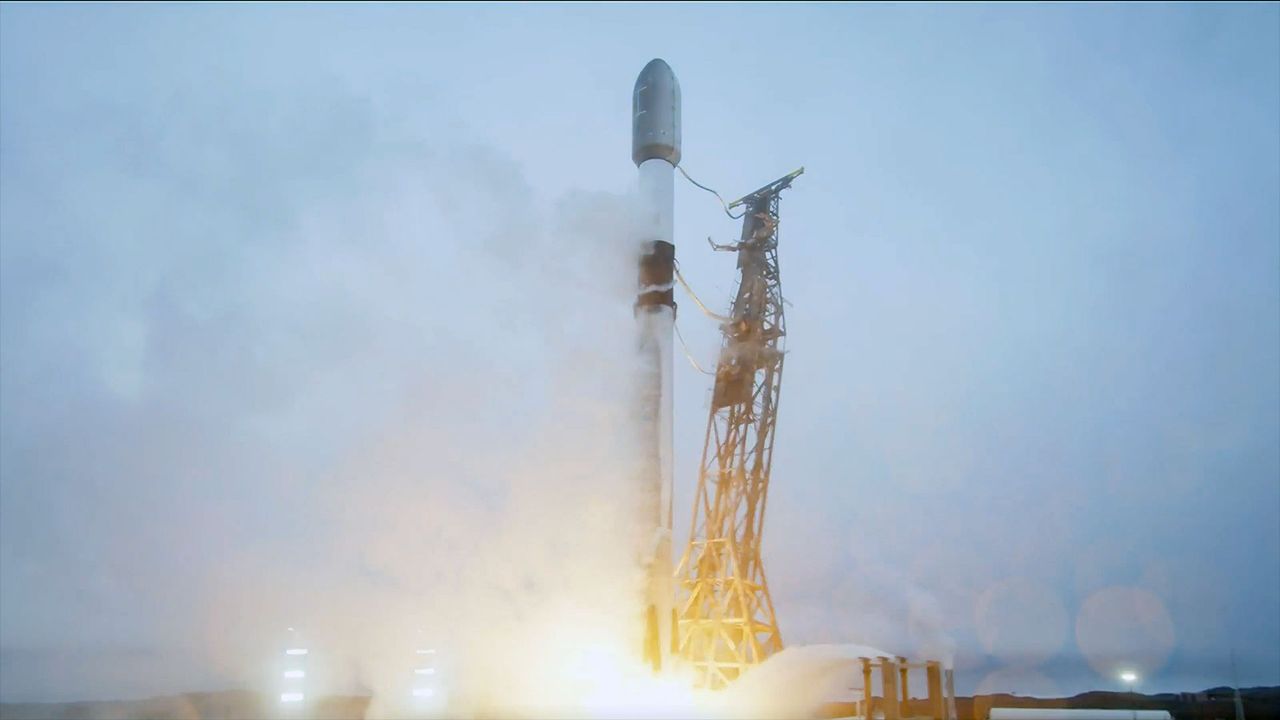

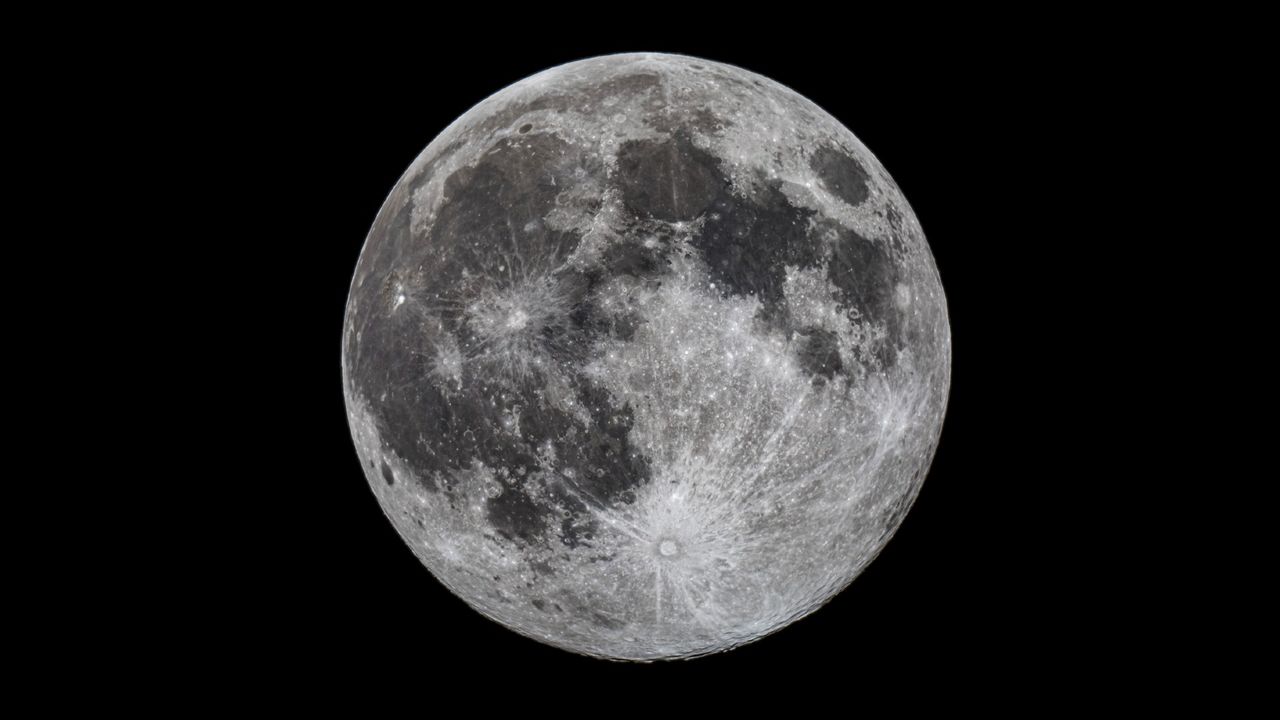
In 1669, French-Italian astronomer Giovanni Cassini arrived at the still-under-construction Paris Observatory as its new director. He quickly talked Louis XIV’s minister of finance into buying a 34-foot Campani refractor for the observatory, and on Oct. 25, 1671, used that refractor to discover Saturn’s moon Iapetus. The second saturnian moon discovered, after Christaan Huygens’ 1655Continue reading "Oct. 25, 1671: Iapetus is discovered"
The post Oct. 25, 1671: Iapetus is discovered appeared first on Astronomy Magazine.
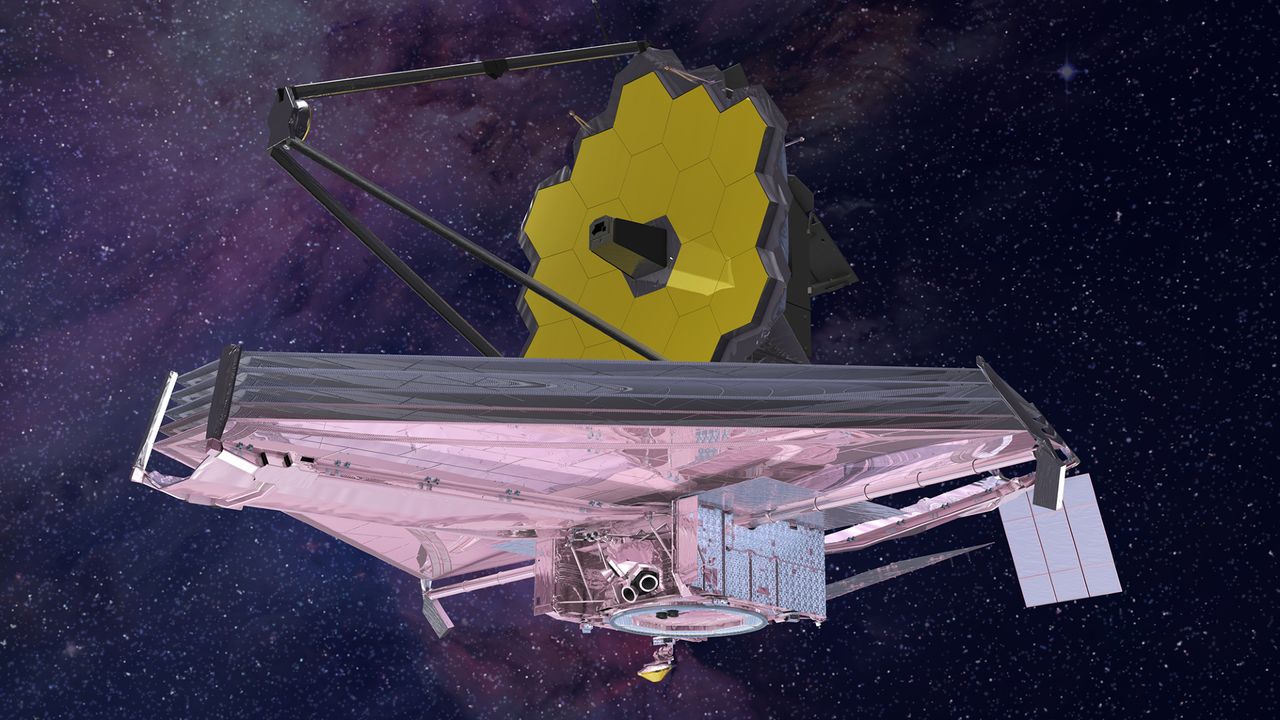

Looking for a sky event this week? Check out our full Sky This Week column. October 24: The Moon and Antares U.S. West Coast observers are in luck this morning, as Io and Europa cast their shadows together on Jupiter’s cloud tops as twilight is brightening the sky — an event that occurs after sunrise for theContinue reading "The Sky Today on Saturday, October 25: Two shadows on Jupiter’s cloud tops"
The post The Sky Today on Saturday, October 25: Two shadows on Jupiter’s cloud tops appeared first on Astronomy Magazine.
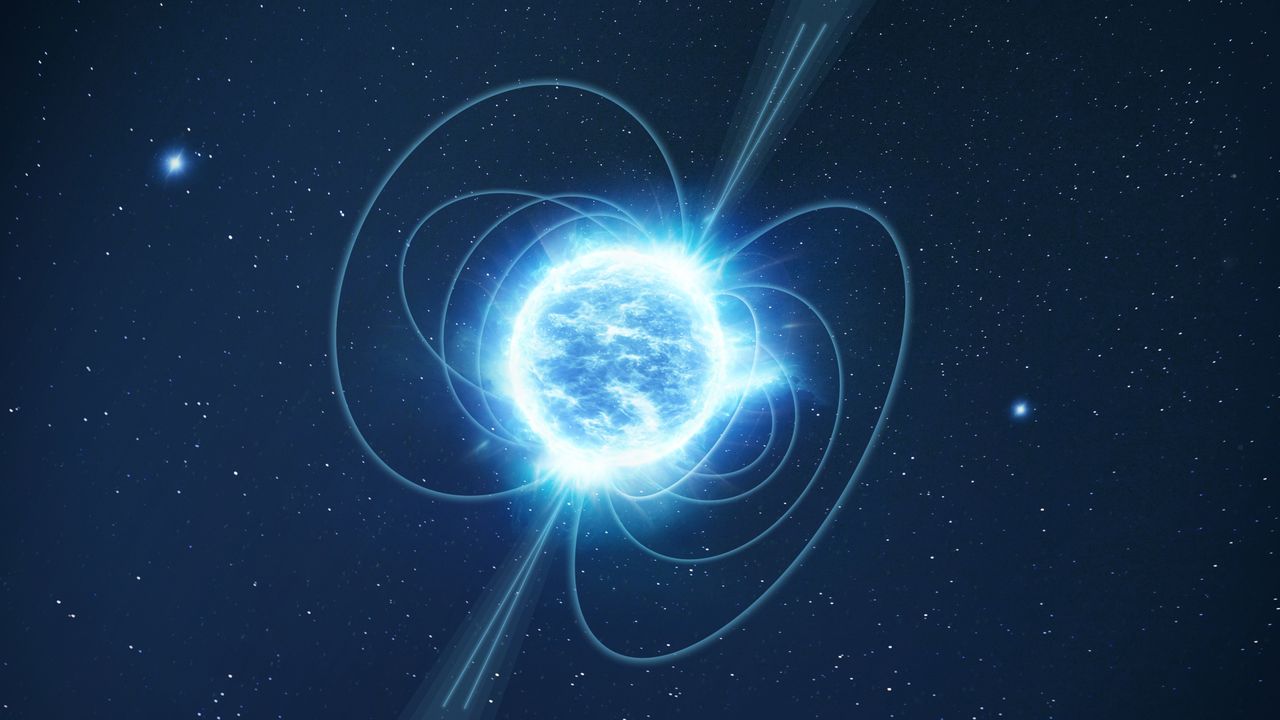
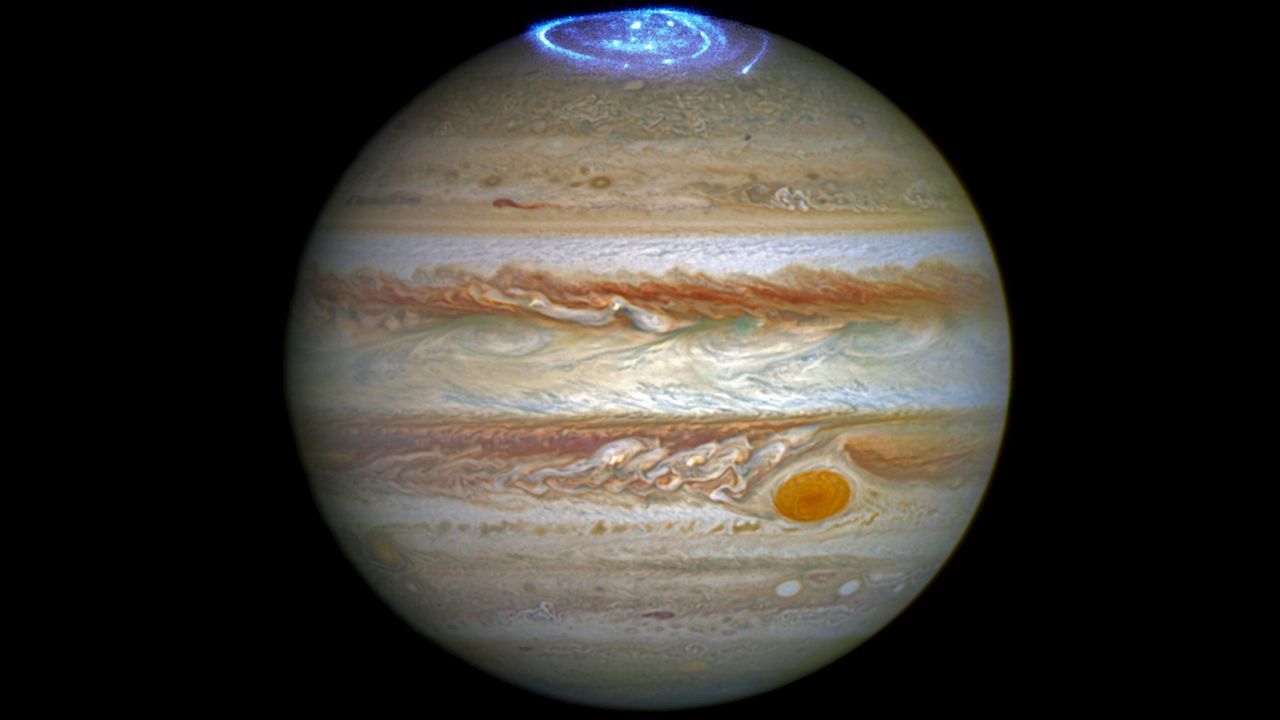

As humanity sets its sights on returning to the Moon and venturing to Mars, protecting the travelers who make the journey is a big challenge. A new guide to the emerging field of “astroimmunology” details one of the most critical threats astronauts face — that spaceflight cripples the human immune system — and offers aContinue reading "How spaceflight impacts the immune system"
The post How spaceflight impacts the immune system appeared first on Astronomy Magazine.
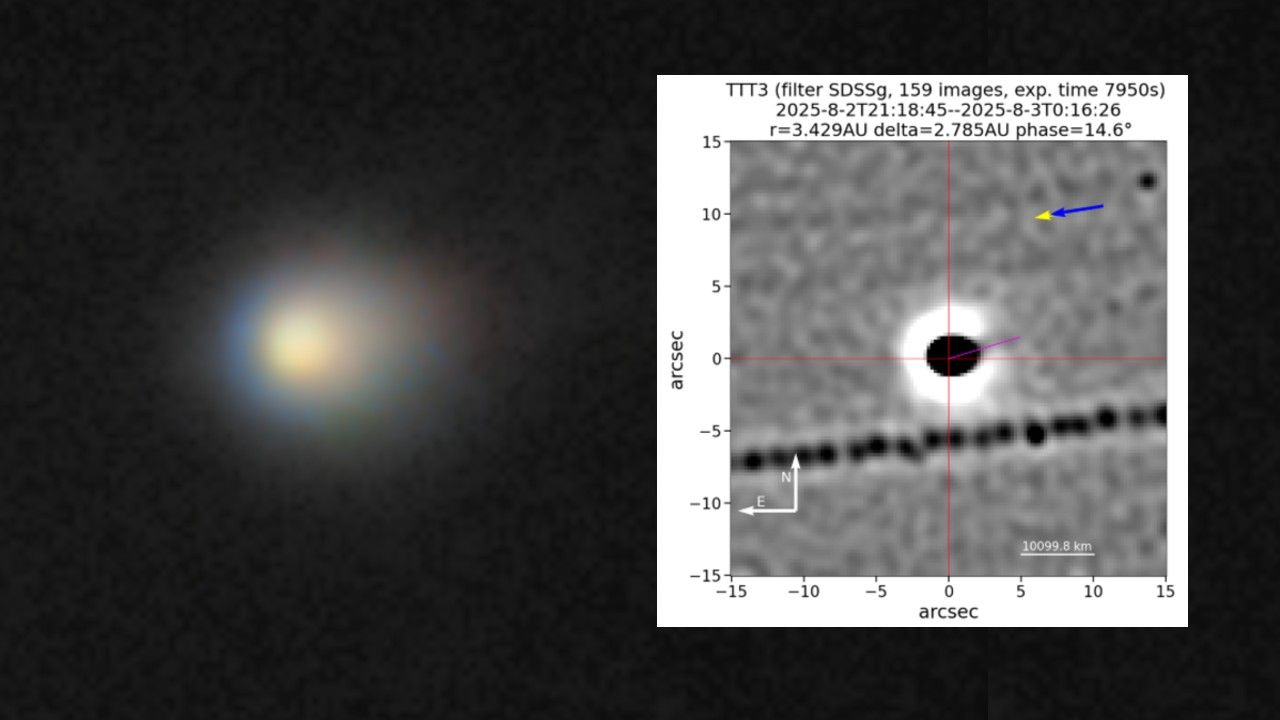
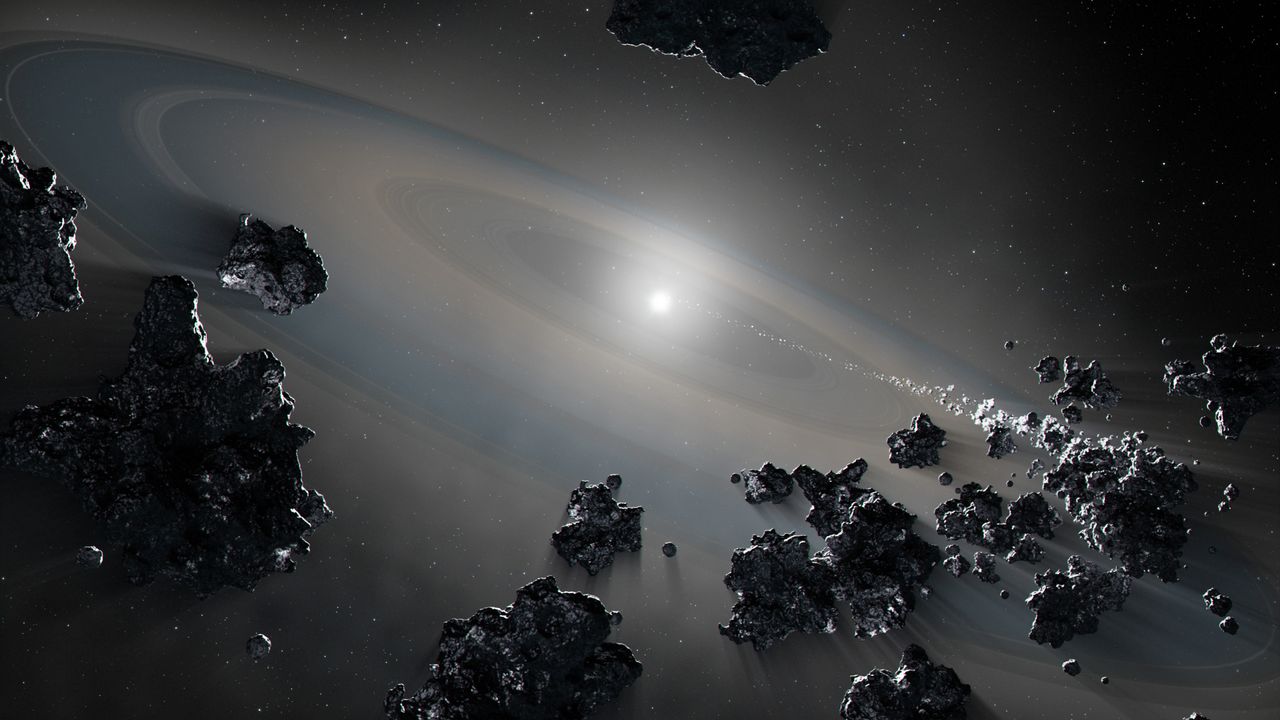
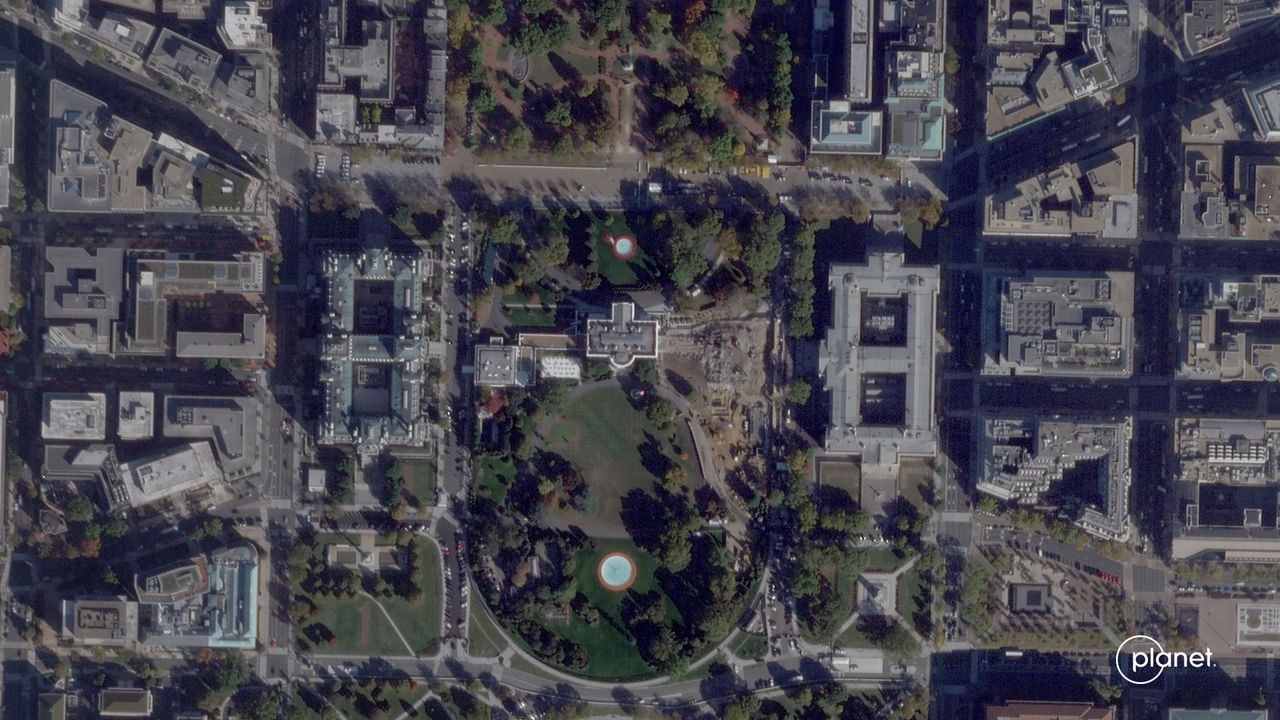
If you live in the Northern Hemisphere and are looking for a great object to observe on a fall night, M15 is a showpiece globular cluster that resides within the boundaries of the constellation Pegasus the Winged Horse. It’s fairly sizeable, having a diameter of 12.3′. From a dark observing site, sharp-eyed observers can spotContinue reading "Michael’s Miscellany: Observe M15"
The post Michael’s Miscellany: Observe M15 appeared first on Astronomy Magazine.
For the first time, astronomers have detected intense, fast-changing radio signals from a tidal disruption event, dubbed AT2024tvd, located outside its galaxy’s core. Now, astronomers are trying to understand what the black hole is doing 2,600 light-years from where they expected it to be, what its strange signals mean, and whether there are more off-kilterContinue reading "Black hole caught snacking on star far from host galaxy’s center"
The post Black hole caught snacking on star far from host galaxy’s center appeared first on Astronomy Magazine.
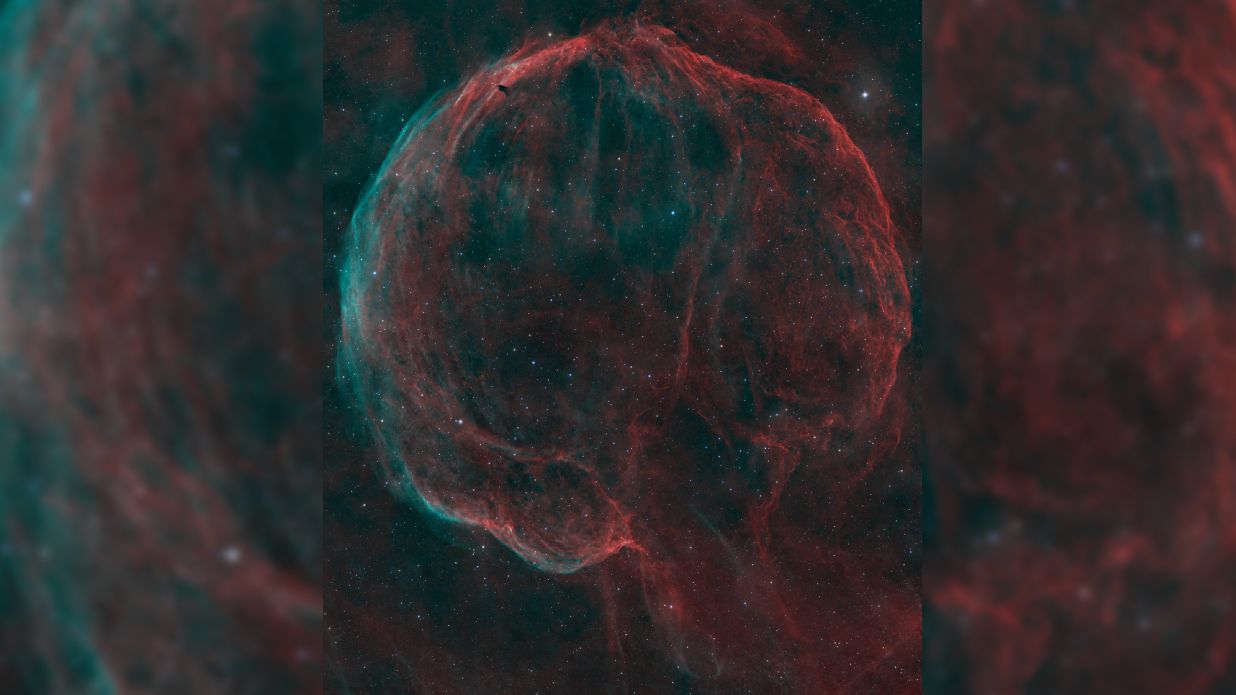
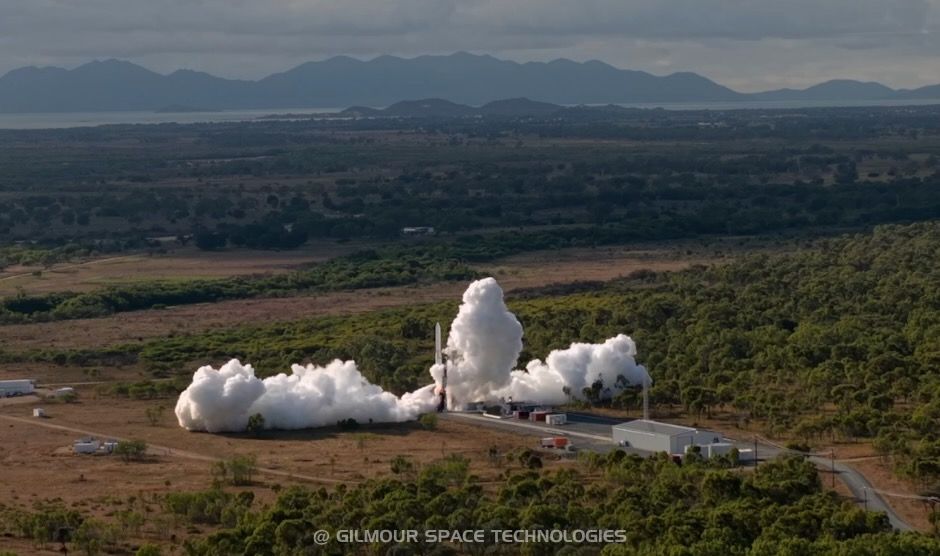
Author(s): Susan Curtis
A quantum algorithm that can simulate a temporal interference effect delivers a performance advantage that has the potential to benefit real-world applications.
[Physics 18, 173] Published Thu Oct 23, 2025
Author(s): Ryan Wilkinson
Data protected by quantum physics have been sent alongside classical data through 120 km of optical fiber.
[Physics 18, s136] Published Thu Oct 23, 2025
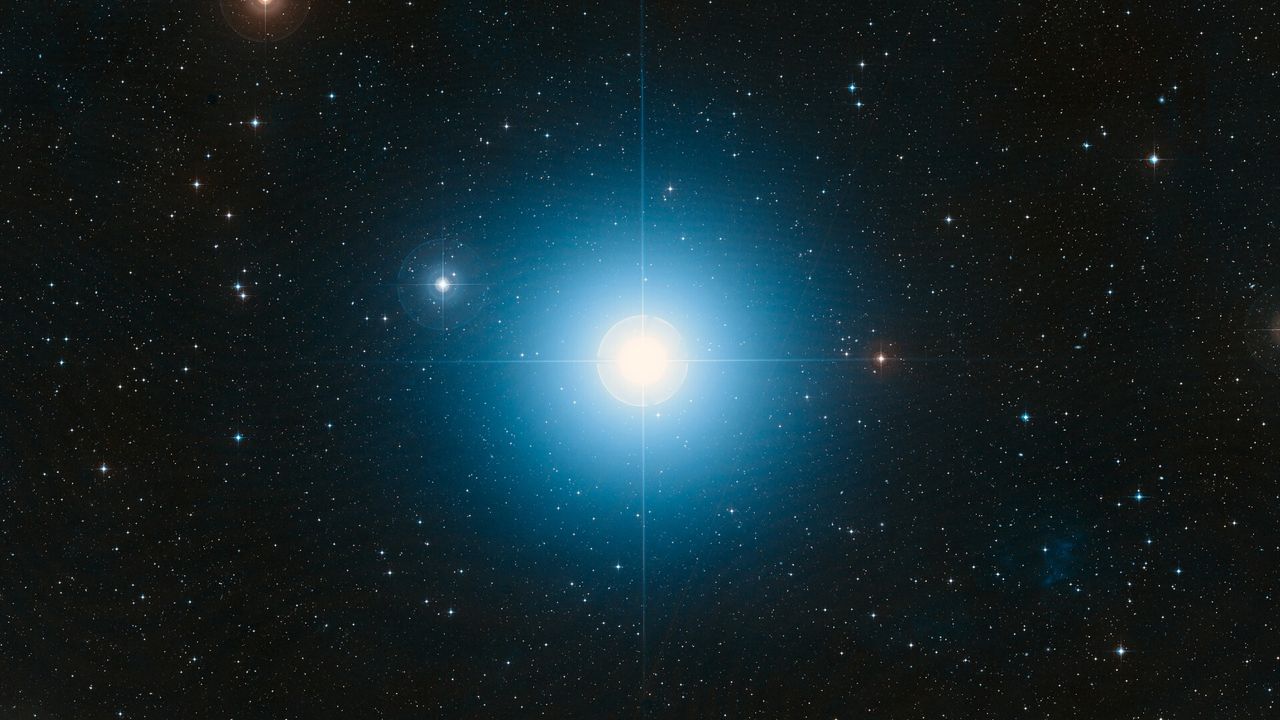
In Astronomy’s 2022 list of the 20 greatest astronomers of all time, Associate Editor Michael Bakich ranked Tycho Brahe No. 2, second only to Galileo, noting: “Danish astronomer Tyge (Tycho) Ottesen Brahe was history’s greatest pre-telescopic observer.” Born Dec. 14, 1546, Tycho was raised by an uncle who funded his education at the University ofContinue reading "Oct. 24, 1601: The death of Tycho Brahe"
The post Oct. 24, 1601: The death of Tycho Brahe appeared first on Astronomy Magazine.
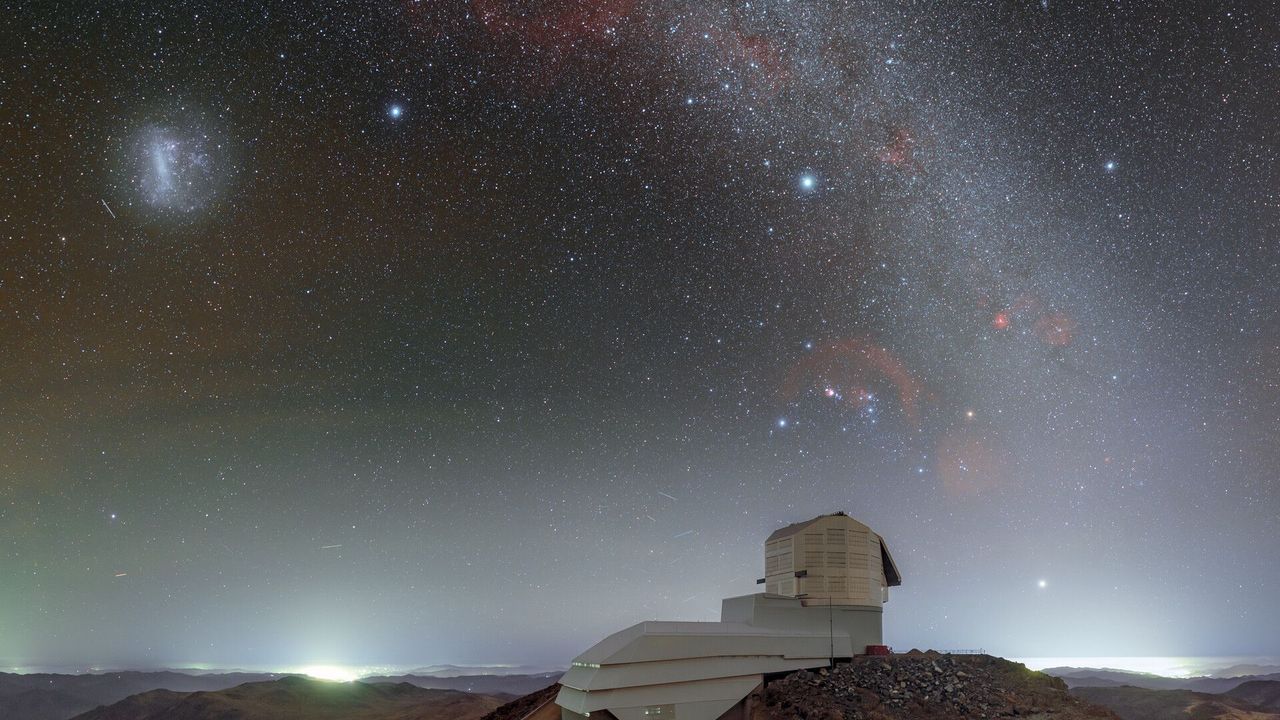


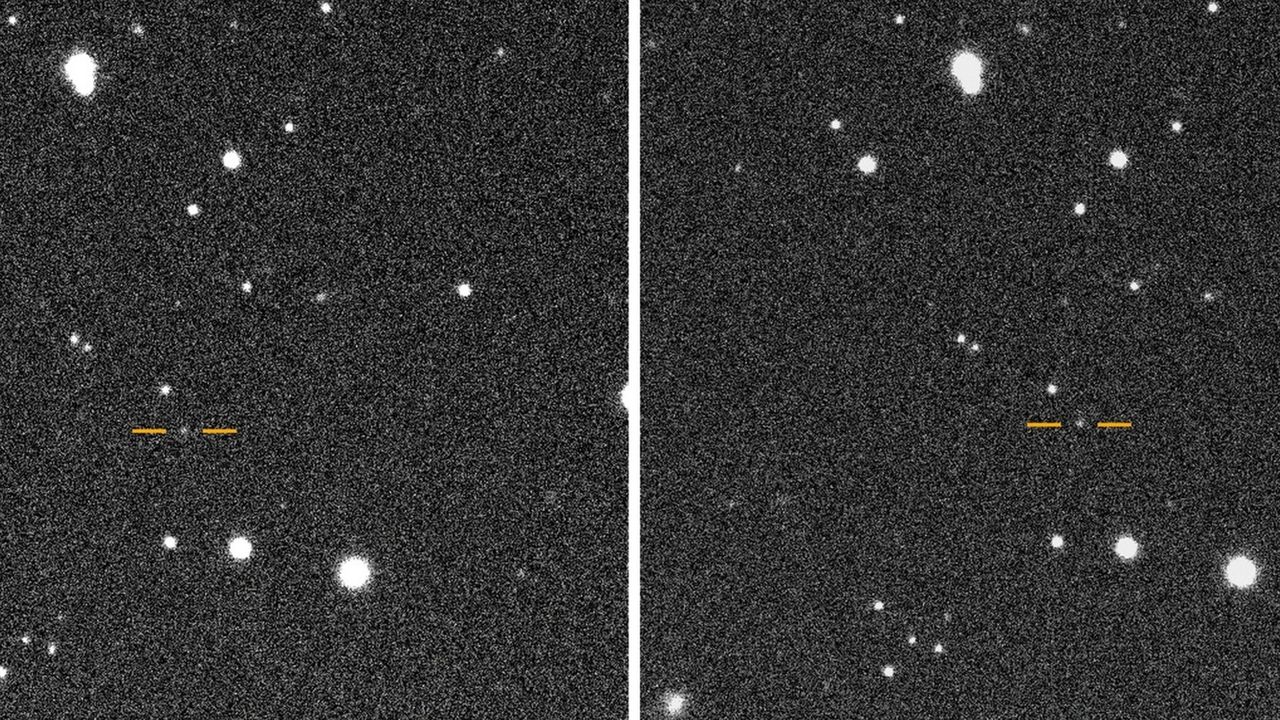
Looking for a sky event this week? Check out our full Sky This Week column. October 23: The Moon visits Mars and Mercury The Moon passes 0.5° south of Antares at 9 P.M. EDT. However, the pair sets an hour and a half earlier; try catching them about 40 minutes after sunset, when they are low inContinue reading "The Sky Today on Friday, October 24: The Moon and Antares"
The post The Sky Today on Friday, October 24: The Moon and Antares appeared first on Astronomy Magazine.
Fernando Oliveira de Menezes, taken from Munhoz, Brazil The Eagle Nebula (M16) is one of the most famous deep-sky objects and home to the iconic Pillars of Creation. This starless SHO rendition, taken over 58 hours with a 6-inch scope, emphasizes the dark nebulae that surround it.
The post The Eagle’s Cave appeared first on Astronomy Magazine.
Sky This Week is brought to you in part by Celestron. Friday, October 24The Moon passes 0.5° south of Antares at 9 P.M. EDT. However, the pair sets an hour and a half earlier; try catching them about 40 minutes after sunset, when they are low in the southwest. Already high in the sky afterContinue reading "The Sky This Week from October 24 to 31: Iapetus stands near Saturn"
The post The Sky This Week from October 24 to 31: Iapetus stands near Saturn appeared first on Astronomy Magazine.
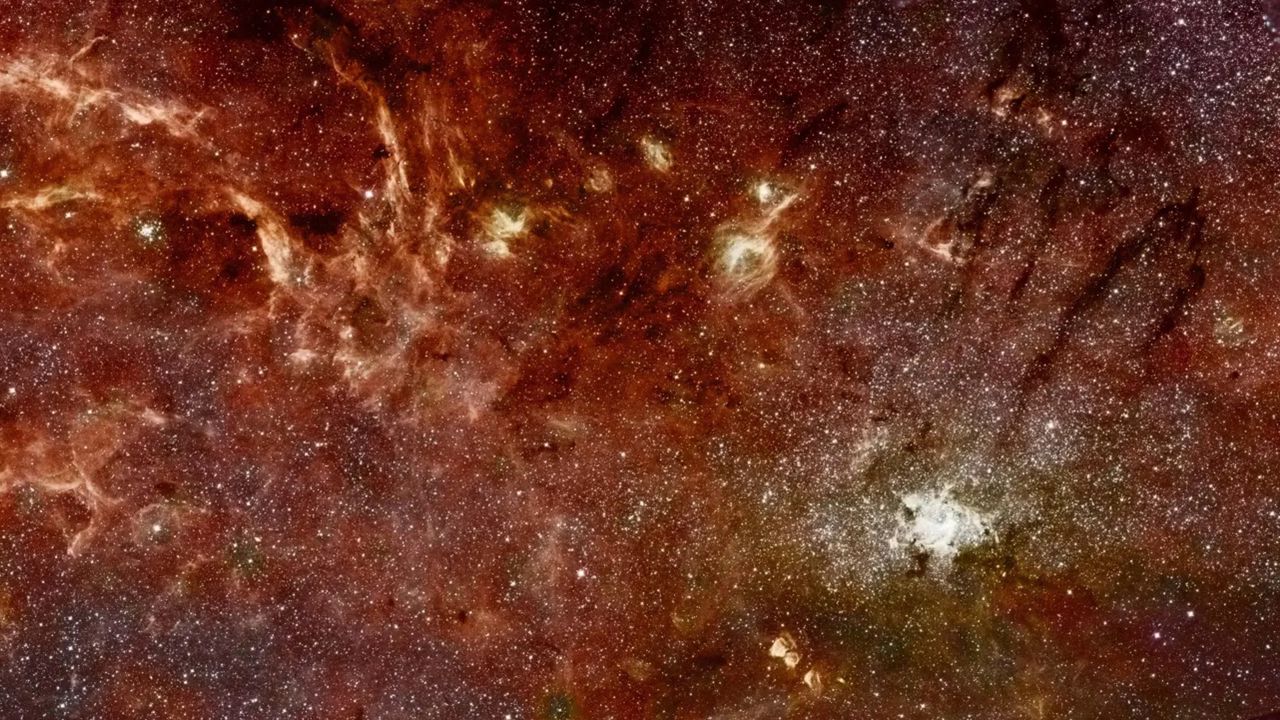
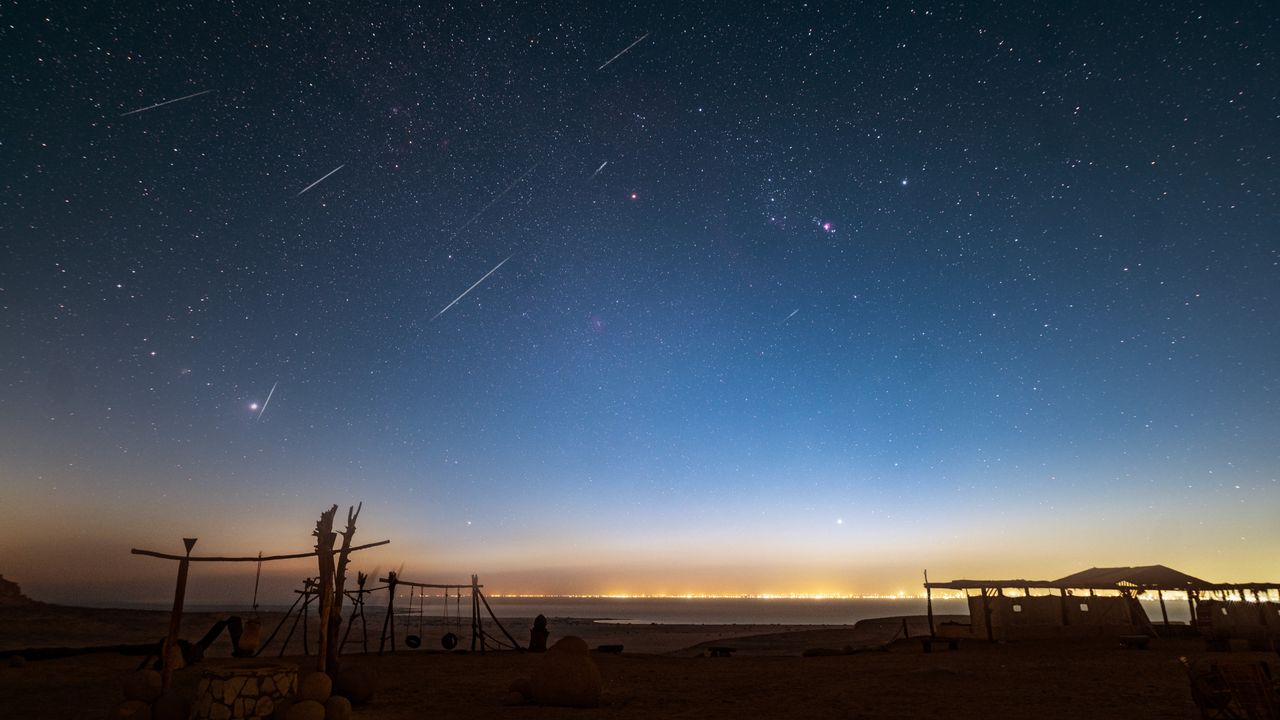

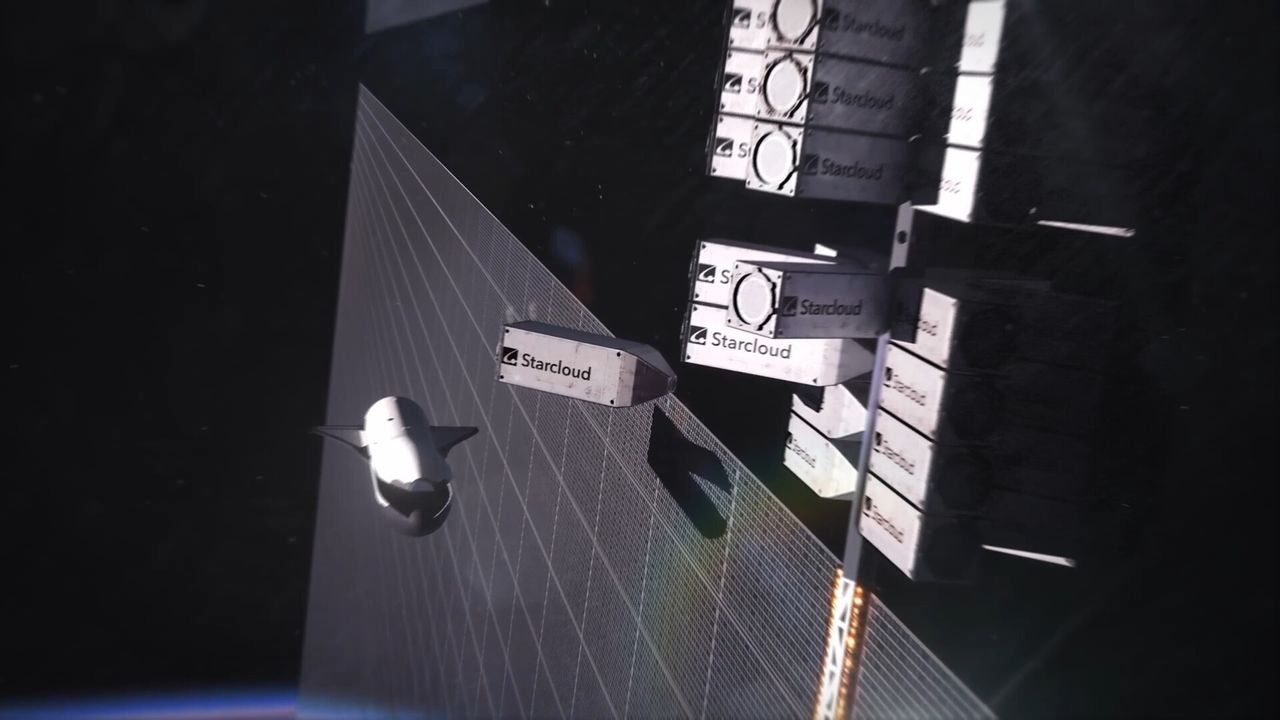

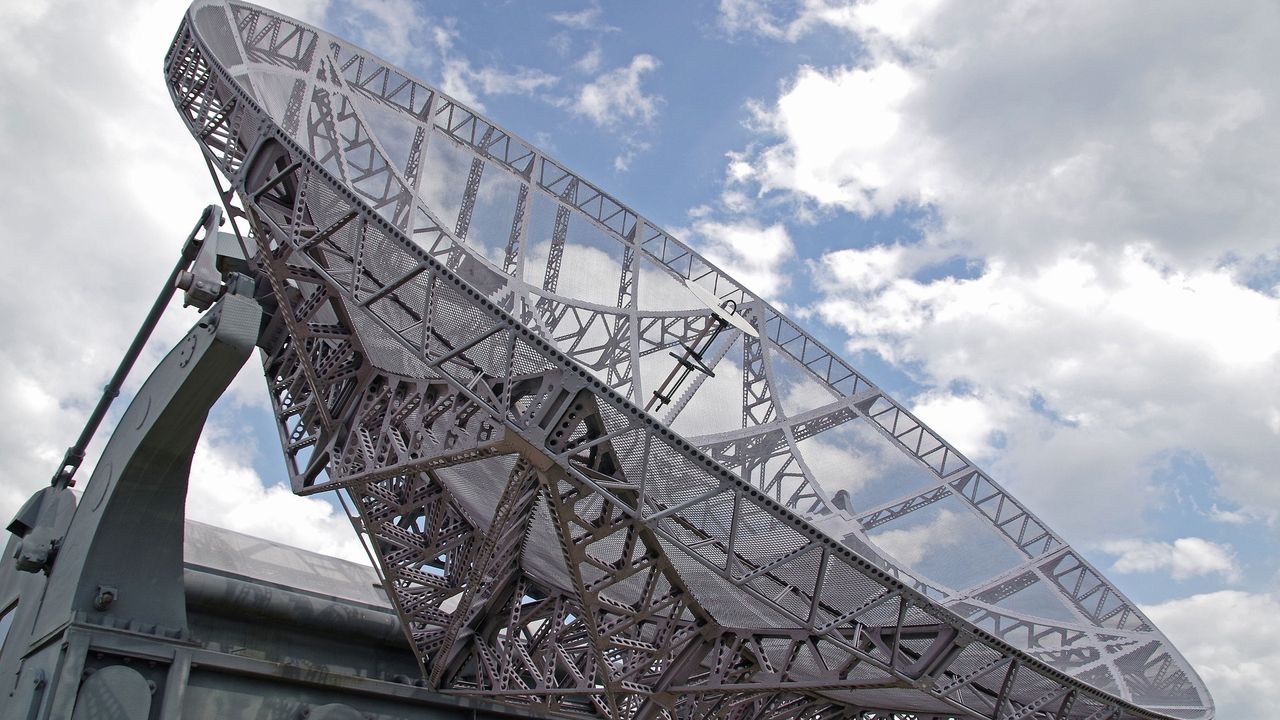
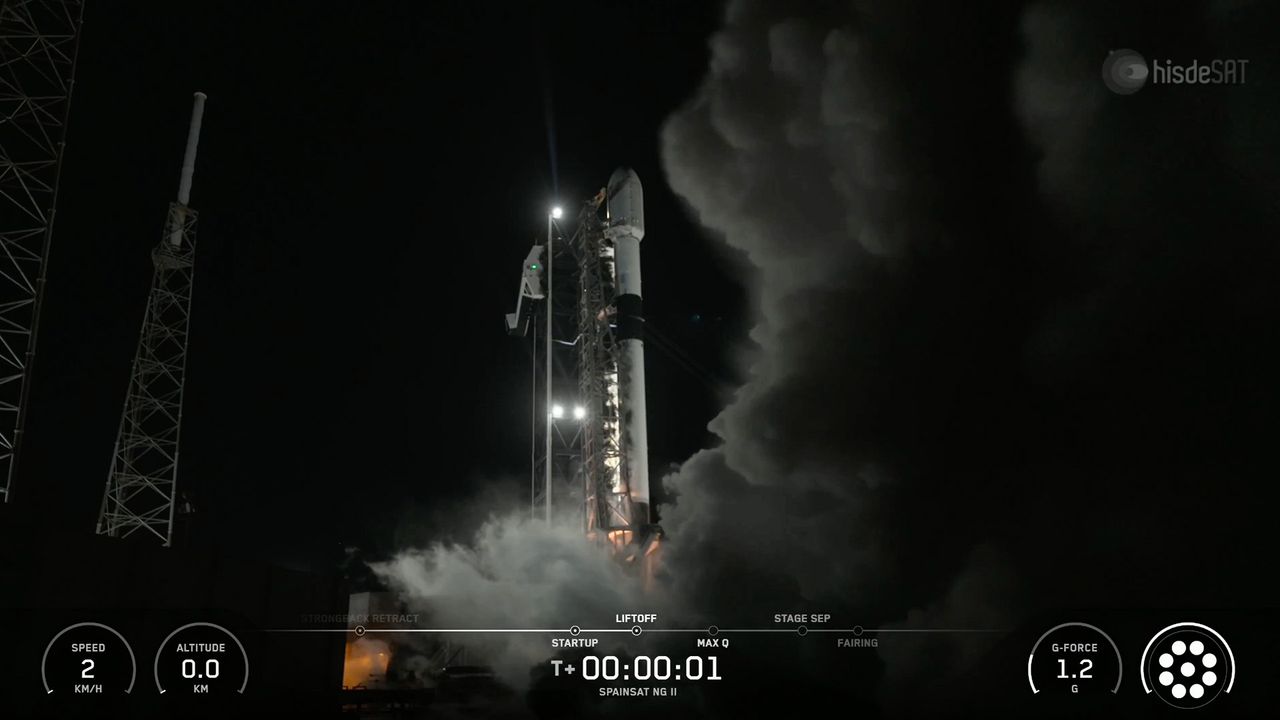
In a recent study, a team of researchers from NASA Goddard Space Flight Center and Penn State suggested that future missions to Mars search for microbes or their remains in that planet’s ice, rather than in its rocks, clay, or soil. In a lab, the team recreated conditions that exist in the permafrost and iceContinue reading "Can Mars’ ice confirm past life?"
The post Can Mars’ ice confirm past life? appeared first on Astronomy Magazine.
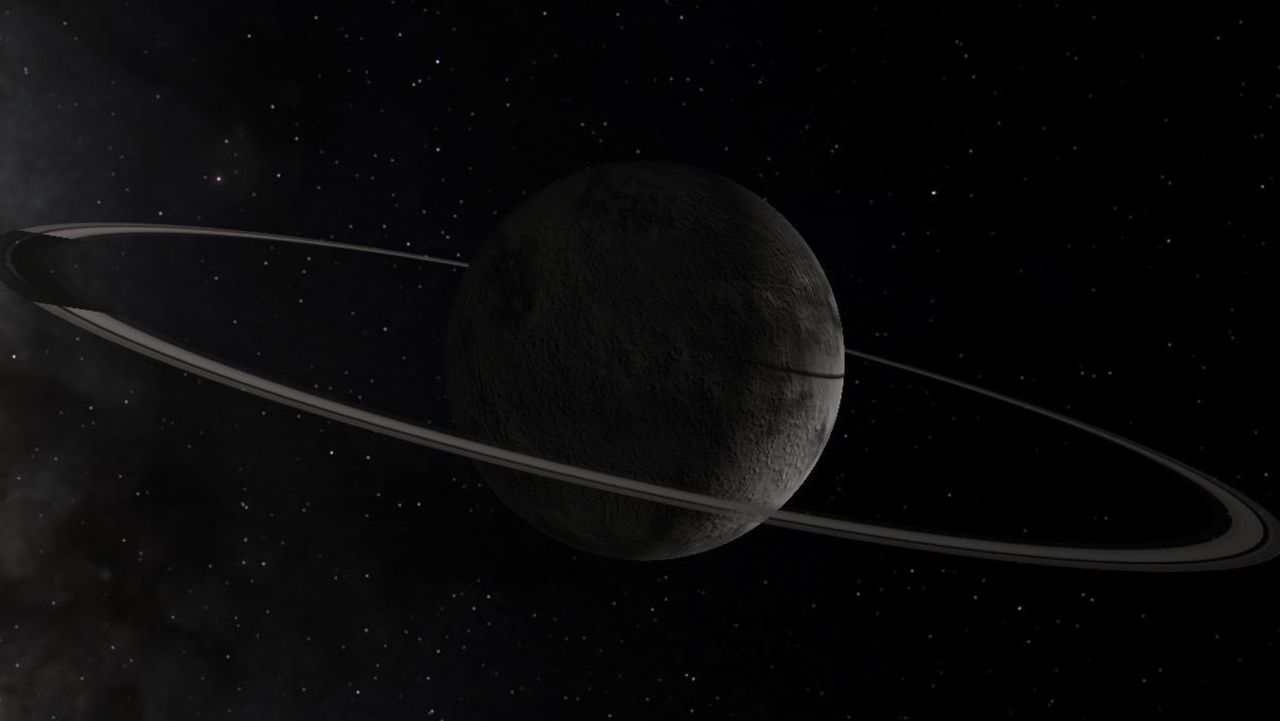
Author(s): Matteo Rosati
An improved algorithm for learning the static and dynamic properties of a quantum system could have applications in quantum computing, simulation, and sensing.
[Physics 18, 165] Published Wed Oct 22, 2025
Author(s): Ryan Wilkinson
A new study suggests that a simple feedback mechanism enables the steady hovering of flapping insects and hummingbirds.
[Physics 18, s132] Published Wed Oct 22, 2025
Author(s): David Ehrenstein
A theory for the motion of a fluid “bump” inside a cylinder may lead to improved drugs for lung diseases.
[Physics 18, s142] Published Wed Oct 22, 2025

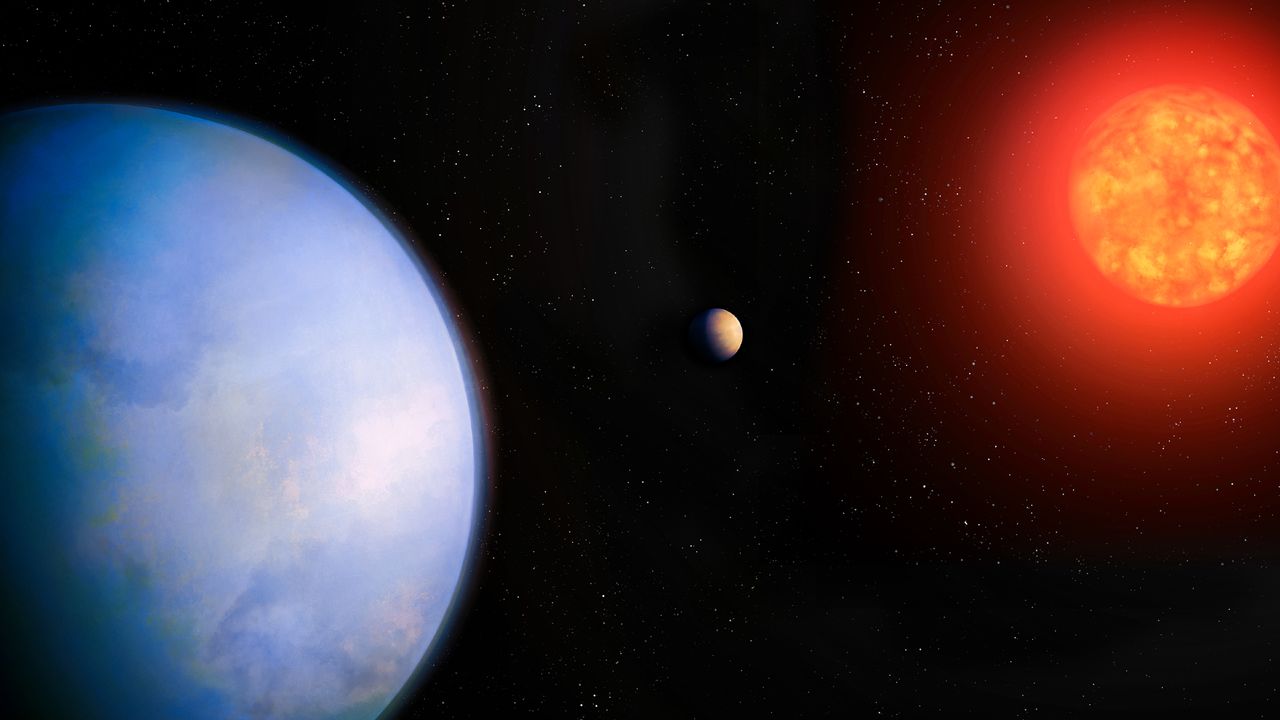

Born Oct. 23, 1893, in Estonia, Ernest Opik was based at the Astronomical Observatory in Tartu from 1921-1944. It was there in the 1920s that he began to research meteors and comets, their frequencies, and their speeds. In 1932, he proposed a reservoir of long-period comets that formed a large cloud, orbiting the Sun atContinue reading "Oct. 23, 1893: Birth of Ernest Opik"
The post Oct. 23, 1893: Birth of Ernest Opik appeared first on Astronomy Magazine.
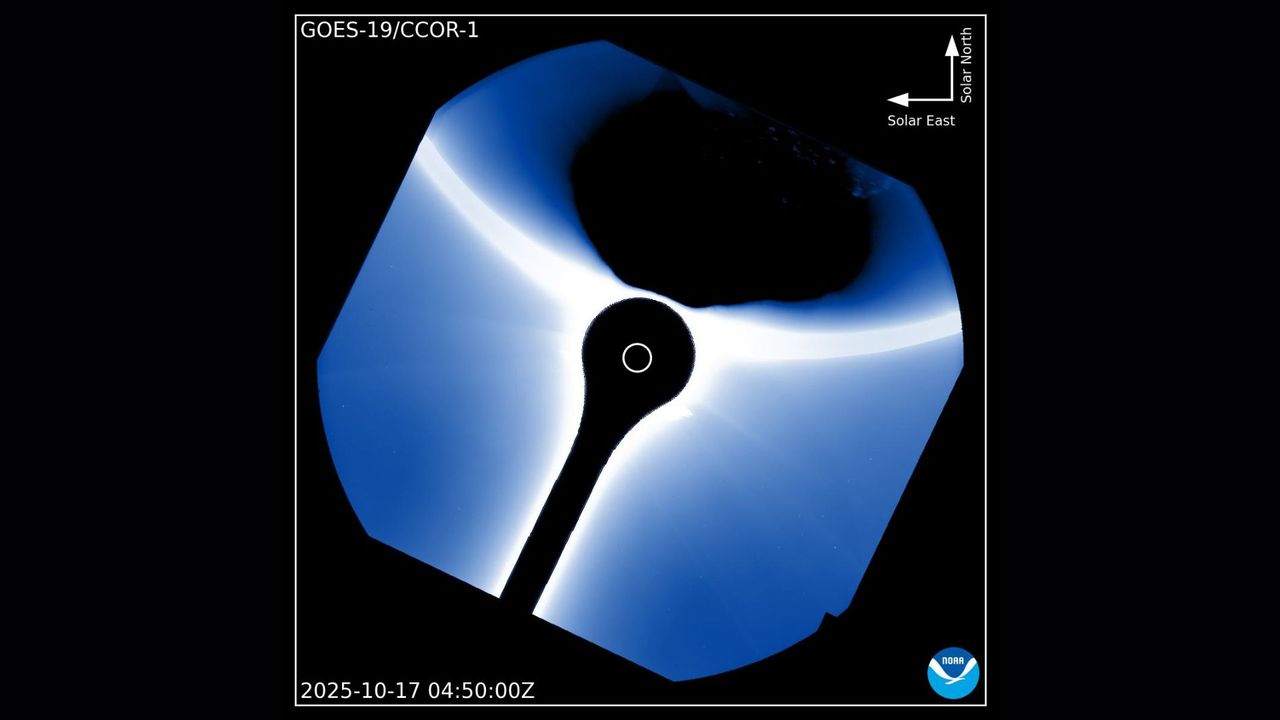

Looking for a sky event this week? Check out our full Sky This Week column. October 22: Check out the California Nebula The Moon passes 5° south of Mars at 9 A.M. EDT, then skims 2° south of Mercury at noon EDT. This evening, our satellite reaches apogee, the farthest point from Earth in its orbit, atContinue reading "The Sky Today on Thursday, October 23: The Moon visits Mars and Mercury"
The post The Sky Today on Thursday, October 23: The Moon visits Mars and Mercury appeared first on Astronomy Magazine.
Chris Schur, taken from Payson, Arizona Comet SWAN (C/2025 R2) glides between the Eagle Nebula (M16) and the Swan Nebula (M17) in this image taken Oct. 17 over 45 minutes with an 8-inch RASA.
The post Flocking through the galaxy appeared first on Astronomy Magazine.
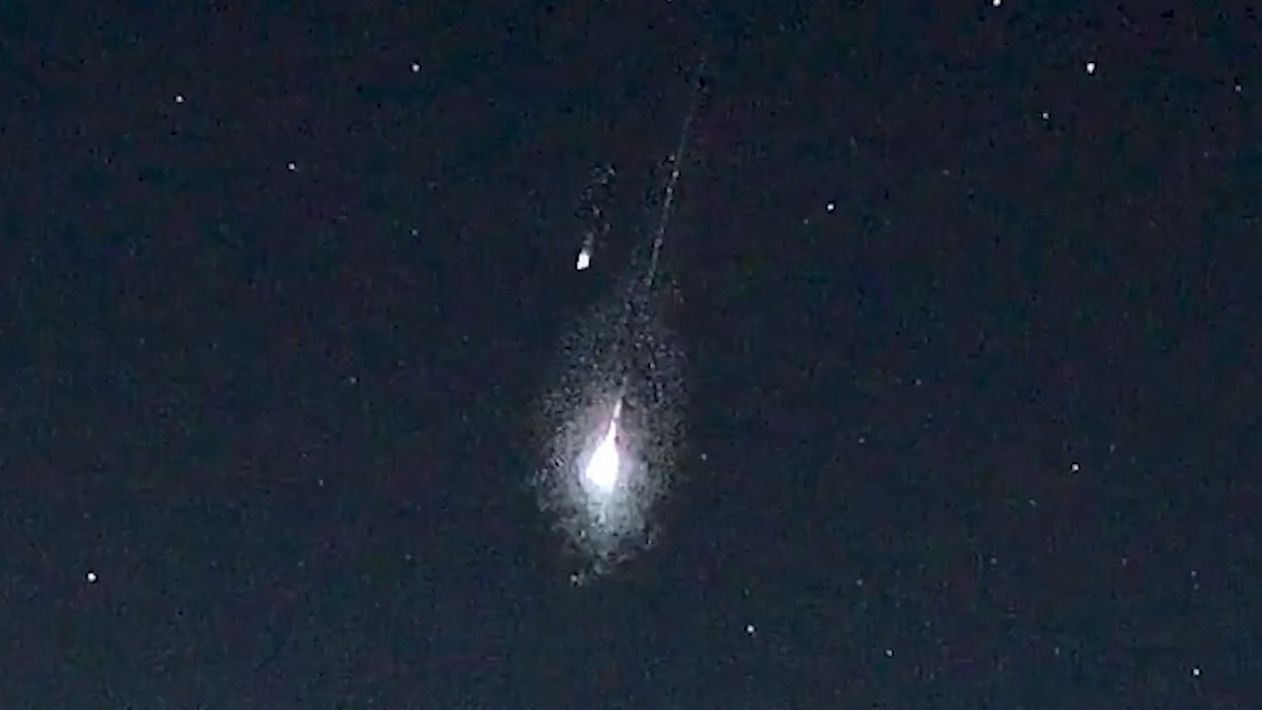

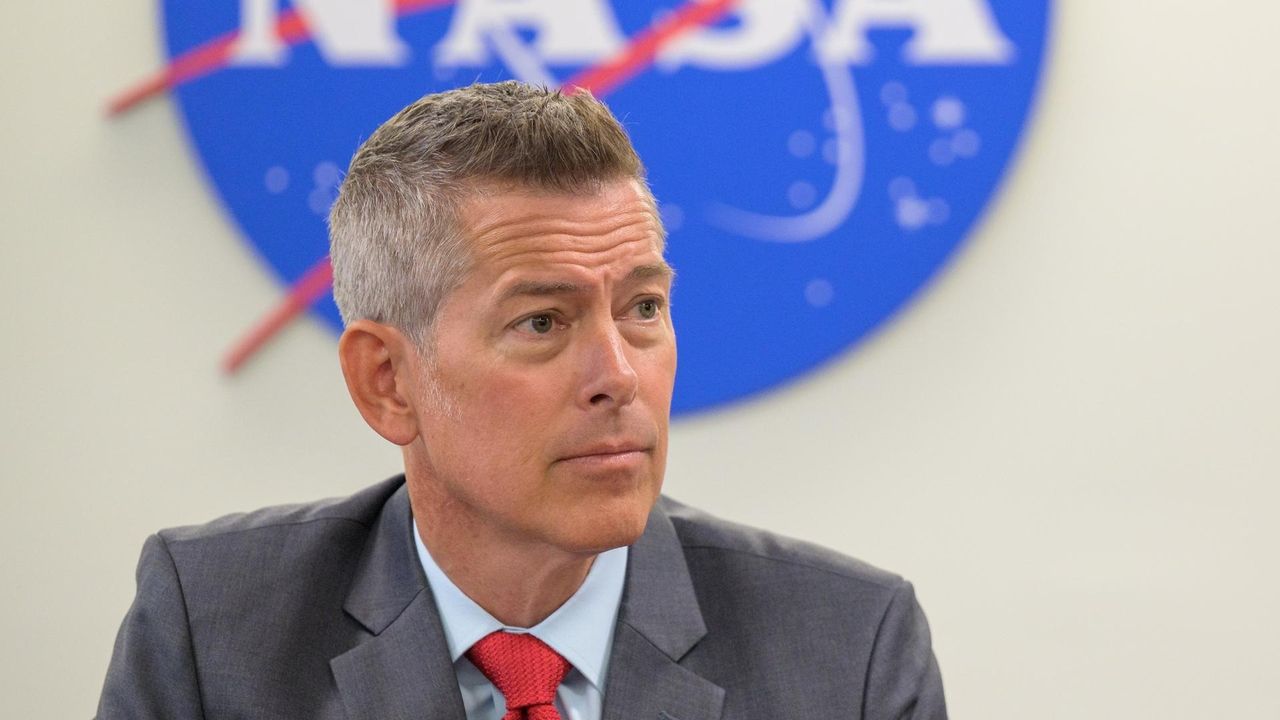

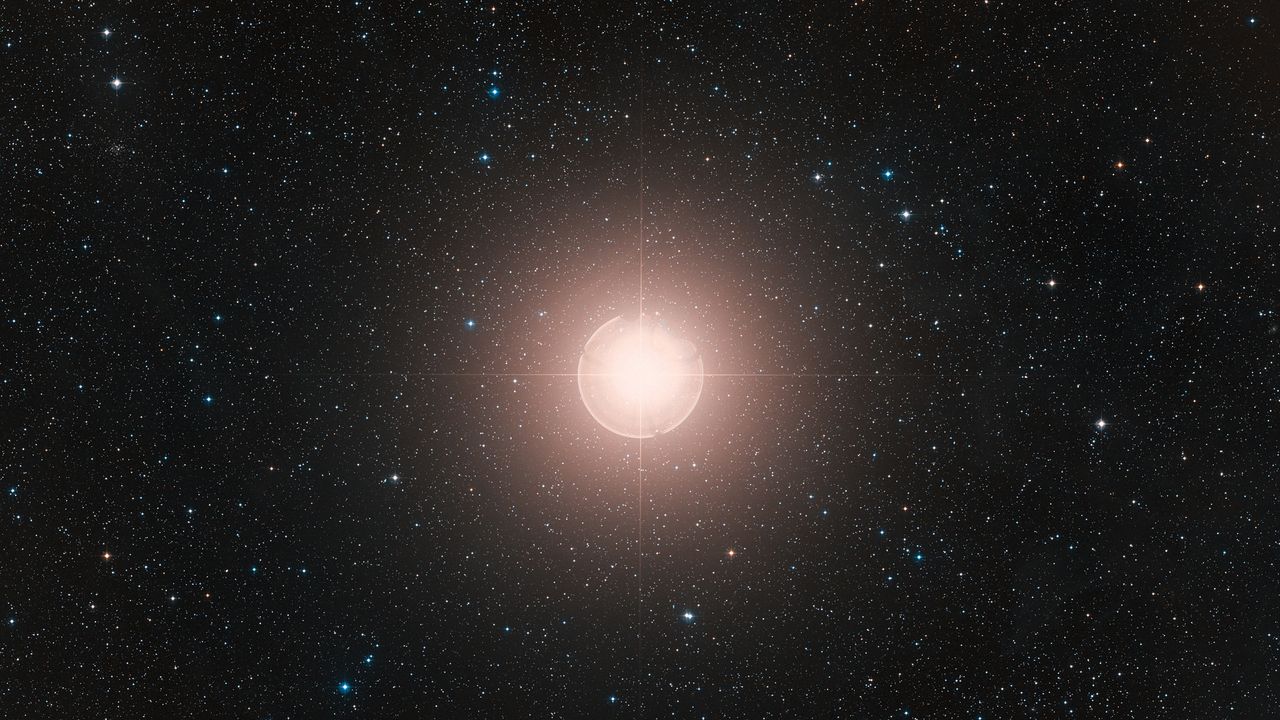
With available spots left to travel to Egypt and witness the grand spectacle of a total solar eclipse filling up fast, I was happy to learn that Astronomy magazine’s tour provider, Eclipse Traveler, has added another trip. This one, called 2027 Luxor, is a 5-day/4-night adventure beginning July 30 and ending August 3, 2027. August 2, ofContinue reading "Don’t miss the eclipse of our lifetimes"
The post Don’t miss the eclipse of our lifetimes appeared first on Astronomy Magazine.
Author(s): Ryan Wilkinson
A new approach stores and retrieves quantum states with record reliability, paving the way for improved quantum information processing.
[Physics 18, s138] Published Tue Oct 21, 2025
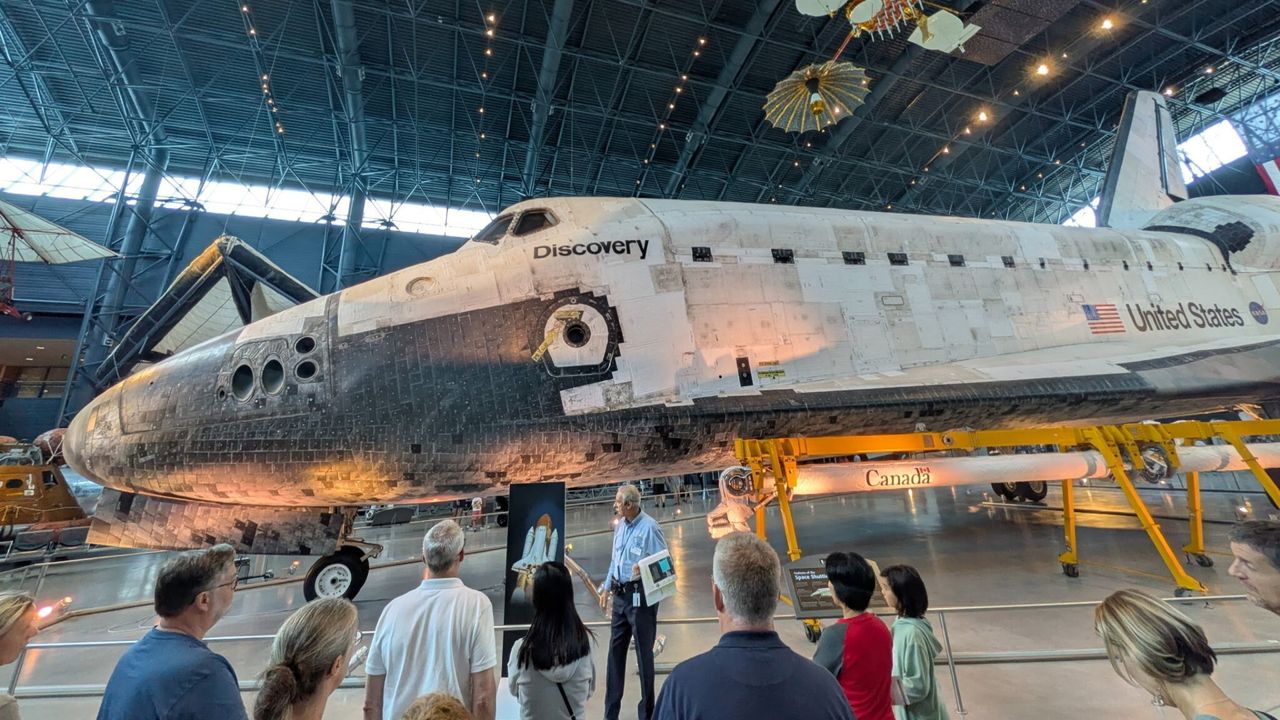
U.S. Transportation Secretary and interim NASA Administrator Sean Duffy on Monday revealed a potentially seismic shakeup to the agency’s Artemis lunar landing program. During an interview with CNBC’s Joe Kernen on Squawk Box Monday morning, Duffy said NASA will reopen a contract to build the human landing system (HLS) for the Artemis 3 mission, which will put American astronautsContinue reading "Duffy: NASA to reopen Artemis 3 HLS contract"
The post Duffy: NASA to reopen Artemis 3 HLS contract appeared first on Astronomy Magazine.
The earliest solar eclipse for which we have a record appears in the ancient Chinese text Shujing, traditionally said to have been compiled by the philosopher Confucius, which reads: “On the first day of the last month of autumn, the Sun and Moon did not meet harmoniously in Fang.” What an understated way to describe anContinue reading "Oct. 22, 2137 B.C.E.: An eclipse darkens skies over ancient China"
The post Oct. 22, 2137 B.C.E.: An eclipse darkens skies over ancient China appeared first on Astronomy Magazine.
“Here I have lived a quarter of a century, and have passed from a young to an old man,” said Abraham Lincoln on the train platform as he addressed a crowd of his friends, ready to leave Springfield, Illinois. I suppose I feel a slightly analogous way. In September 1982, I moved to Milwaukee, straightContinue reading "A fond farewell: Editor-in-Chief David J. Eicher signs off"
The post A fond farewell: Editor-in-Chief David J. Eicher signs off appeared first on Astronomy Magazine.

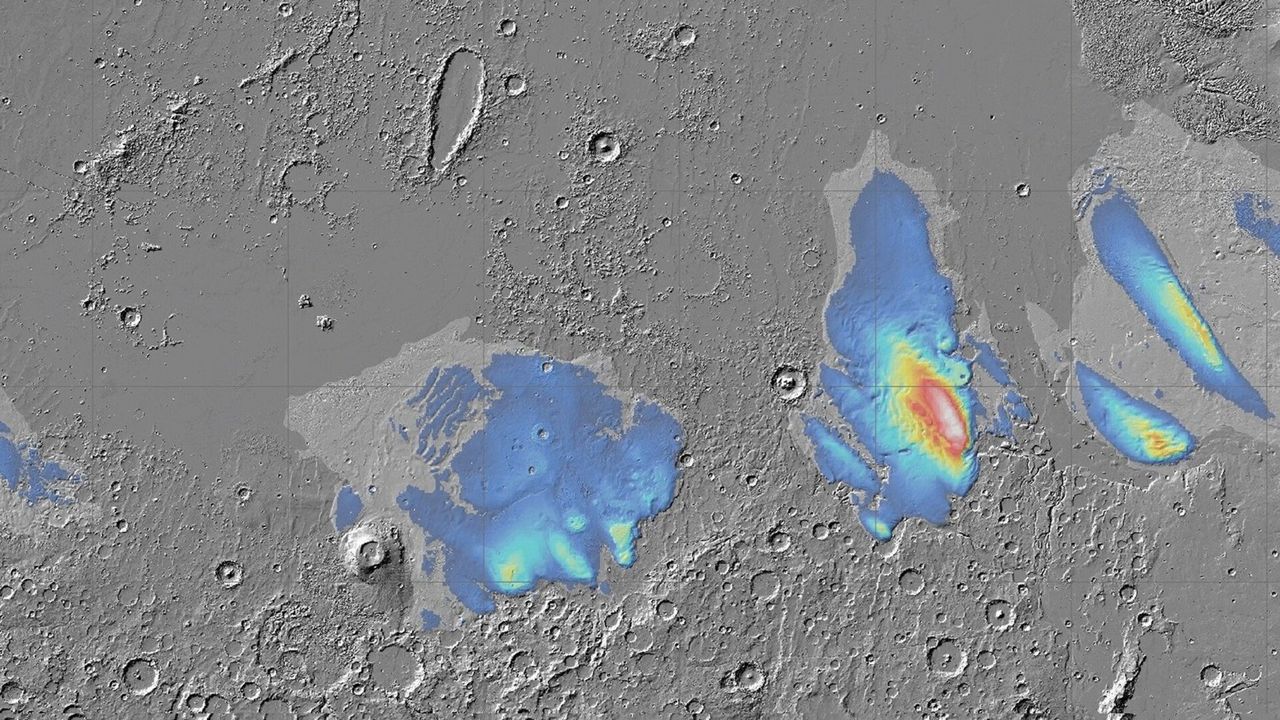
Looking for a sky event this week? Check out our full Sky This Week column. October 21: The Orionids peak, Comet Lemmon is closest to Earth, and Titan makes a transit With the sky clear of the nighttime Moon, try checking out the California Nebula (NGC 1499), located in southern Perseus. It reaches 45° in altitude byContinue reading "The Sky Today on Wednesday, October 22: Check out the California Nebula"
The post The Sky Today on Wednesday, October 22: Check out the California Nebula appeared first on Astronomy Magazine.


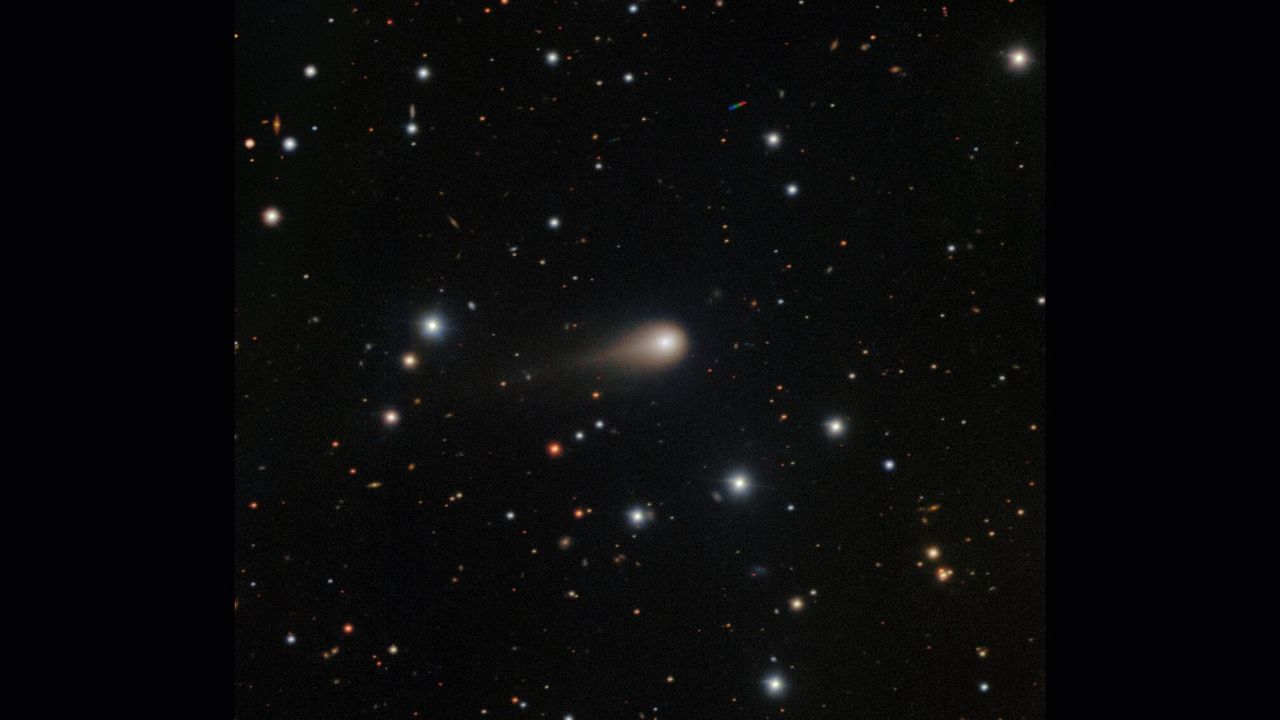
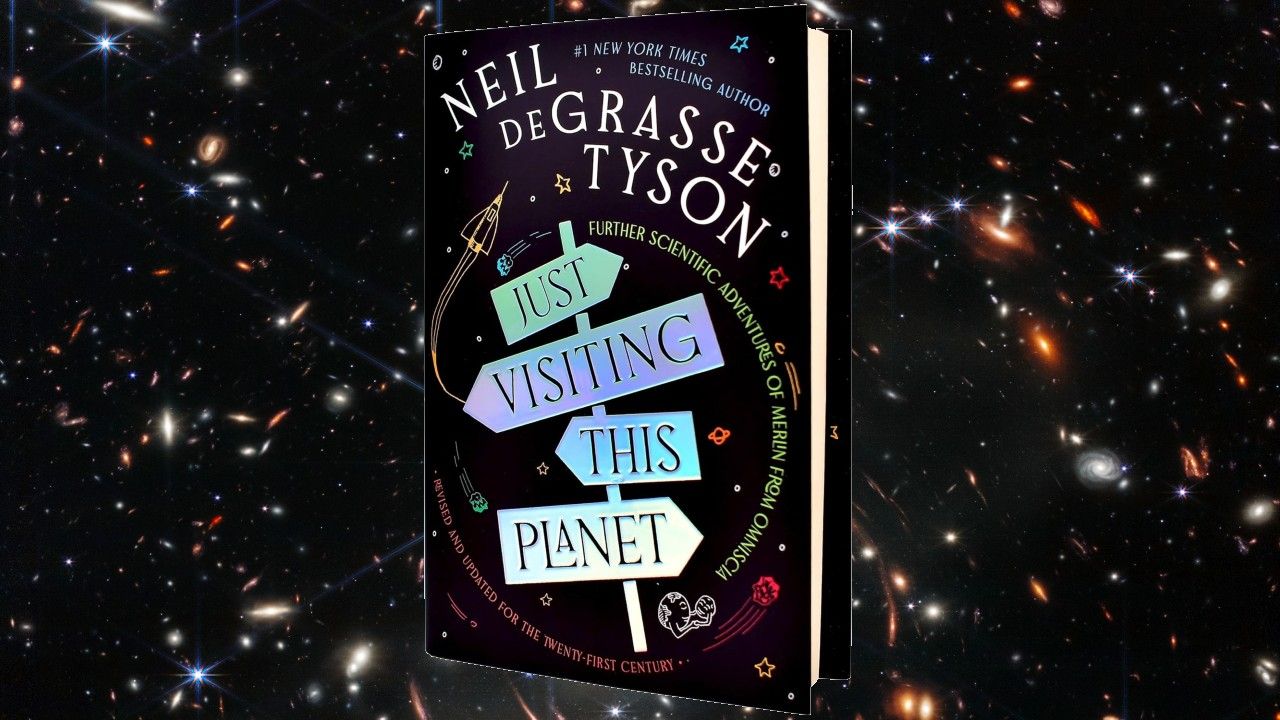
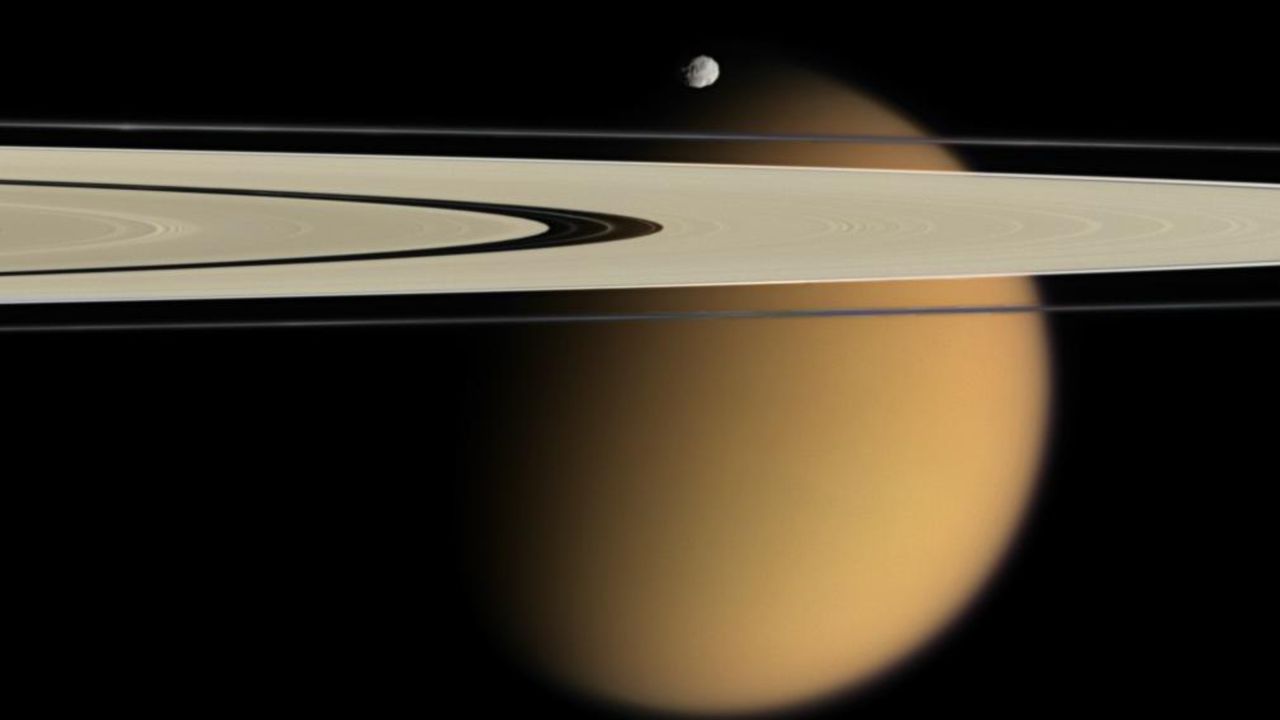

From Galileo’s meticulous sketches of Jupiter’s moons in 1610 to Caroline Herschel’s handwritten notes of comet discoveries, the history of astronomy is built on careful note-taking. Logbooks with descriptions of as-yet-unknown objects, sketches of Saturn’s rings, and hand-drawn plots of the stars led to numerous discoveries. Today, whether you’re a newcomer scanning the sky withContinue reading "Why every stargazer needs a logbook"
The post Why every stargazer needs a logbook appeared first on Astronomy Magazine.
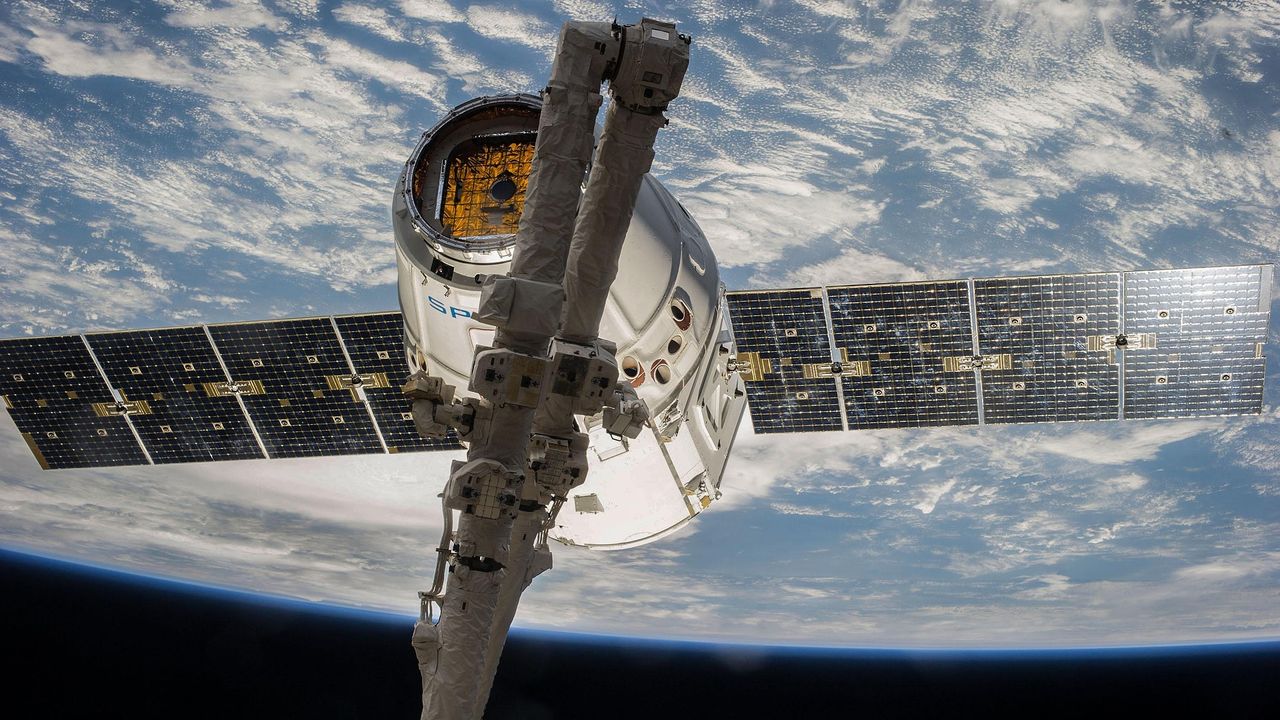
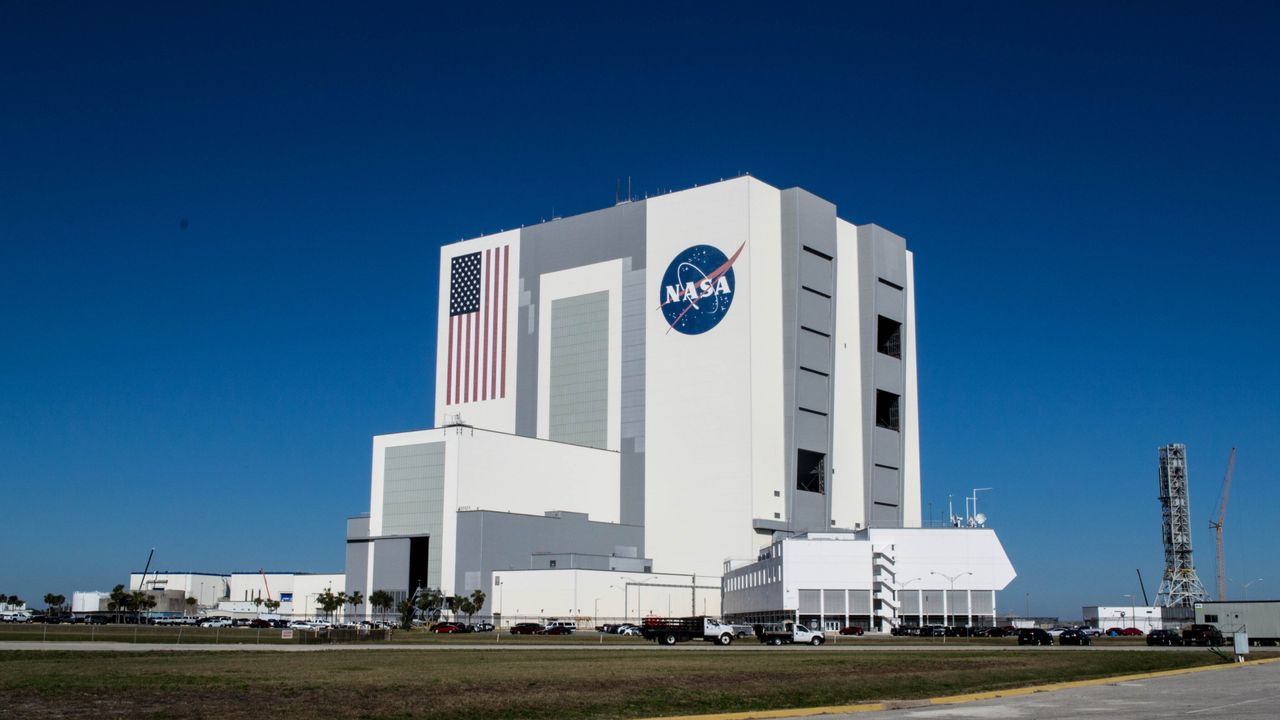
In 1892, George Ellery Hale, a professor of astrophysics at the University of Chicago, convinced the university president to acquire two 40-inch telescope lens blanks. With funding from Charles Yerkes, a Chicago mass-transit tycoon looking to refurbish his image, Hale spearheaded the creation of an observatory to house the Great Refractor made with these blanks.Continue reading "Oct. 21, 1897: Yerkes Observatory is dedicated"
The post Oct. 21, 1897: Yerkes Observatory is dedicated appeared first on Astronomy Magazine.
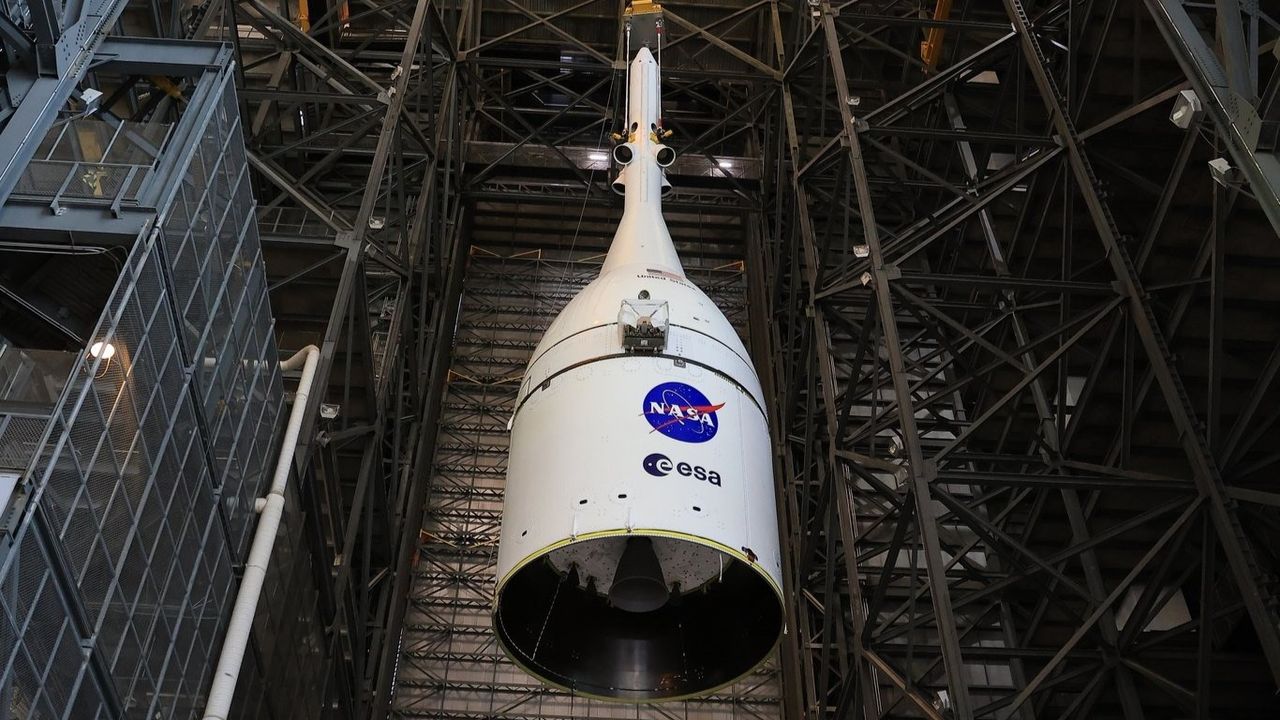
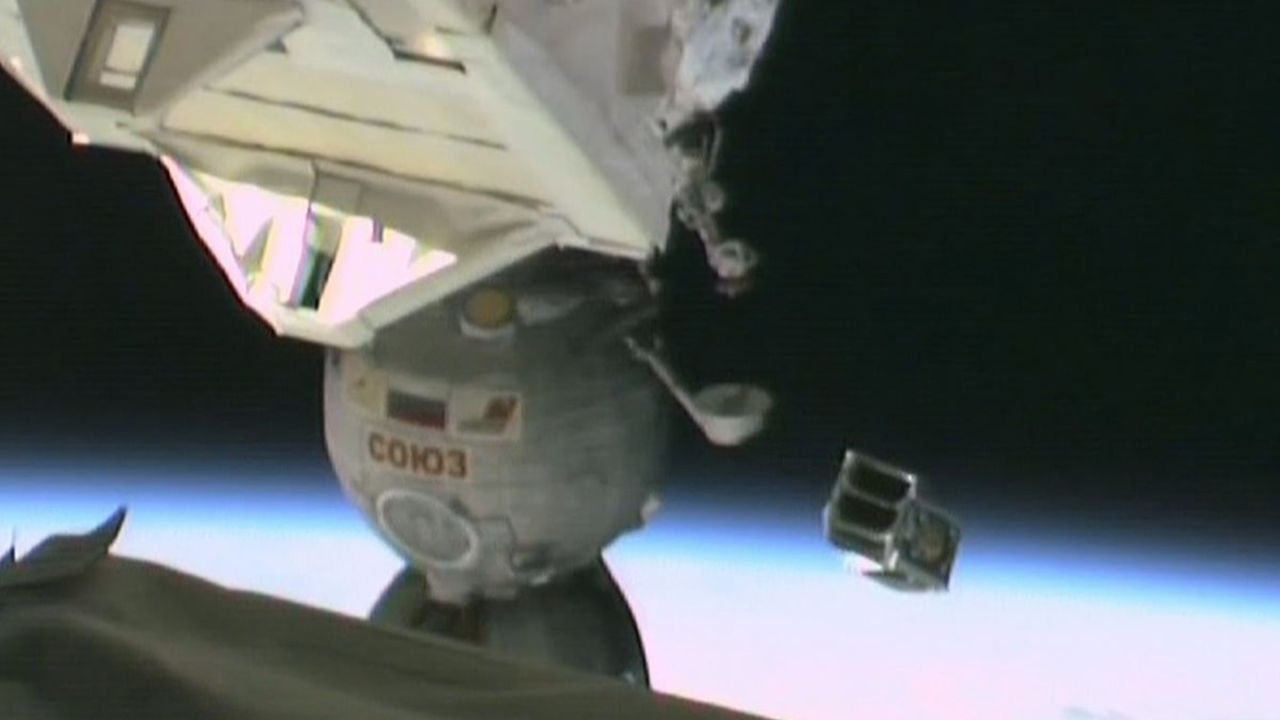
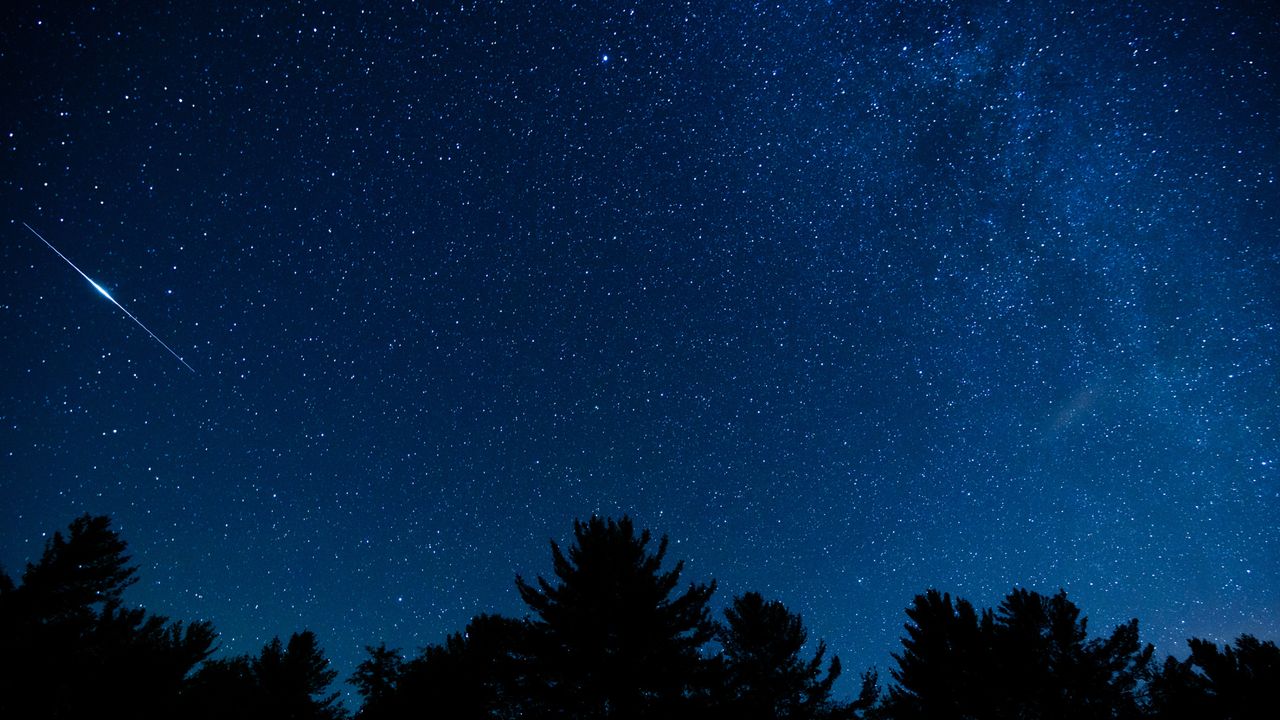
Looking for a sky event this week? Check out our full Sky This Week column. October 20: Visit the Pleiades Today is a busy day! Mercury passes 2° south of Mars at 2 A.M. EDT — we’ll observe the pair in the evening sky, along with a Titan transit of Saturn. But first, the Orionid meteor showerContinue reading "The Sky Today on Tuesday, October 21: The Orionids peak, Comet Lemmon is closest to Earth, and Titan makes a transit"
The post The Sky Today on Tuesday, October 21: The Orionids peak, Comet Lemmon is closest to Earth, and Titan makes a transit appeared first on Astronomy Magazine.
Chris Cook from Long Beach, California Half Dome and Nevada Fall are lit by a crescent Moon in this nightscape taken at Yosemite National Park’s Glacier Point. The imager used a modified Canon DSLR and 15–30mm f/2.8 lens to take six 25-second exposures at ISO 6400.
The post Galaxyrise over Yosemite appeared first on Astronomy Magazine.
Mission highlight: SPAINSAT New Generation II This week’s highlighted mission is the launch of the SPAINSAT New Generation (NG) II satellite for the Spanish satellite operator hisdeSat. A SpaceX Falcon 9 rocket is scheduled to lift off from Cape Canaveral Space Force Station in Florida on Wednesday, Oct. 22, at 9:30 p.m. EDT. hisdeSat wasContinue reading "Spain’s new communications satellite to launch this week"
The post Spain’s new communications satellite to launch this week appeared first on Astronomy Magazine.

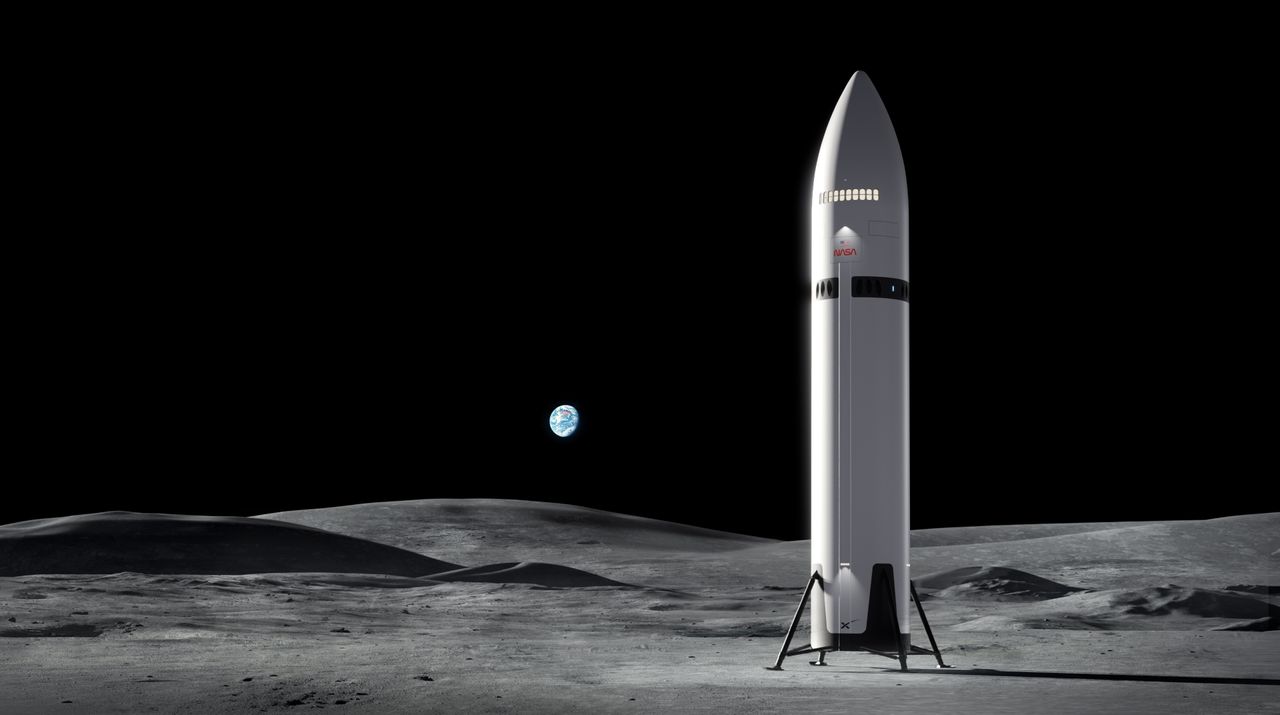

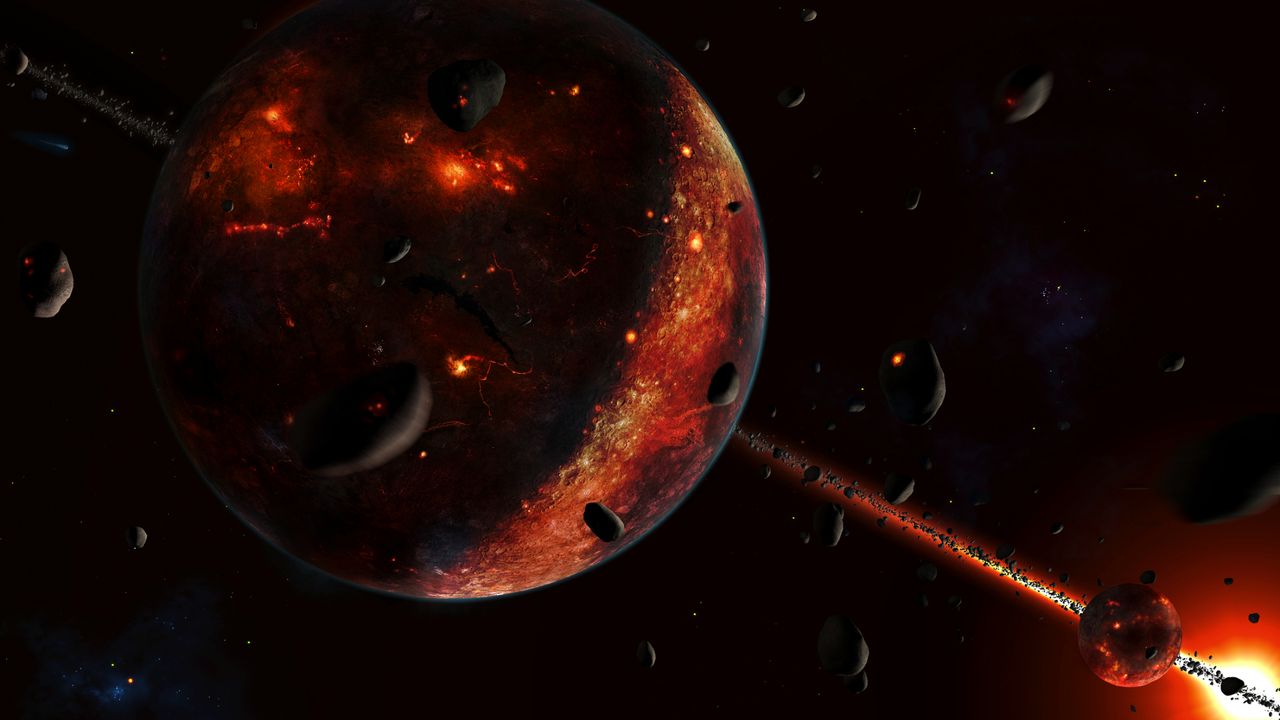
For the first time, astronomers have gotten a detailed look at how a supermassive black hole (SMBH) eats, discovering two large spiral arms of gas that are funneling its meals inward. The finding, made using the Atacama Large Millimeter/submillimeter Array (ALMA) in Chile, has been accepted for publication in Astronomy & Astrophysics. It offers aContinue reading "Supermassive black hole seen feeding via a pair of spiral arms"
The post Supermassive black hole seen feeding via a pair of spiral arms appeared first on Astronomy Magazine.

In this episode, Astronomy magazine Editor Emeritus Dave Eicher invites you to head out in the early morning hours between midnight at 4 a.m. to view meteors, also known as shooting stars, that appear to originate from the constellation Orion the Hunter. The peak activity will be during the morning of October 21, but you’ll see OrionidContinue reading "This Week in Astronomy with Dave Eicher: The Orionid meteor shower"
The post This Week in Astronomy with Dave Eicher: The Orionid meteor shower appeared first on Astronomy Magazine.
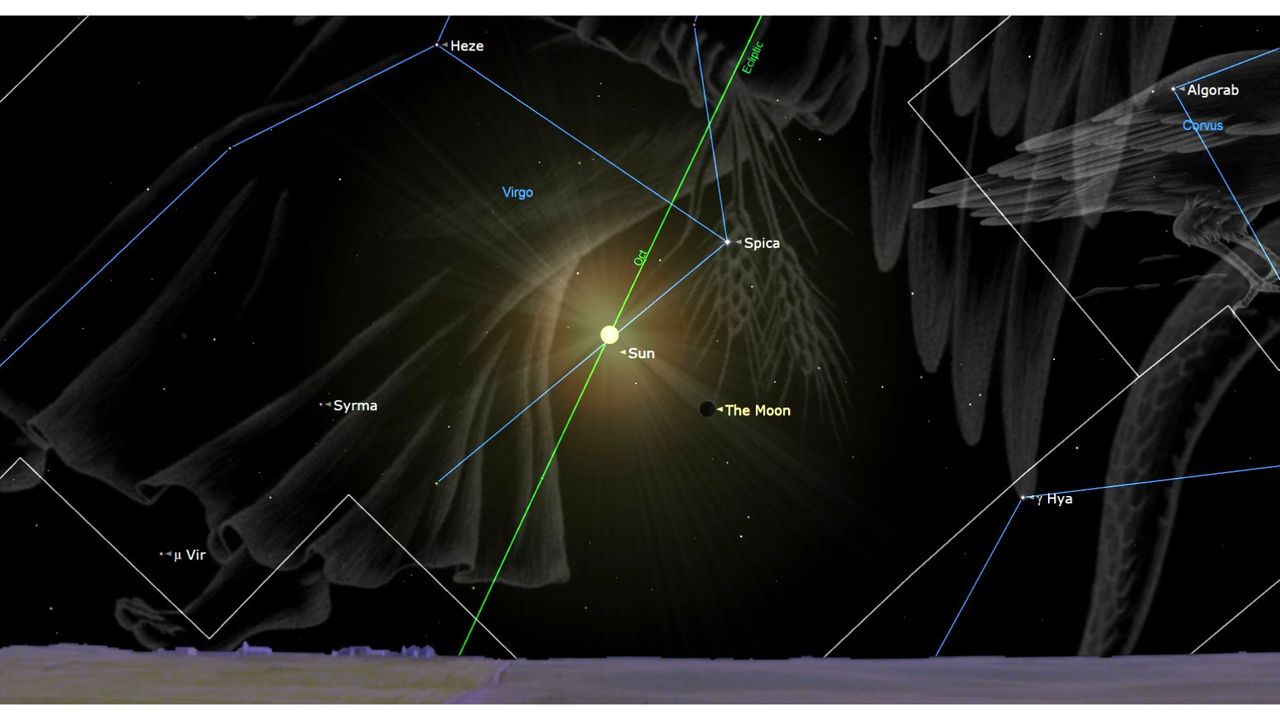
BepiColombo, a joint mission of the European Space Agency and the Japan Aerospace Exploration Agency, launched Oct. 20, 2018. The spacecraft is actually two satellites in one, the Mercury Planetary Orbiter (MPO) and the Mercury Magnetospheric Orbiter (MMO), commissioned with investigating one of the least-visited planets in our solar system. To reach its final position,Continue reading "Oct. 20, 2018: BepiColombo launches"
The post Oct. 20, 2018: BepiColombo launches appeared first on Astronomy Magazine.
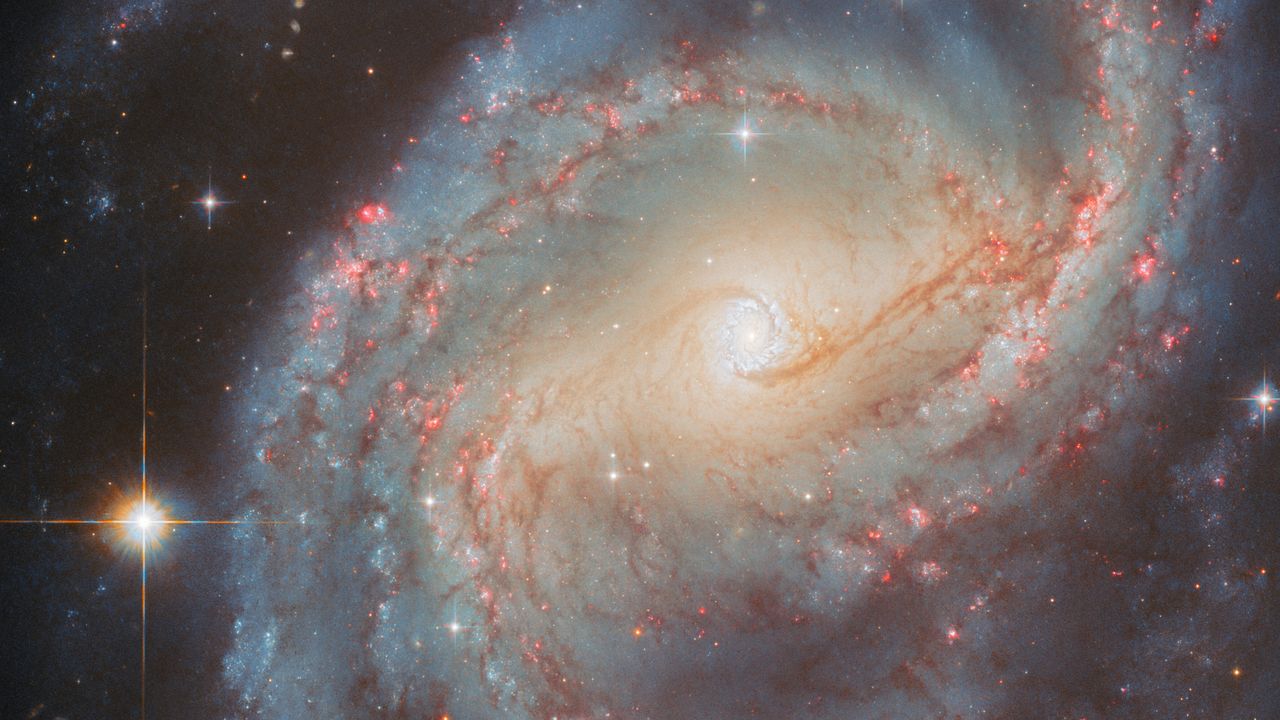
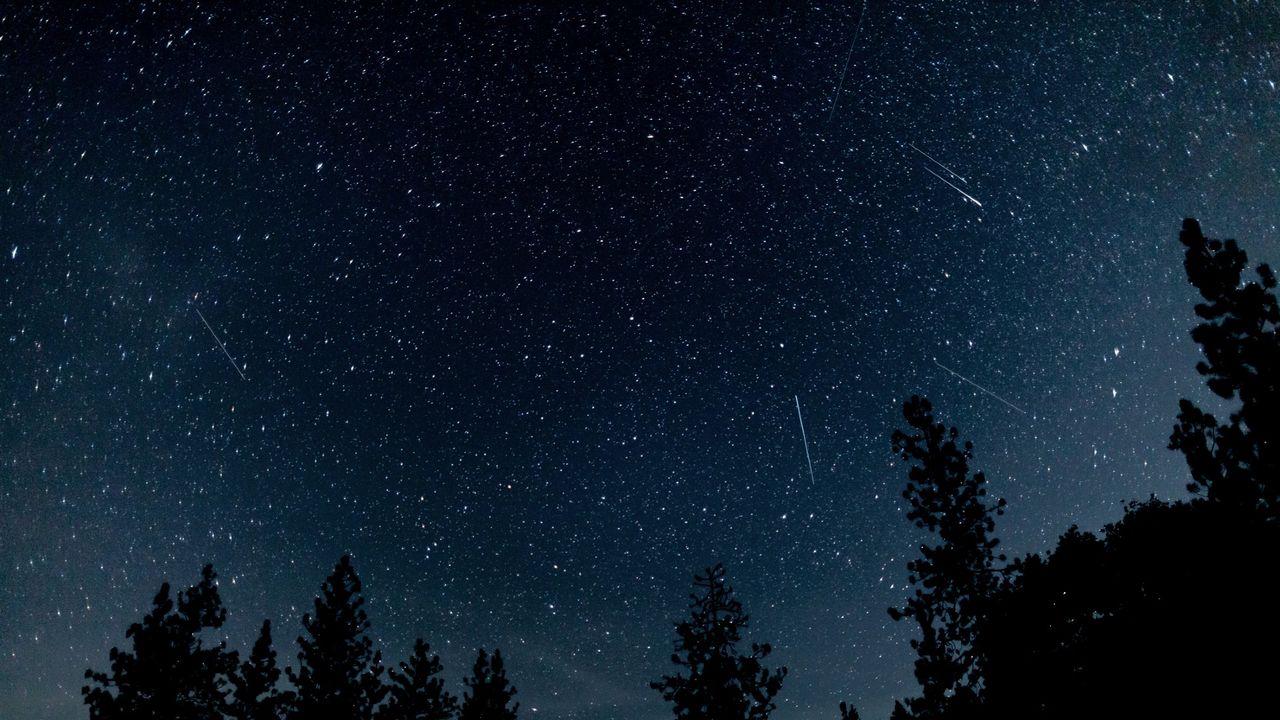
Looking for a sky event this week? Check out our full Sky This Week column. October 19: The Moon and Venus before dawn By 10 P.M. local daylight time, the Pleiades (M45) is already 30° high in the east. This lovely naked-eye cluster is well known across the world, sparkling in northwestern Taurus. Several of its starsContinue reading "The Sky Today on Monday, October 20: Visit the Pleiades"
The post The Sky Today on Monday, October 20: Visit the Pleiades appeared first on Astronomy Magazine.
Chury Wang from Jinan, China The summer Milky Way arches above a site in Ulanqab, Inner Mongolia Autonomous Region, China, with millennia-old Buddhist stone carvings. The photographer used a Nikon DSLR and 35mm lens at f/1.4 to take 30-second sky frames at ISO 800, plus 10-second foreground frames at f/2 and ISO 3200. The finalContinue reading "Sanctity of starlight"
The post Sanctity of starlight appeared first on Astronomy Magazine.

Comet C/2025 A6 (Lemmon) is currently a 5th-magnitude fuzzball low in the northwestern sky. This means that, from a dark site, sharp-eyed observers could glimpse it with their naked eyes. And it’s predicted to get brighter. By how much? Between two and six times as bright as it is now. (We hope. Comets are fickle.) On Sunday night, the comet will be inContinue reading "See Comet Lemmon at its brightest"
The post See Comet Lemmon at its brightest appeared first on Astronomy Magazine.

Sometime around the year 1837, a strange object passed an invisible cosmic mile marker: 1,000 astronomical units from the Sun. (One astronomical unit, or AU, is the average Earth-Sun distance.) For more than a century, it continued undetected toward our star. Finally, on Oct. 19, 2017, humans noticed the visitor. That night, a faint, thinContinue reading "Oct. 19, 2017: The discovery of ‘Oumuamua"
The post Oct. 19, 2017: The discovery of ‘Oumuamua appeared first on Astronomy Magazine.
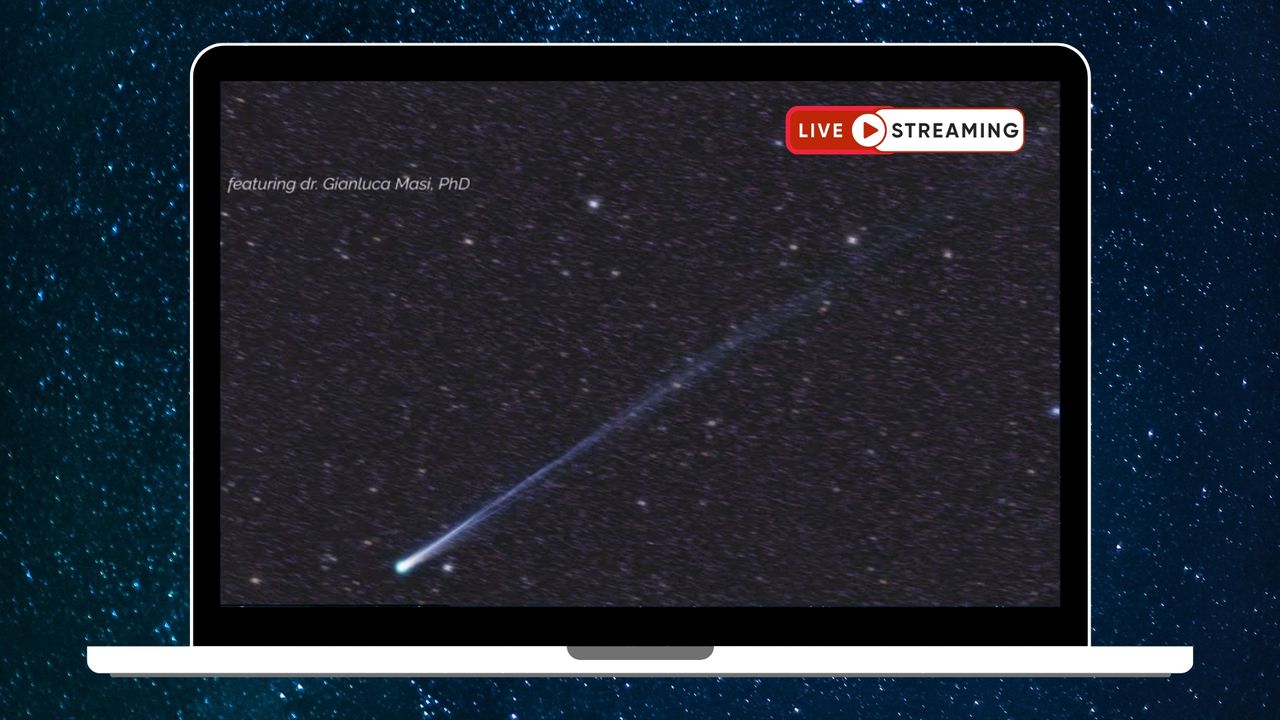

Looking for a sky event this week? Check out our full Sky This Week column. October 18: Io, Europa, and their shadows cross Jupiter The Moon and Venus hang close together in the predawn sky, sharing the sky in the constellation Virgo. An hour before sunrise, look east to spot Venus, the brightest point of light, blazingContinue reading "The Sky Today on Sunday, October 19: The Moon and Venus before dawn"
The post The Sky Today on Sunday, October 19: The Moon and Venus before dawn appeared first on Astronomy Magazine.
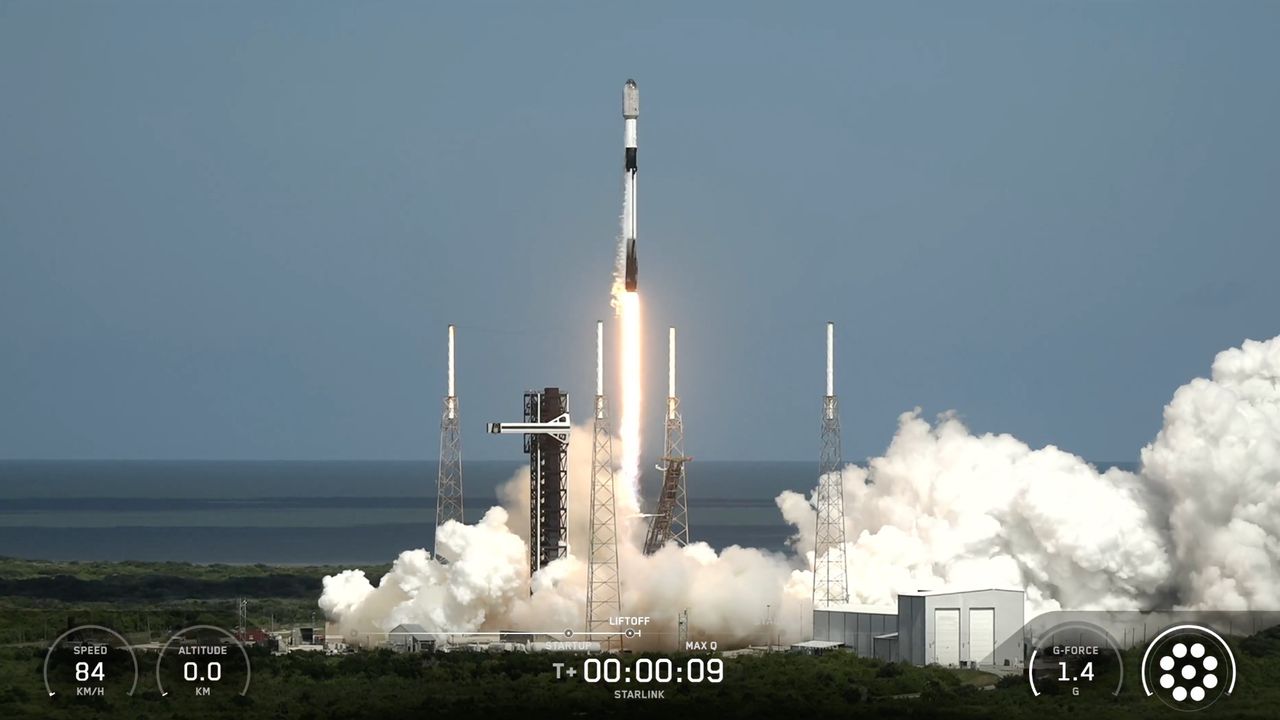
Author(s): Philip Ball
Large-scale obstacles to crystal growth can throw the whole lattice off kilter, but quasicrystals can accommodate them without losing their atomic-scale order.
[Physics 18, 171] Published Fri Oct 17, 2025
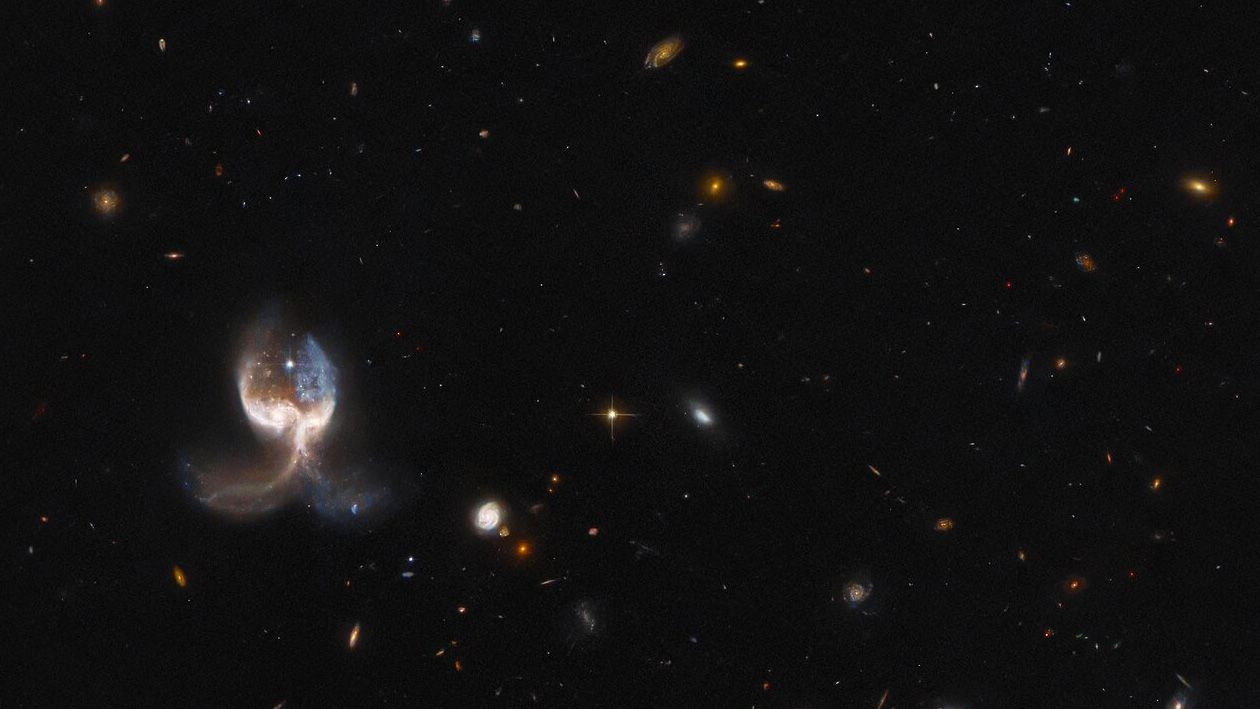

On Oct. 18, 1977, Charles Kowal was at the 1.2-meter Schmidt telescope at Palomar Observatory in California – reportedly his favorite equipment at the facility to observe with – when he unwittingly discovered an entirely new class of objects. Kowal was conducting a survey for slow-moving objects beyond the Main Belt, taking two plates ofContinue reading "Oct. 18, 1977: The enigma of Chiron"
The post Oct. 18, 1977: The enigma of Chiron appeared first on Astronomy Magazine.
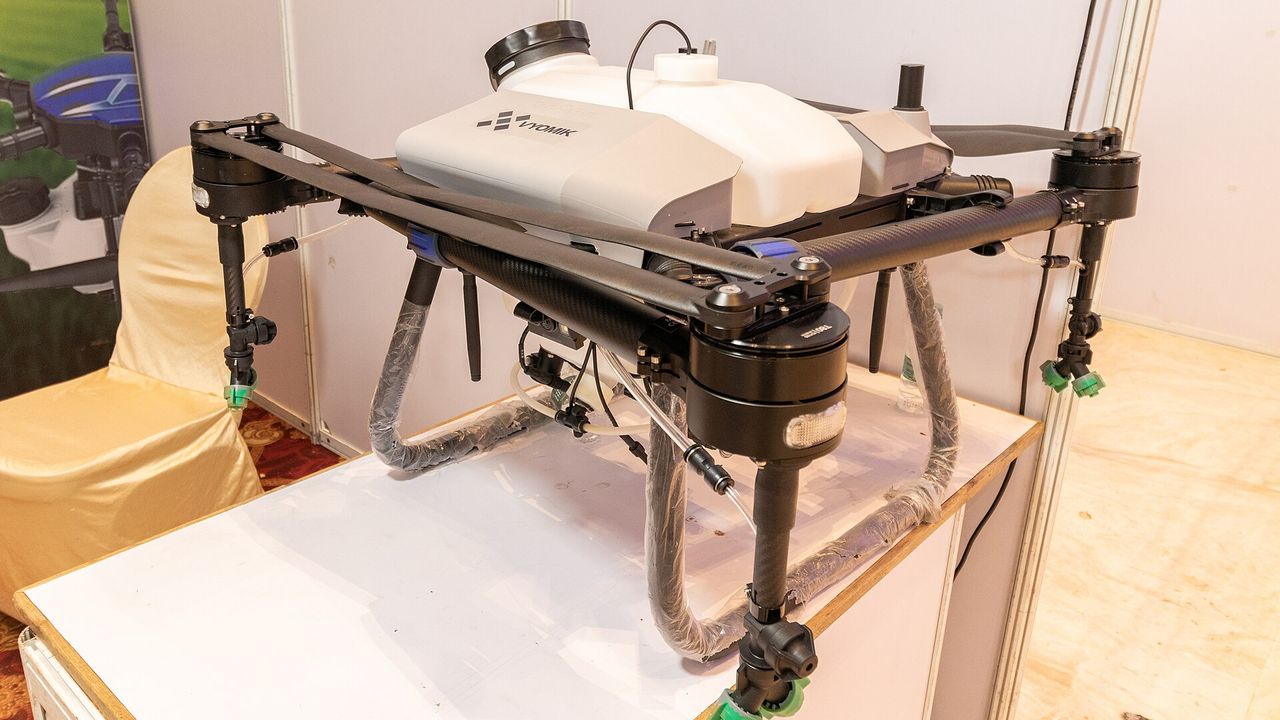
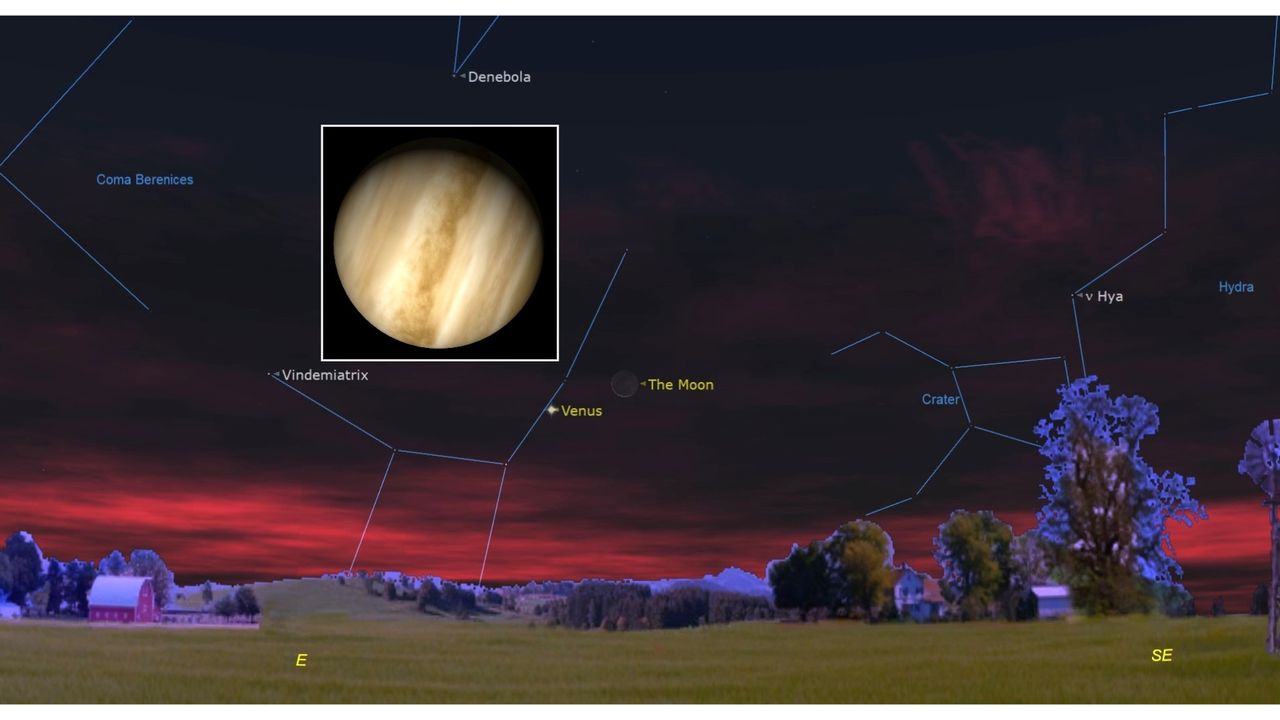
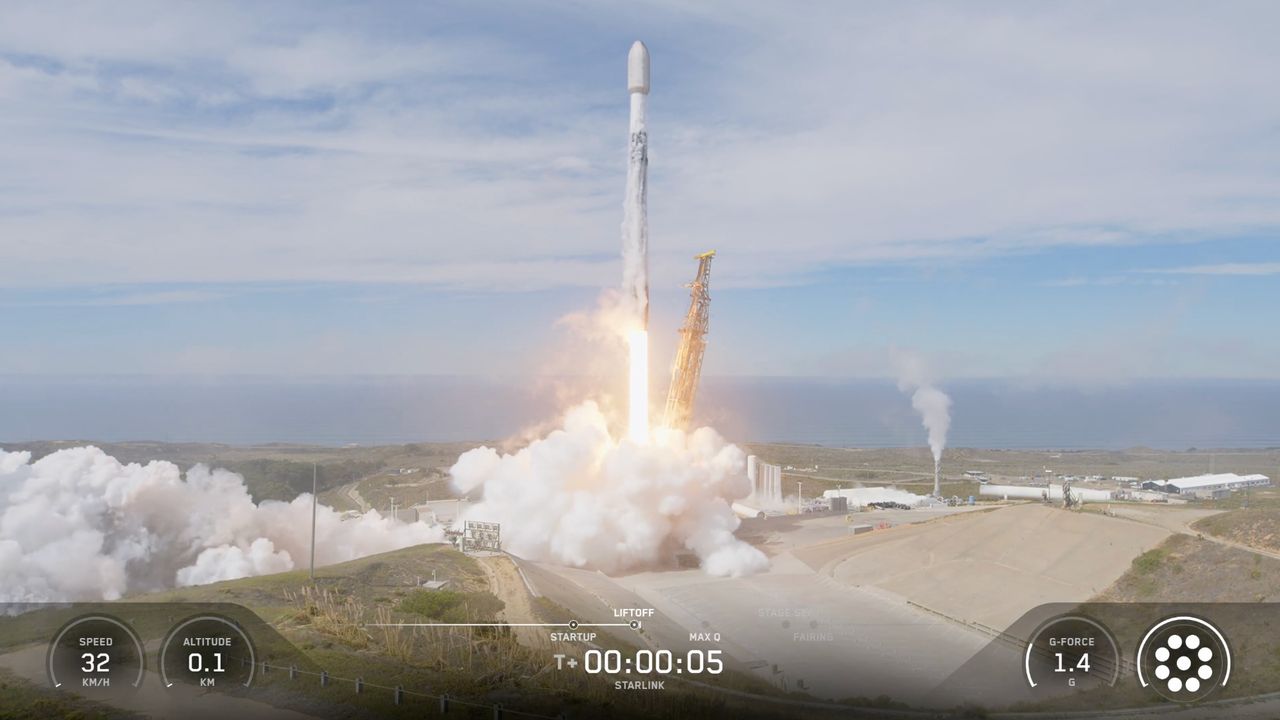

Looking for a sky event this week? Check out our full Sky This Week column. October 17: Catch open cluster M34 Jupiter stands high in the sky early this morning, ripe for viewing as two of its four Galilean moons chase their shadows across the cloud tops. By 6 A.M. EDT, the gas giant stands nearly 60°Continue reading "The Sky Today on Saturday, October 18: Io, Europa, and their shadows cross Jupiter"
The post The Sky Today on Saturday, October 18: Io, Europa, and their shadows cross Jupiter appeared first on Astronomy Magazine.

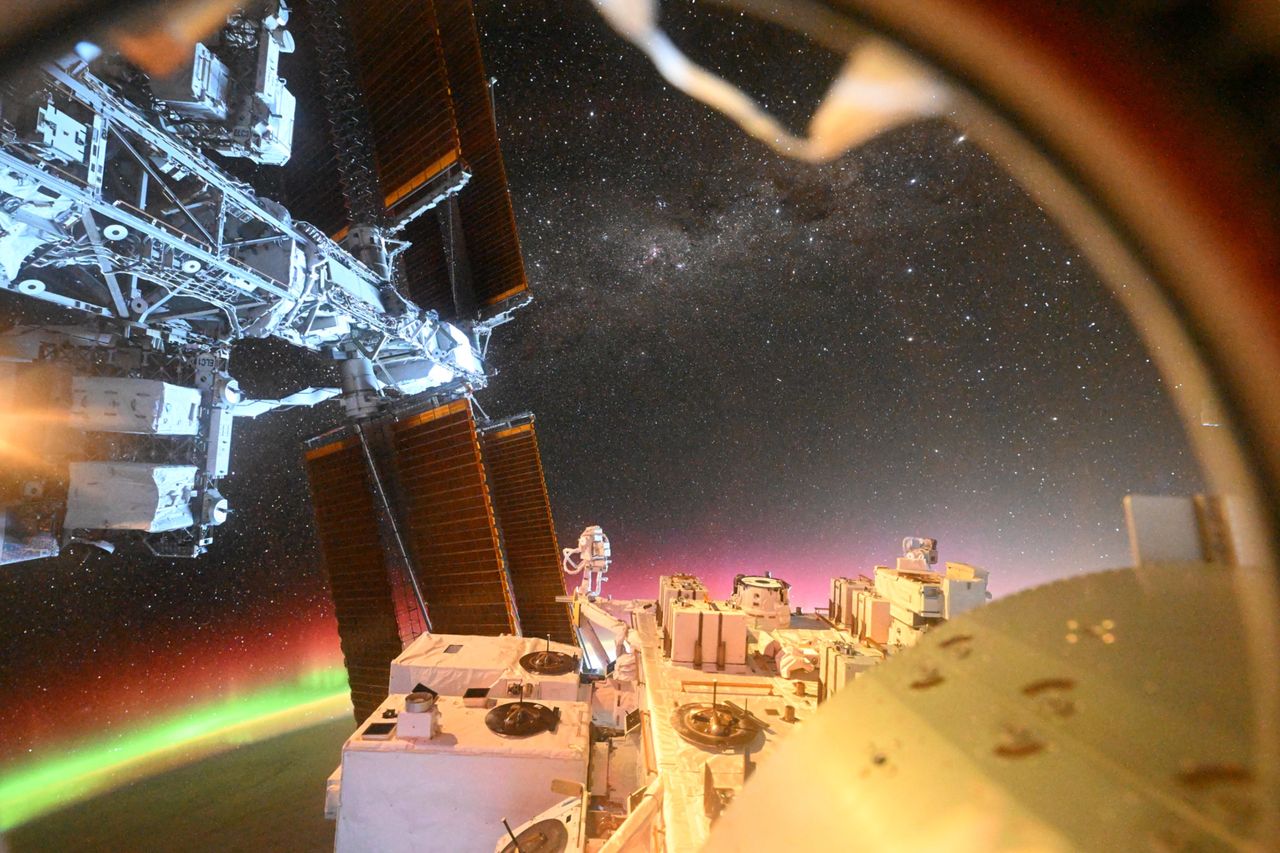




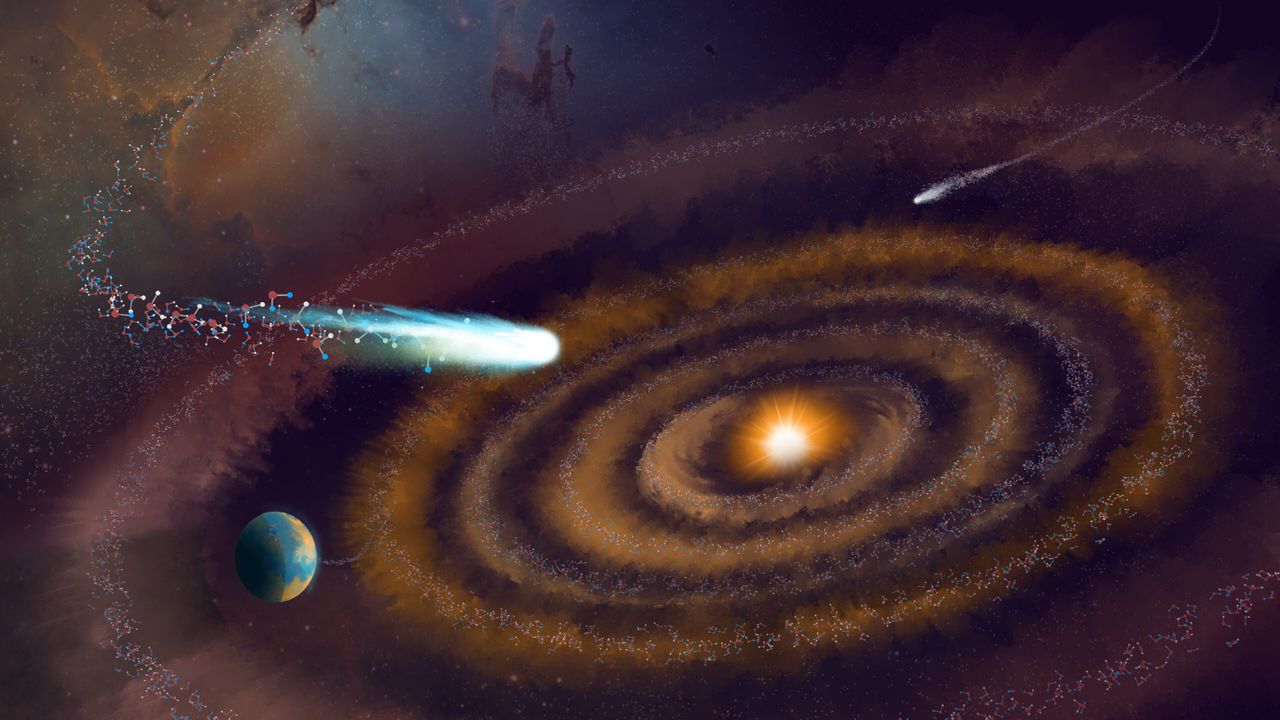



How can a celestial object be bright and faint at the same time? The answer hinges on its surface brightness. In the case of spiral galaxy NGC 6946, its overall brightness, magnitude 9.6, is high for a galaxy. Unfortunately, that light spreads over an area 1/20 of 1° across. For comparison, that area is one-quarter ofContinue reading "Michael’s Miscellany: Observe the Fireworks Galaxy"
The post Michael’s Miscellany: Observe the Fireworks Galaxy appeared first on Astronomy Magazine.

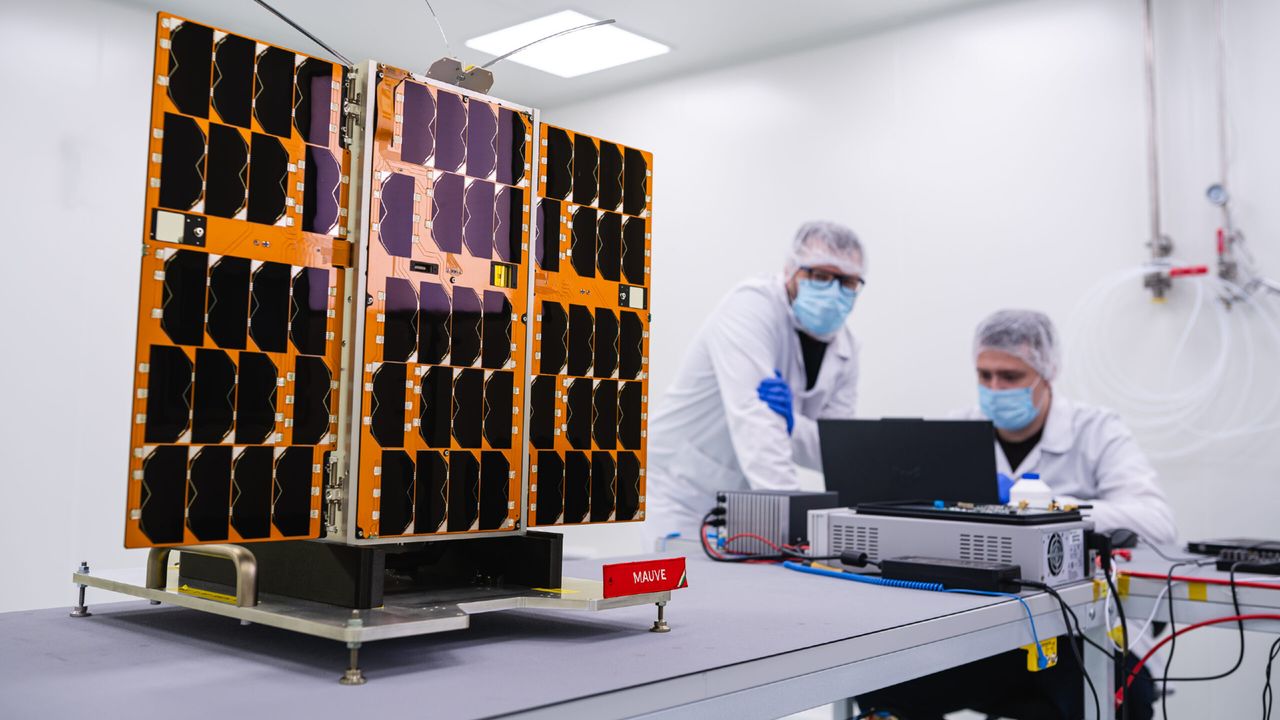
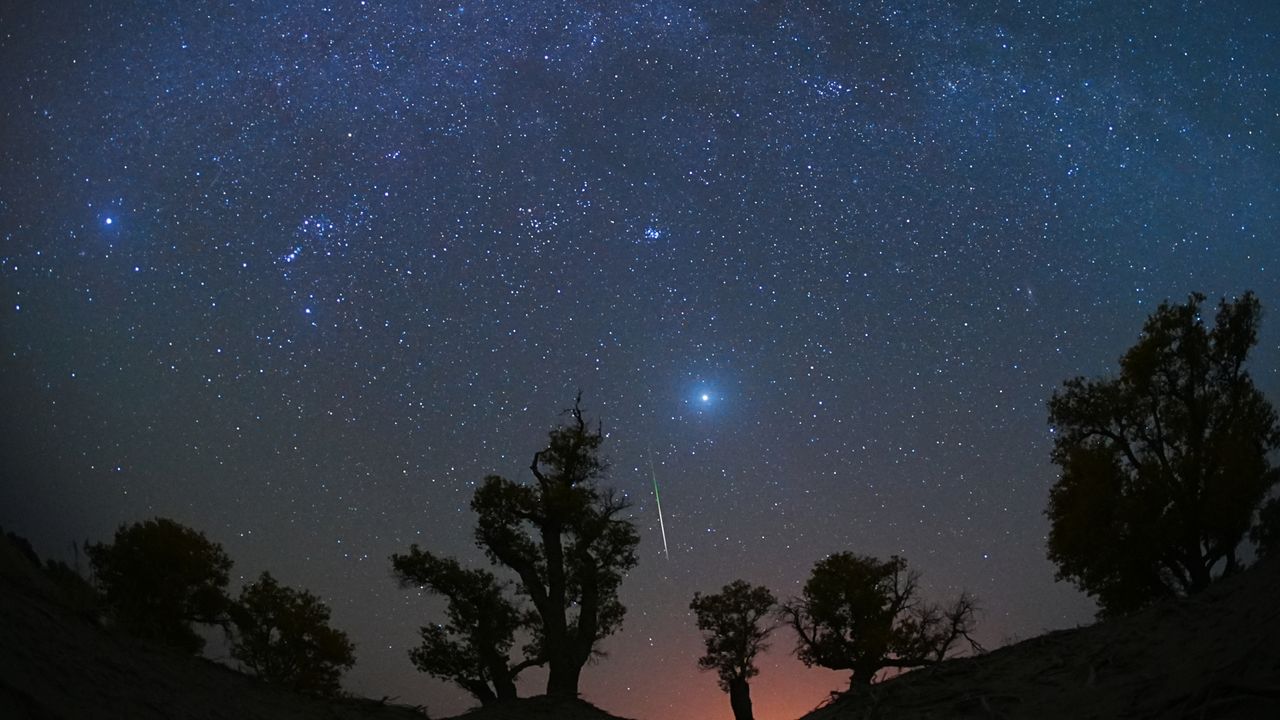
Born Oct. 17, 1956, in Decatur, Alabama, and raised in Chicago, Mae Jemison showed a passion and talent for science from early in her childhood. After graduating high school by the age of 16, Jemison attended Stanford University and earned a B.S. in chemical engineering and a B.A. in African American studies. She went onContinue reading "Oct. 17, 1956: Birth of Mae Jemison"
The post Oct. 17, 1956: Birth of Mae Jemison appeared first on Astronomy Magazine.
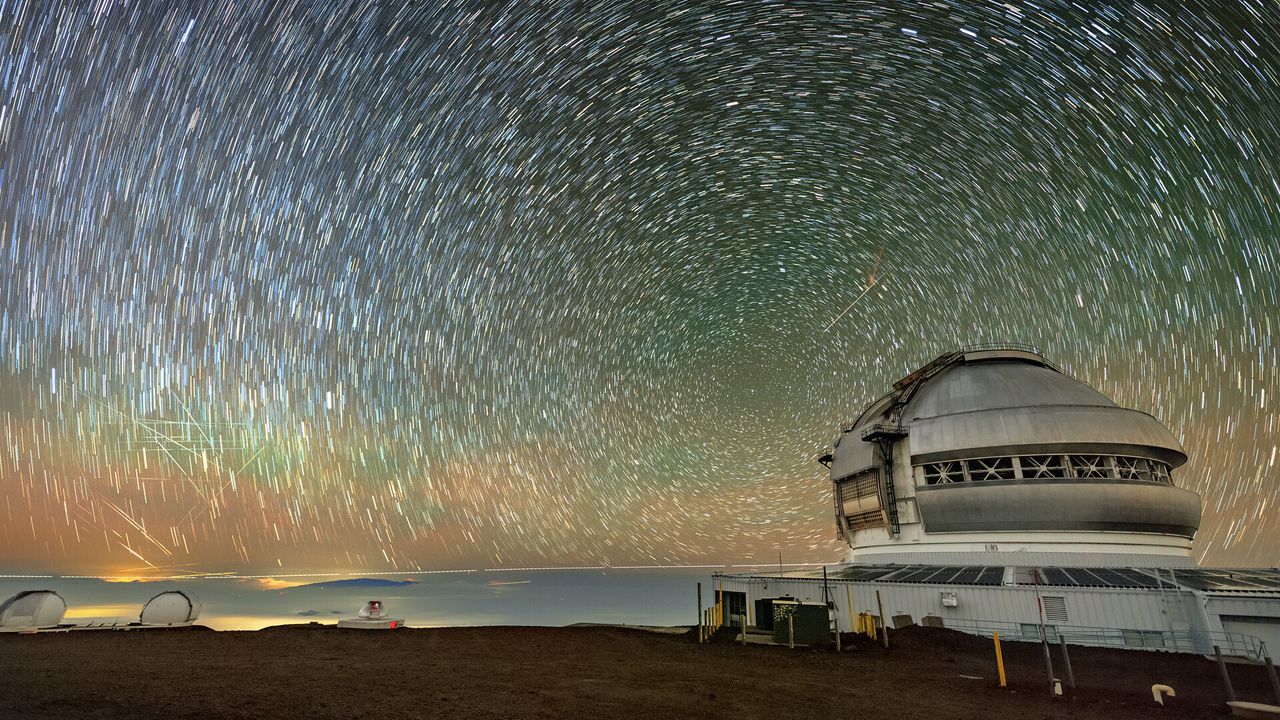
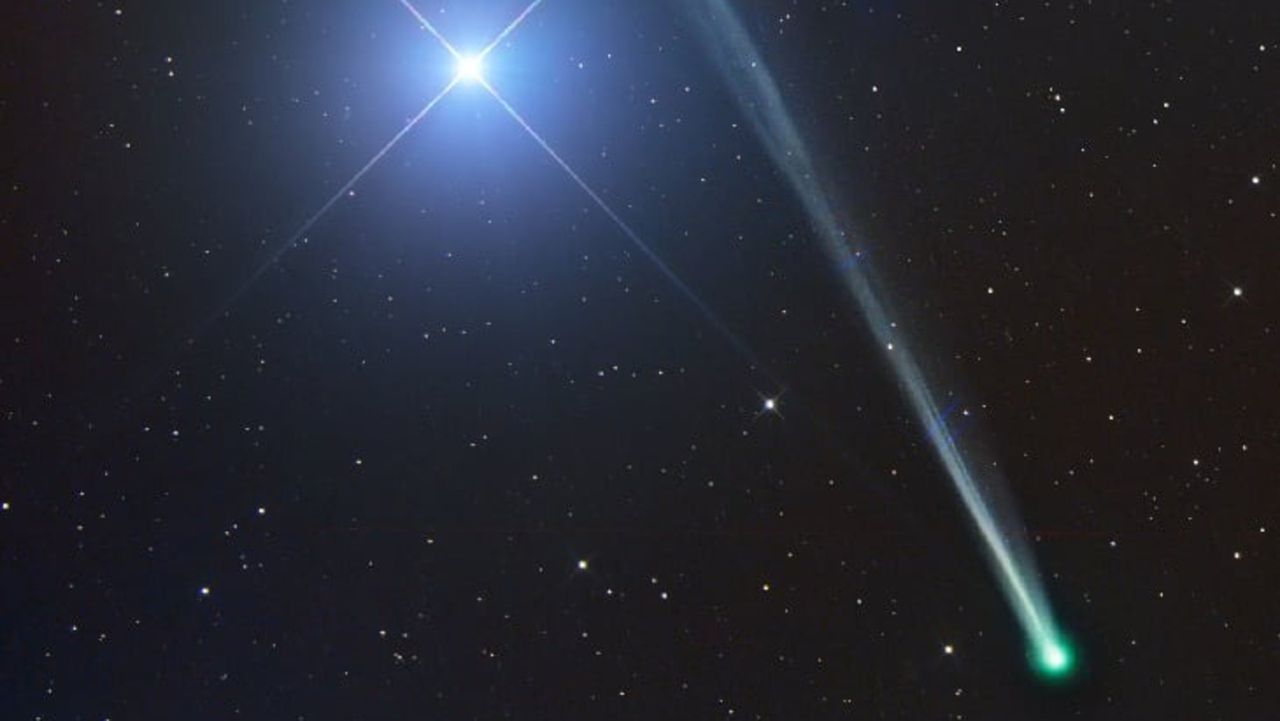

Looking for a sky event this week? Check out our full Sky This Week column. October 16: The Moon rises with Regulus Rising higher as the evening progresses is the constellation Perseus, perhaps most famous for its so-called Demon Star, the variable star Algol. But the Hero hosts many other treasures, including M34, a bright open clusterContinue reading "The Sky Today on Friday, October 17: Catch open cluster M34"
The post The Sky Today on Friday, October 17: Catch open cluster M34 appeared first on Astronomy Magazine.
Jeffrey Horne/Drew Evans The Cygnus Rift is a dark, broad lane of dust often captured in images of the North America Nebula (NGC 7000) and the Pelican Nebula (IC 5070), occupying the gulf between the two and forming their outlines. But this inky, swirling complex takes center stage in this image comprising nearly 365 hoursContinue reading "Negative space"
The post Negative space appeared first on Astronomy Magazine.
Sky This Week is brought to you in part by Celestron. Friday, October 17The Summer Triangle is now sinking in the west late in the evening as the winter constellations prepare to take over the sky. Look west around 10 P.M. local daylight time and you can still see the three bright stars of theContinue reading "The Sky This Week from October 17 to 24: The Orionids peak"
The post The Sky This Week from October 17 to 24: The Orionids peak appeared first on Astronomy Magazine.
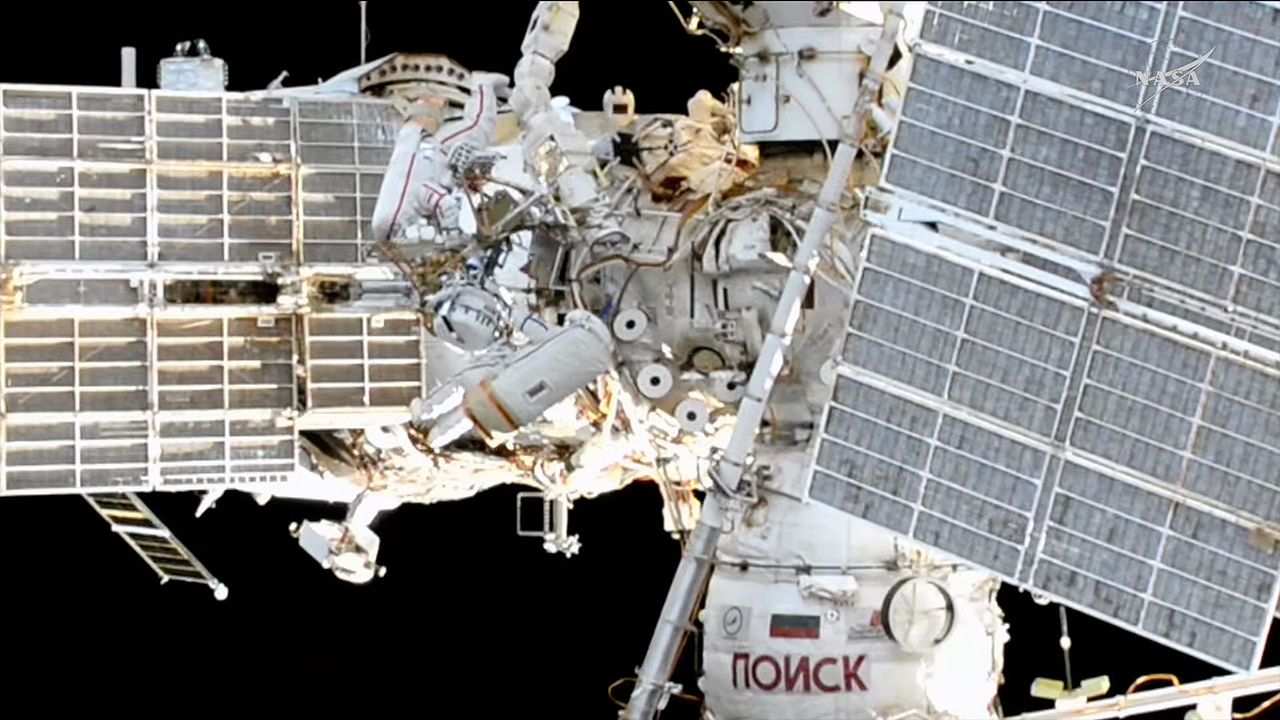
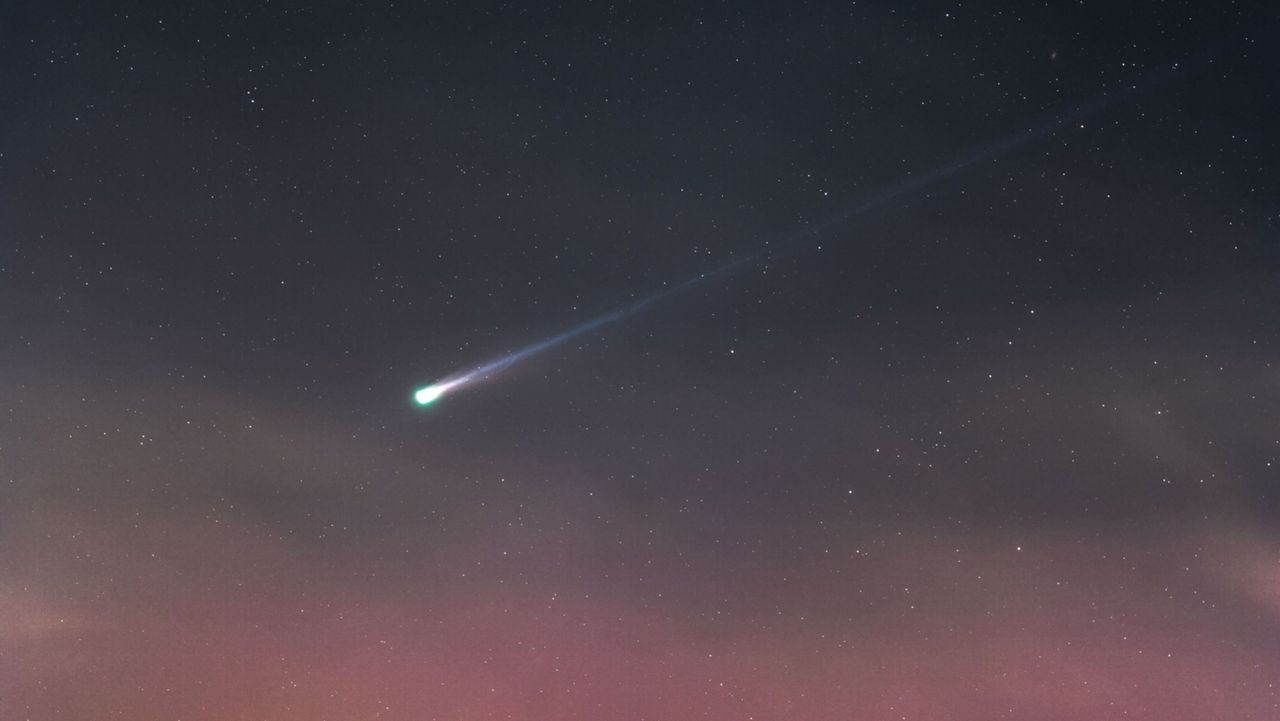
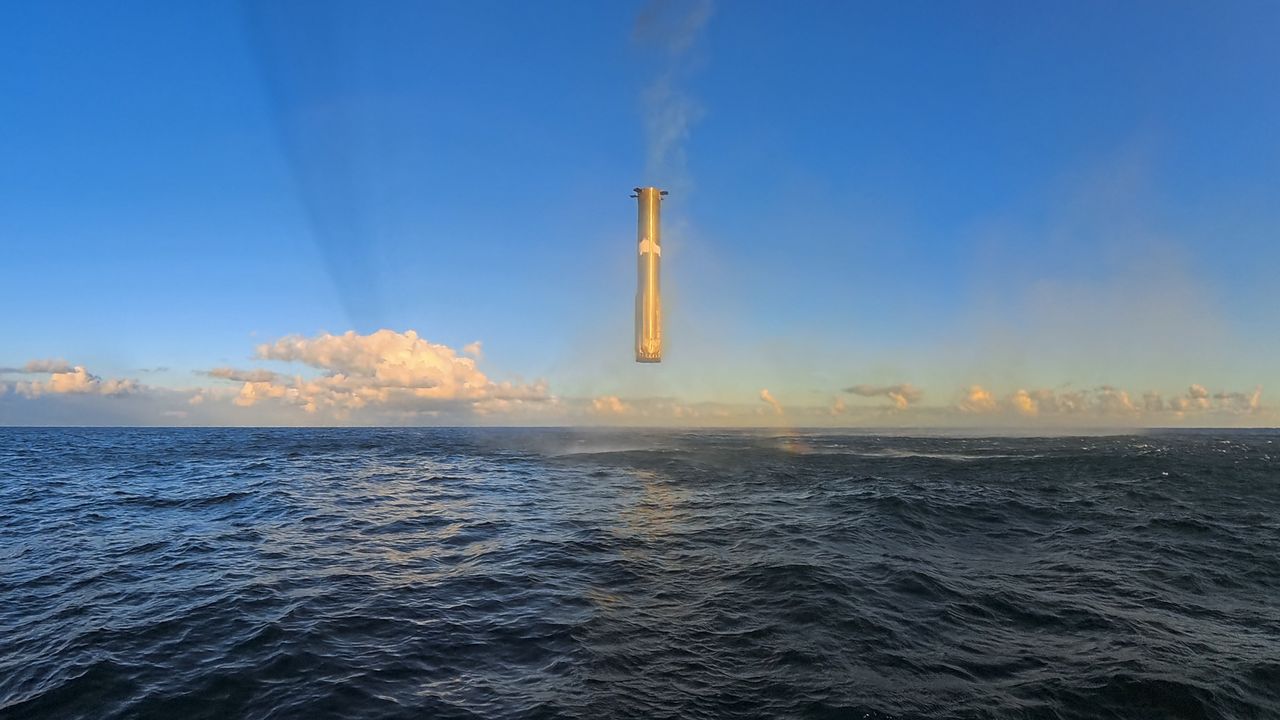
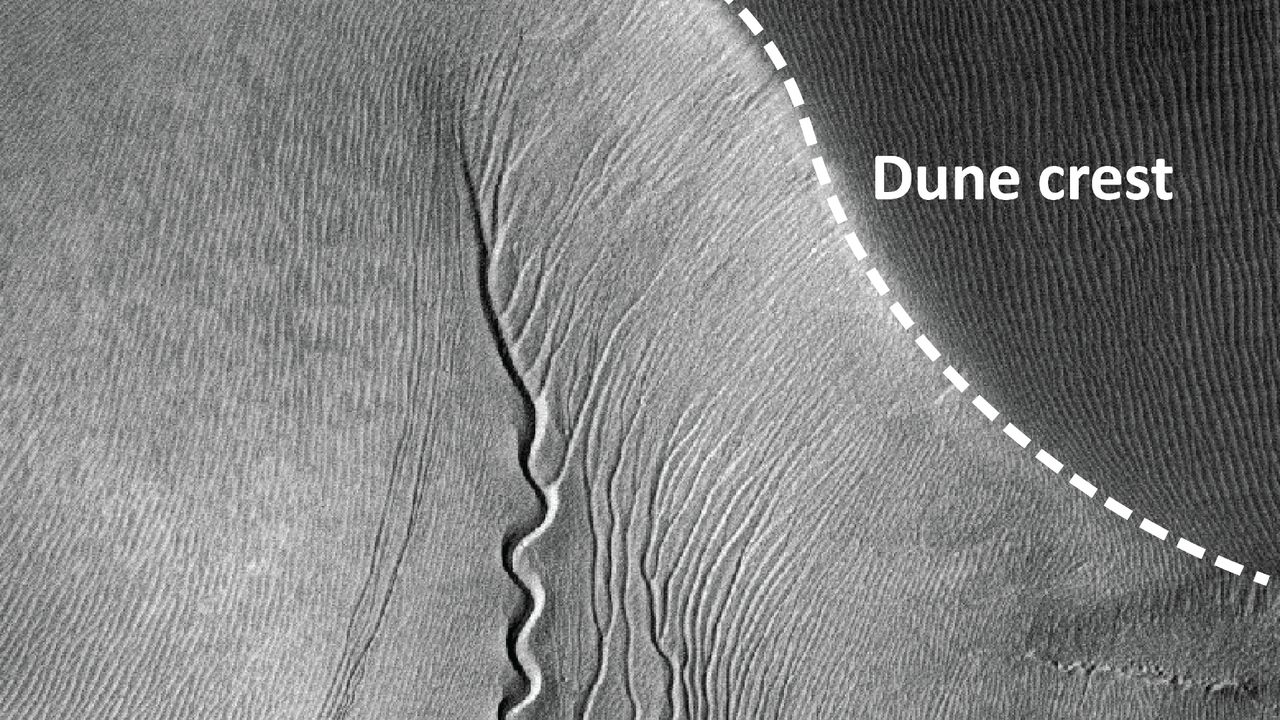


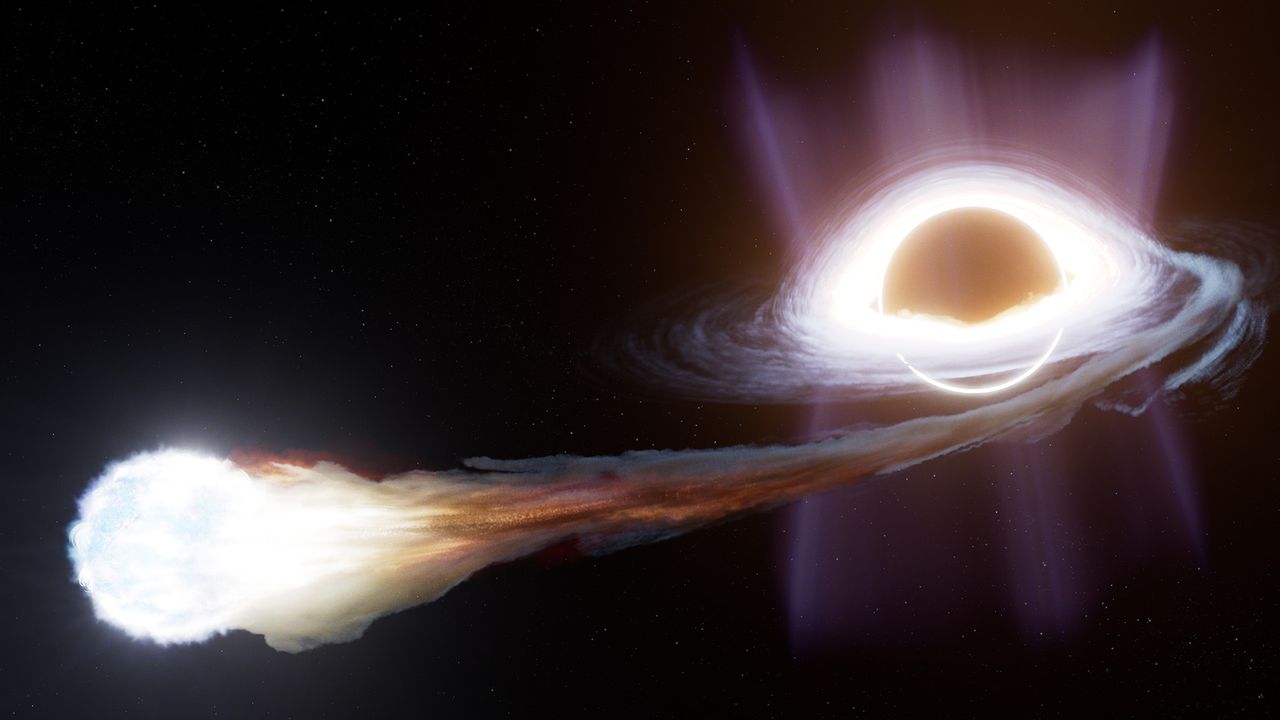
During the past week, you had to get up before morning twilight to spot Comet C/2025 A6 (Lemmon). And you still can. But thanks to its position in the north, now you also can see it in the evening sky. The comet is currently passing in front of the stars of the constellation Canes VenaticiContinue reading "Now’s the time to see Comet Lemmon"
The post Now’s the time to see Comet Lemmon appeared first on Astronomy Magazine.
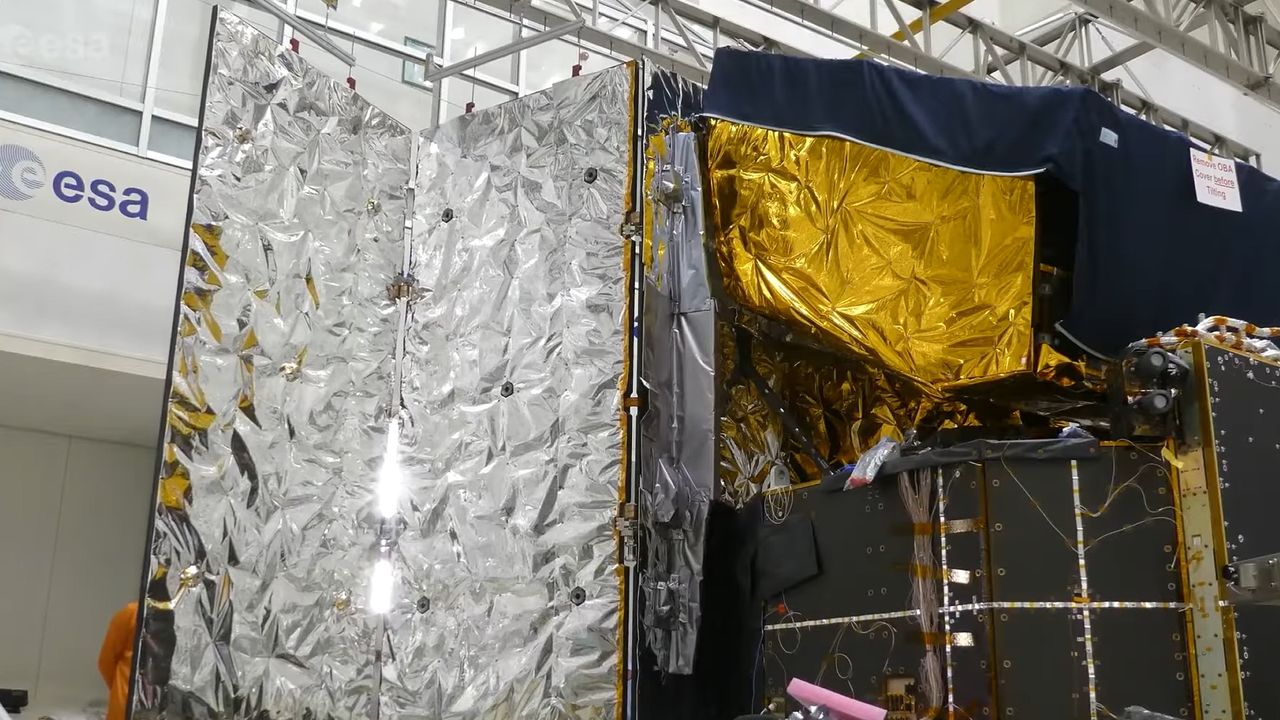

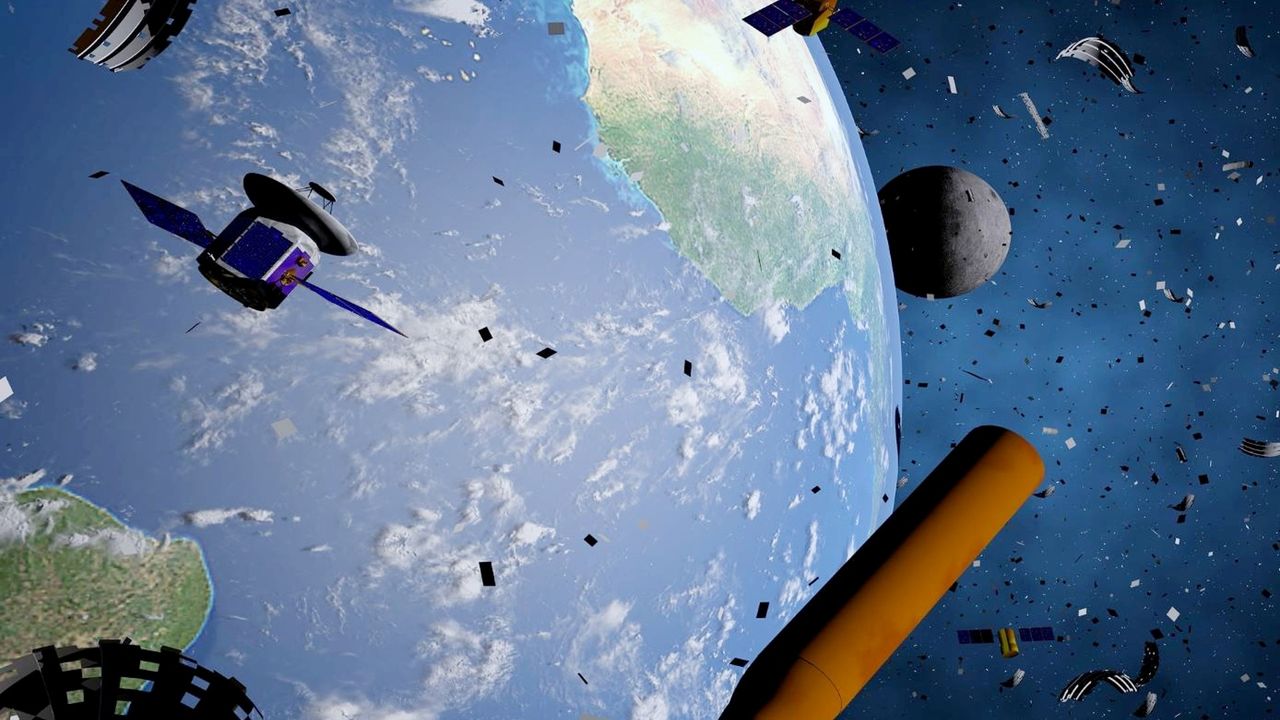
A joint project of NASA and the National Oceanic and Atmospheric Administration (NOAA), the Geostationary Operational Environmental Satellites (GOES) program provides continuous monitoring of weather both on Earth and in space. The GOES satellites map lightning activity, measure and image atmospheric conditions, and track solar activity and space weather. This constant flow of data isContinue reading "Oct. 16, 1975: The first GOES satellite launches"
The post Oct. 16, 1975: The first GOES satellite launches appeared first on Astronomy Magazine.

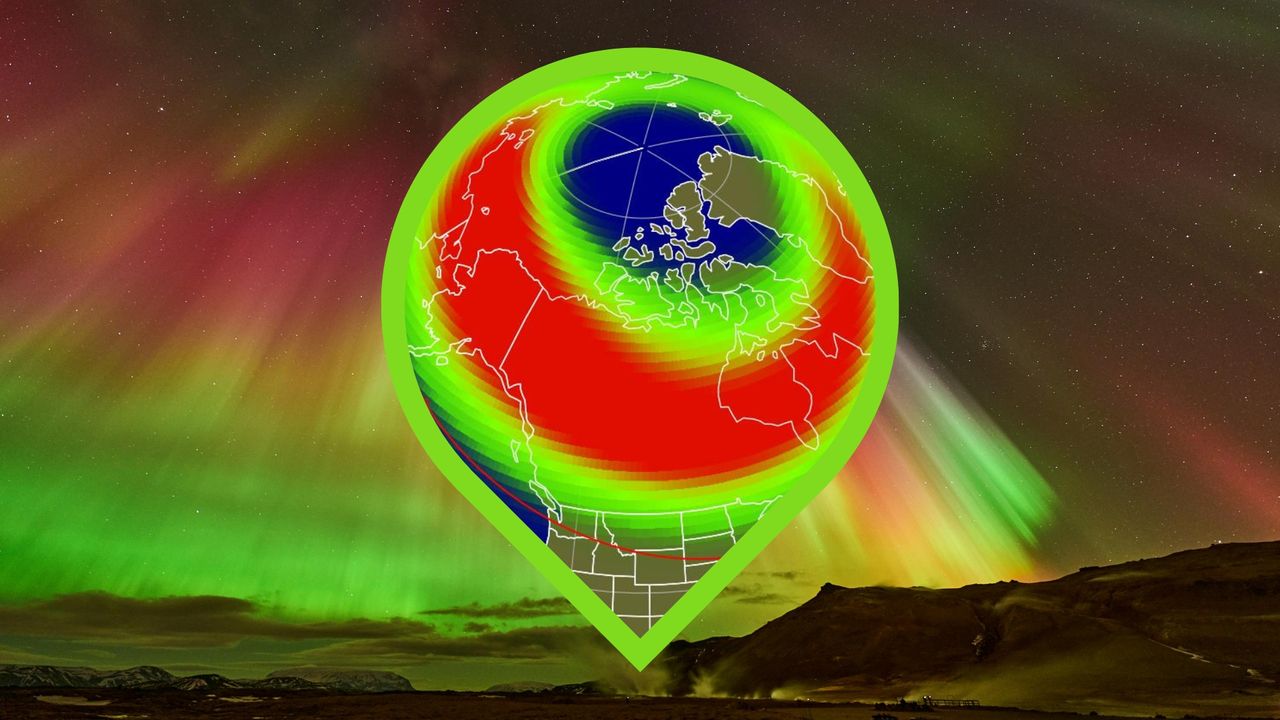


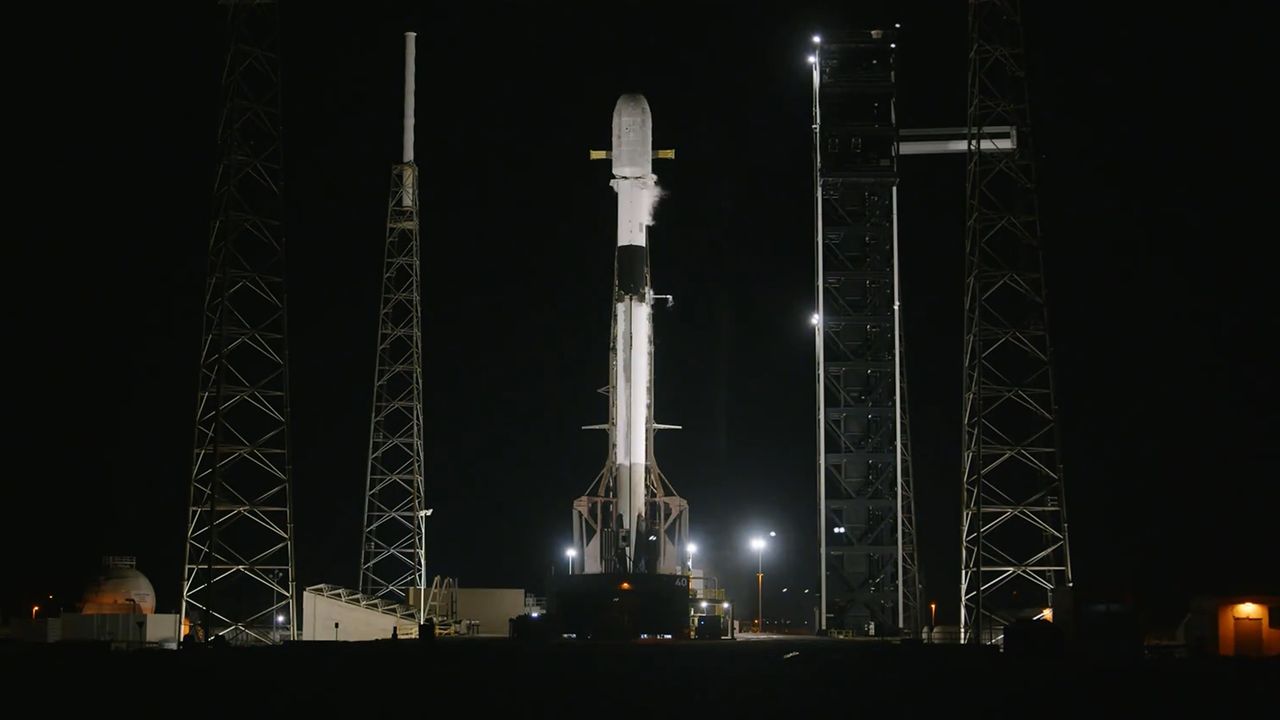
Looking for a sky event this week? Check out our full Sky This Week column. October 15: Check out Comet Lemmon The waning Moon has moved into Leo and stands close to Regulus, the Lion’s bright heart, in the early-morning sky today. An hour before sunrise, they are 40° high in the east, with the crescent Moon justContinue reading "The Sky Today on Thursday, October 16: The Moon rises with Regulus"
The post The Sky Today on Thursday, October 16: The Moon rises with Regulus appeared first on Astronomy Magazine.
Rod Pommier from Portland, Oregon Spiral galaxy M94 earns the nickname of the Cat’s Eye Galaxy for its hypnotic visual appearance — the disk surrounding its core is highlighted by a bright blue ring of star formation, called a starburst ring. Outside the disk lies what appears to be a faint outer ring that isContinue reading "A galactic eye"
The post A galactic eye appeared first on Astronomy Magazine.
Author(s): Charles Day
Electrostatic repulsion between electrons usually impairs the performance of electron microscopes. Now it can be turned into an advantage.
[Physics 18, s123] Published Wed Oct 15, 2025
Author(s): Ryan Wilkinson
A new spectroscopy method outperforms its rivals by pairing an ordinary frequency comb with an entangled one.
[Physics 18, s139] Published Wed Oct 15, 2025
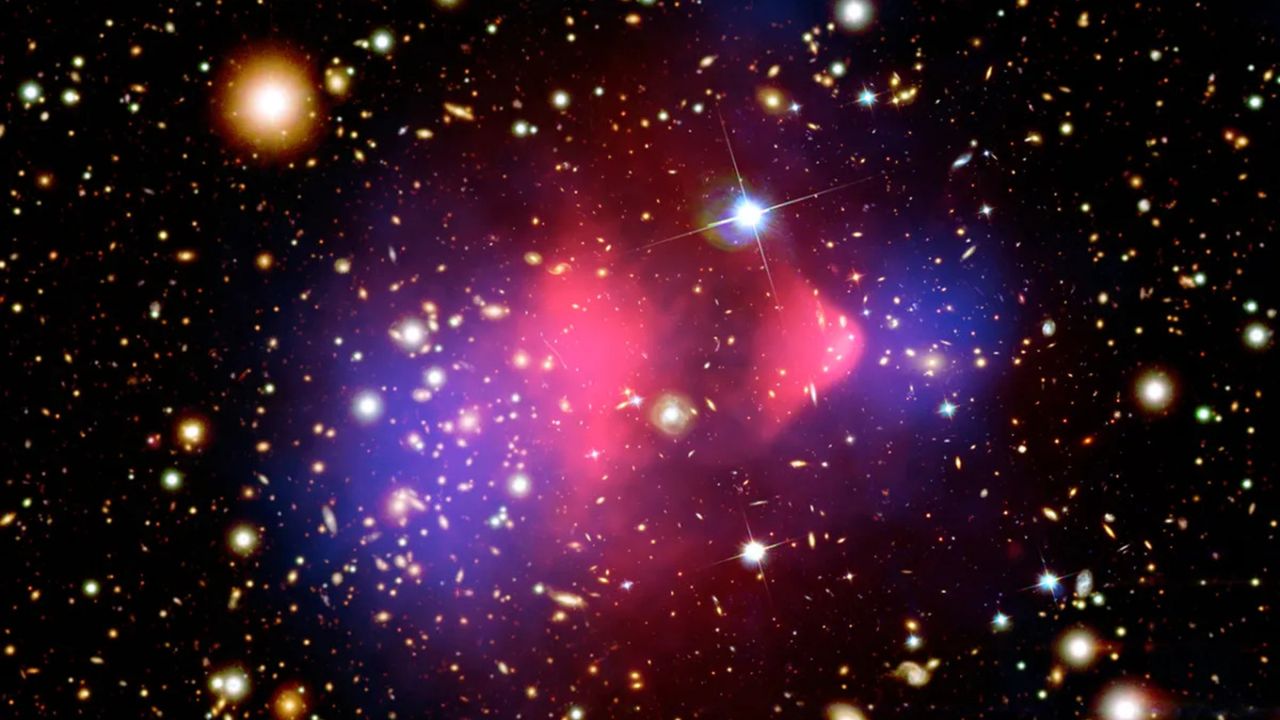
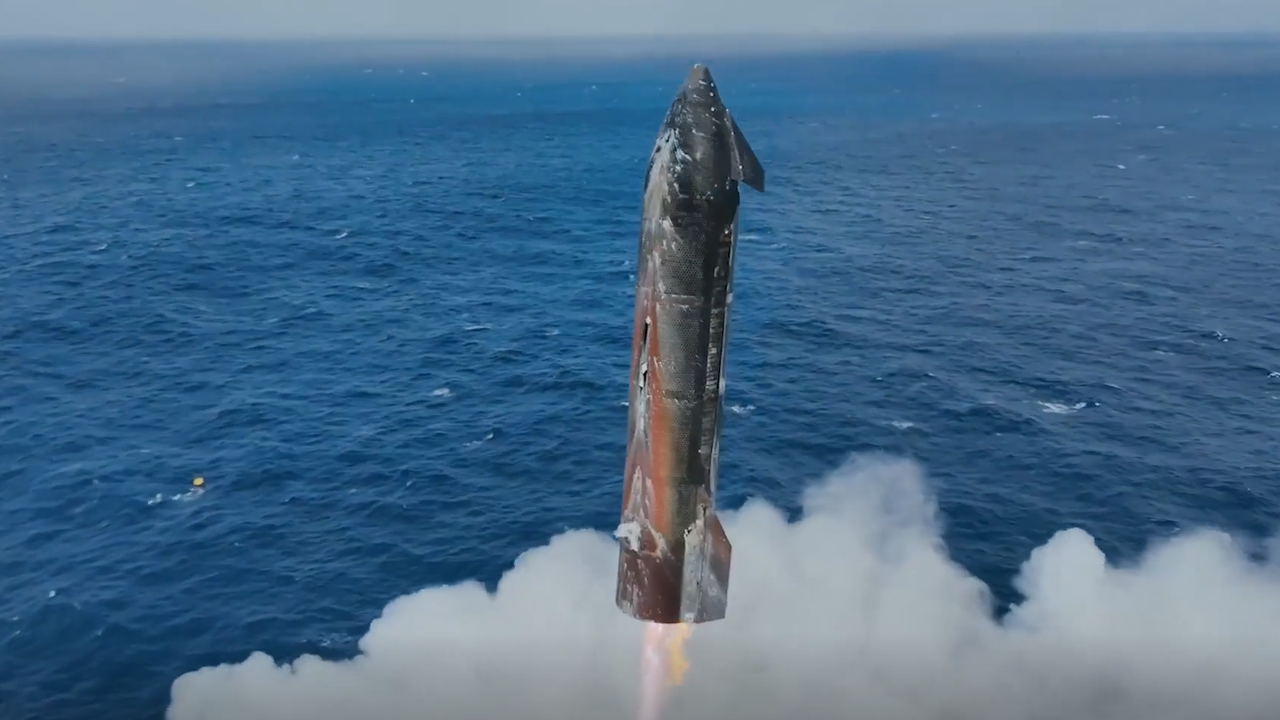
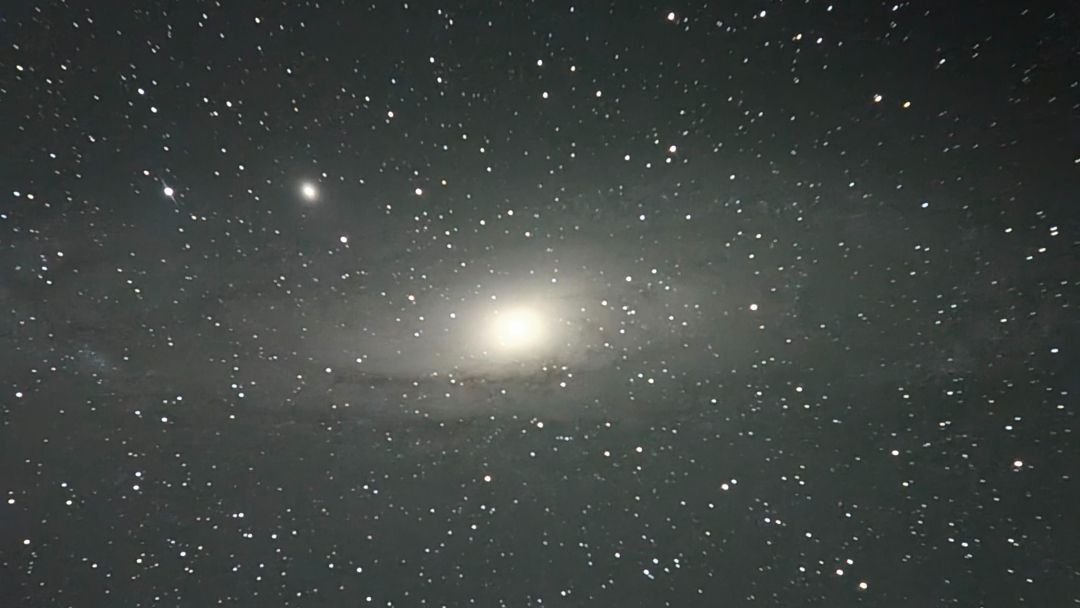
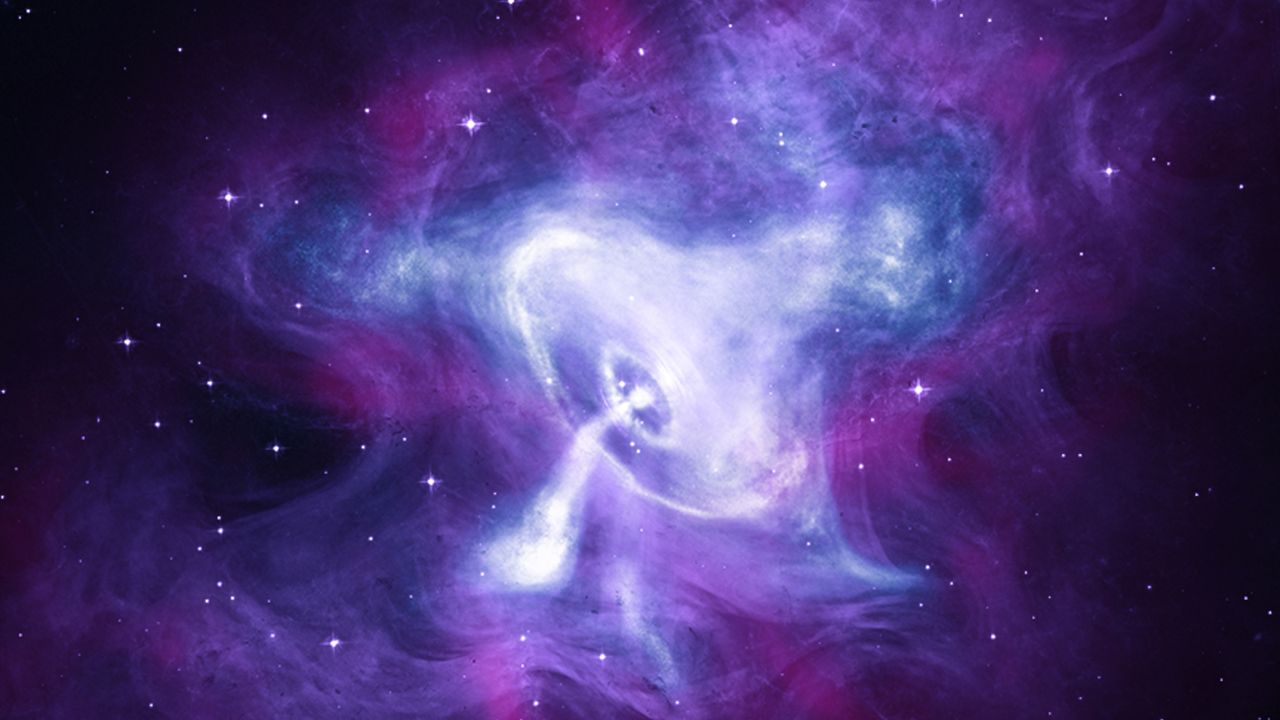
In April, I wrote a story inviting readers to join me in Egypt for the 2027 total solar eclipse. Well, that adventure is completely sold out. But if you still want to go, Astronomy magazine’s tour provider, Eclipse Traveler, has created another excursion you can sign up for. Called “2027 Pharaoh’s Shadow,” this six-night tour begins withContinue reading "Don’t miss the eclipse of our lifetime"
The post Don’t miss the eclipse of our lifetime appeared first on Astronomy Magazine.
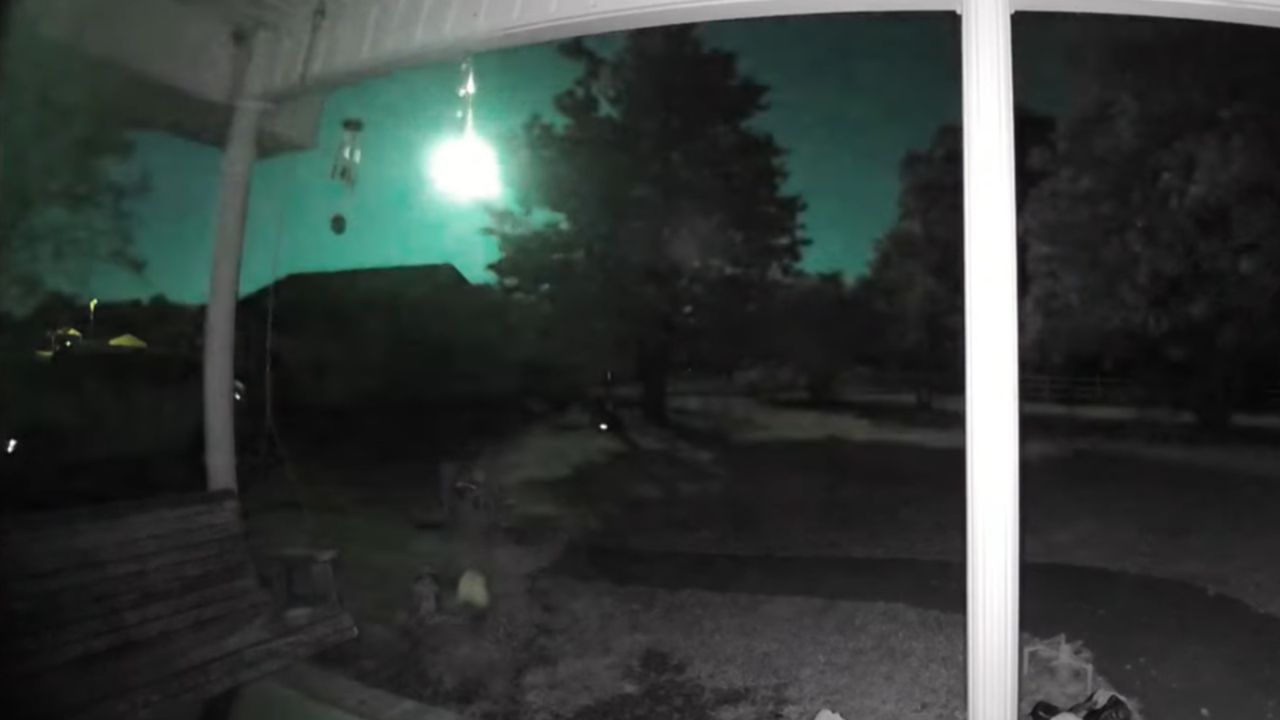
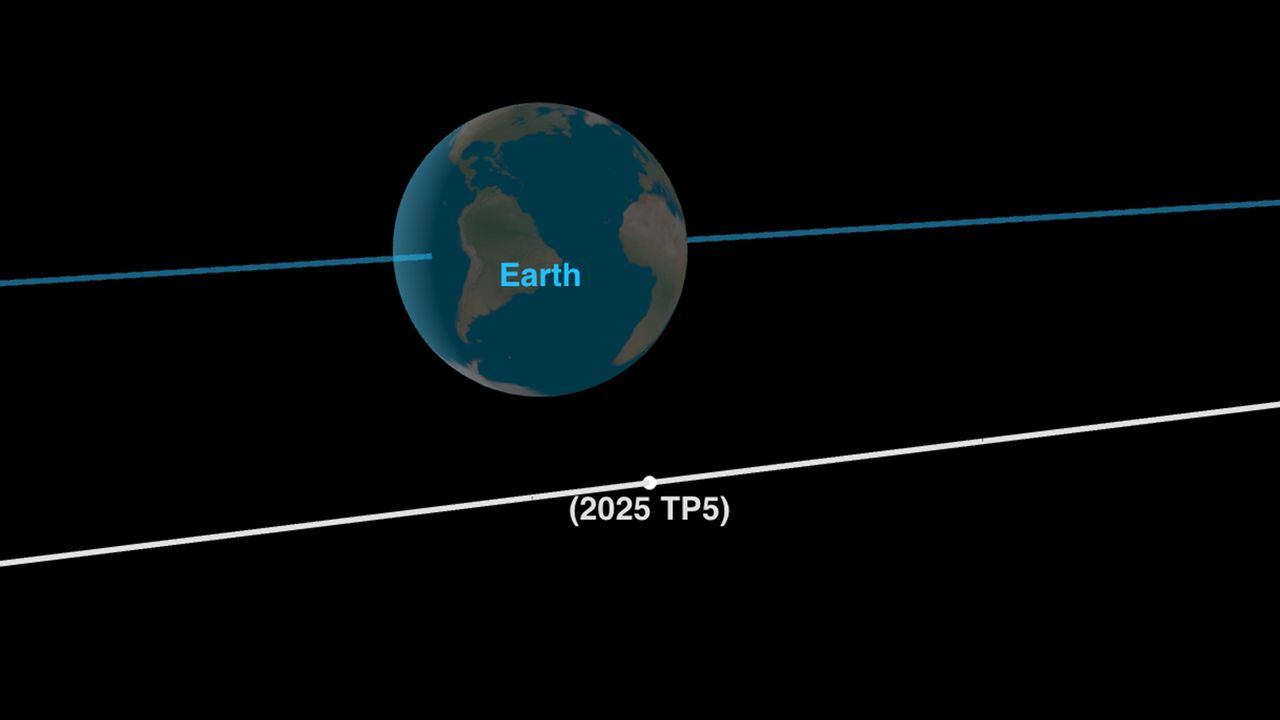

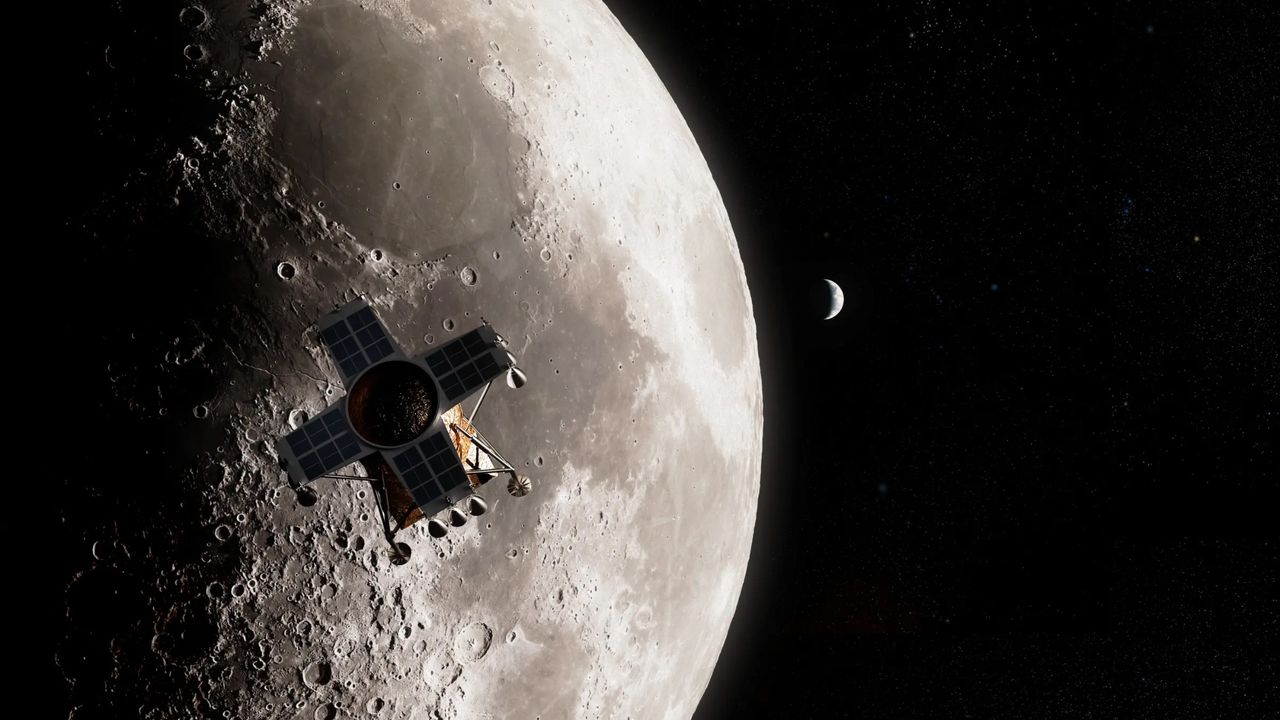
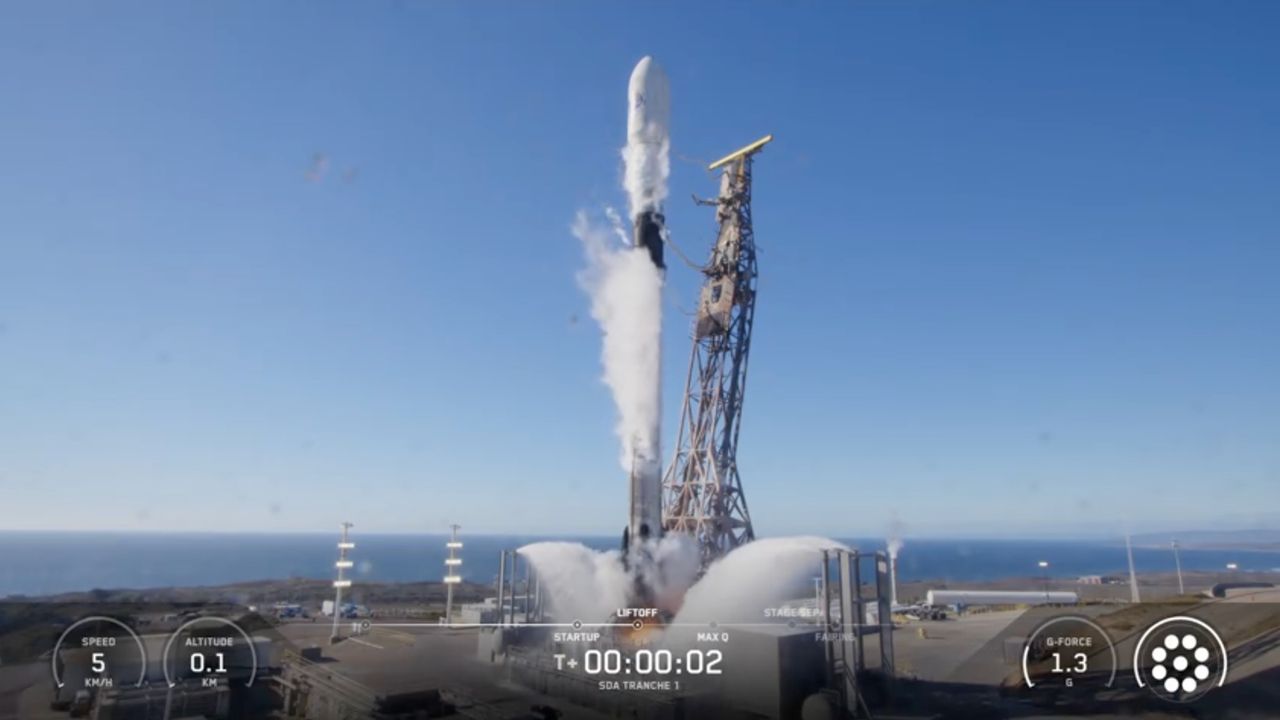
Author(s): Ryan Wilkinson
A newly devised cylindrical metamaterial could protect sensitive engineering equipment by isolating vibrations.
[Physics 18, s129] Published Tue Oct 14, 2025
NASA’s Jet Propulsion Laboratory (JPL) on Monday announced that it will lay off about 550 employees, or about 11 percent of its workforce. According to JPL director Dave Gallagher, the move has nothing to do with the ongoing government shutdown, which the White House Office of Management and Budget (OMB) has pledged to use as anContinue reading "NASA’s JPL lays off 550 employees"
The post NASA’s JPL lays off 550 employees appeared first on Astronomy Magazine.
Since its arrival this summer, scientists have been racing to understand as much as possible about 3I/ATLAS, the third recorded visitor from outside our solar system. A breakthrough study published on Sept. 30 has scientists exclaiming, “OH!”: the first detection of hydroxyl gas (OH) from an interstellar object. The finding provides a crucial touchstone forContinue reading "Comet 3I/ATLAS shows signs of water"
The post Comet 3I/ATLAS shows signs of water appeared first on Astronomy Magazine.
The Moon may seem like a lifeless, unchanging world, but new research reveals it’s more geologically active than previously understood. A team of Chinese scientists has identified 41 new landslides on the lunar surface that formed since 2009, concluding they were most likely triggered by seismic activity. This discovery has significant implications for our understandingContinue reading "Moonquakes are the primary trigger for lunar landslides, study finds"
The post Moonquakes are the primary trigger for lunar landslides, study finds appeared first on Astronomy Magazine.
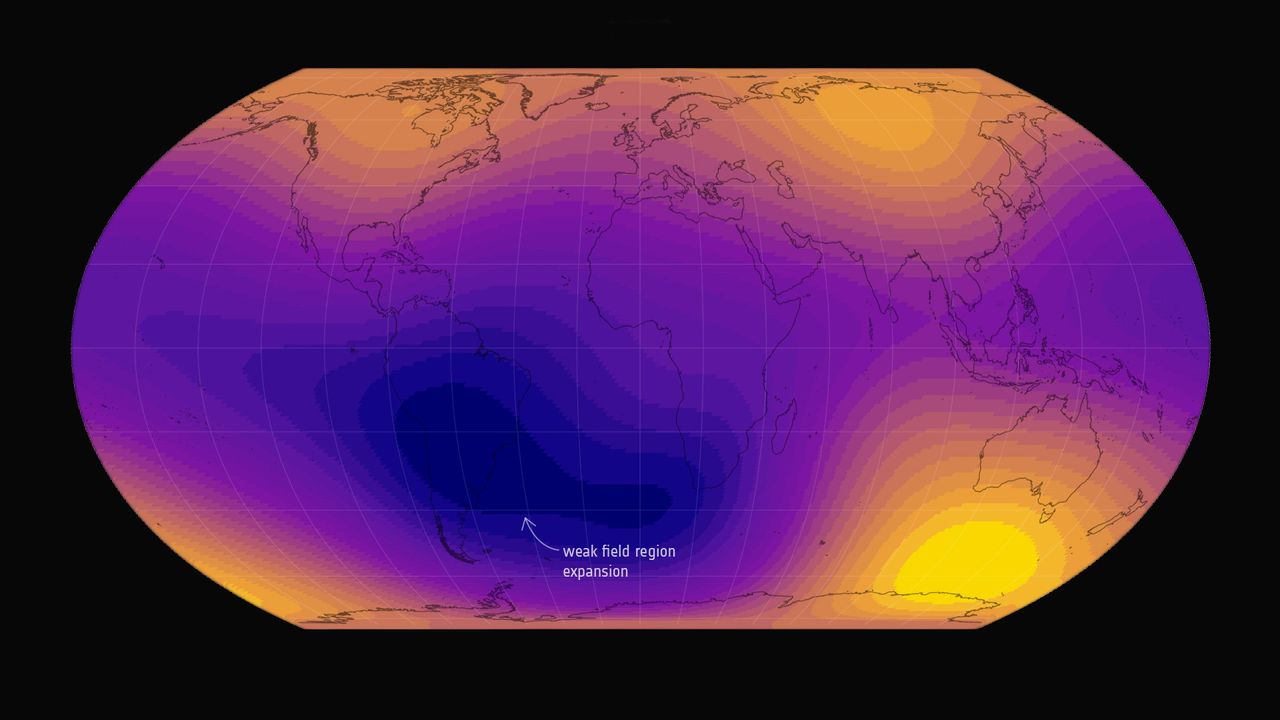
At 4:43 A.M. on Oct. 15, 1997, the staccato crackle of the Titan IVB/Centaur’s two side-mounted solid rocket boosters shattered the predawn gloom. Pushing Cassini-Huygens off the pad with a thrust of 3.4 million pounds (1.5 million kilograms), their bright glare turned night into day (and set off numerous car alarms) above a sleeping Florida.Continue reading "Oct. 15, 1997: Cassini-Huygens launches"
The post Oct. 15, 1997: Cassini-Huygens launches appeared first on Astronomy Magazine.

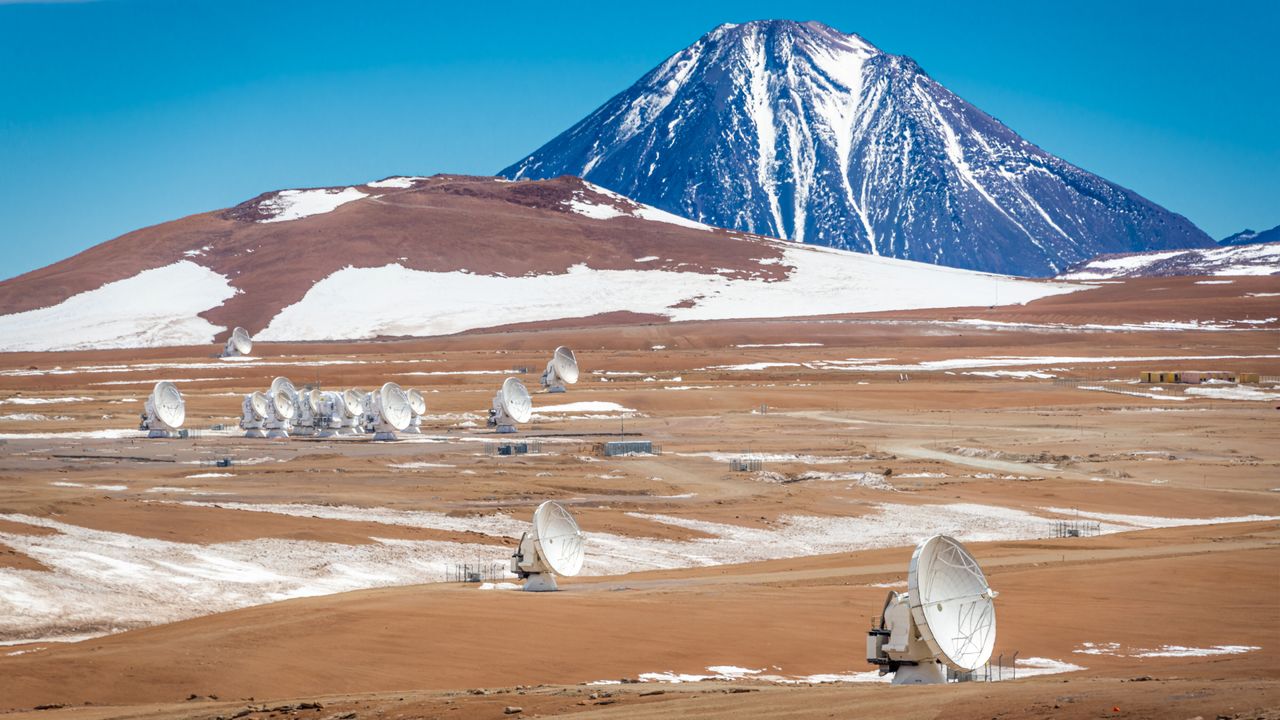
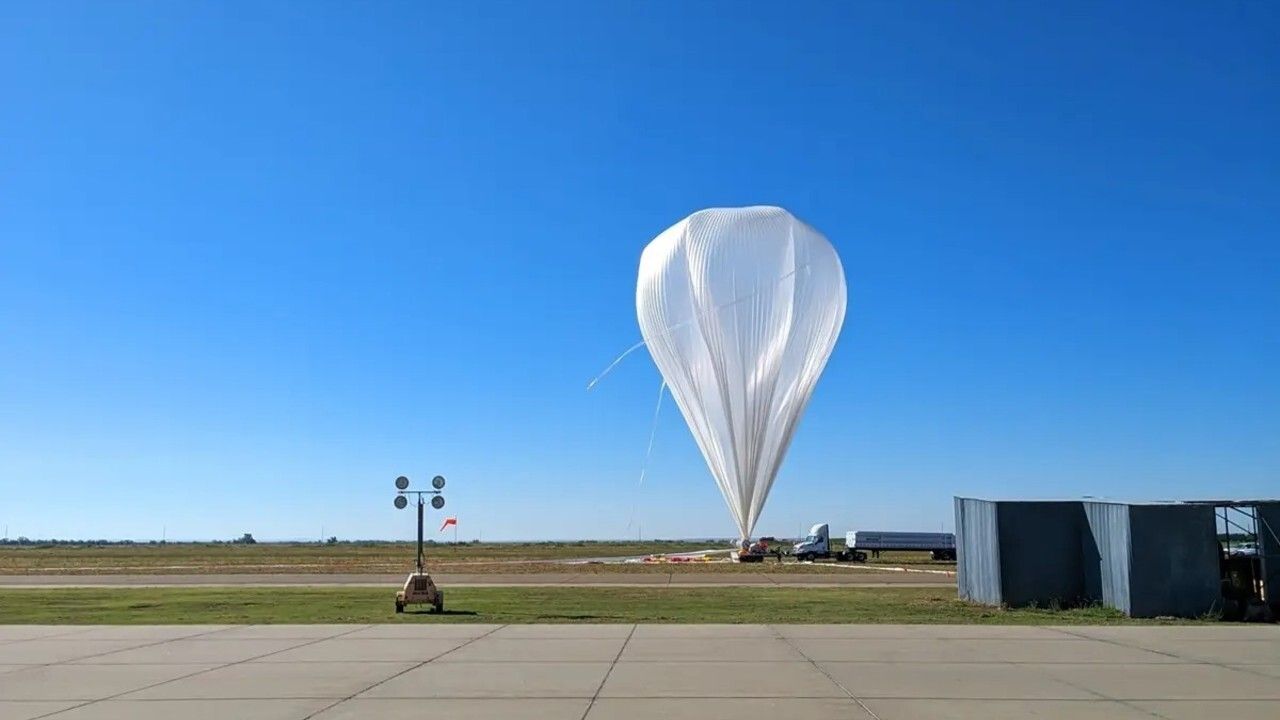
Looking for a sky event this week? Check out our full Sky This Week column. October 14: Look south for Pluto and M75 Comet C/2025 A6 (Lemmon) is currently making a splash across the sky, recently observed at magnitude 5.7 and visible in the predawn sky about an hour and a half before the Sun rises. ThisContinue reading "The Sky Today on Wednesday, October 15: Check out Comet Lemmon"
The post The Sky Today on Wednesday, October 15: Check out Comet Lemmon appeared first on Astronomy Magazine.
Andrew Stone The Pacman Nebula (NGC 281) in Cassiopeia glows at around magnitude 7, but that brightness is spread across an area slightly larger than the Full Moon. This image comprises around 28 hours of exposure in Hα/OIII and SII/OIII dual-band filters, taken with a 5.5-inch scope at f/4.3 and processed in the Hubble palette.
The post Waka-waka-waka… appeared first on Astronomy Magazine.
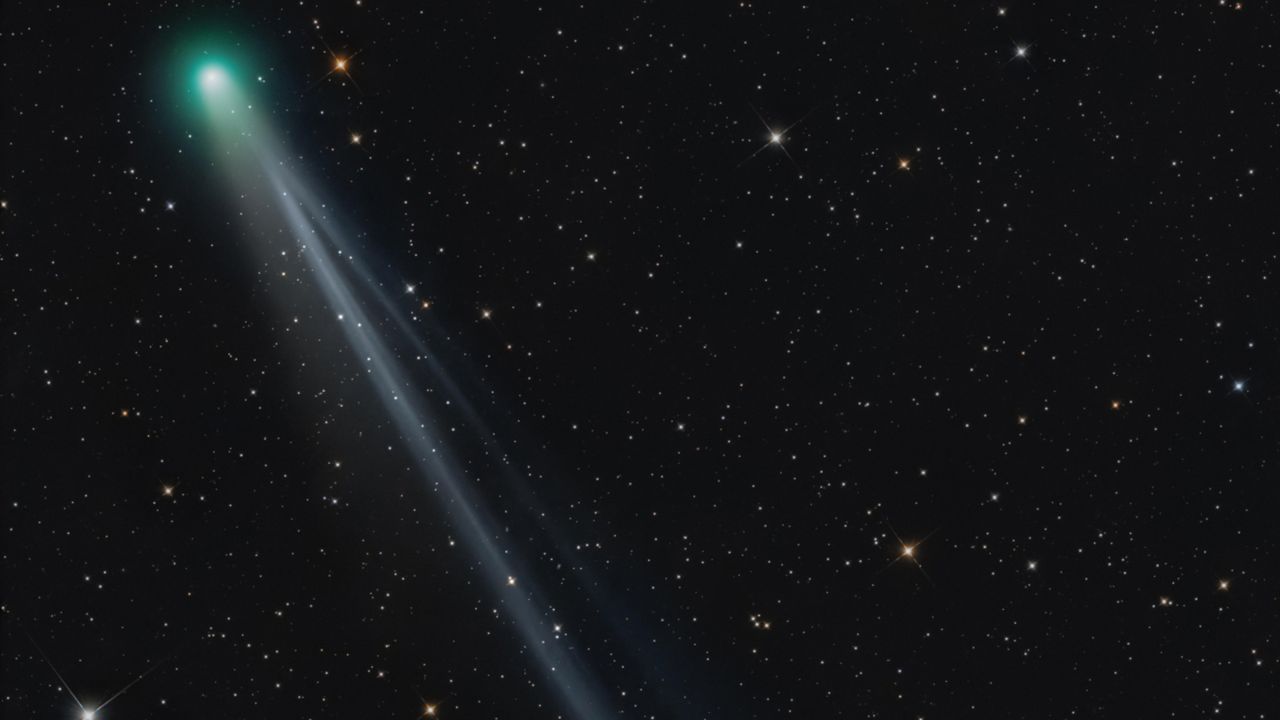
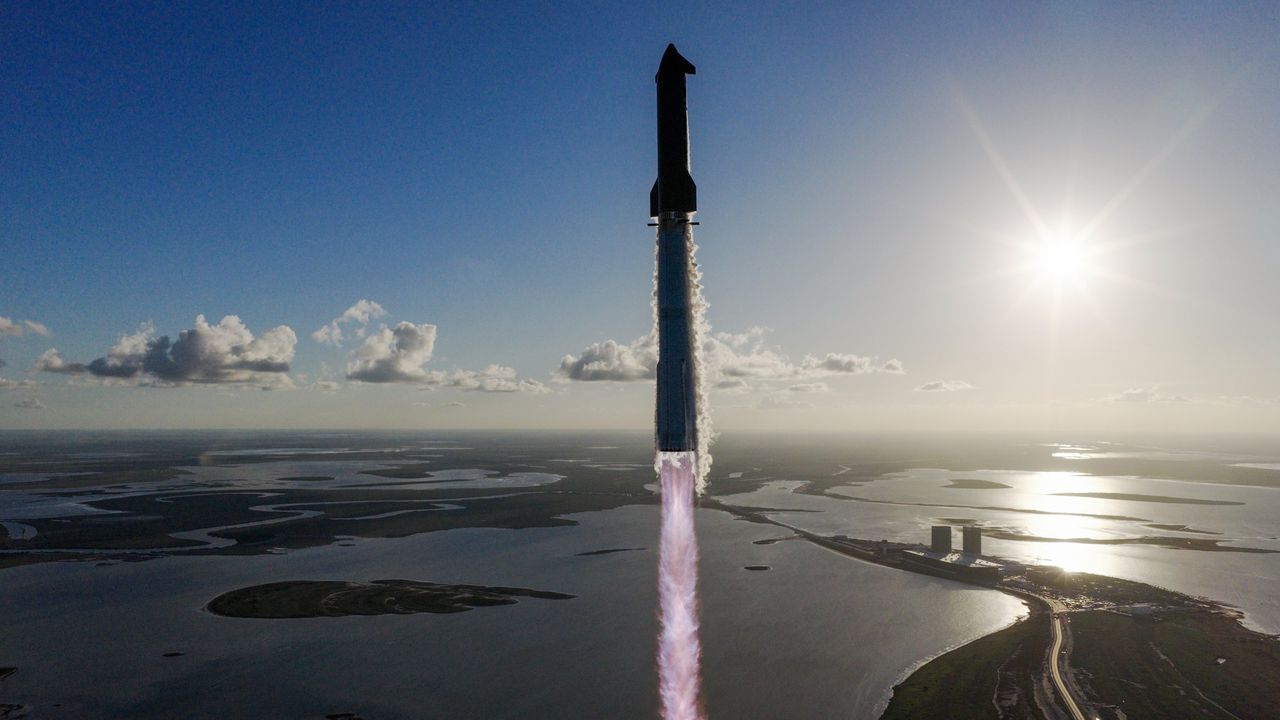
SpaceX’s Starship rocket successfully completed its 11th test flight on Monday, capping a tumultuous year for the hulking vehicle as the company looks to push the envelope with a more powerful configuration. Monday’s test continued Starship’s return to form, marking its second consecutive reentry and splashdown following a string of in-flight and test stand mishaps. It was Starship’s finalContinue reading "Starship’s 11th Test Flight marks new era for SpaceX rocket"
The post Starship’s 11th Test Flight marks new era for SpaceX rocket appeared first on Astronomy Magazine.



One of the big questions about Mars is how wet was it in the past, and why is it so dry today? A new study published online September 2, 2025, in the journal Geology, examined a number of martian craters. Scientists were looking for past ice deposits, which act like archives where the planet’s geological history can be studied. TheyContinue reading "Mars’ ice has been disappearing"
The post Mars’ ice has been disappearing appeared first on Astronomy Magazine.



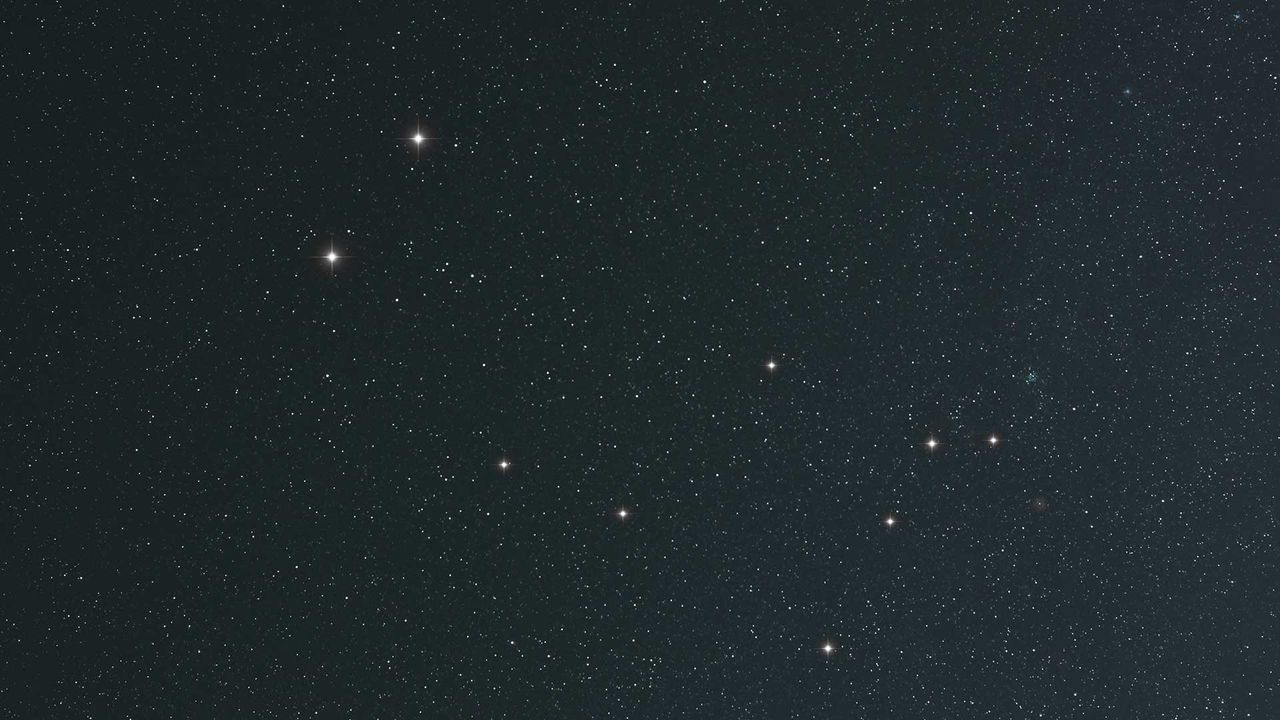
When Glamorous Glennis, an experimental Bell X-1 aircraft built to mimic the shape of a .50 caliber bullet, shot to 700 mph (1,127 km/h) with Air Force Captain Chuck Yeager inside, it paved the way for Americans to one day travel to space. On Oct. 14, 1947, the X-1 was launched from the bomb bayContinue reading "Oct. 14, 1947: Flying faster than sound"
The post Oct. 14, 1947: Flying faster than sound appeared first on Astronomy Magazine.
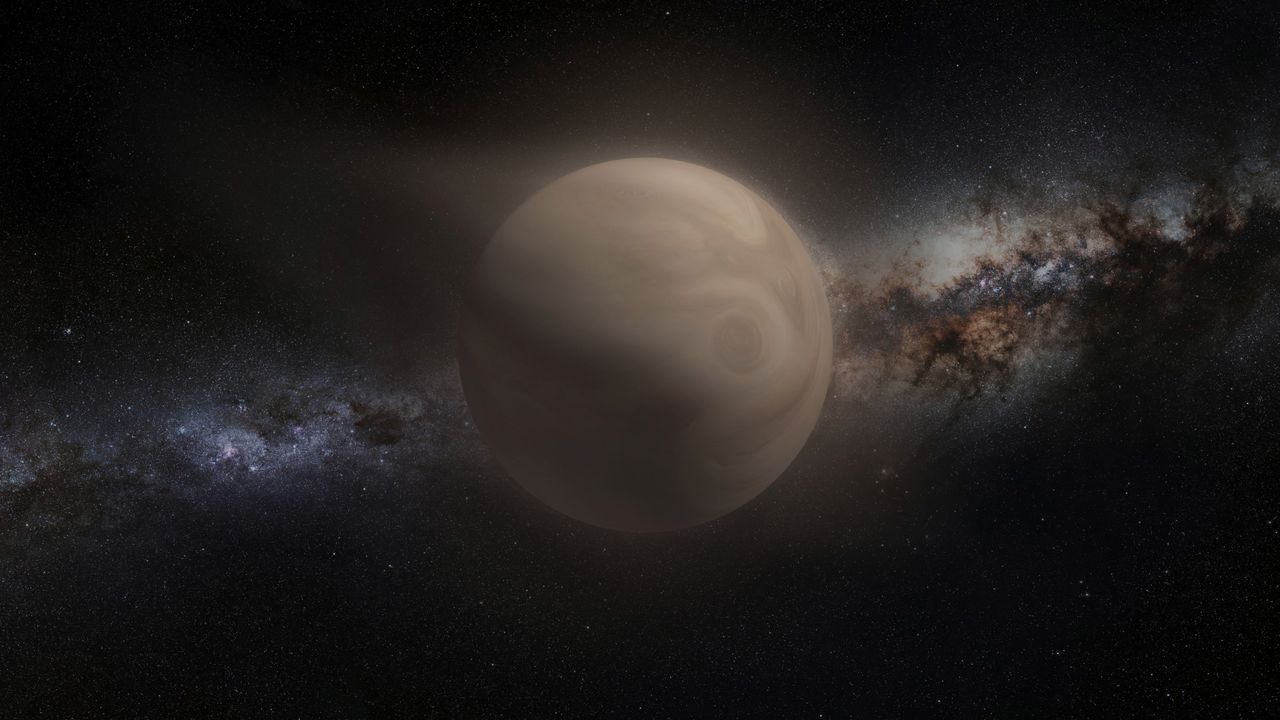
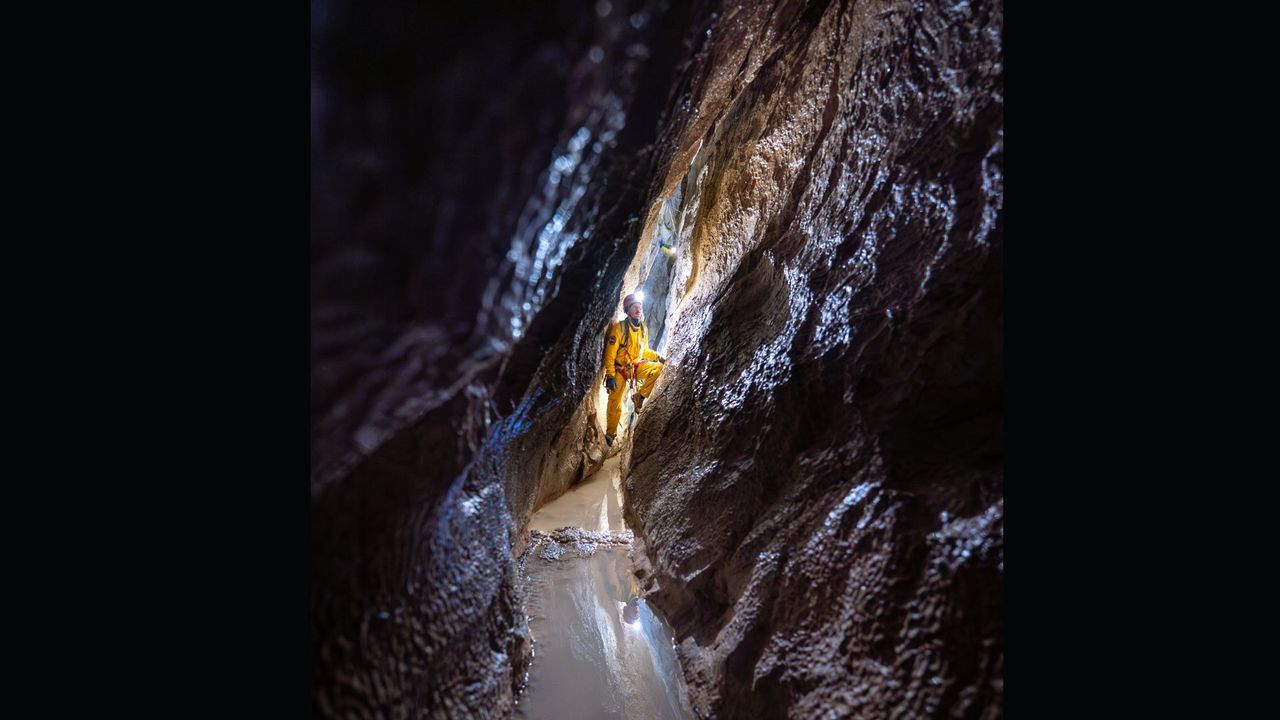

📷: Ogetay Kayali from Houghton, Michigan Three objects fill this frame in the constellation Cepheus. At far right is the Shark Nebula (LDN 1235), at center left is the Wolf’s Cave Nebula (LDN 1217), and in the upper left corner is … well, what looks like a piece of toast to this imager, who proposedContinue reading "I propose a Toast"
The post I propose a Toast appeared first on Astronomy Magazine.
Looking for a sky event this week? Check out our full Sky This Week column. October 13: The Moon reaches Last Quarter The Moon rises together with Jupiter around midnight on October 13 and are visible into the early-morning hours of October 14. The Moon lies just to the lower left of bright Jupiter; the planet isContinue reading "The Sky Today on Tuesday, October 14: Look south for Pluto and M75"
The post The Sky Today on Tuesday, October 14: Look south for Pluto and M75 appeared first on Astronomy Magazine.

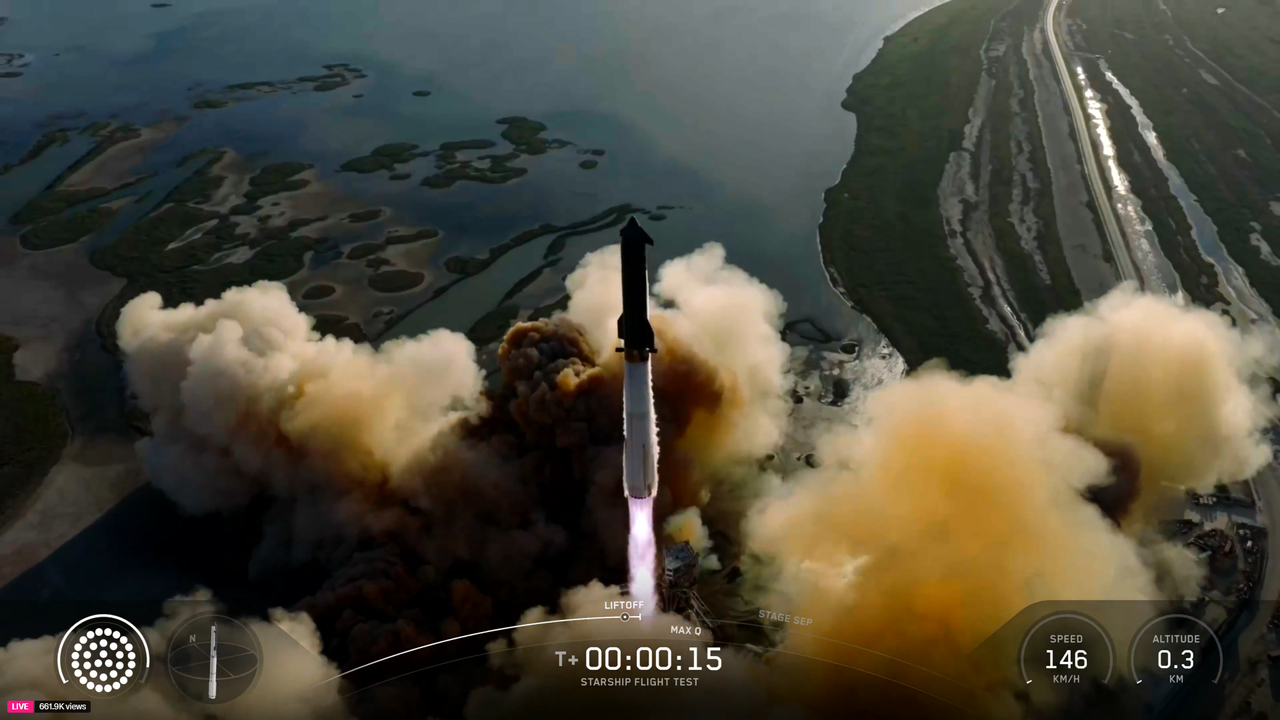
On Oct. 13, 1773, Charles Messier spotted the Whirlpool Galaxy (M51) for the first time. Writing of it a few months later, he described the object as a “very faint nebula without any stars”; it would become the 51st entry in his famous catalog of non-comets. In 1781, Messier’s friend and fellow astronomer Pierre MechainContinue reading "Oct. 13, 1773: The discovery of the Whirlpool Galaxy"
The post Oct. 13, 1773: The discovery of the Whirlpool Galaxy appeared first on Astronomy Magazine.


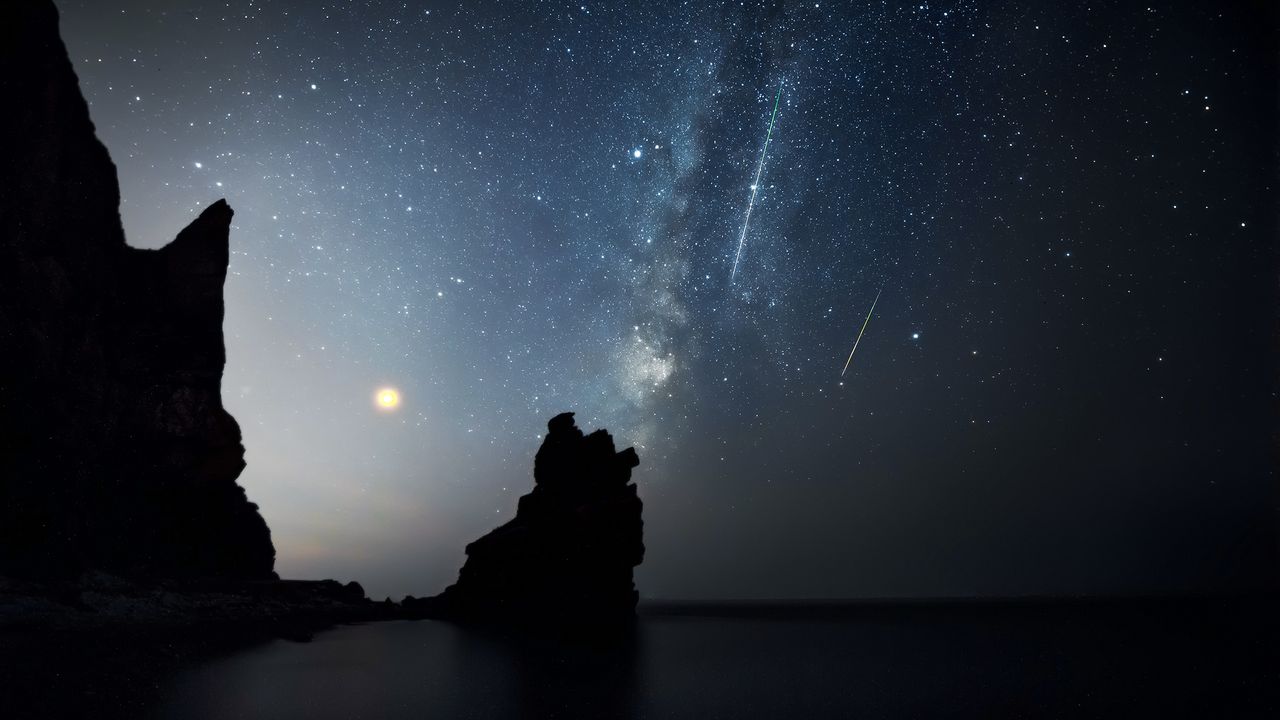
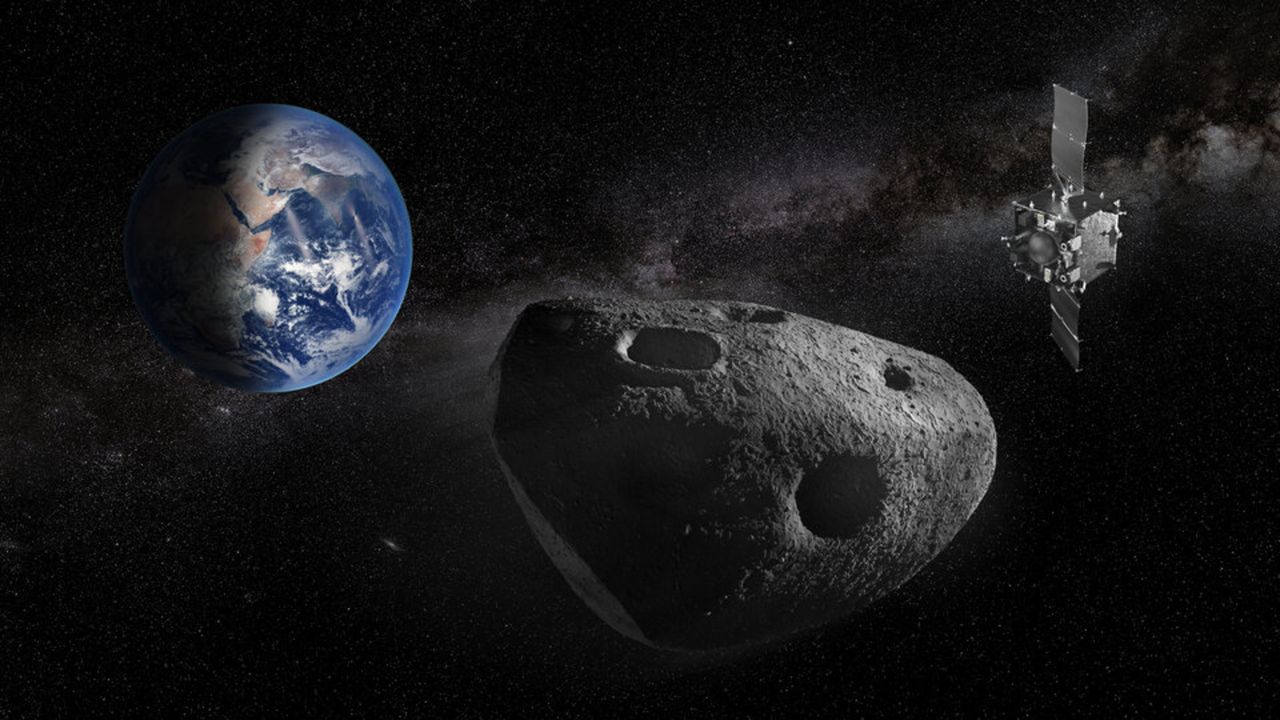

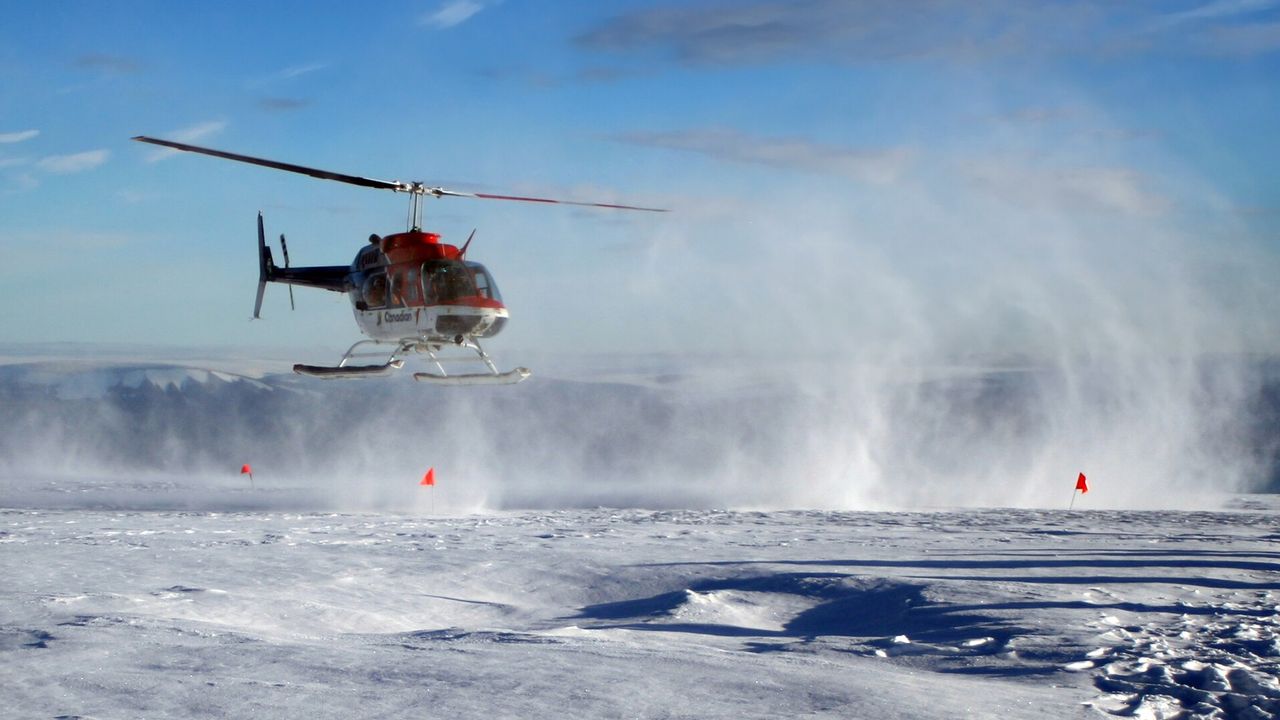
Mission highlight: SpaceX Starship Test Flight 11 This week’s highlighted mission is the eleventh integrated flight test of SpaceX’s Starship. Liftoff from Starbase in Texas is scheduled for Monday, Oct. 13, with the launch window opening at 7:15 p.m. EDT. A livestream will begin here about 30 minutes before liftoff. The upcoming flight will buildContinue reading "How to watch today’s Starship Test Flight 11 launch"
The post How to watch today’s Starship Test Flight 11 launch appeared first on Astronomy Magazine.
Nearly 300 space advocates from across the United States converged on Capitol Hill on Oct. 6 for a “Save NASA Science” Day of Action, pressing lawmakers to protect the agency’s budget. The event, organized by The Planetary Society and a coalition of 20 science and education organizations, took place against the backdrop of a federalContinue reading "Advocates rally to “Save NASA Science” amidst government shutdown"
The post Advocates rally to “Save NASA Science” amidst government shutdown appeared first on Astronomy Magazine.
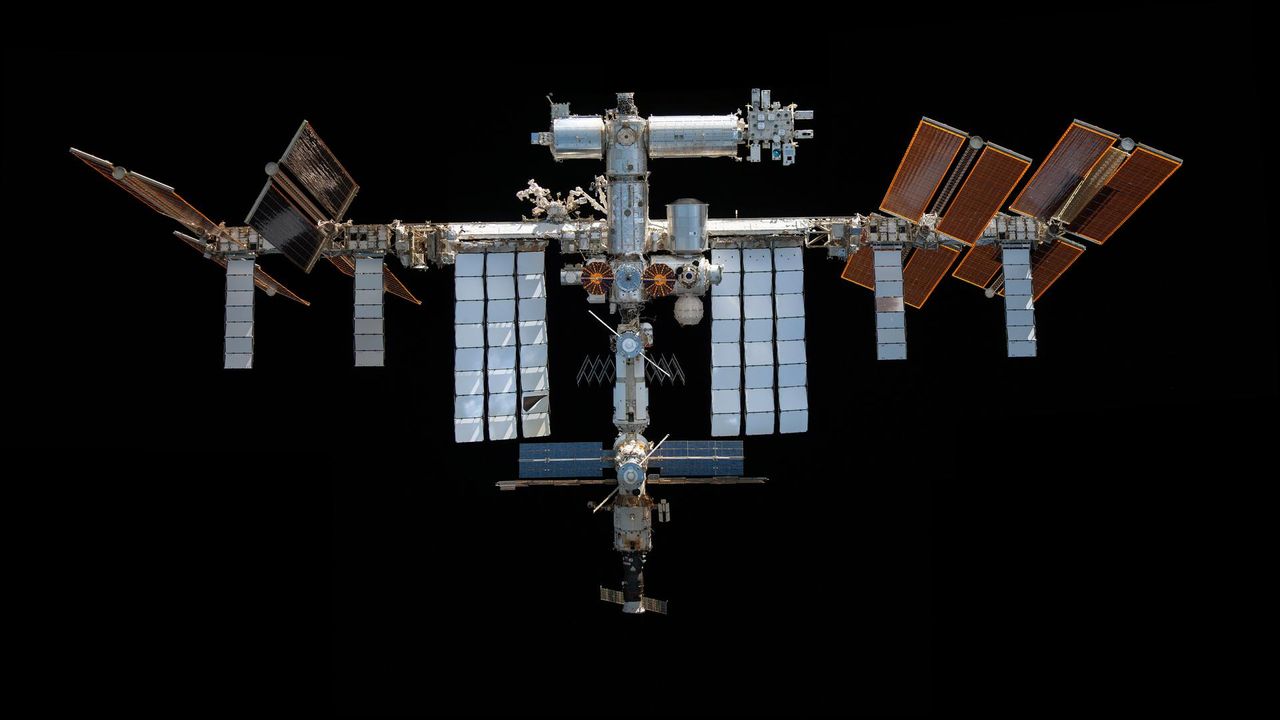
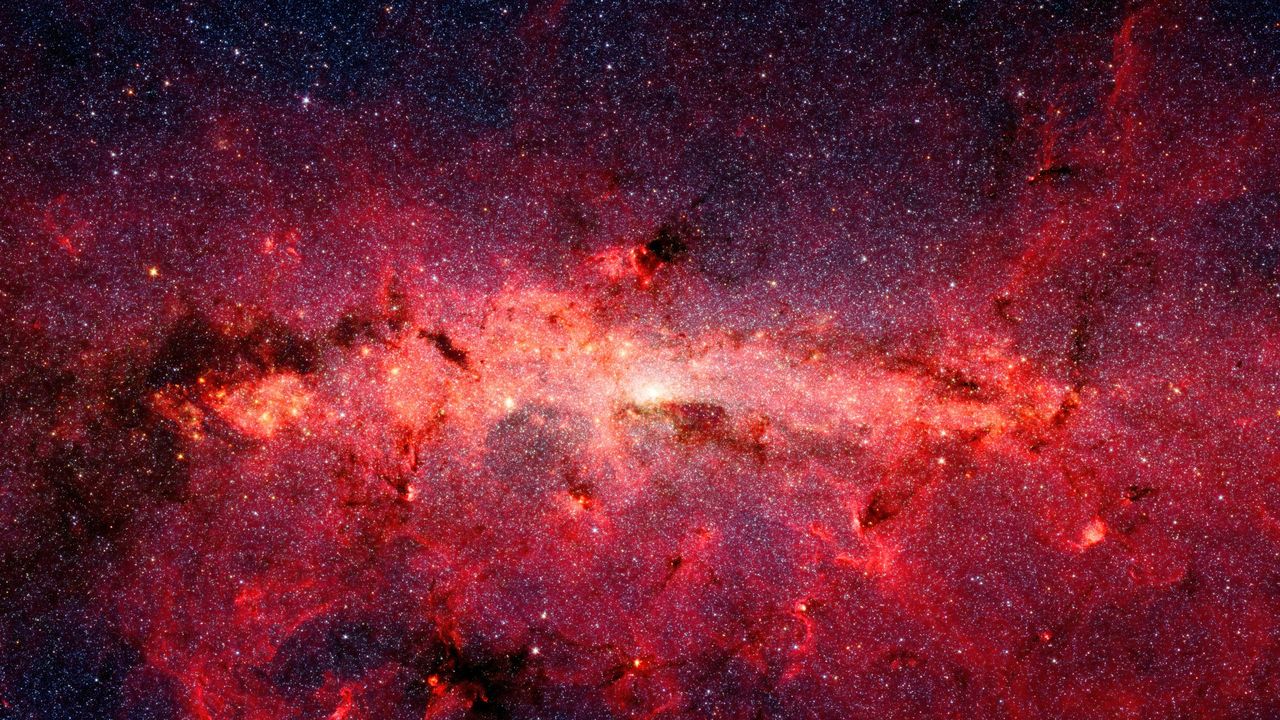
In this episode, Astronomy magazine Editor Emeritus Dave Eicher invites you to head out in the early morning hours of October 14 to view the Moon close to Jupiter, which lies in the constellation Gemini the Twins. Although the Moon won’t be at its brightest, it still spreads a lot of light into the sky. But JupiterContinue reading "This Week in Astronomy with Dave Eicher: The Moon meets Jupiter"
The post This Week in Astronomy with Dave Eicher: The Moon meets Jupiter appeared first on Astronomy Magazine.
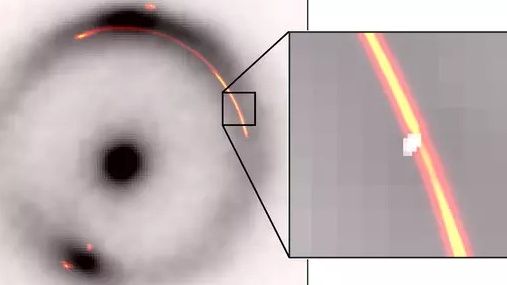
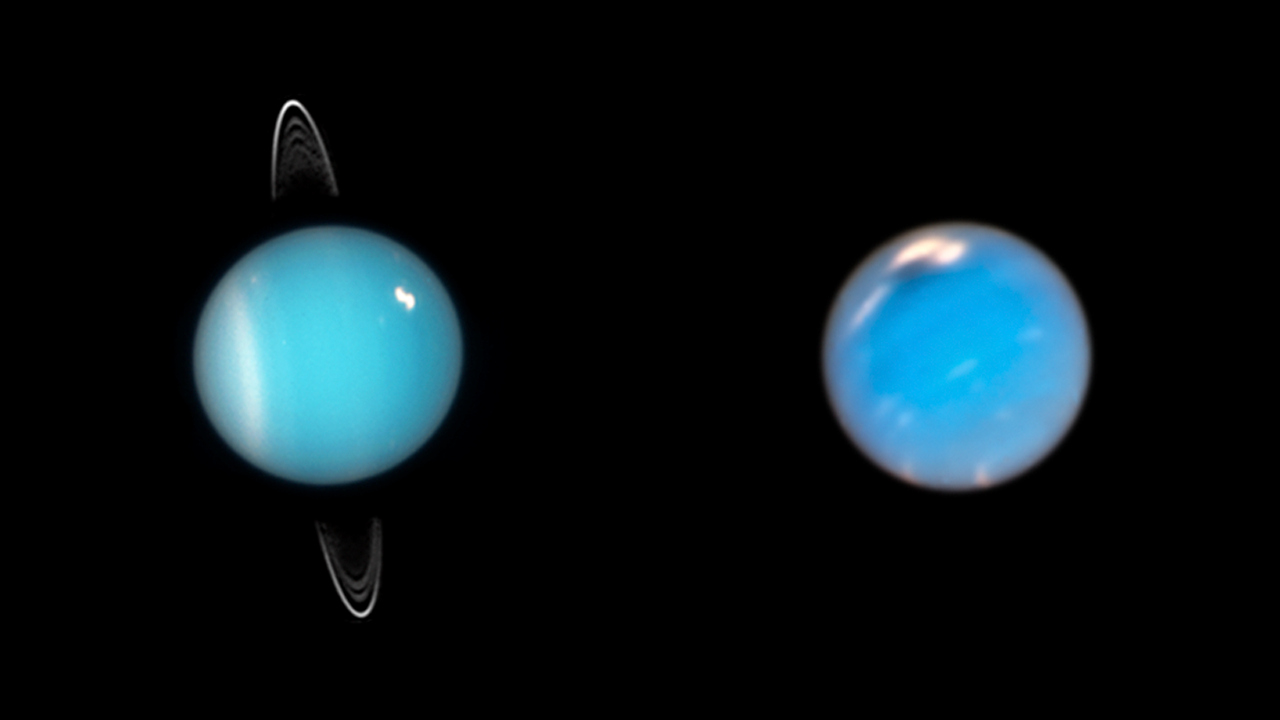
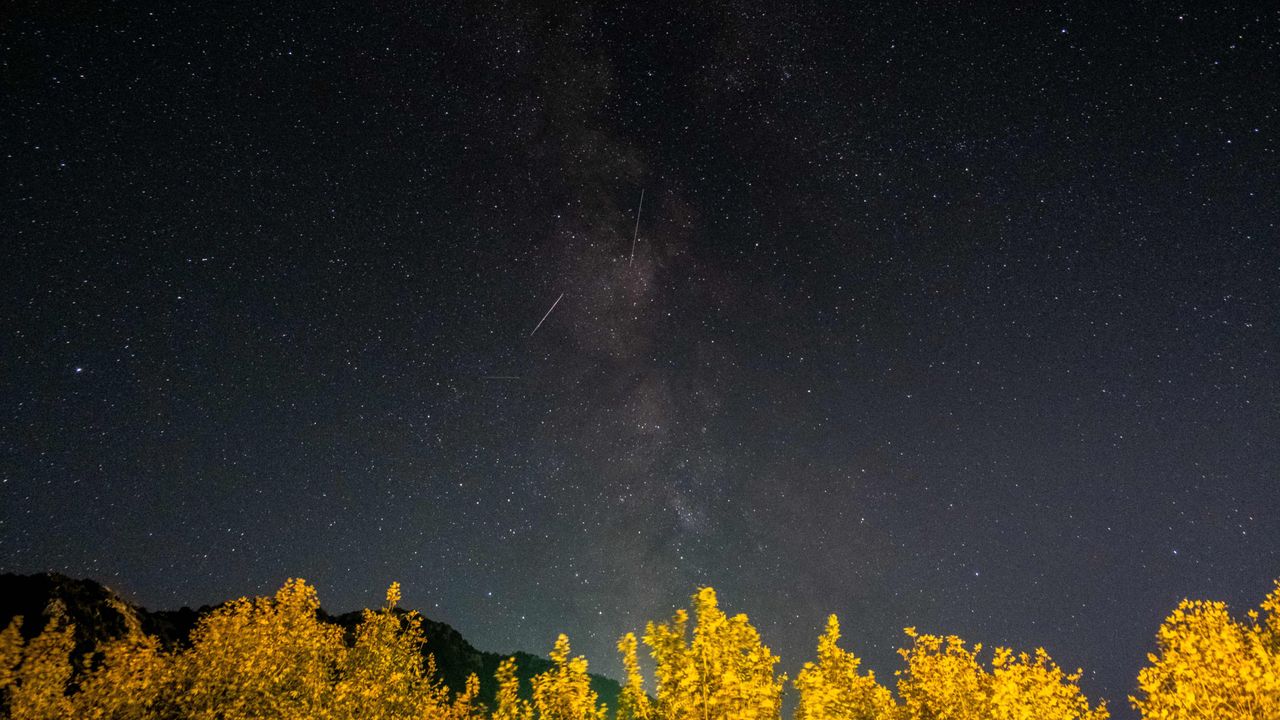
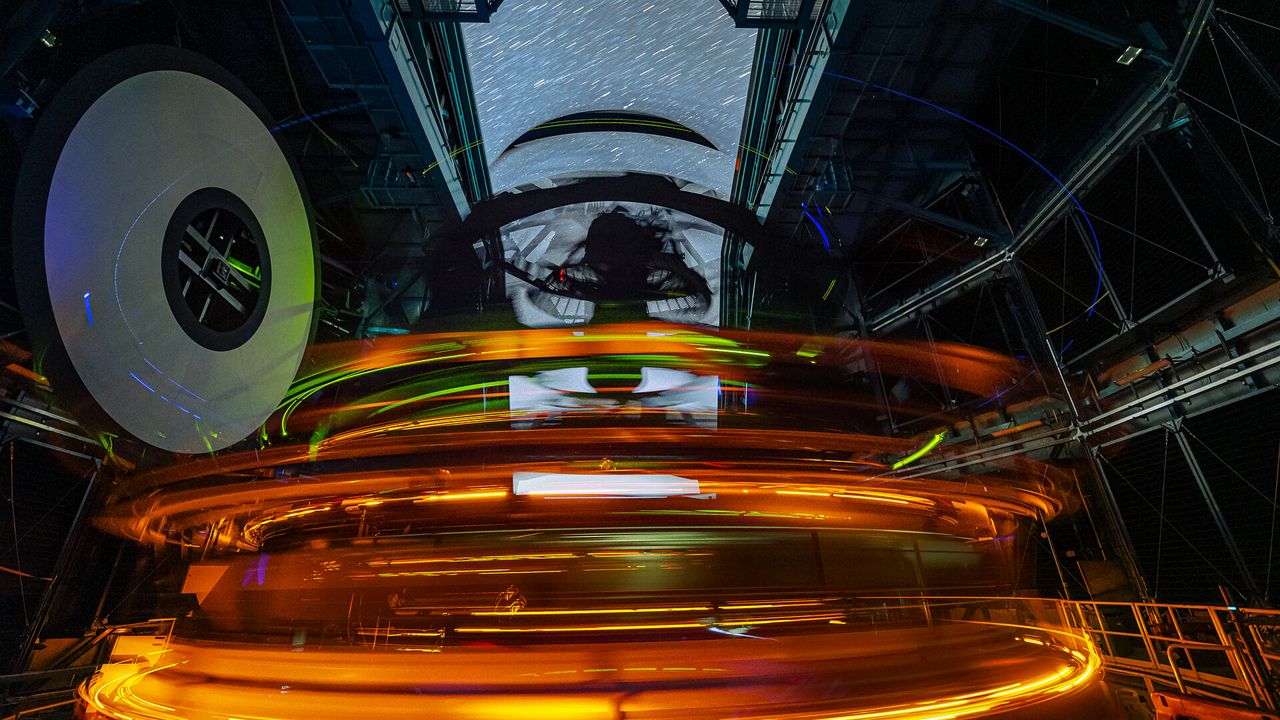
Is the New Moon ever visible? If so, can it be seen without a telescope? Esther BockMilwaukee, Wisconsin The New Moon is typically invisible to the naked eye. It occurs when the Moon is positioned between Earth and the Sun, with its illuminated side facing away from us. As a result, the side we seeContinue reading "Is the New Moon ever visible?"
The post Is the New Moon ever visible? appeared first on Astronomy Magazine.
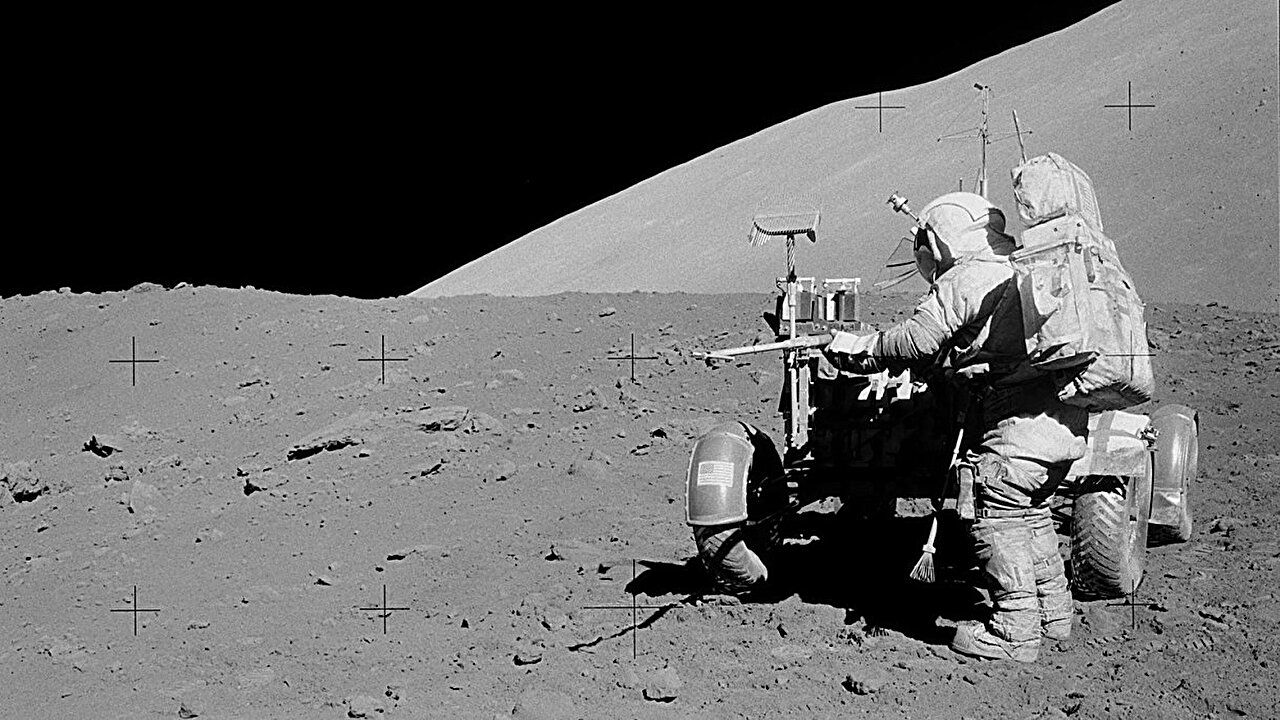

Looking for a sky event this week? Check out our full Sky This Week column. October 12: The Saturn Nebula shines Last Quarter Moon occurs this afternoon at 2:13 P.M. EDT. A few hours later, the Moon passes 4° north of Jupiter at 6 P.M. EDT. The pair rises around midnight and are visible into the early-morningContinue reading "The Sky Today on Monday, October 13: The Moon reaches Last Quarter"
The post The Sky Today on Monday, October 13: The Moon reaches Last Quarter appeared first on Astronomy Magazine.
Wang Zhipu, taken from Fuzhou, China The evening of Nov. 8 2022 offered skywatchers in parts of Asia and North America a rare chance to see a totally eclipsed Moon occult Uranus. Under normal circumstances, Uranus (at around magnitude 5.7) would be lost in the Moon’s glare, but the dimmed Moon during totality allowed bothContinue reading "Uranus plays lunar peekaboo"
The post Uranus plays lunar peekaboo appeared first on Astronomy Magazine.



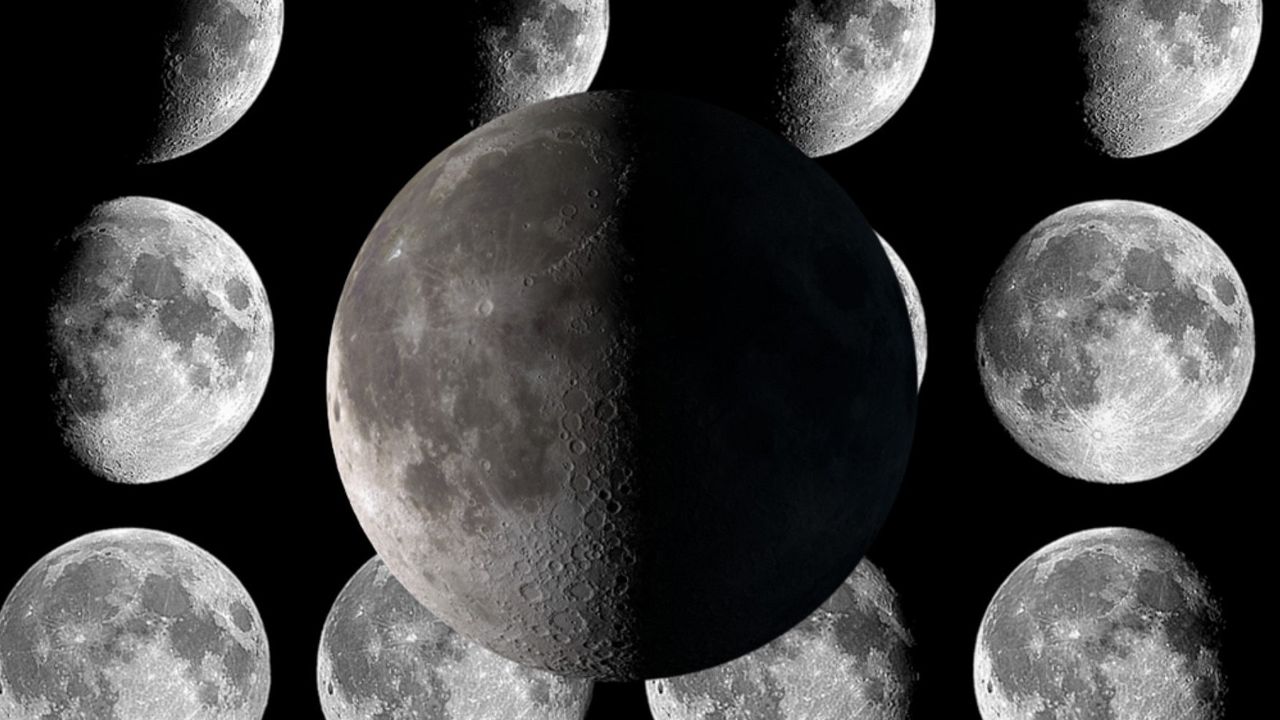
Voshkod 1 kicked off the second series of manned Soviet spaceflights, following the Vostok missions that had been the first to put humans in space. When the craft launched on Oct. 12, 1964, for its flight of just over 24 hours, it was the seventh crewed spaceflight for the Soviet Union — but the firstContinue reading "Oct. 12, 1964: Voshkod 1 sends the first crew to space"
The post Oct. 12, 1964: Voshkod 1 sends the first crew to space appeared first on Astronomy Magazine.
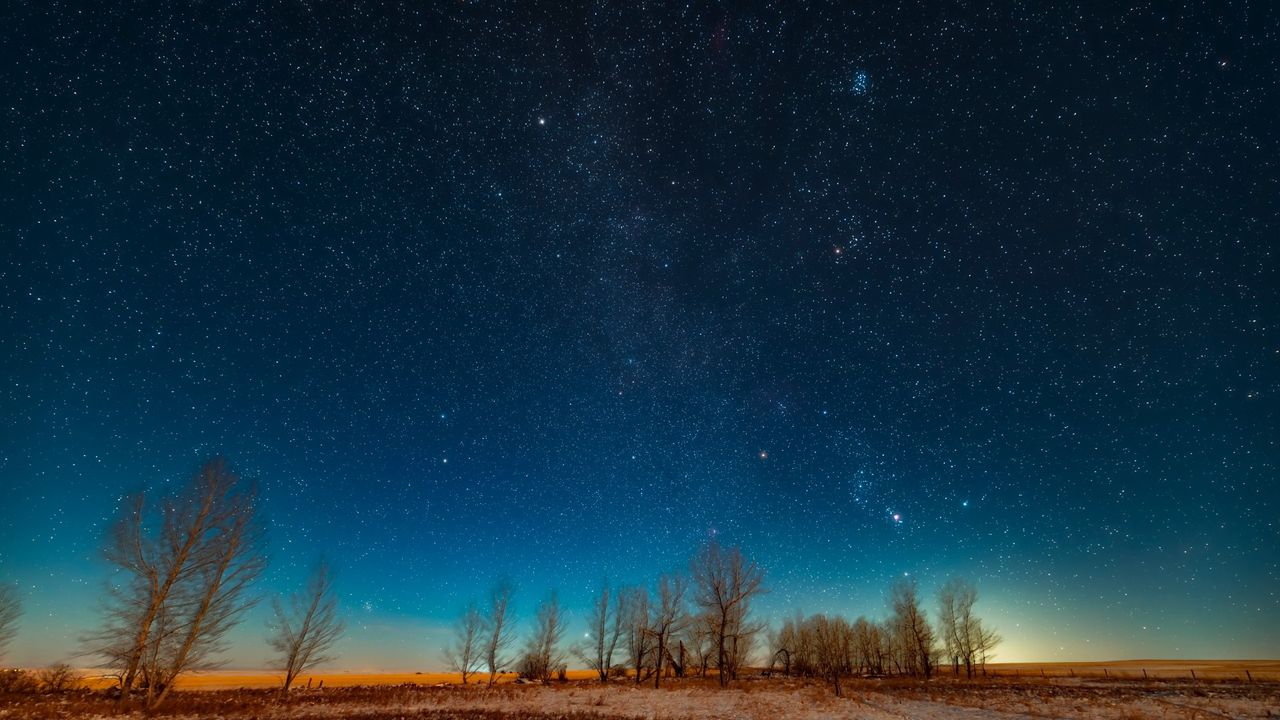
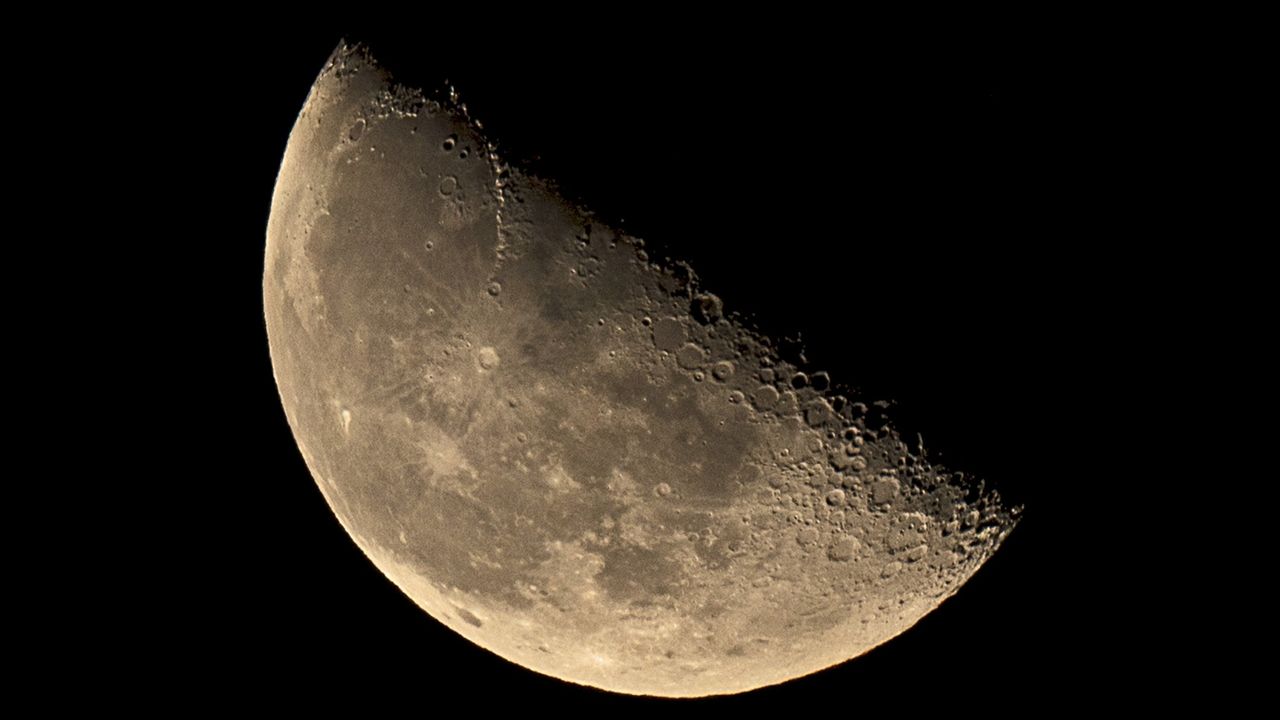
Looking for a sky event this week? Check out our full Sky This Week column. October 11: Io and Europa cross Jupiter Now that spooky season is upon us, let’s chase some cosmic ghosts. Tonight we’re seeking the Saturn Nebula (NGC 7009), a planetary nebula that, as its name implies, looks like a ghostly version of theContinue reading "The Sky Today on Sunday, October 12: The Saturn Nebula shines"
The post The Sky Today on Sunday, October 12: The Saturn Nebula shines appeared first on Astronomy Magazine.

Author(s): Charles Day
Quantum effects prevent trapped atoms from thermalizing, despite being repeatedly jiggled through laser excitation.
[Physics 18, 168] Published Fri Oct 10, 2025
Twenty-one months after the deaths of the Apollo 1 crew in a fire during a test on the launchpad, the three men who had originally served as their backup crew — Walter Schirra Jr., Donn Eisele, and Walter Cunningham — flew on Apollo 7. The first manned American spaceflight since the accident, their mission wasContinue reading "Oct. 11, 1968: Apollo 7 launches"
The post Oct. 11, 1968: Apollo 7 launches appeared first on Astronomy Magazine.


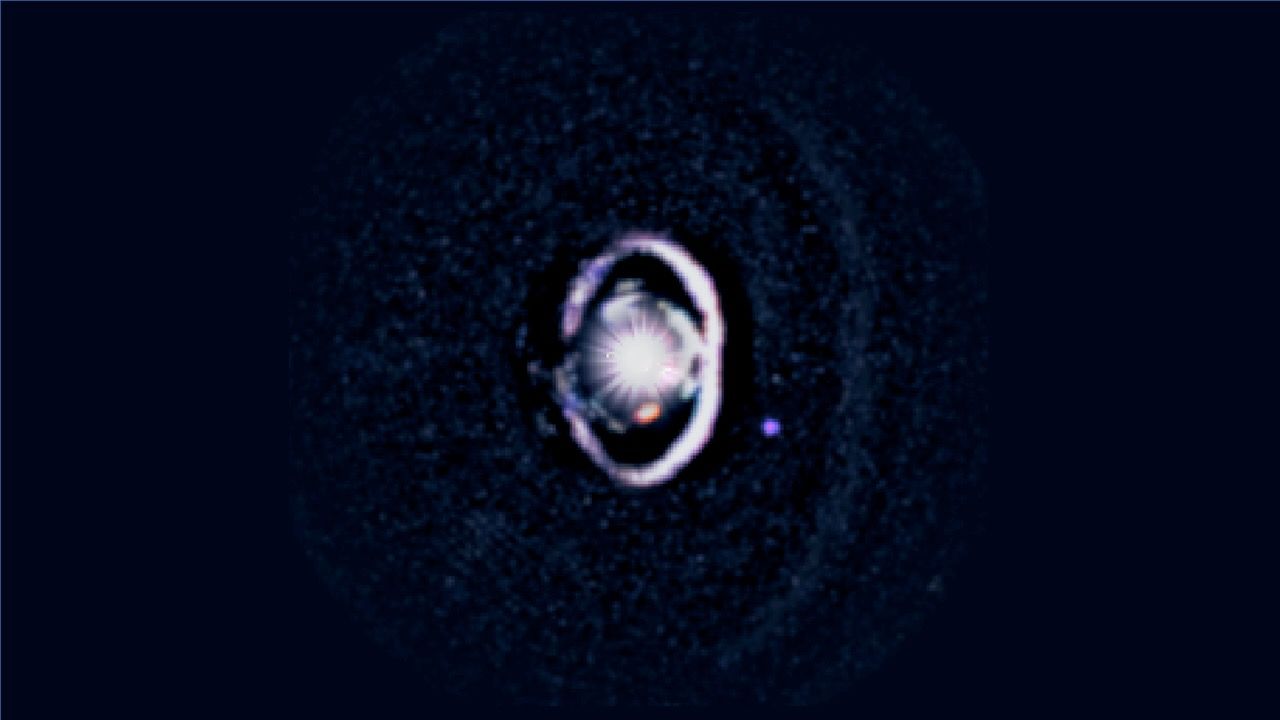
Looking for a sky event this week? Check out our full Sky This Week column. October 10: Spot Ceres in Cetus Last week, Io and Europa took a trip together across Jupiter, transiting the planet with their shadows. The moons’ resonant orbits mean similar events often repeat, and this morning is your chance to catch another one. Continue reading "The Sky Today on Saturday, October 11: Io and Europa cross Jupiter"
The post The Sky Today on Saturday, October 11: Io and Europa cross Jupiter appeared first on Astronomy Magazine.
Greg Meyer from Phoenix, Arizona Stars swirl around Polaris to the north and arc across the sky to the south in this 360° star-trail panorama taken at the Okie-Tex Star Party. The photographer used an Insta360 X4 action cam, taking 30-second exposures at ISO 800; the final stacked image was blended with another shot ofContinue reading "Okie-Tex starry night"
The post Okie-Tex starry night appeared first on Astronomy Magazine.

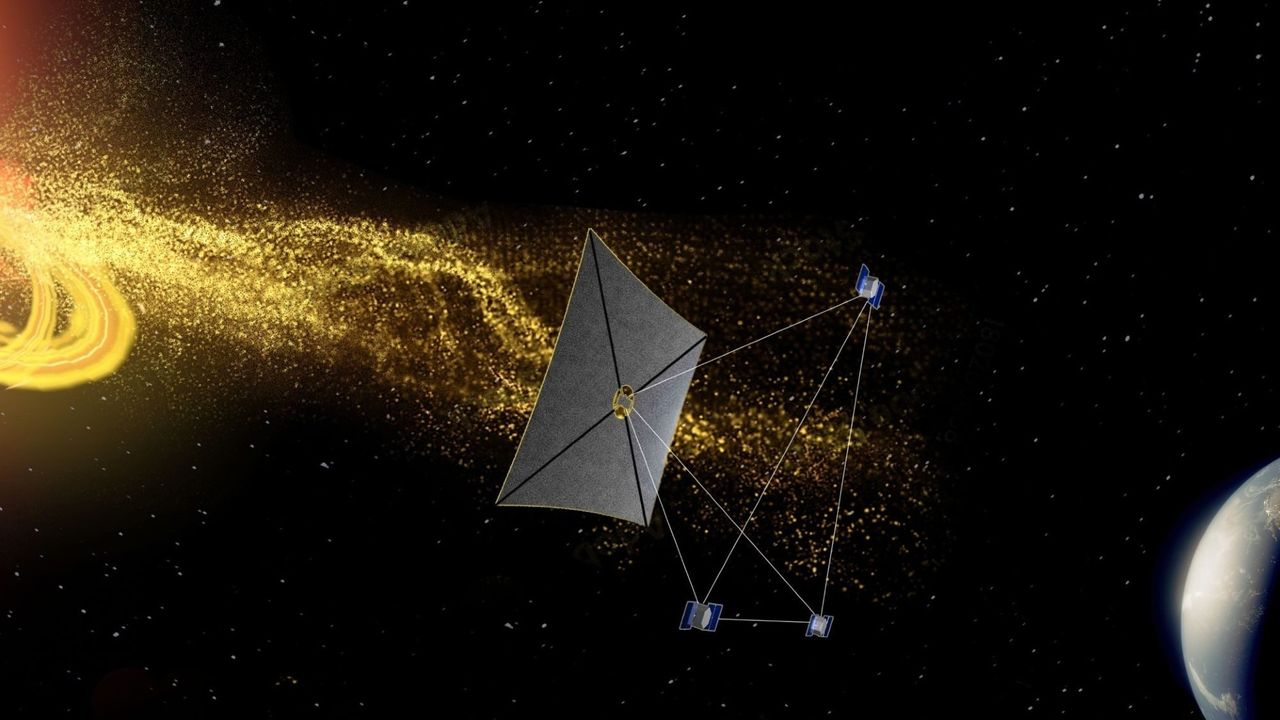
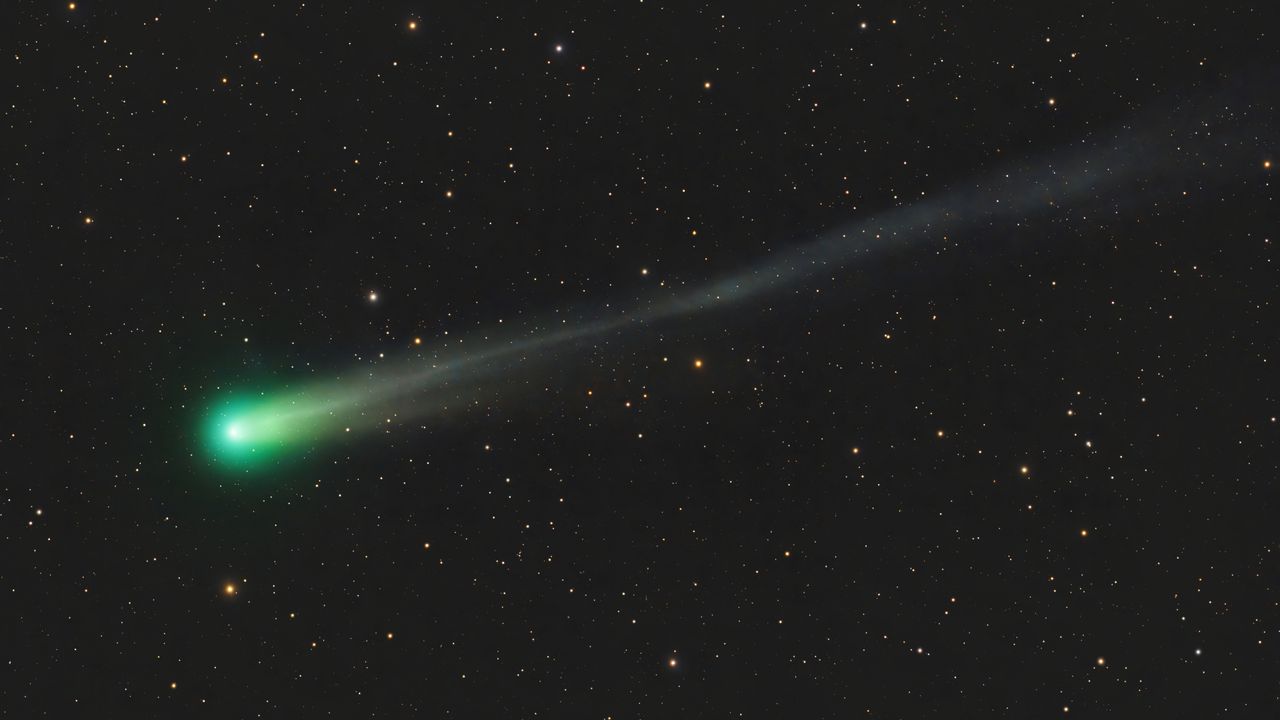
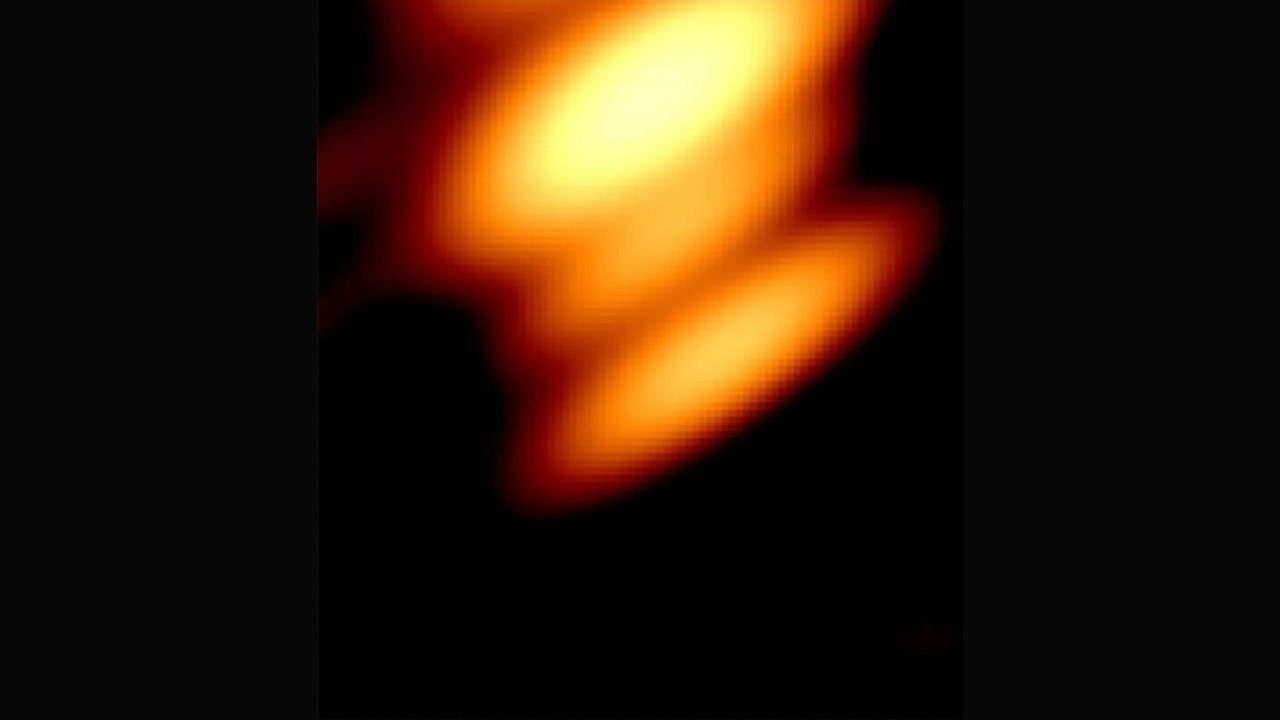
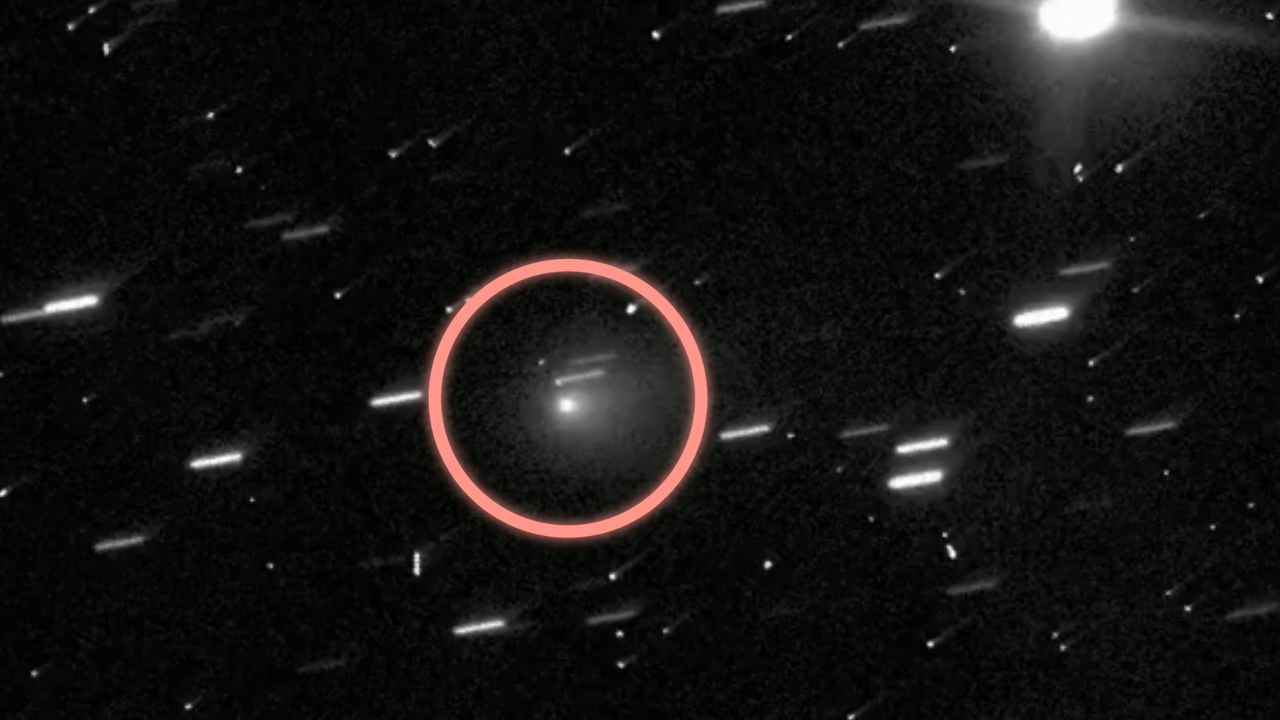


Over the course of human history, perhaps no single object in the night sky has drawn more attention than the Andromeda Galaxy, which the 10th-century Persian astronomer Abd al-Rahman al-Sufi dubbed a “nebulous smear.” For centuries, the fuzzy object nestled in the night sky between her mythological parents, Cepheus and Cassiopeia, and winged Pegasus heldContinue reading "Unveiling the Andromeda Galaxy’s true nature"
The post Unveiling the Andromeda Galaxy’s true nature appeared first on Astronomy Magazine.

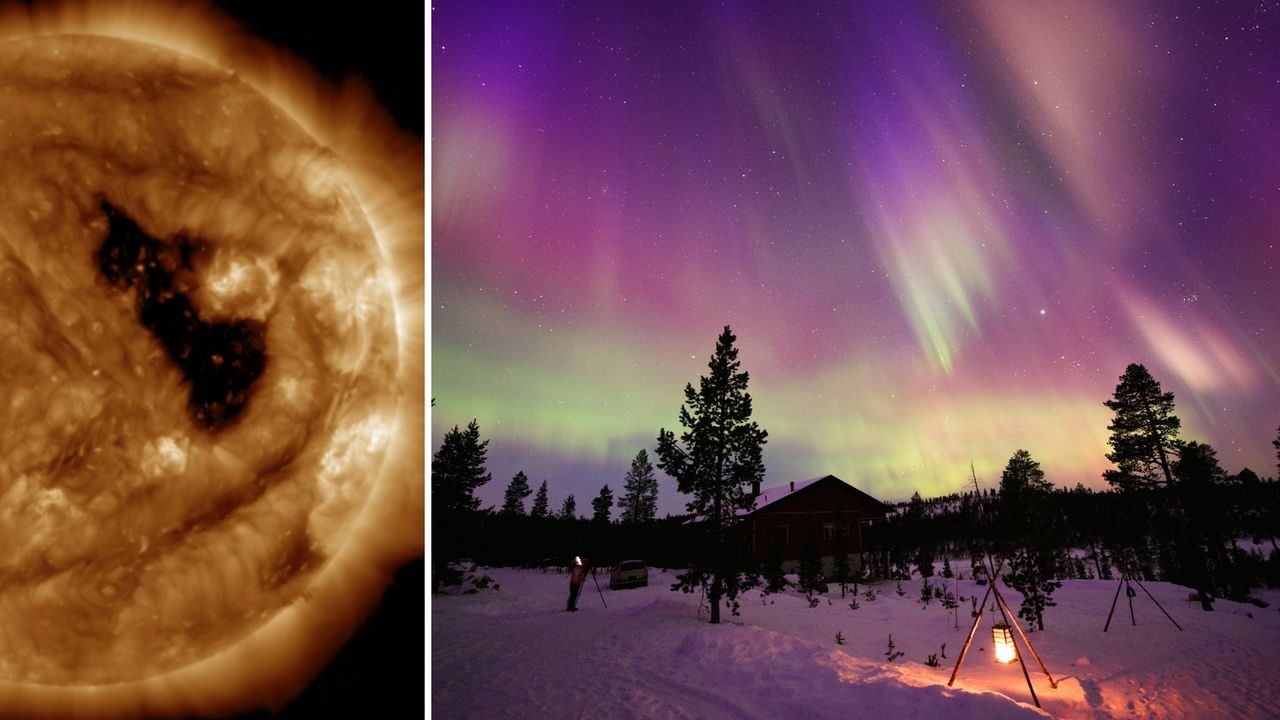
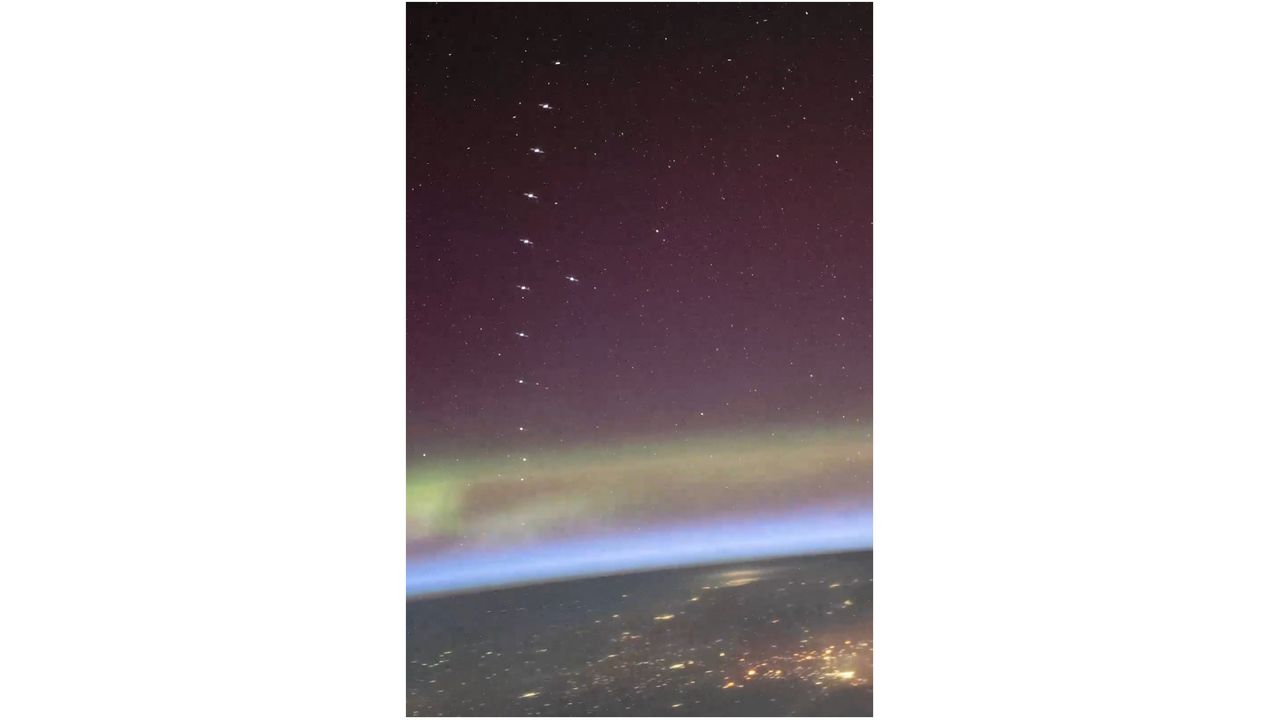
Autumn in the Northern Hemisphere is a great time to hunt galaxies. You’ll find objects ranging from the marvelous Andromeda Galaxy (M31) to Stephan’s Quintet (NGCs 7317, 7318A, 7318B, 7319, and 7320) to NGC 1. But except for a few, like M31, most galaxies are faint and lack detail unless your telescope is large. So,Continue reading "Michael’s Miscellany: Glorious Albireo"
The post Michael’s Miscellany: Glorious Albireo appeared first on Astronomy Magazine.

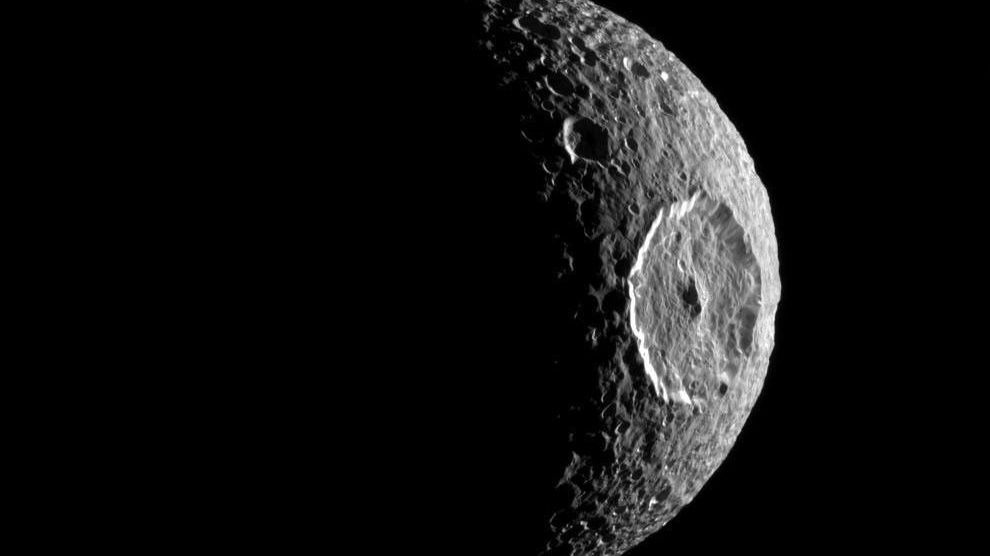
Author(s): Marric Stephens
Simulations have shown that the 2D sheets in twisted bilayers such as graphene can slide past one another even at small twists and under extreme compression.
[Physics 18, s128] Published Thu Oct 09, 2025
On Oct. 10, 1846, William Lassell peered through his 20-foot reflector in Liverpool, England. Lassell was a self-funded amateur astronomer who had made a fortune as a brewer, and he’d built his own scope – apparently doing quite a good job of it, since through it, Lassell spotted Triton orbiting Neptune. Neptune itself had beenContinue reading "Oct. 10, 1846: The discovery of Triton"
The post Oct. 10, 1846: The discovery of Triton appeared first on Astronomy Magazine.

Looking for a sky event this week? Check out our full Sky This Week column. 1 Ceres is passing close to the 5th-magnitude star Phi2 (φ2) Ceti this evening. Viewing will be best about two hours after sunset, after the sky has grown dark but shortly before the Moon rises. At that time, Ceres will be about 15°Continue reading "The Sky Today on Friday, October 10: Spot Ceres in Cetus"
The post The Sky Today on Friday, October 10: Spot Ceres in Cetus appeared first on Astronomy Magazine.
📷: David Gluchowski from Brooklyn, New York The Harvest Moon rises behind the Empire State Building on the evening of Oct. 6. This sequence was taken with a Canon mirrorless camera and 150–600mm zoom lens.
The post Empire State of Shine appeared first on Astronomy Magazine.
Sky This Week is brought to you in part by Celestron. Friday, October 10The Moon passes 5° north of Uranus at 5 A.M. EDT. The pair is visible in the southwest in the hours leading up to sunrise, although you’ll need binoculars to view the distant ice giant, as it glows a faint magnitude 5.6.Continue reading "The Sky This Week from October 10 to 17: The Moon meets Jupiter"
The post The Sky This Week from October 10 to 17: The Moon meets Jupiter appeared first on Astronomy Magazine.
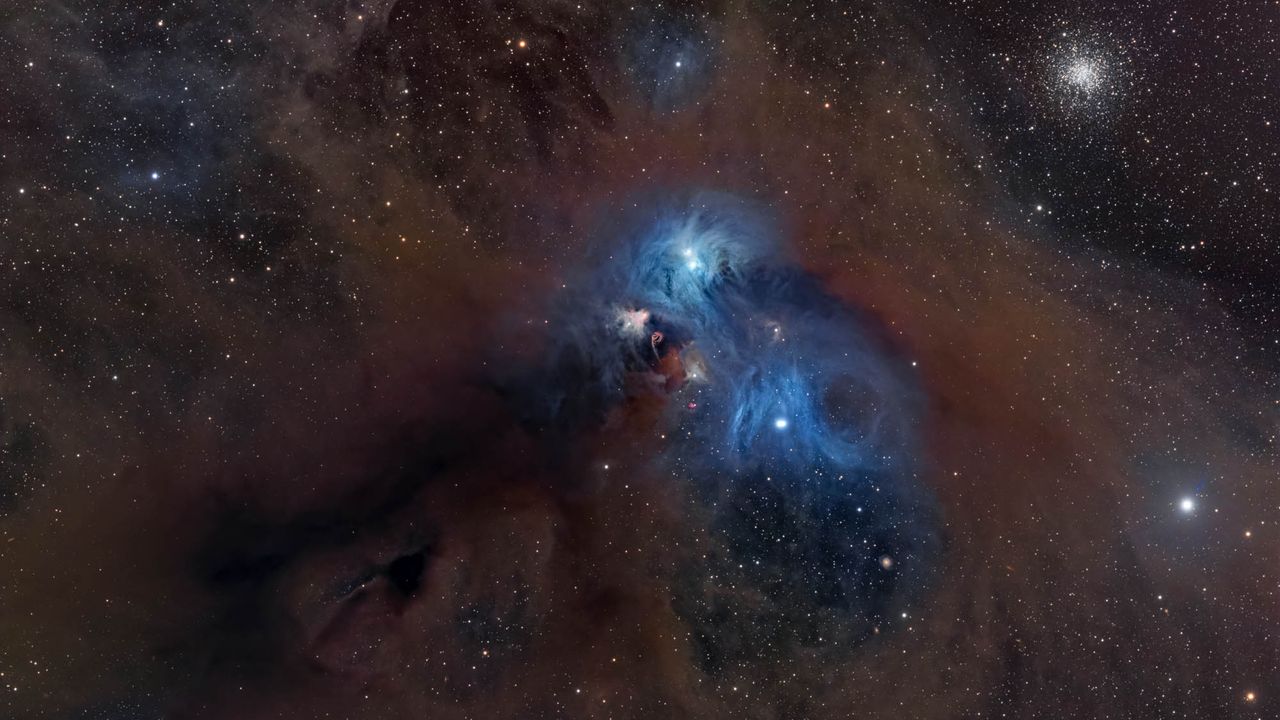

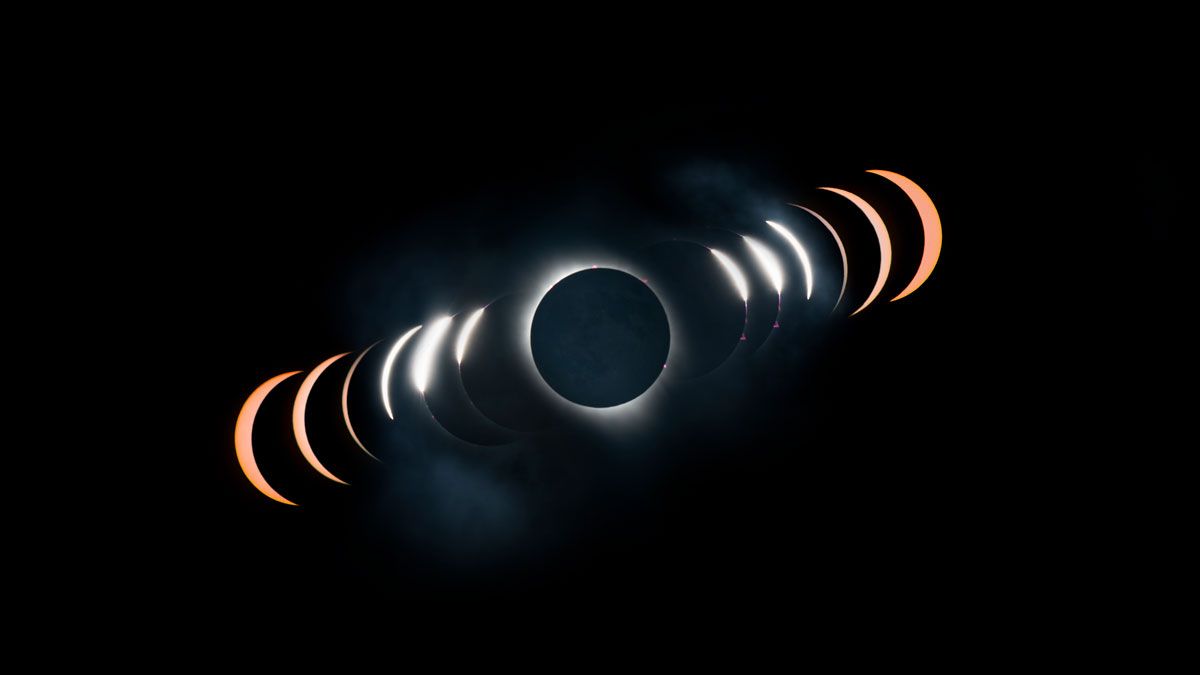

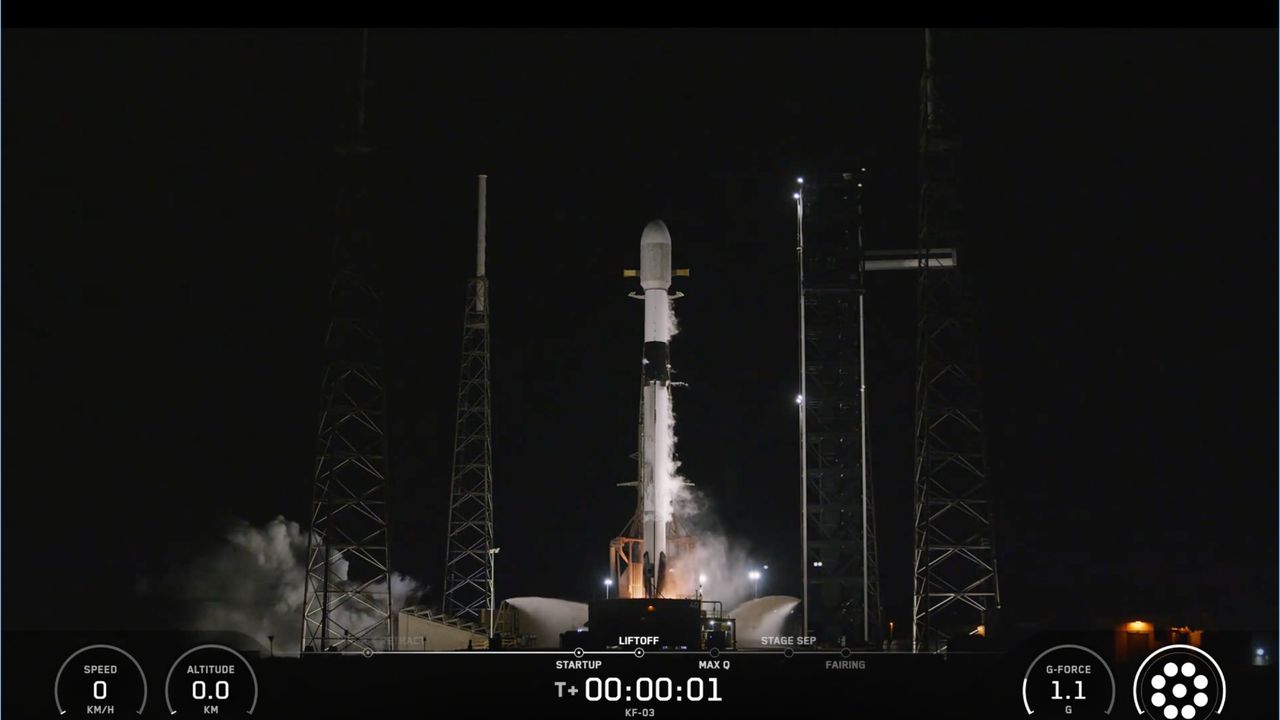

Author(s): Sumanta Chakraborty
A neutron star’s viscosity determines how the star interacts with gravitational waves, a behavior that could be useful to the study of neutron-star interiors.
[Physics 18, 169] Published Wed Oct 08, 2025
Author(s): Michael Schirber
New experiments show that adding polymers to a fluid can reduce energy dissipation by suppressing small eddies.
[Physics 18, s130] Published Wed Oct 08, 2025
Ask most astronomers, and they’ll tell you that dark matter and dark energy make up more than 95 percent of the universe and that they are the explanations for many of the large-scale phenomena we observe. But a new study published Sept. 12 in the journal “Galaxies” offers a different scenario: that what we see is the weakeningContinue reading "Are dark matter and dark energy only an illusion?"
The post Are dark matter and dark energy only an illusion? appeared first on Astronomy Magazine.
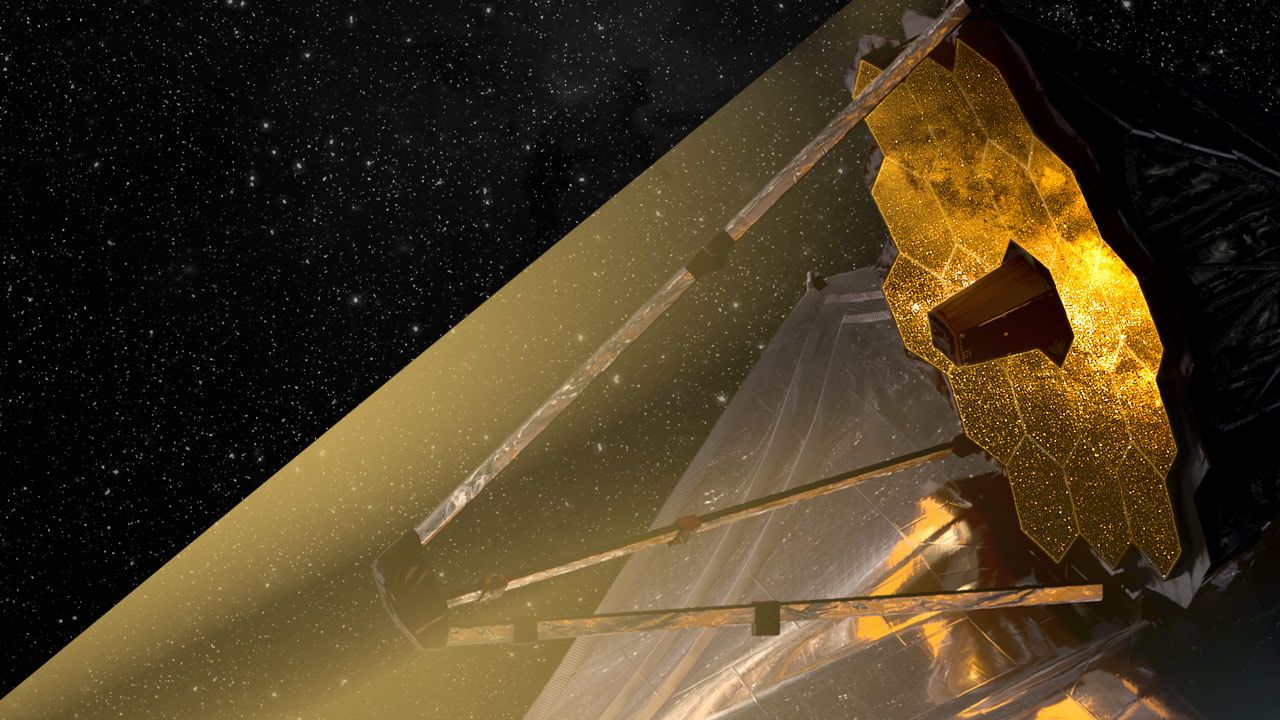

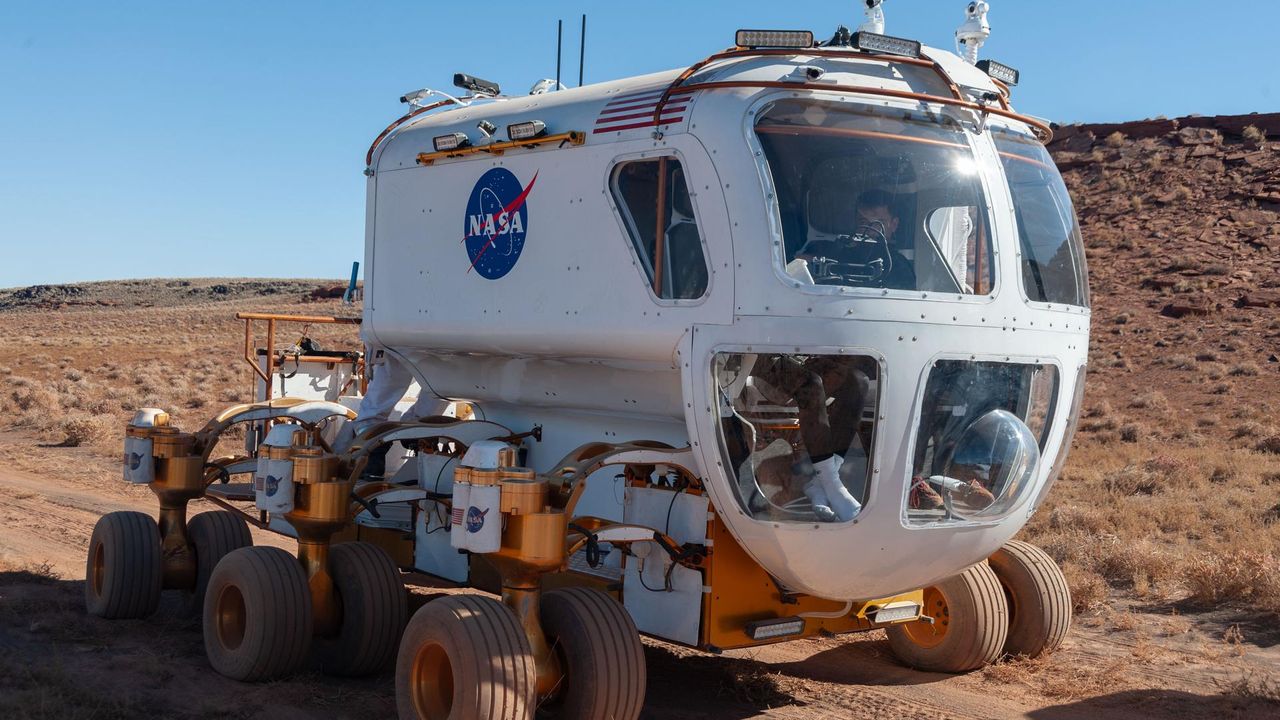
Karl Schwarzschild was born Oct. 9, 1873 – just one day after his famous collaborator Ejnar Hertzsprung – and grew up in a Jewish family in Germany. Schwarzschild was considered a child prodigy, publishing a paper on celestial mechanics by age 16. He studied astronomy at the University of Strasbourg, then went on to receiveContinue reading "Oct. 9, 1873: The birth of Karl Schwarzschild"
The post Oct. 9, 1873: The birth of Karl Schwarzschild appeared first on Astronomy Magazine.


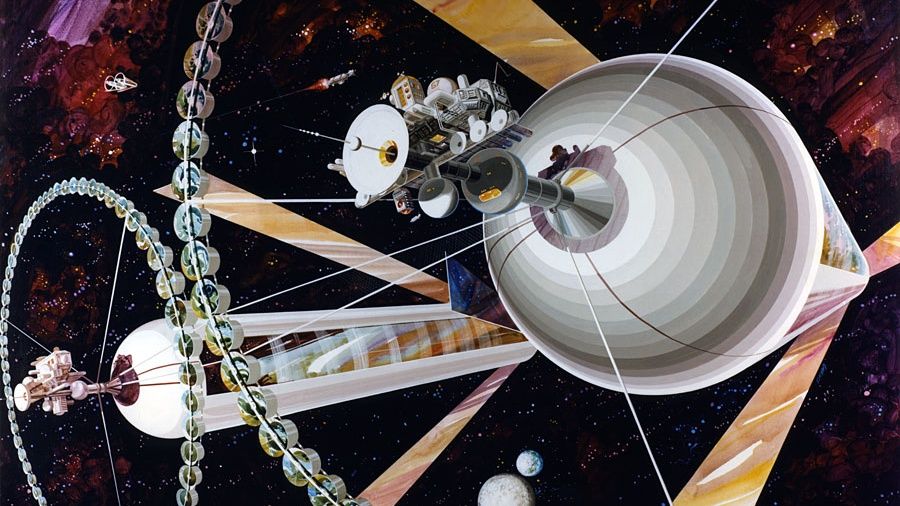
Todd Bossaller from Marshall, Missouri A disconnection event is when the ion tail of a comet appears to briefly become detached from its nucleus due to turbulence in the solar wind. Comet Lemmon (C/2025 A6) experienced one such event on the morning of Oc. 9, captured here with a 4-inch scope at f/5 and 30Continue reading "Lemmon’s tail disconnects"
The post Lemmon’s tail disconnects appeared first on Astronomy Magazine.
The Moon crosses in front of several stars in the Pleiades star cluster of Taurus this evening, creating a series of occultations that many in North America will be able to catch. Note, however, that the Moon’s waning gibbous phase means the stars will vanish behind the bright leading edge of the Moon, which makesContinue reading "The Sky Today on Thursday, October 9: The Moon crosses the Pleiades"
The post The Sky Today on Thursday, October 9: The Moon crosses the Pleiades appeared first on Astronomy Magazine.


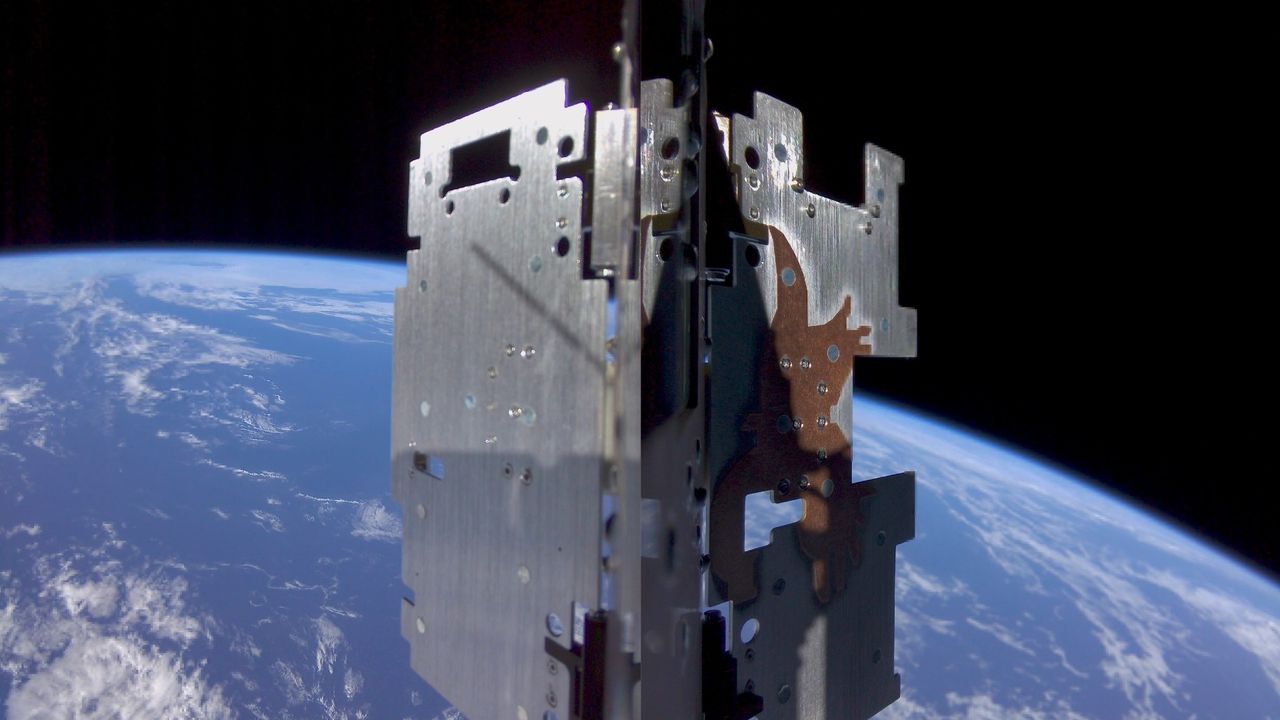
Prime Japanese Viewing Location (TBD) Centered around the September 2, 2035, Total Solar Eclipse This tour is currently under development. Eclipse Traveler is designing an exclusive journey to place you in an optimal viewing location for this incredible celestial event. The full itinerary, pricing, and booking details are coming soon. For the most up-to-date information,Continue reading "2035 Japan Total Solar Eclipse"
The post 2035 Japan Total Solar Eclipse appeared first on Astronomy Magazine.
Aboard a Cruise off the Coast of Australia (TBD) Centered around the July 22, 2028, Total Solar Eclipse This tour is currently under development. Eclipse Traveler is designing an exclusive cruise journey to place you in an optimal viewing location for this incredible celestial event. The full itinerary, pricing, and booking details are coming soon.Continue reading "2028 Australia Total Solar Eclipse Cruise"
The post 2028 Australia Total Solar Eclipse Cruise appeared first on Astronomy Magazine.

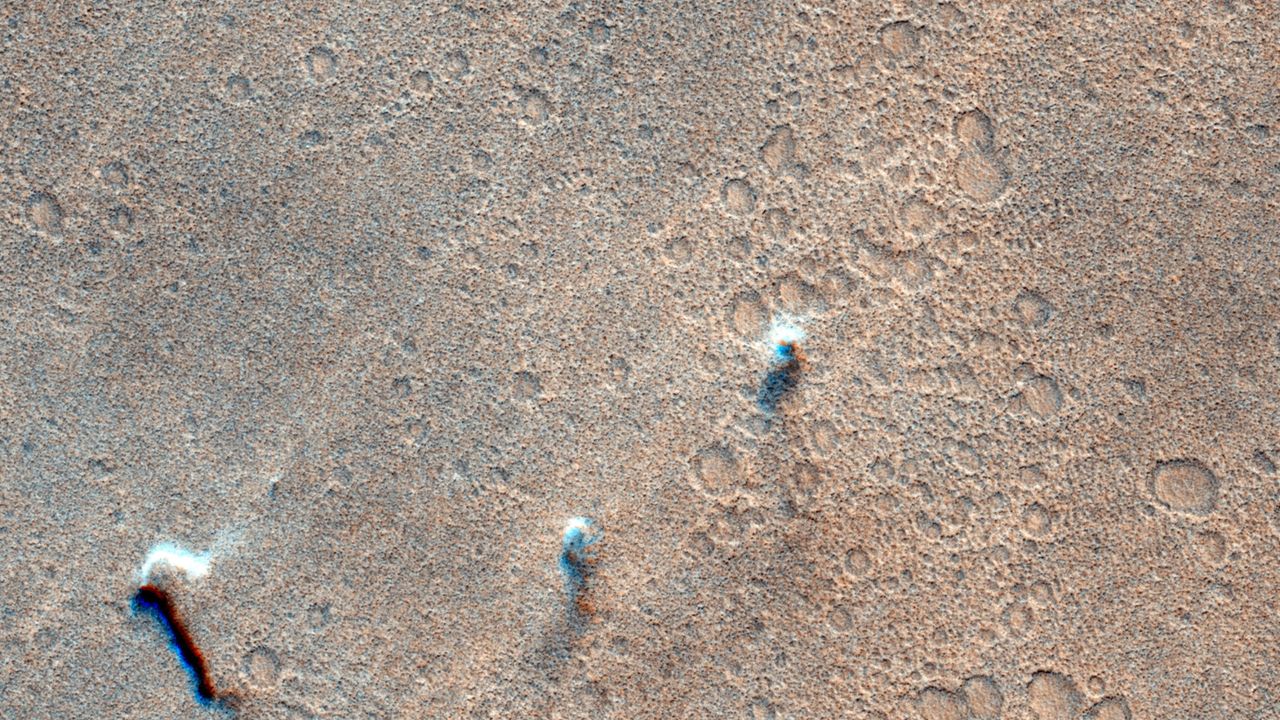
Prime Chilean Viewing Location (TBD) Centered around the July 11, 2029, Partial Solar Eclipse This tour is currently under development. Eclipse Traveler is designing an exclusive journey to place you in an optimal viewing location for this incredible celestial event. The full itinerary, pricing, and booking details are coming soon. For the most up-to-date information,Continue reading "2029 Chile Partial Solar Eclipse"
The post 2029 Chile Partial Solar Eclipse appeared first on Astronomy Magazine.
Prime South African Viewing Location (TBD) Centered around the November 25, 2030, Total Solar Eclipse This tour is currently under development. Eclipse Traveler is designing an exclusive journey to place you in an optimal viewing location for this incredible celestial event. The full itinerary, pricing, and booking details are coming soon. For the most up-to-dateContinue reading "2030 South Africa Total Solar Eclipse"
The post 2030 South Africa Total Solar Eclipse appeared first on Astronomy Magazine.
Prime Australian Viewing Location (TBD)Centered around the November 25, 2030, Total Solar Eclipse This tour is currently under development. Eclipse Traveler is designing an exclusive journey to place you in an optimal viewing location for this incredible celestial event. The full itinerary, pricing, and booking details are coming soon. For the most up-to-date information, clickContinue reading "2030 Australia Total Solar Eclipse"
The post 2030 Australia Total Solar Eclipse appeared first on Astronomy Magazine.
For two decades, images from European spacecraft have captured bits of unremarkable digital noise as they photograph Mars. Now, scientists have turned that noise into a breakthrough, cataloging 1,039 martian dust devils to create the first global map of the Red Planet’s surface winds. The new study, published Oct. 8 in Science Advances, details howContinue reading "A thousand martian dust devils help chart the Red Planet’s winds"
The post A thousand martian dust devils help chart the Red Planet’s winds appeared first on Astronomy Magazine.
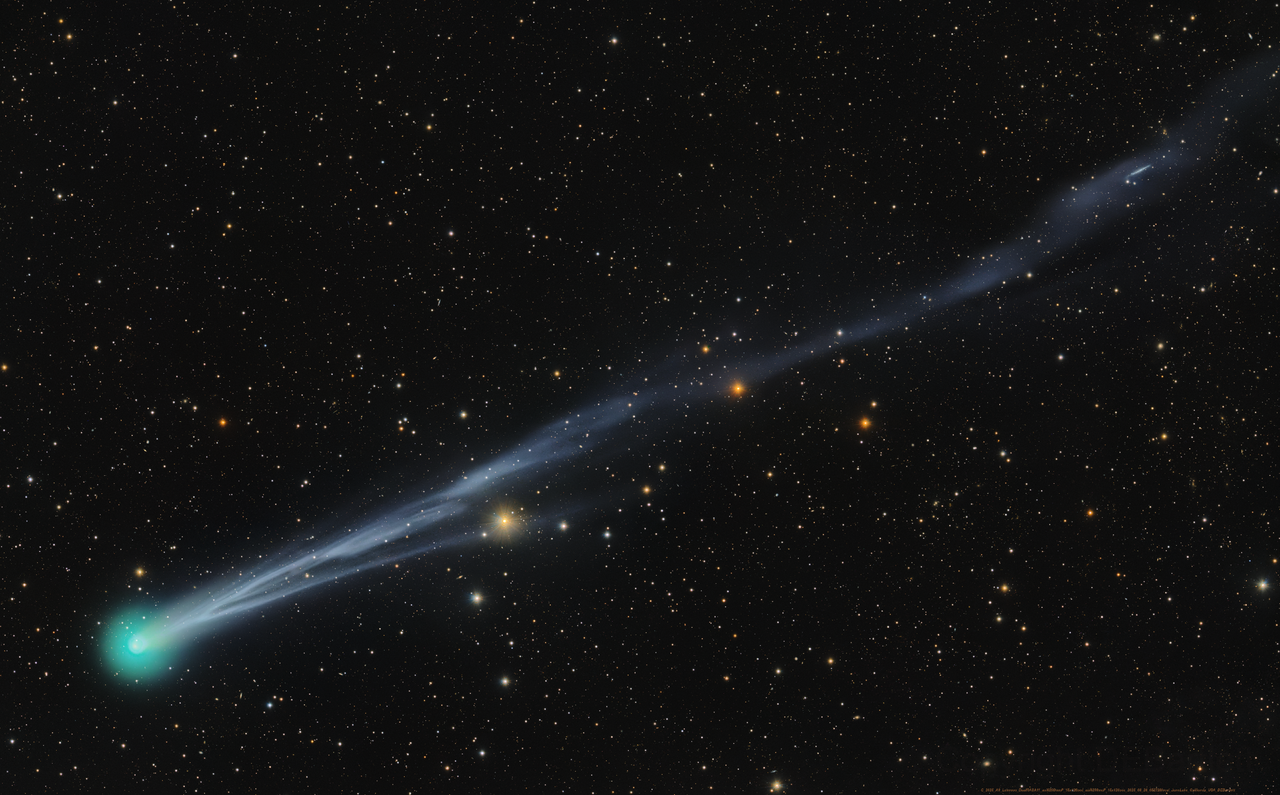






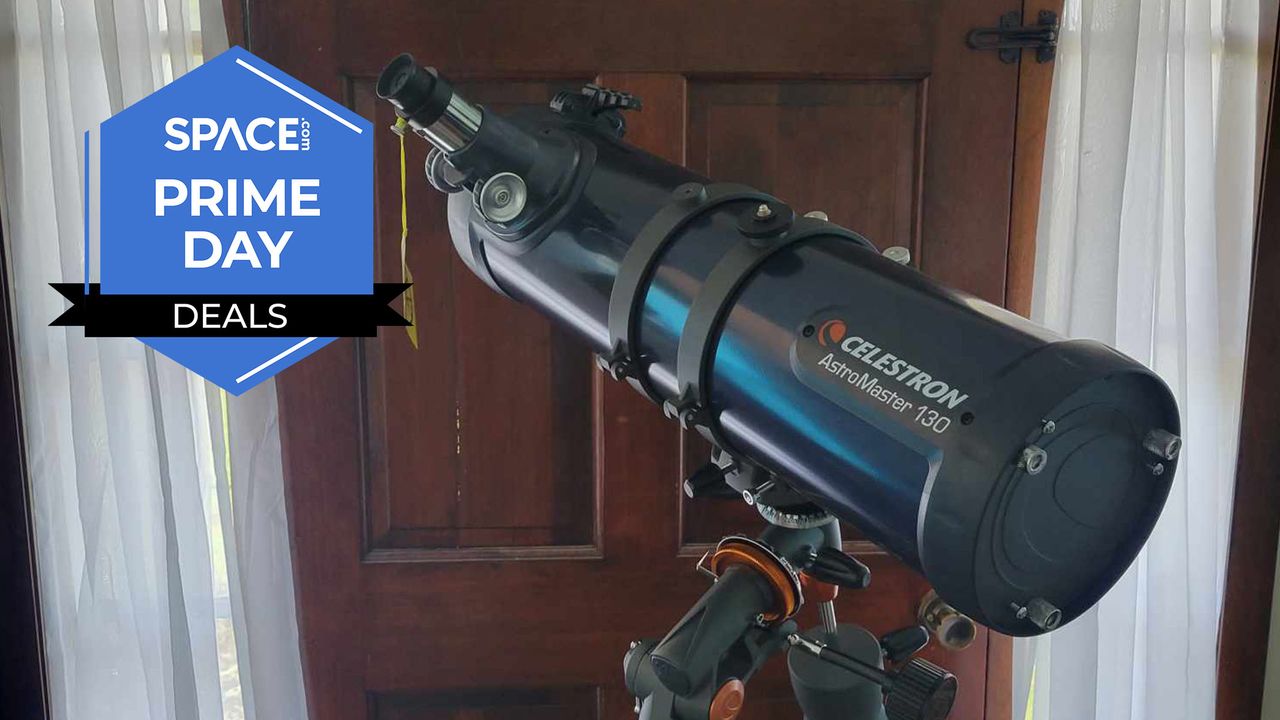

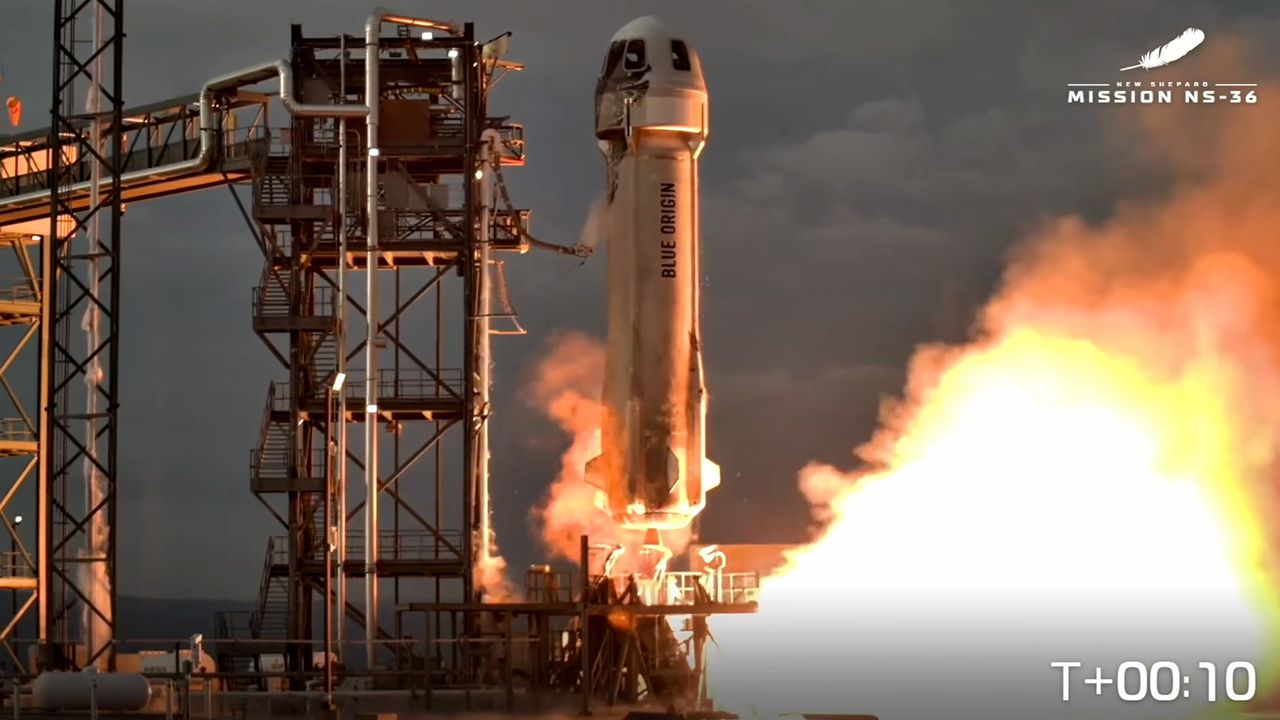
Author(s): Michael Schirber
The 2025 Nobel Prize in Physics recognizes the discovery of macroscopic quantum tunneling in electrical circuits.
[Physics 18, 170] Published Tue Oct 07, 2025
Author(s): Tianhan Liu
Experiments clarify the degree to which a graphene coating can reduce the strength of van der Waals interactions with a surface.
[Physics 18, s127] Published Tue Oct 07, 2025
The smart telescope revolution continues to grow, with ZWO as one of the leading innovators. Last year, the company introduced the least expensive “smarty” yet: the Seestar S30. The S30 is a compact, all-in-one astroimaging system. Like its larger sibling, the popular Seestar S50 (which I reviewed in the January 2025 issue), the S30 includes pretty much everythingContinue reading "Astronomy tests ZWO’s Seestar S30"
The post Astronomy tests ZWO’s Seestar S30 appeared first on Astronomy Magazine.

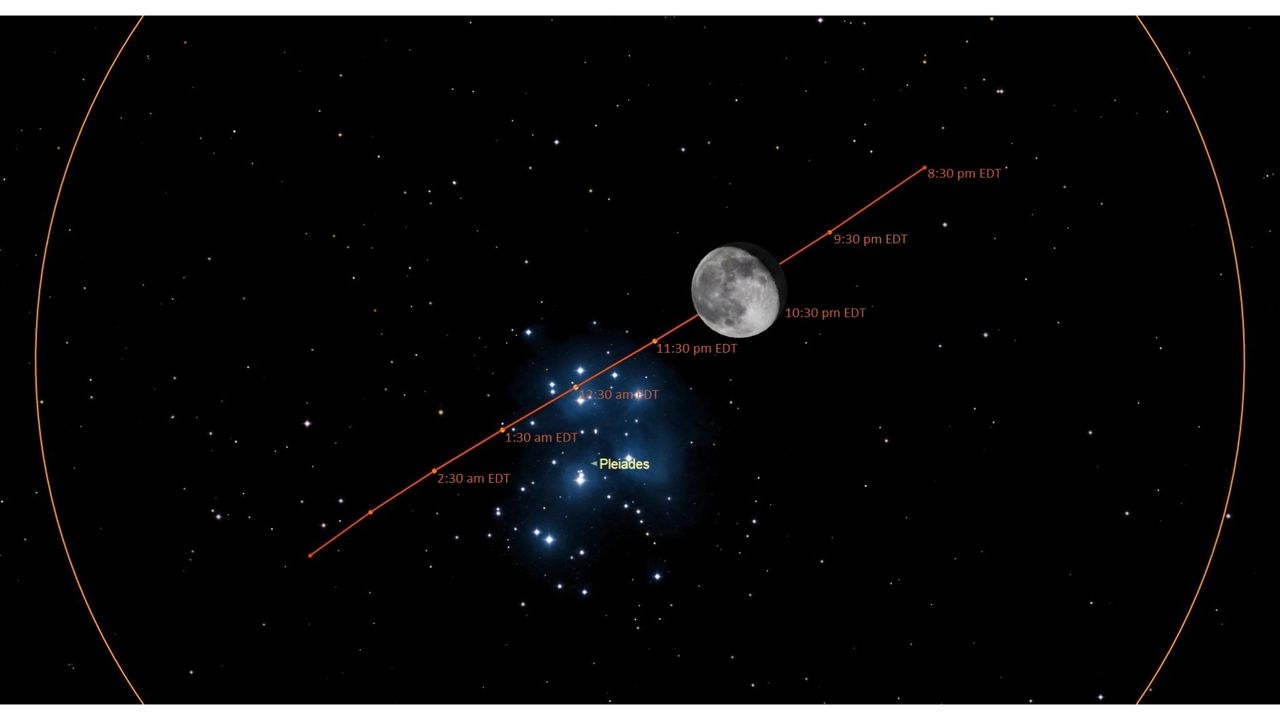

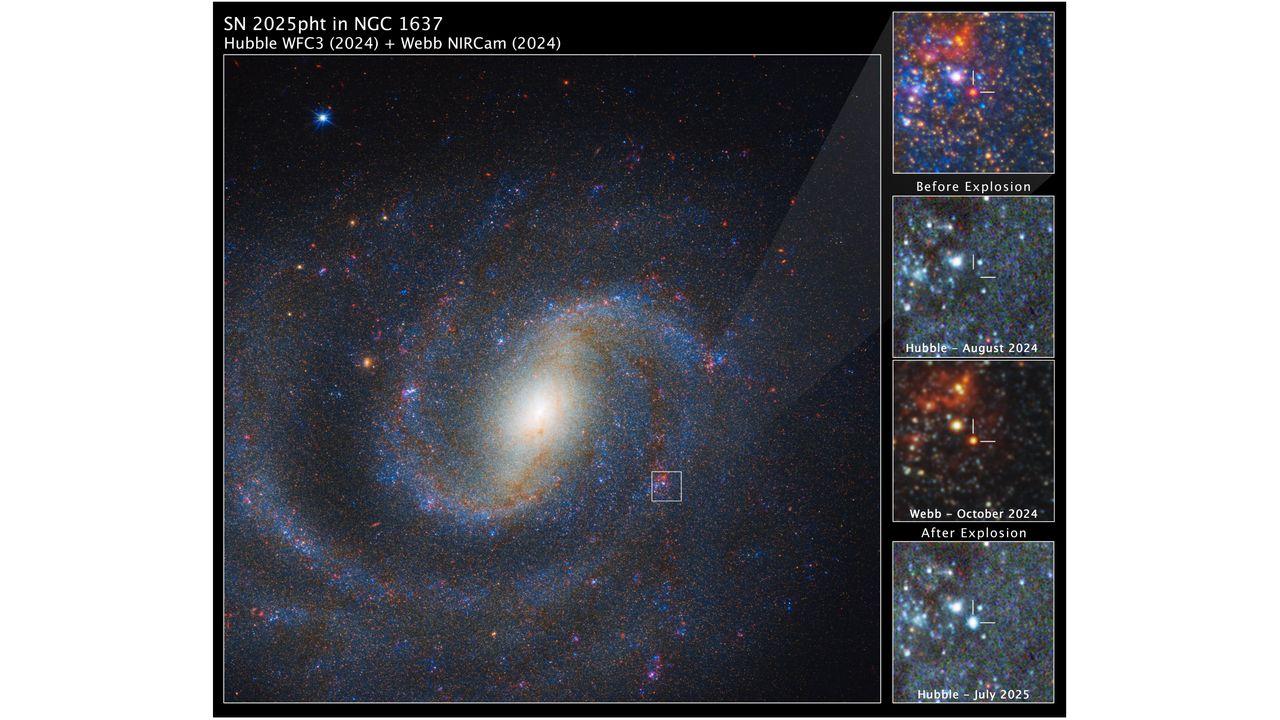
On Oct. 8, 1873, Ejnar Hertzsprung was born near Copenhagen, Denmark. His father had studied astronomy and worked in finance, and Hertzsprung himself showed interest in astronomy and math, but pursued a degree in chemical engineering. After graduating from the Polytechnical Institute in Copenhagen, he worked as a chemist in St. Petersburg, Russia, and wentContinue reading "Oct. 8, 1873: The birth of Ejnar Hertzsprung"
The post Oct. 8, 1873: The birth of Ejnar Hertzsprung appeared first on Astronomy Magazine.
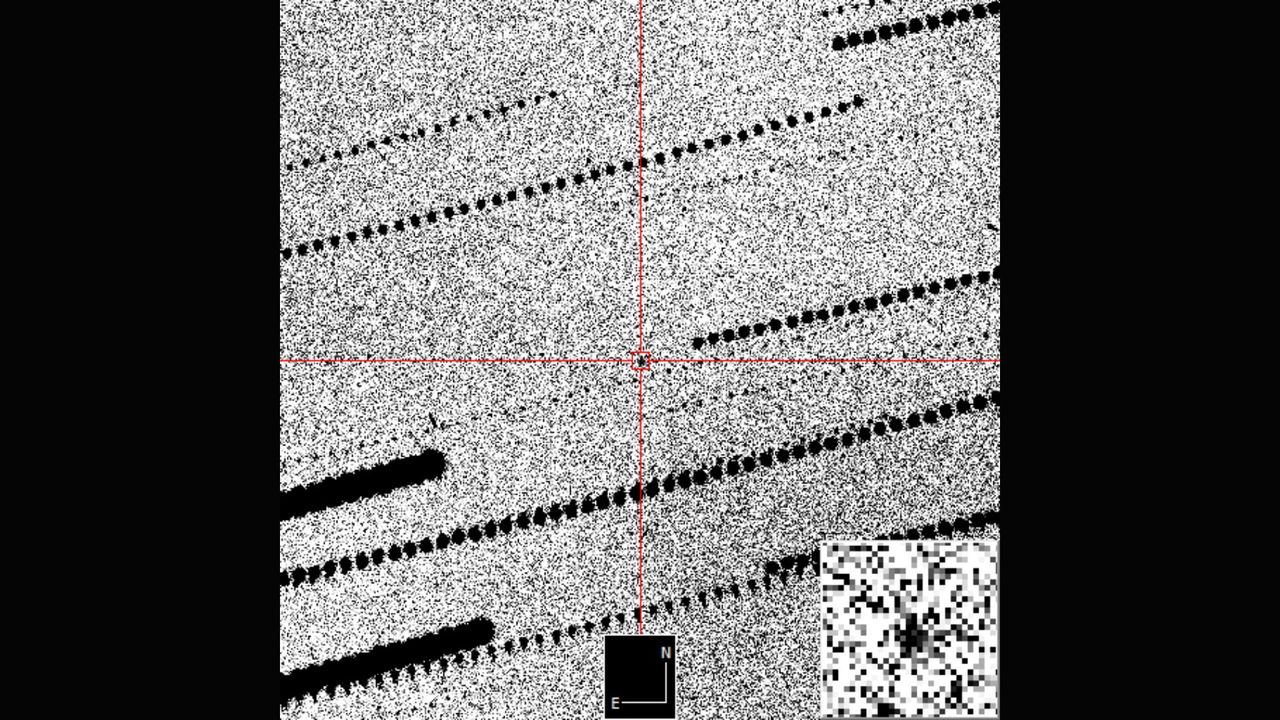


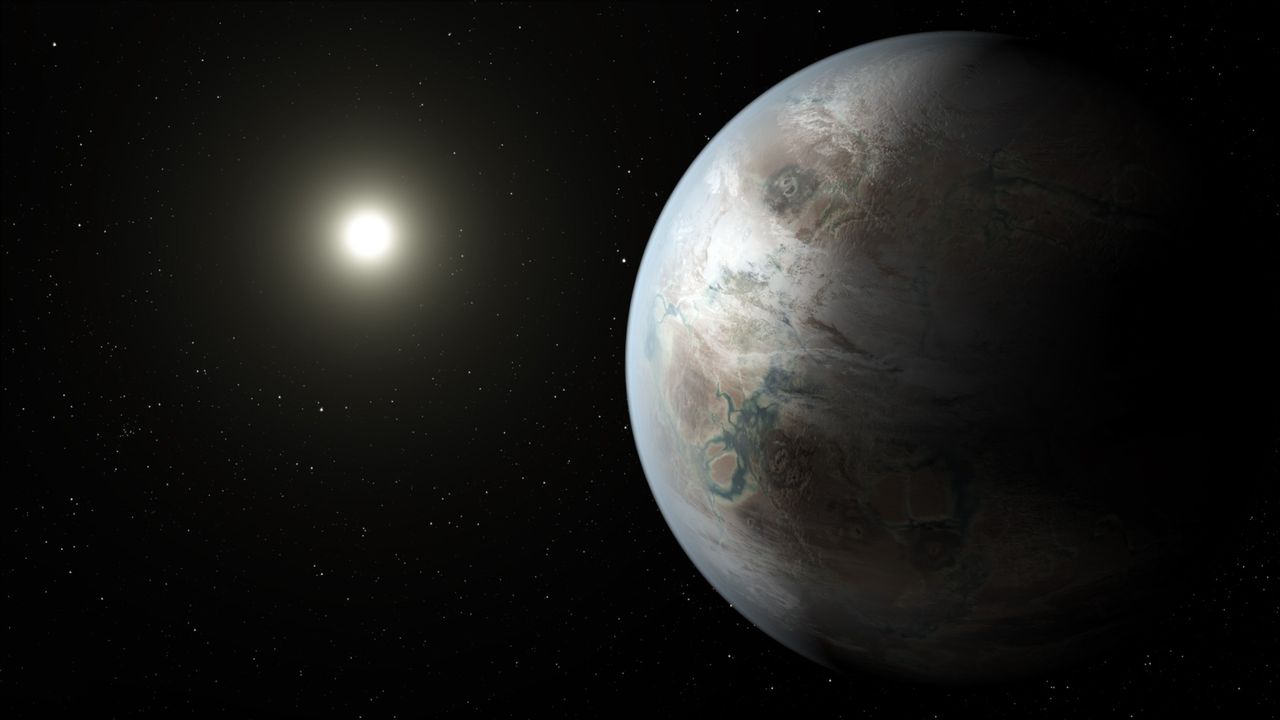



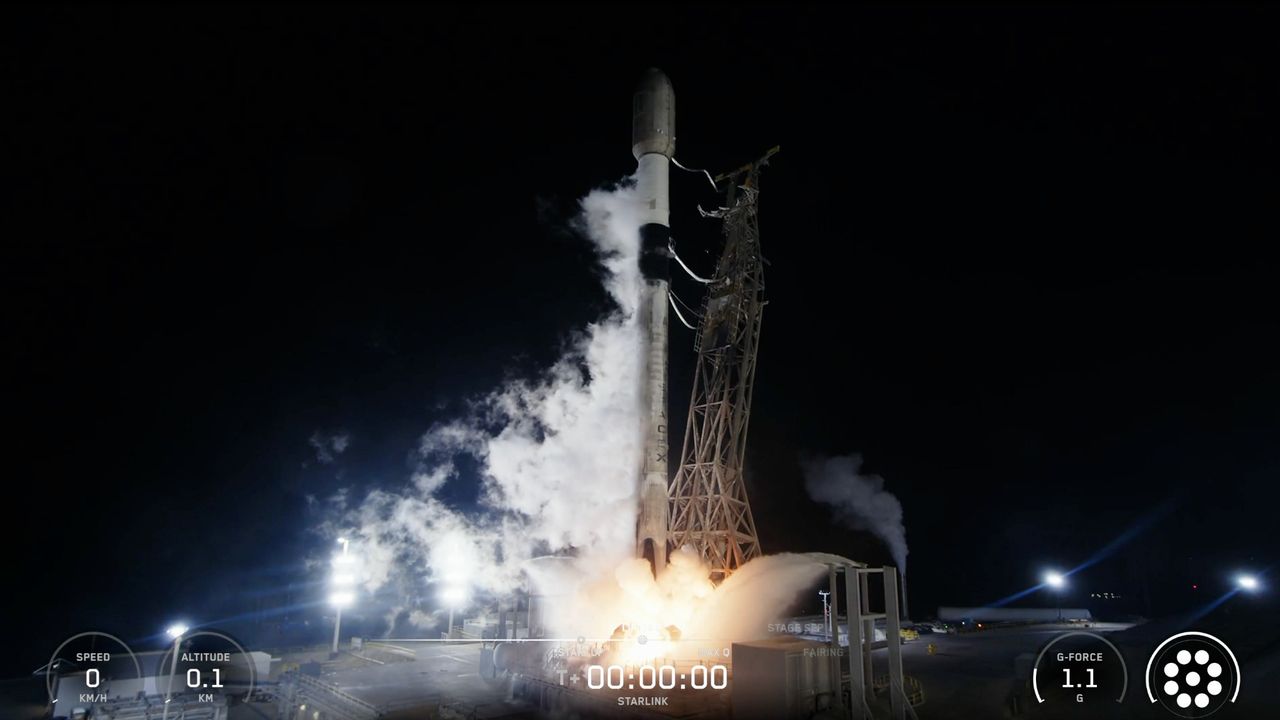
Let’s visit Venus in the early-morning sky; the bright planet rises around 5 A.M. local daylight time and stands nearly 10° high in the east an hour later. Blazing at magnitude –3.9, it’s unmissable in far eastern Leo; it will cross into western Virgo by tomorrow morning. Venus is stunning through binoculars or any telescope;Continue reading "The Sky Today on Wednesday, October 8: Venus’ last day in Leo"
The post The Sky Today on Wednesday, October 8: Venus’ last day in Leo appeared first on Astronomy Magazine.
Alessandro Carrozzi Several sunspot groups — active regions AR 4136, 4139, 4143, and 4146 — all approach the solar limb in this Hydrogen-alpha image taken July 19, 2025 with a 6-inch f/25 refractor.
The post The spotted Sun appeared first on Astronomy Magazine.
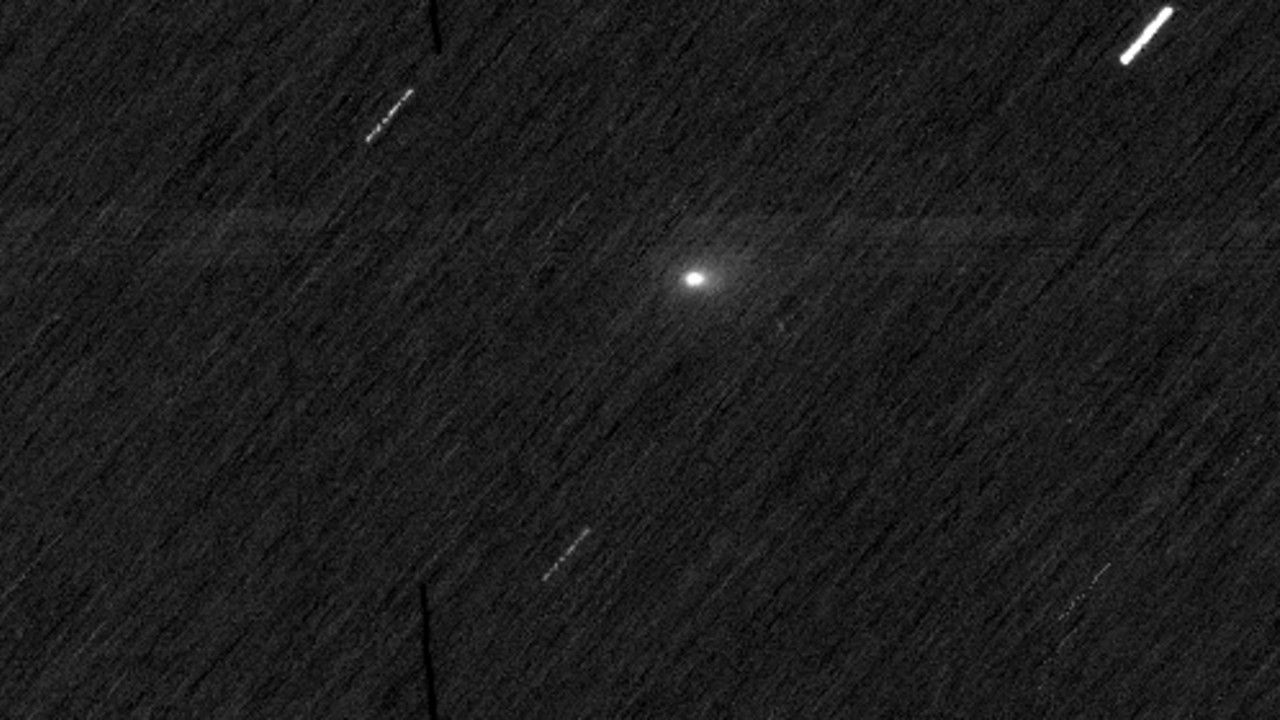
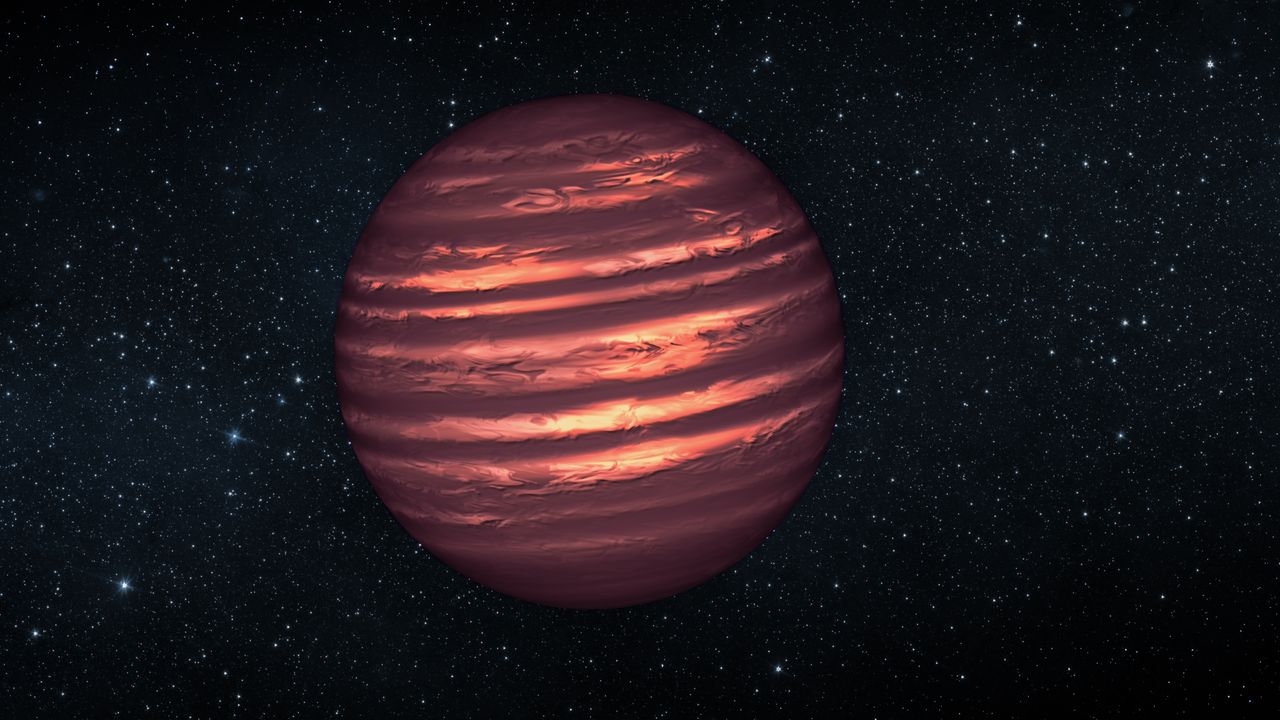
Cairns – Great Barrier Reef – Daintree Rainforest – Uluru – Melbourne – Great Ocean Road July 25 – August 1, 2028 Continue your journey down under with an 8-day extension that showcases Australia’s diverse landscapes, beginning just after the Sydney eclipse tour. Fly to the tropical north to Cairns, the gateway to two UNESCOContinue reading "2028 Highlights of Australia Post-Eclipse Tour"
The post 2028 Highlights of Australia Post-Eclipse Tour appeared first on Astronomy Magazine.
Sydney – Blue Mountains – Hunter ValleyJuly 19 – July 25, 2028 Discover the best of Sydney and its breathtaking surroundings on this 7-day tour, perfectly timed for the total solar eclipse on July 22, 2028. Your journey begins with a deep dive into Australia’s most famous city, exploring iconic sites including the Sydney OperaContinue reading "2028 Sydney 7-Day Total Solar Eclipse Adventure"
The post 2028 Sydney 7-Day Total Solar Eclipse Adventure appeared first on Astronomy Magazine.
Auckland – Rotorua – Queenstown – Milford Sound – Sydney – Blue Mountains – Hunter ValleyJuly 13 – July 25, 2028 Embark on an unforgettable 13-day journey through the natural wonders of New Zealand and the iconic landmarks of Australia, centered around the total solar eclipse of July 22, 2028. The adventure begins in Auckland,Continue reading "2028 New Zealand & Australia 13-Day Total Solar Eclipse Tour"
The post 2028 New Zealand & Australia 13-Day Total Solar Eclipse Tour appeared first on Astronomy Magazine.
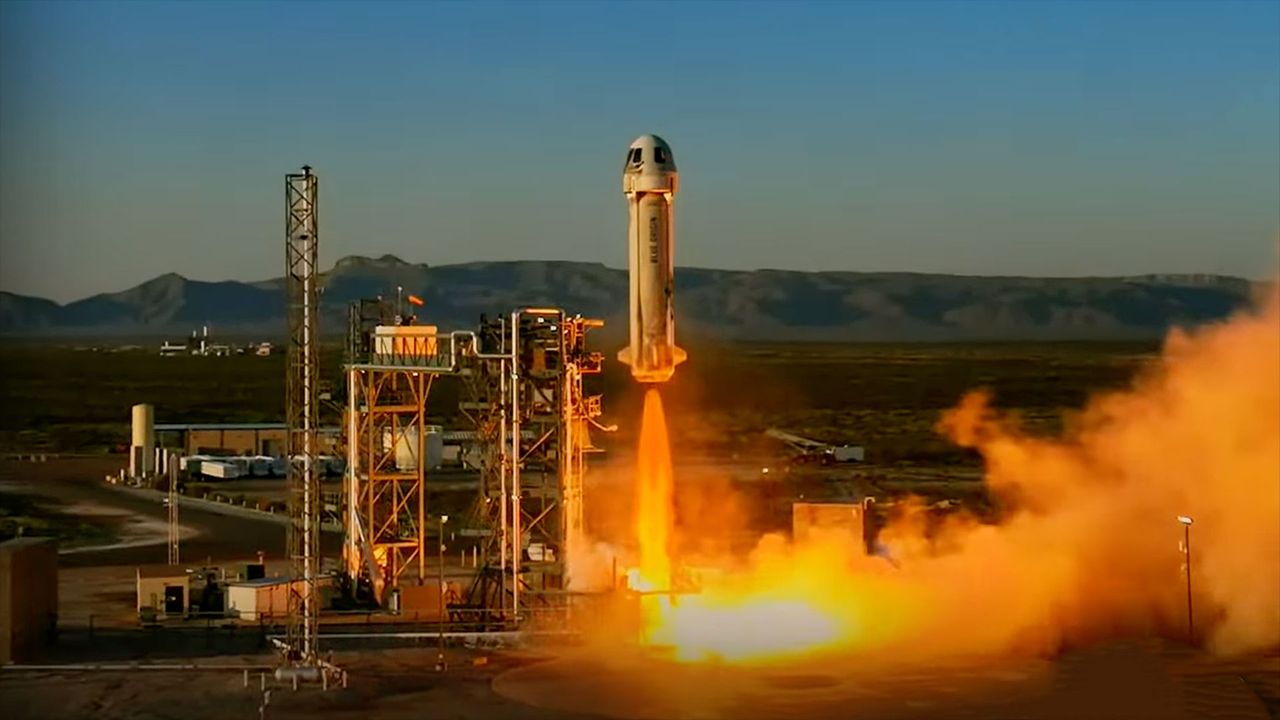


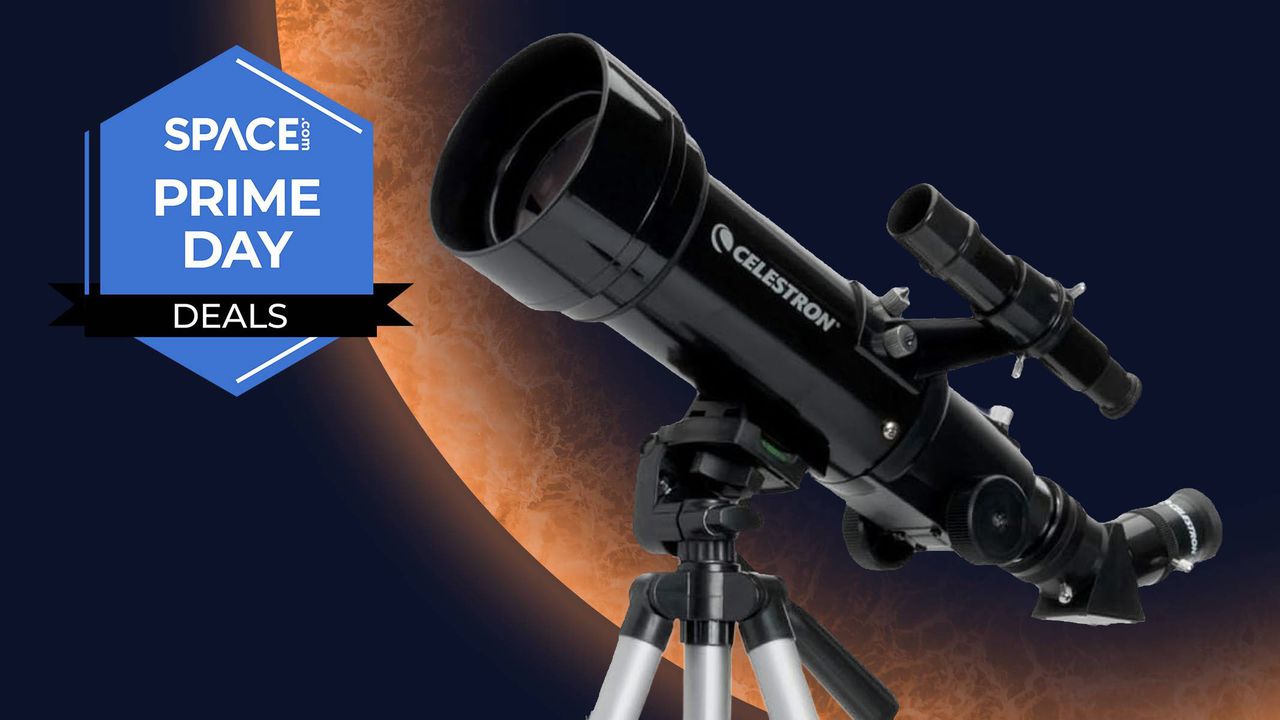
Cairo – Nile Cruise – LuxorJuly 27 – August 2, 2027 Embark on a 7-day journey through the heart of ancient Egypt, combining iconic historical sites with the breathtaking spectacle of the August 2 total solar eclipse. Your tour begins in Cairo, where you will explore the new Grand Egyptian Museum, home to Tutankhamun’s completeContinue reading "2027 Pharaoh’s Shadow 6-Night Total Solar Eclipse Tour"
The post 2027 Pharaoh’s Shadow 6-Night Total Solar Eclipse Tour appeared first on Astronomy Magazine.
Luxor – Karnak Temple – Dendera Temple and Abydos (Optional)July 30 – August 3, 2027 Experience the awe of ancient history and the spectacle of a rare celestial event on this 5-day journey to Luxor, centered around the August 2 total solar eclipse. With an incredible totality of 6 minutes and 22 seconds, this tourContinue reading "2027 Luxor 4-Night Eclipse Discovery Tour"
The post 2027 Luxor 4-Night Eclipse Discovery Tour appeared first on Astronomy Magazine.
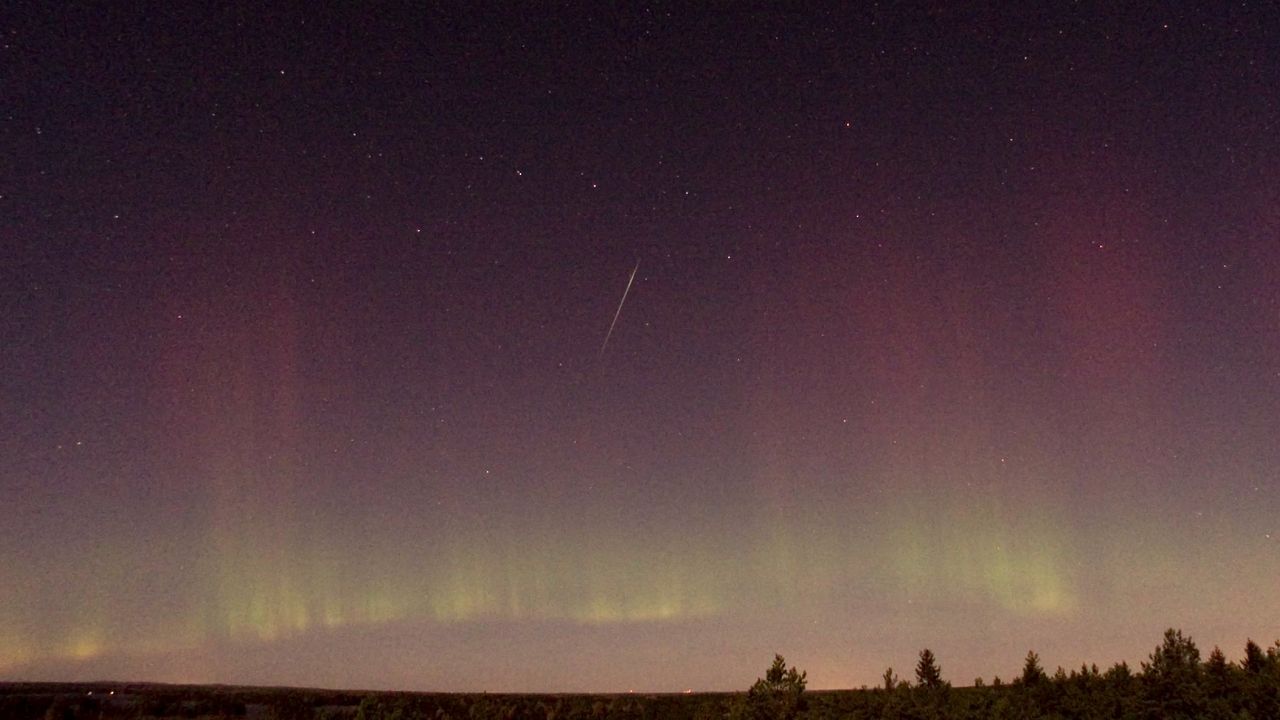


If you get up before twilight begins to paint the eastern sky, you might be able to spot Comet C/2025 A6 (Lemmon). It’s currently in the constellation Ursa Major the Great Bear near the 3rd-magnitude star Tania Australis, also known as Mu Ursae Majoris. The comet rises around 1:30 a.m. local time, but you’ll wantContinue reading "How to see Comet Lemmon"
The post How to see Comet Lemmon appeared first on Astronomy Magazine.
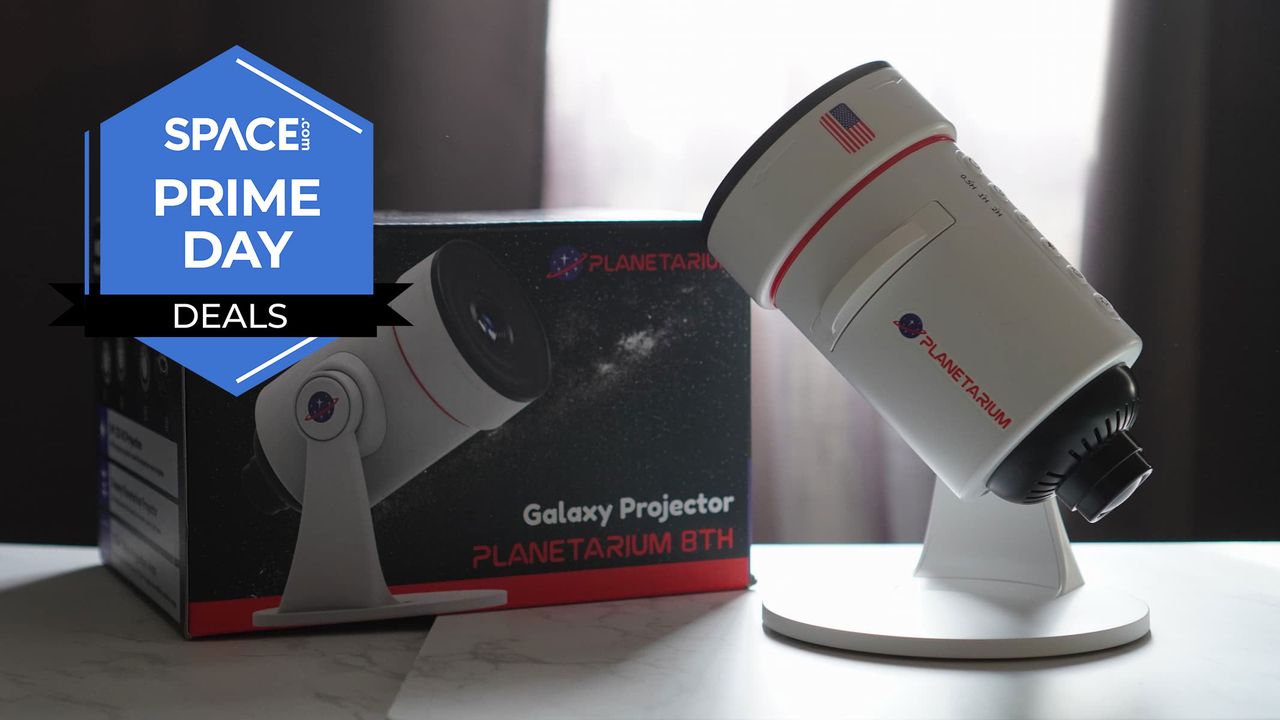
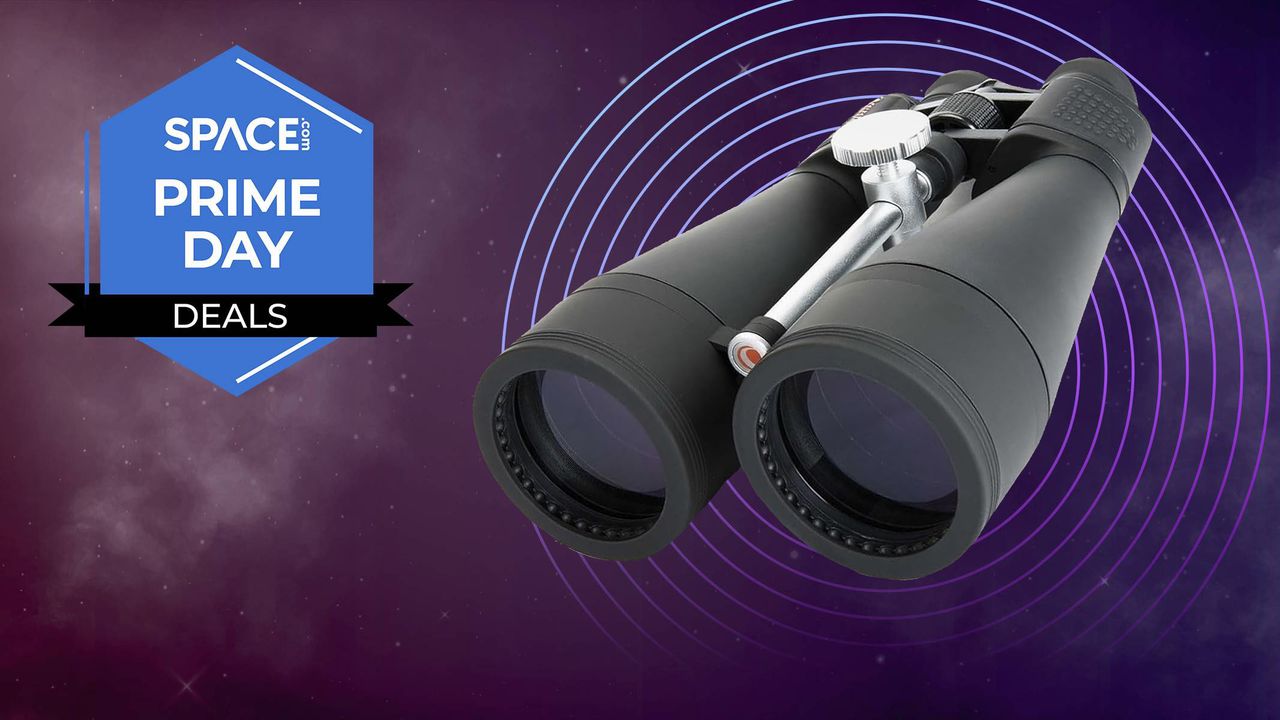
On Oct. 4, 1959, exactly two years after the launch of Sputnik, the Soviet Union scored another win when Luna 3 launched from the Baikonur Cosmodrome in Kazakhstan and set off for the Moon. It was the third spacecraft in the Luna program, Luna 1 having overshot the Moon after a rocket-burn error, and LunaContinue reading "Oct. 7, 1959: The first photos of the Moon’s farside are taken."
The post Oct. 7, 1959: The first photos of the Moon’s farside are taken. appeared first on Astronomy Magazine.


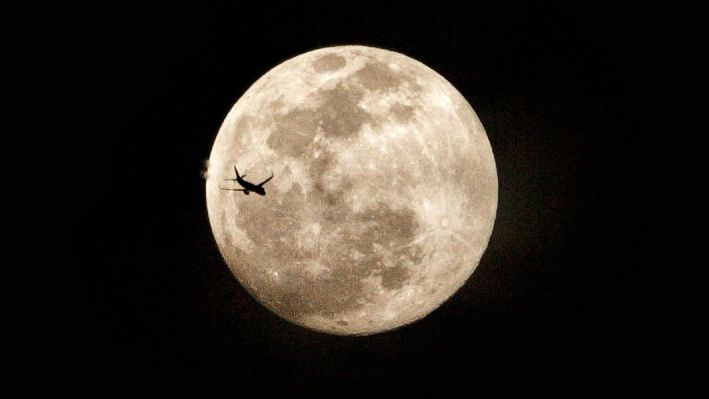
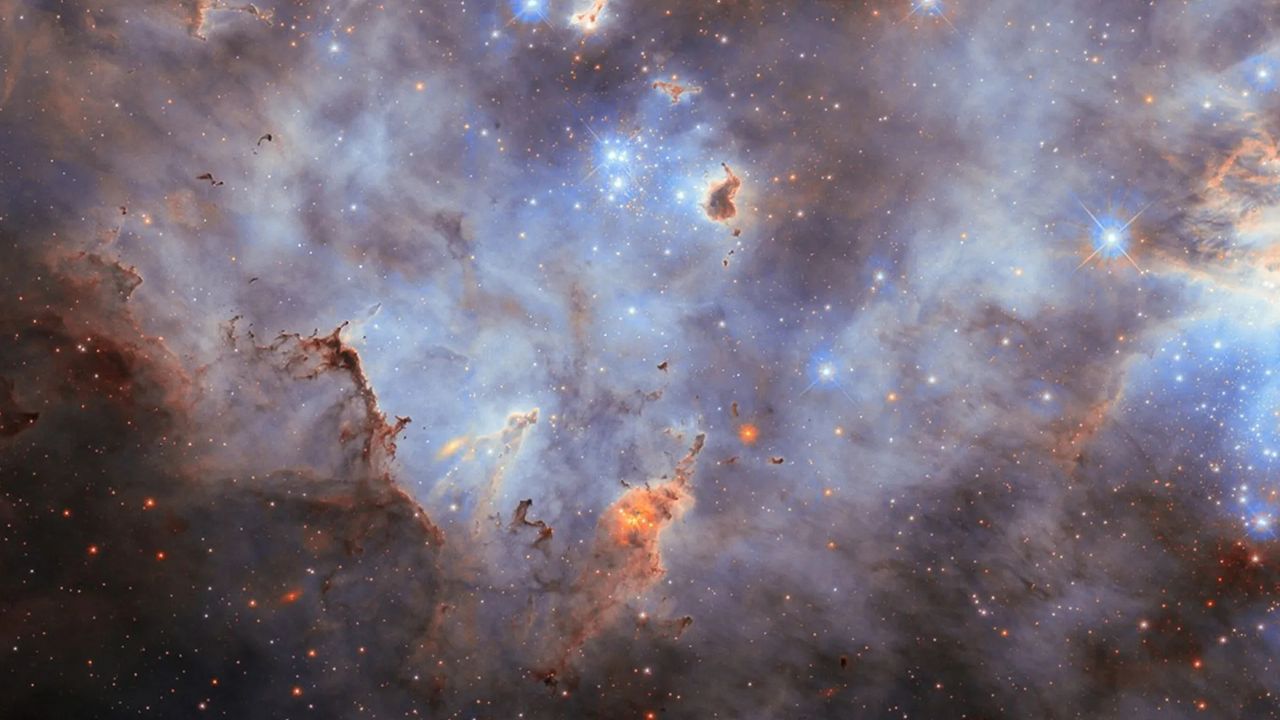
Author(s): Matteo Viel
The new map of the Universe’s expansion history released by the DESI Collaboration offers hints at a breakdown of the standard model of cosmology.
[Physics 18, 130] Published Mon Oct 06, 2025



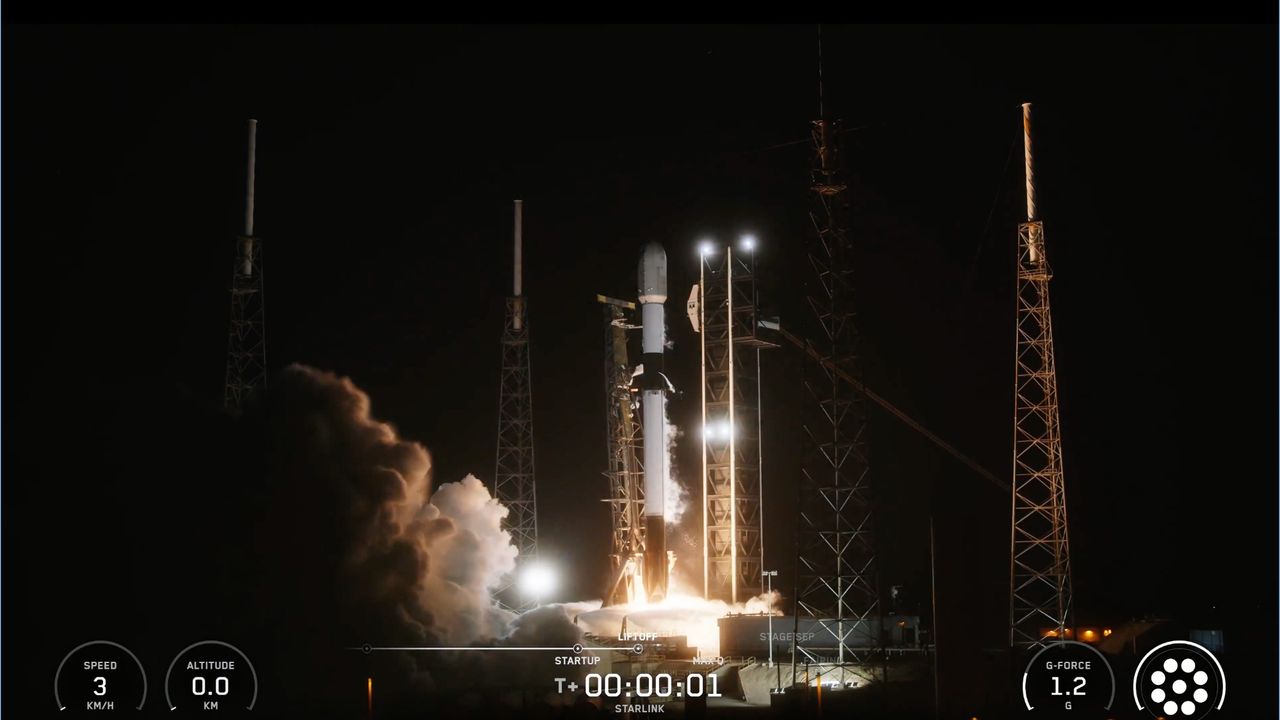
Step outside tonight in the early evening, when Sagittarius lies above the southwestern horizon. Globular cluster M22 shines brightly at magnitude 5.1, readily observable with binoculars or any size telescope. It’s far from the Full Moon, increasing your chances of a good view tonight. You can find this ancient ball of stars some 2.5° northeastContinue reading "The Sky Today on Tuesday, October 7: View the ancient stars of M22"
The post The Sky Today on Tuesday, October 7: View the ancient stars of M22 appeared first on Astronomy Magazine.

Cédric de Decker/Louis Leroux-Géré/Vincent Martin/Thibault Rouillée Comet Lemmon (C/2025 A6) is still just outside the edge of naked-eye visibility, according to reports, but it is showing fine, rapidly changing detail in images. These astroimagers caught Lemmon as it was passing the Little Pinwheel Galaxy (NGC 3184) on Oct. 5 with 45 minutes of LRGB exposureContinue reading "Comet Lemmon and the Little Pinwheel"
The post Comet Lemmon and the Little Pinwheel appeared first on Astronomy Magazine.

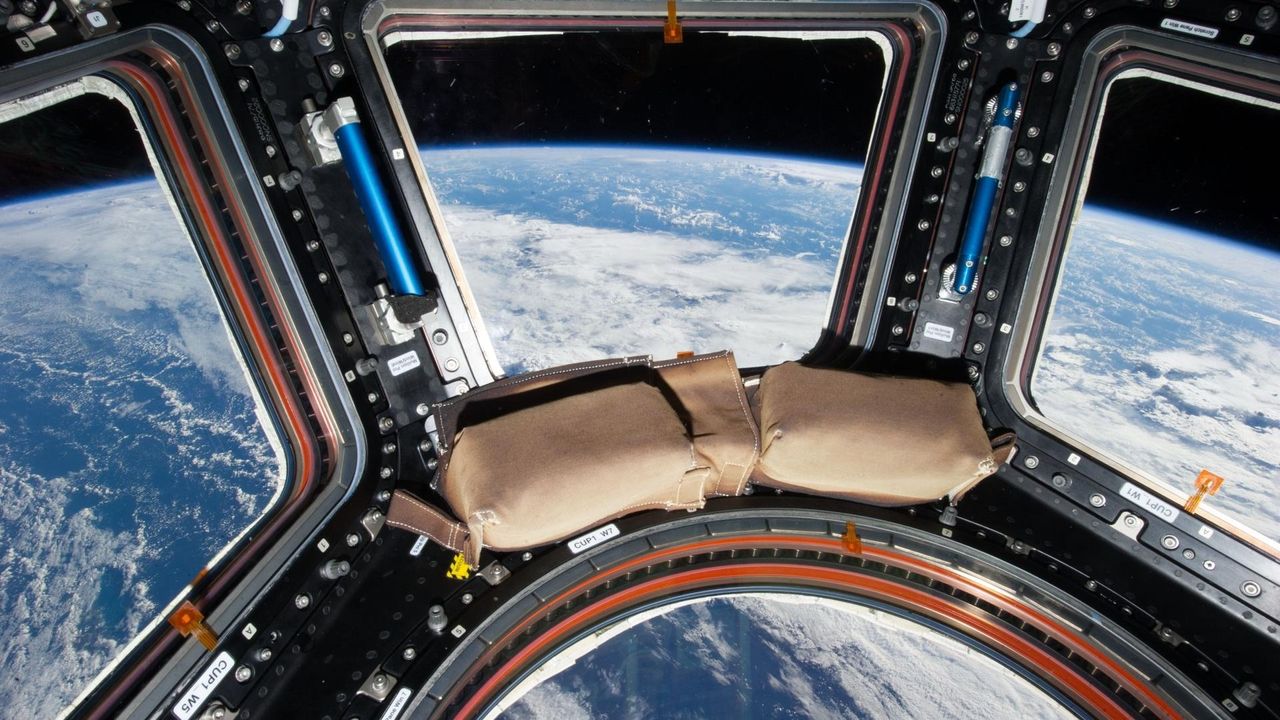
From a distance, Biosphere 2 emerges from the cacti and creosote of the Sonoran desert like a gleaming oasis, a colony of glass and bright white structures. Despite being just outside Tucson, Arizona, it looks almost like a colony on another planet. When one of the facility’s 100,000 annual visitors steps inside, they see a whole worldContinue reading "Biosphere 2’s latest mission: Learning how life first emerged on Earth – and how to make barren worlds habitable"
The post Biosphere 2’s latest mission: Learning how life first emerged on Earth – and how to make barren worlds habitable appeared first on Astronomy Magazine.
Mission highlight: Blue Origin to launch 15th human flight This week’s highlighted mission is a crewed suborbital flight from Blue Origin. The company is planning to launch the NS-36 mission aboard its New Shepard rocket. Liftoff is scheduled for Wednesday, Oct. 8, at 9:00 a.m. EDT from Launch Site One in West Texas. A liveContinue reading "Blue Origin’s NS-36 to carry six passengers to space"
The post Blue Origin’s NS-36 to carry six passengers to space appeared first on Astronomy Magazine.
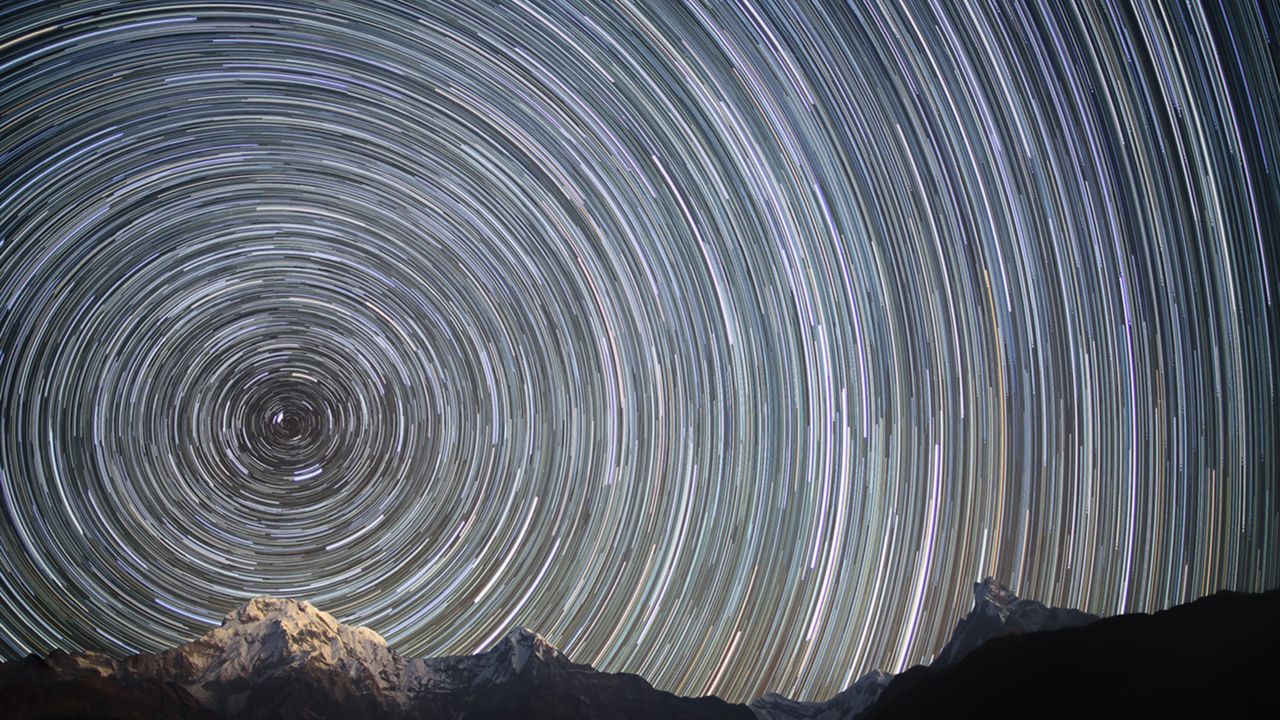


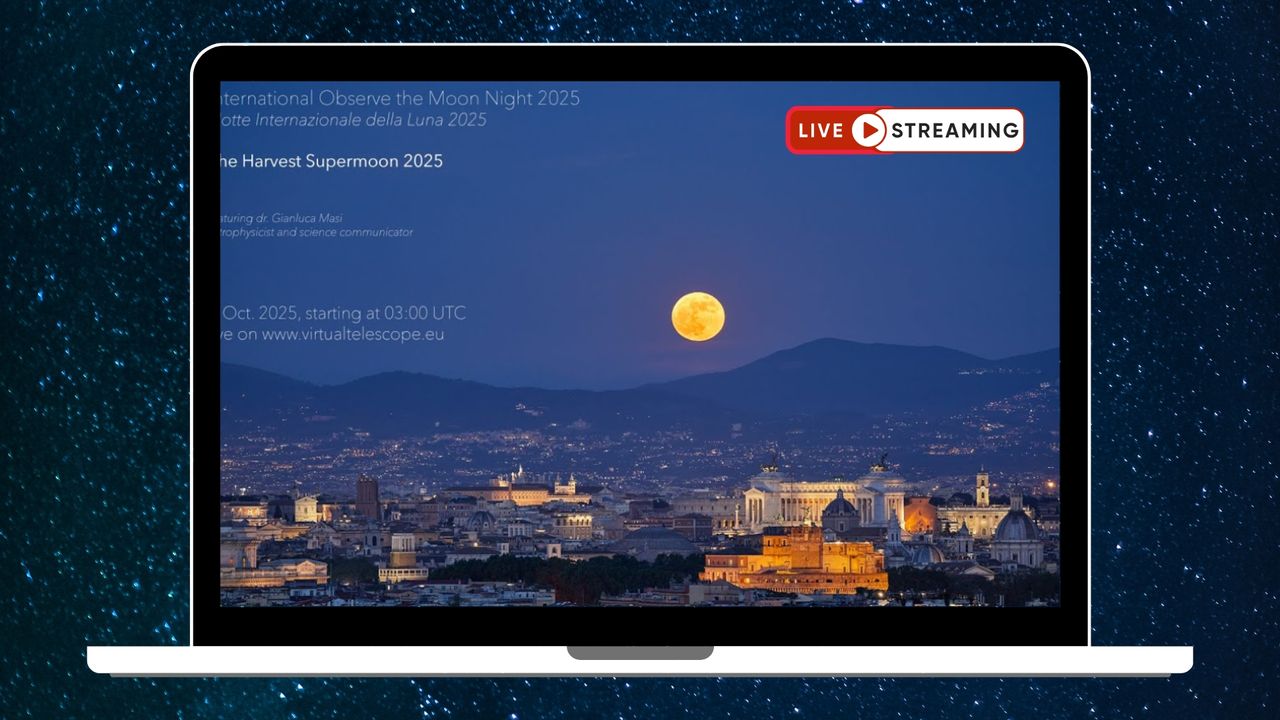
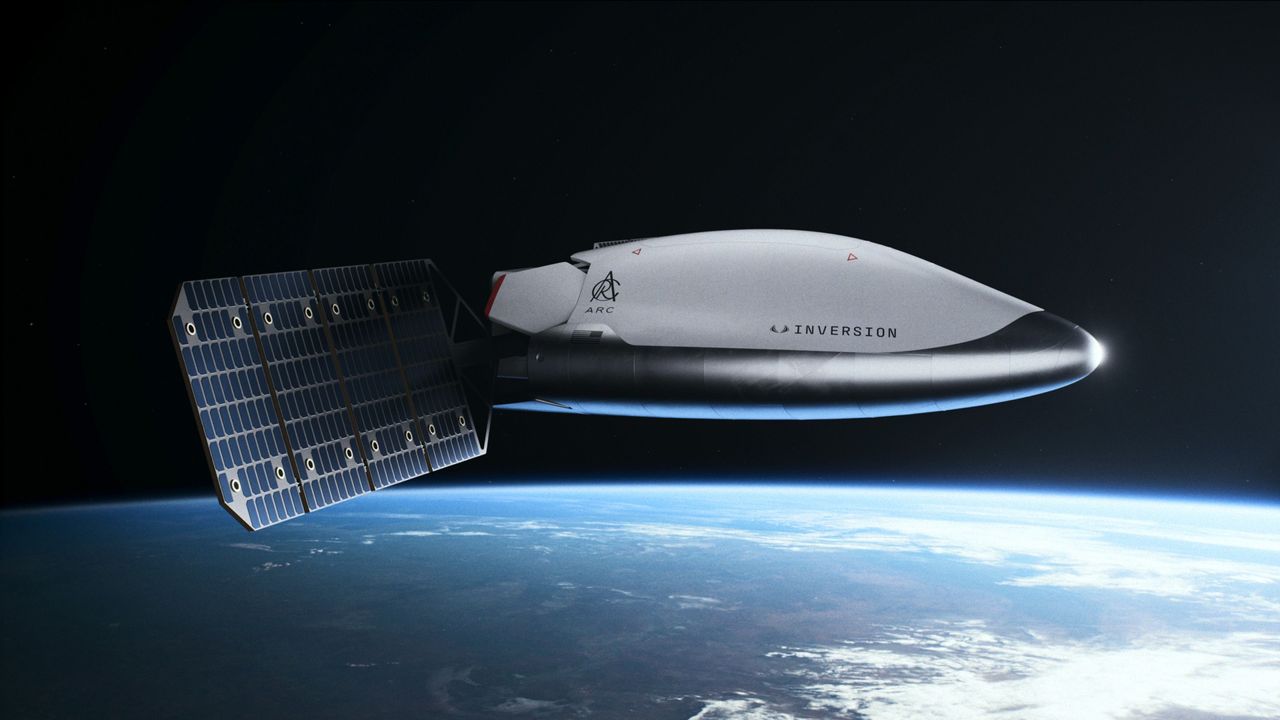
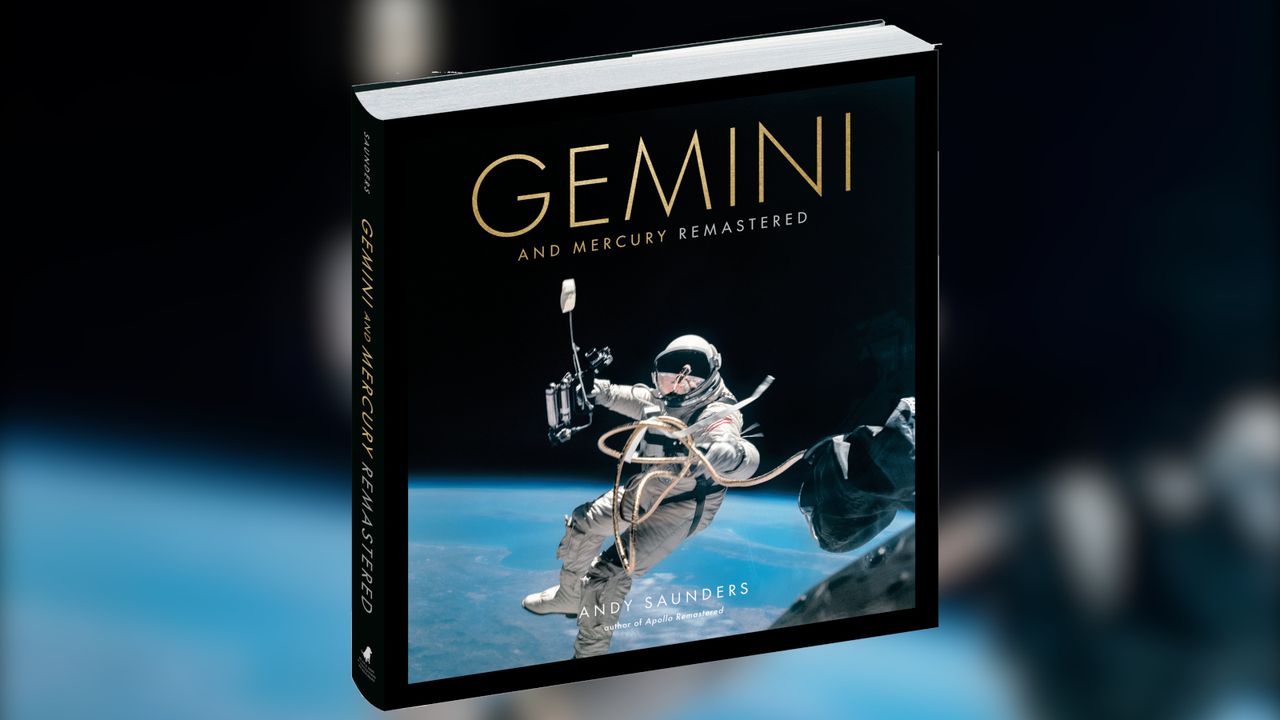

In this episode, Astronomy magazine Editor Emeritus Dave Eicher invites you to head out late in the evening of October 9 and find the Moon. This won’t be a problem because it will be bright. Then scan the area around the Moon to find the Pleiades star cluster, also known as M45. If you can’t find itContinue reading "This Week in Astronomy with Dave Eicher: The Moon and the Pleiades"
The post This Week in Astronomy with Dave Eicher: The Moon and the Pleiades appeared first on Astronomy Magazine.
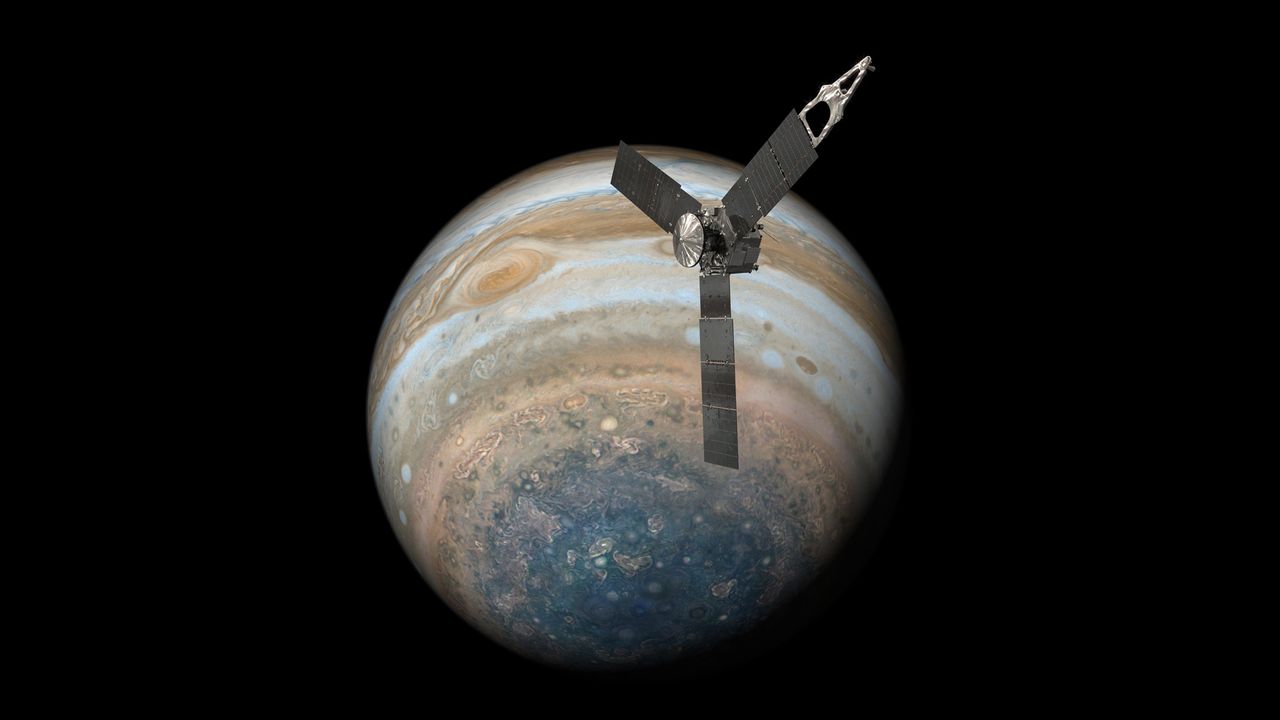
What would a bucket full of deep space contain? Richard LivitskiSeal Beach, California One would think that this excellent question would be easy to answer: A bucket full of “deep space” would contain essentially nothing — and, well, there you are! Outer space is, after all, the closest approximation we have to a vacuum. However,Continue reading "What would a bucket full of deep space contain?"
The post What would a bucket full of deep space contain? appeared first on Astronomy Magazine.
On Oct. 6, 2010, only five days after launching, the Chang-e 2 spacecraft arrived at the Moon and initiated a rocket burn, slipping into its lunar orbit. Part of China’s Lunar Exploration Program, Chang’e 2 carried an improved camera for 3D mapping, laser altimeter, X-ray and gamma-ray spectrometers, microwave radiometer, high-energy particle detector, and solarContinue reading "Oct. 6, 2010: Chang-e 2 arrives at the Moon"
The post Oct. 6, 2010: Chang-e 2 arrives at the Moon appeared first on Astronomy Magazine.
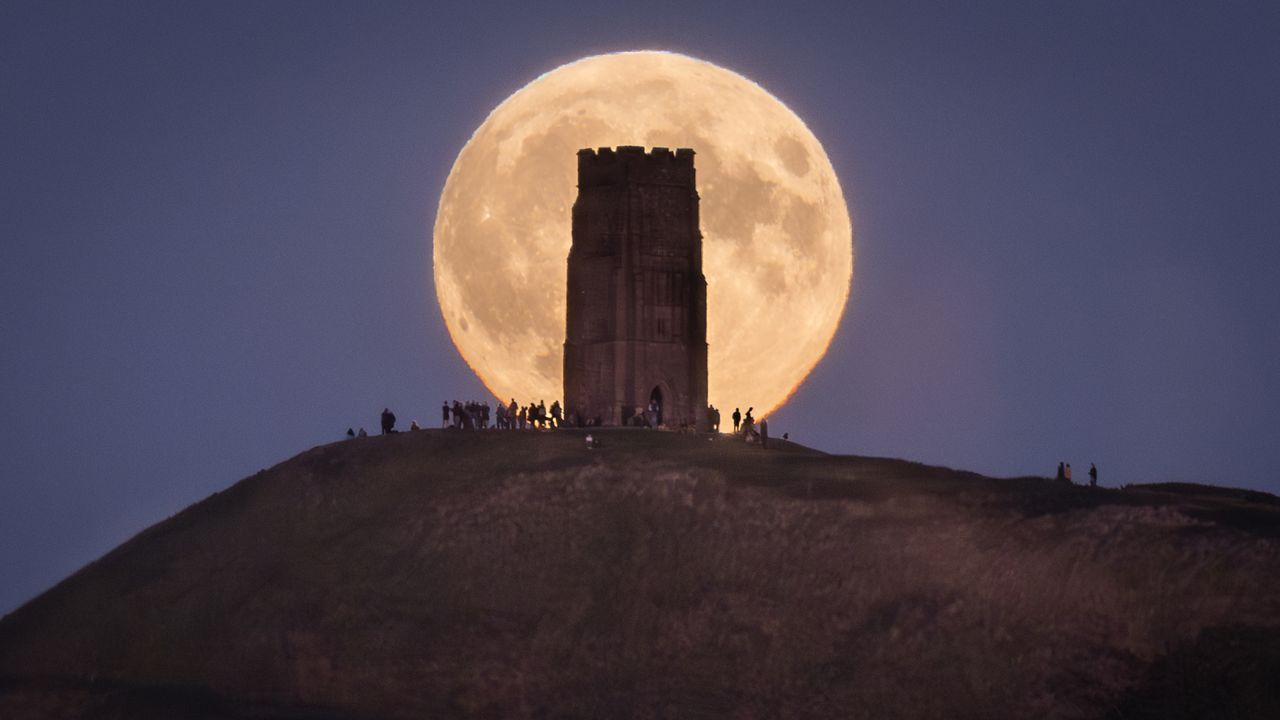
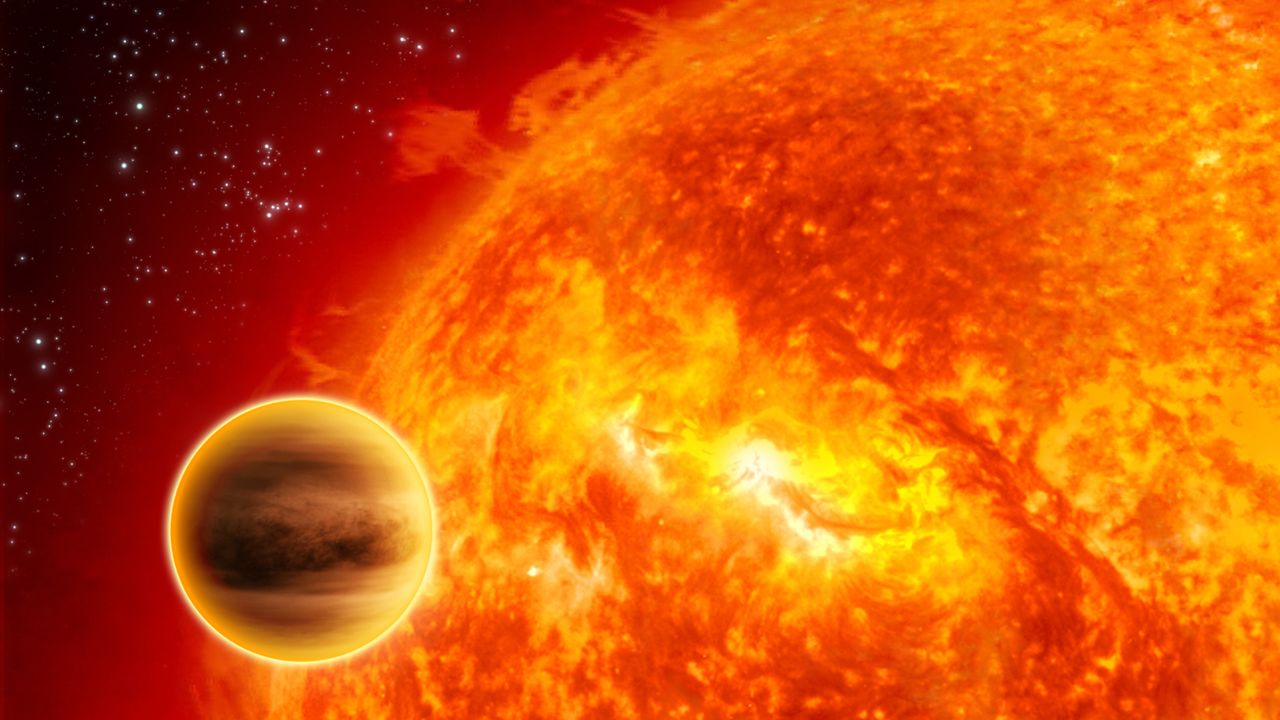
Full Moon occurs late tonight at 11:48 P.M. EDT. October’s Full Moon is traditionally called the Hunter’s Moon. But this October’s Full Moon also has two other names: It is both a Super Moon and the 2025 Harvest Moon. A Super Moon occurs when the Full phase coincides with the Moon reaching (or close to)Continue reading "The Sky Today on Monday, October 6: The Full Harvest Super Moon shines"
The post The Sky Today on Monday, October 6: The Full Harvest Super Moon shines appeared first on Astronomy Magazine.

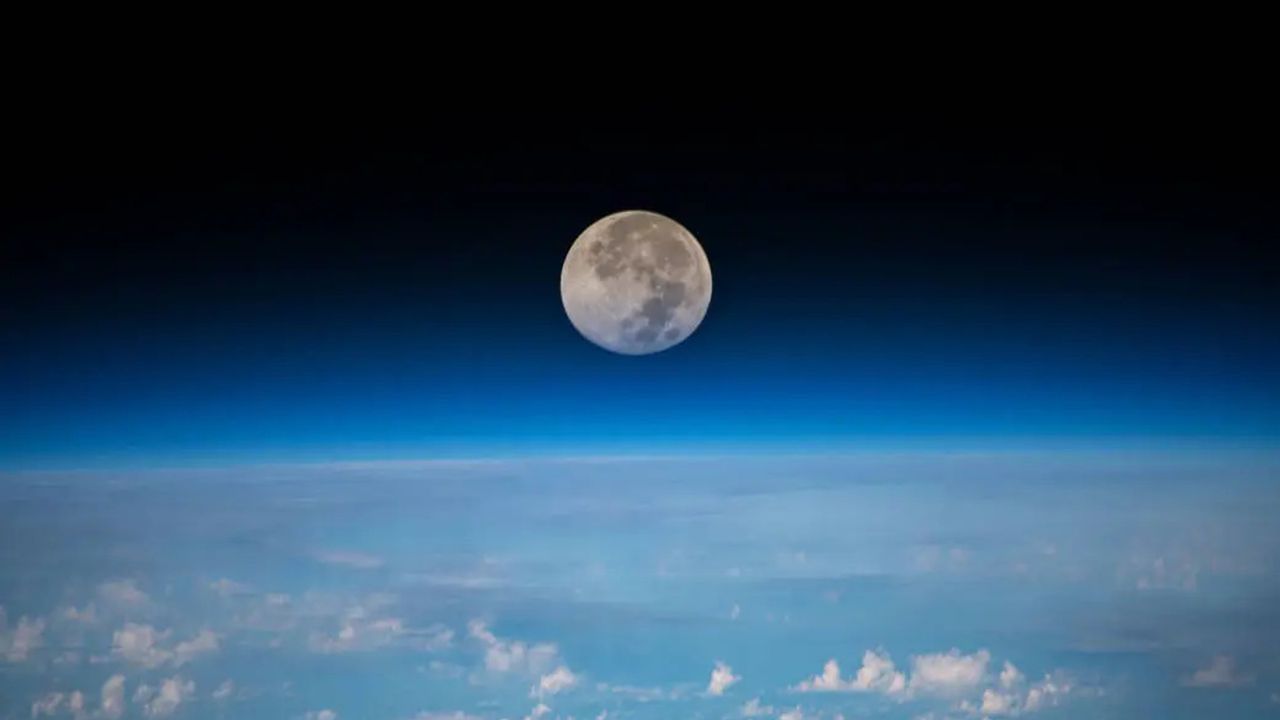

On Oct. 4, 1923, Edwin Hubble took a photographic plate of the Andromeda Nebula (as it was known then) using the 100-inch Hooker telescope at Mount Wilson. The next night, Oct. 5th, he took another plate and found that a star that seemed to belong to the nebula had changed in brightness. At first, he thought thisContinue reading "Oct. 5th, 1923: Hubble discovers galaxies beyond the Milky Way"
The post Oct. 5th, 1923: Hubble discovers galaxies beyond the Milky Way appeared first on Astronomy Magazine.

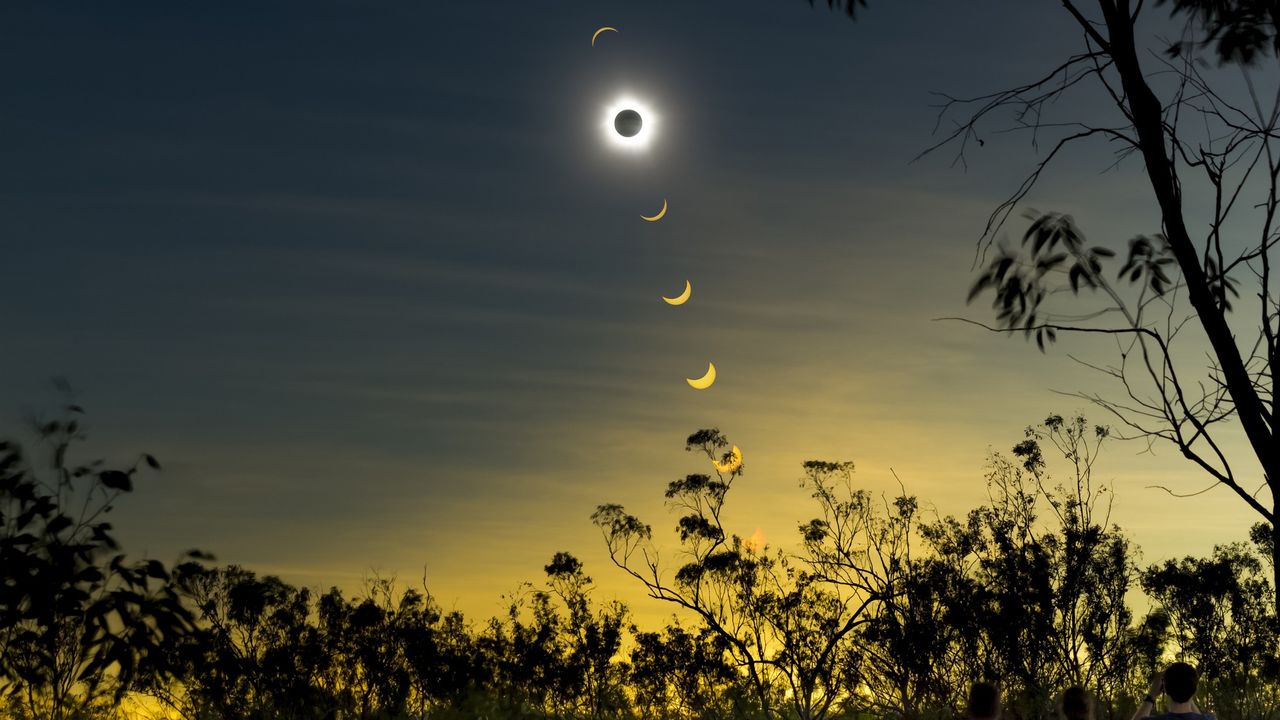
The nearly Full Moon passes 4° north of Saturn at 11 P.M. EDT and sits close to the ringed planet all night. Despite our satellite’s proximity, you’ll want your telescope trained on Saturn this evening to catch the last in the current series of Titan shadow transits — there won’t be another until 2040! AroundContinue reading "The Sky Today on Sunday, October 5: Titan’s last shadow transit"
The post The Sky Today on Sunday, October 5: Titan’s last shadow transit appeared first on Astronomy Magazine.

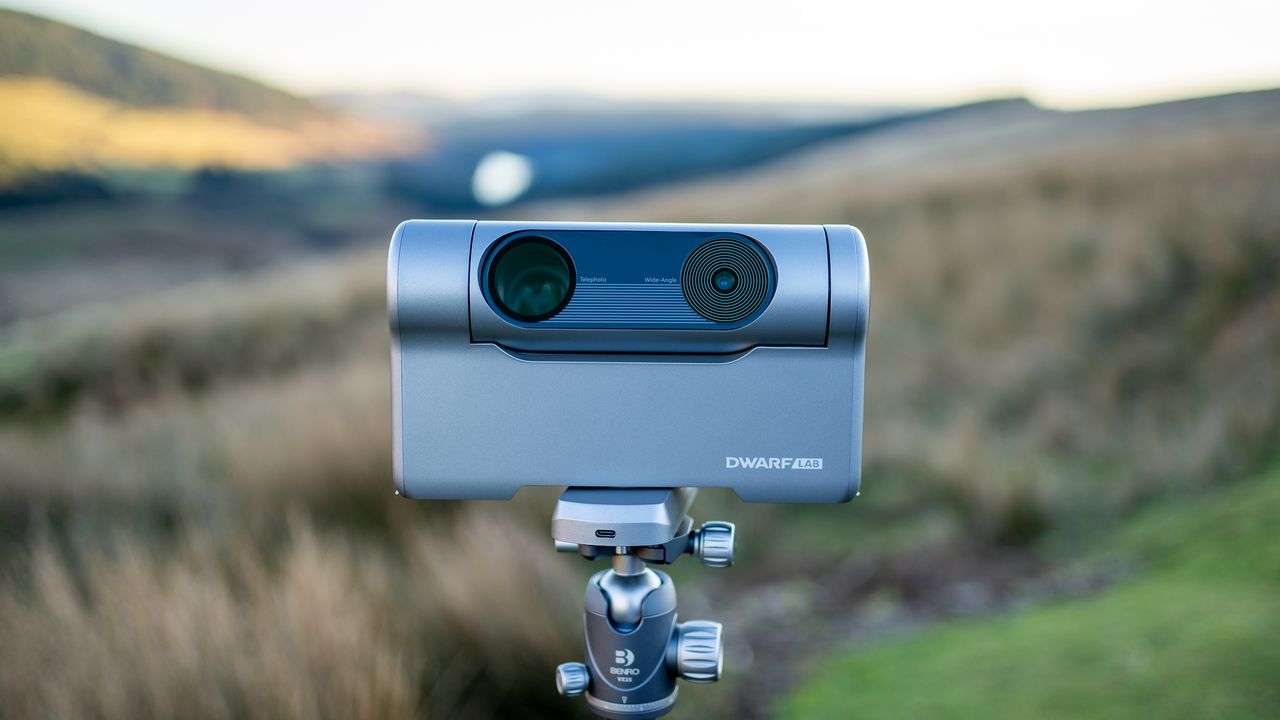

On Oct. 4th, 1957, at 10:29 PM Moscow time, the Soviet Union successfully launched Sputnik 1 into space on a repurposed R-7 rocket. The world’s first artificial satellite, Sputnik was about 22 inches (58 centimeters) in diameter and weighed 184 pounds (84 kilograms). Although there were no scientific instruments aboard, the transmitter it carried sentContinue reading "Oct. 4th, 1957: Sputnik launches"
The post Oct. 4th, 1957: Sputnik launches appeared first on Astronomy Magazine.
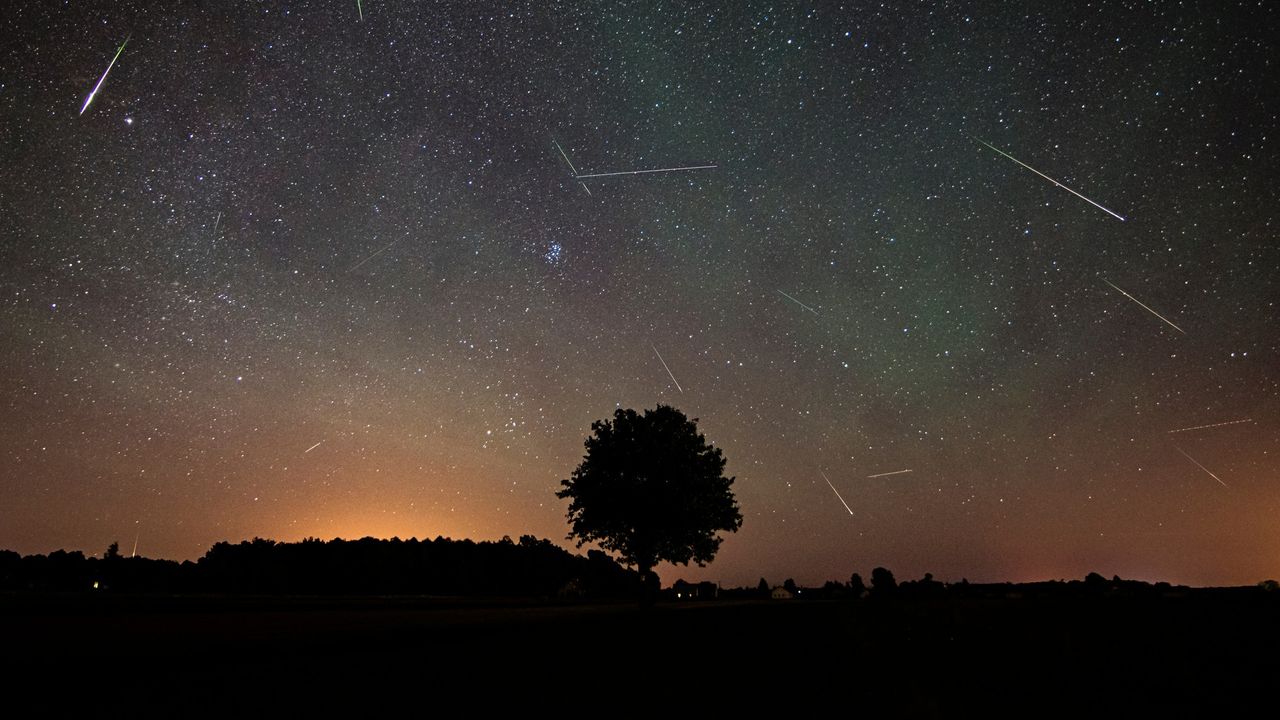
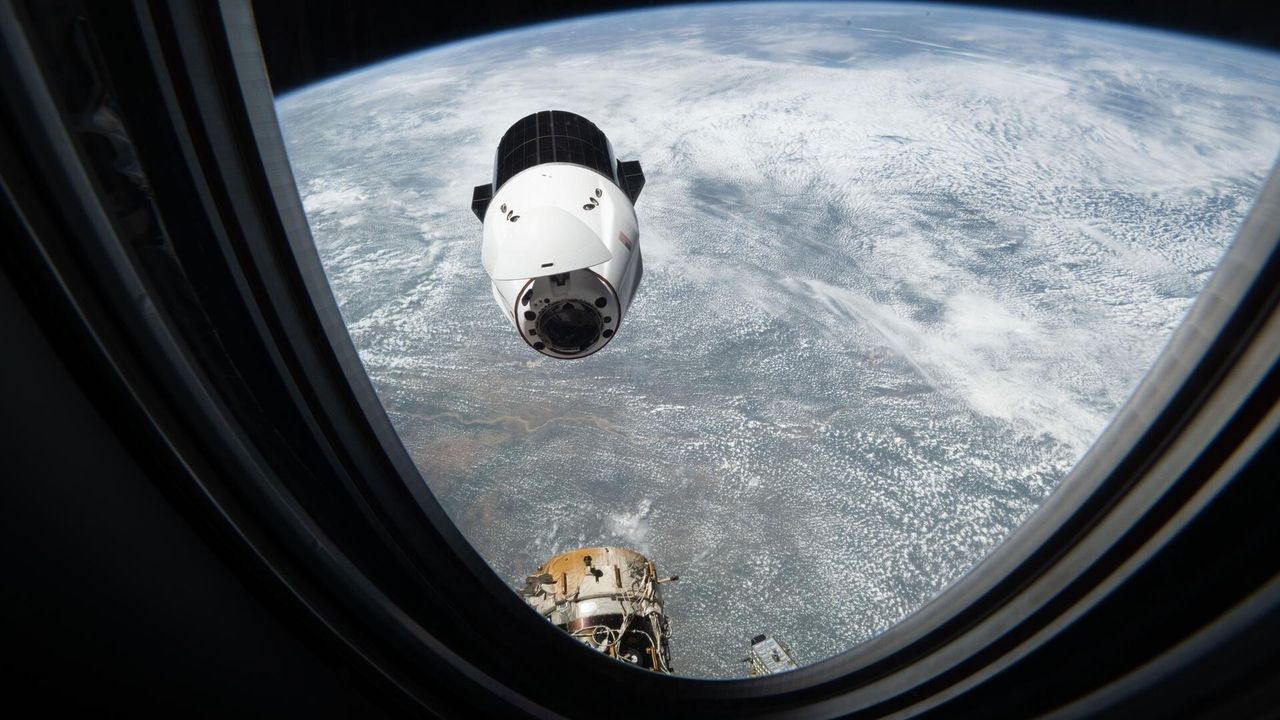
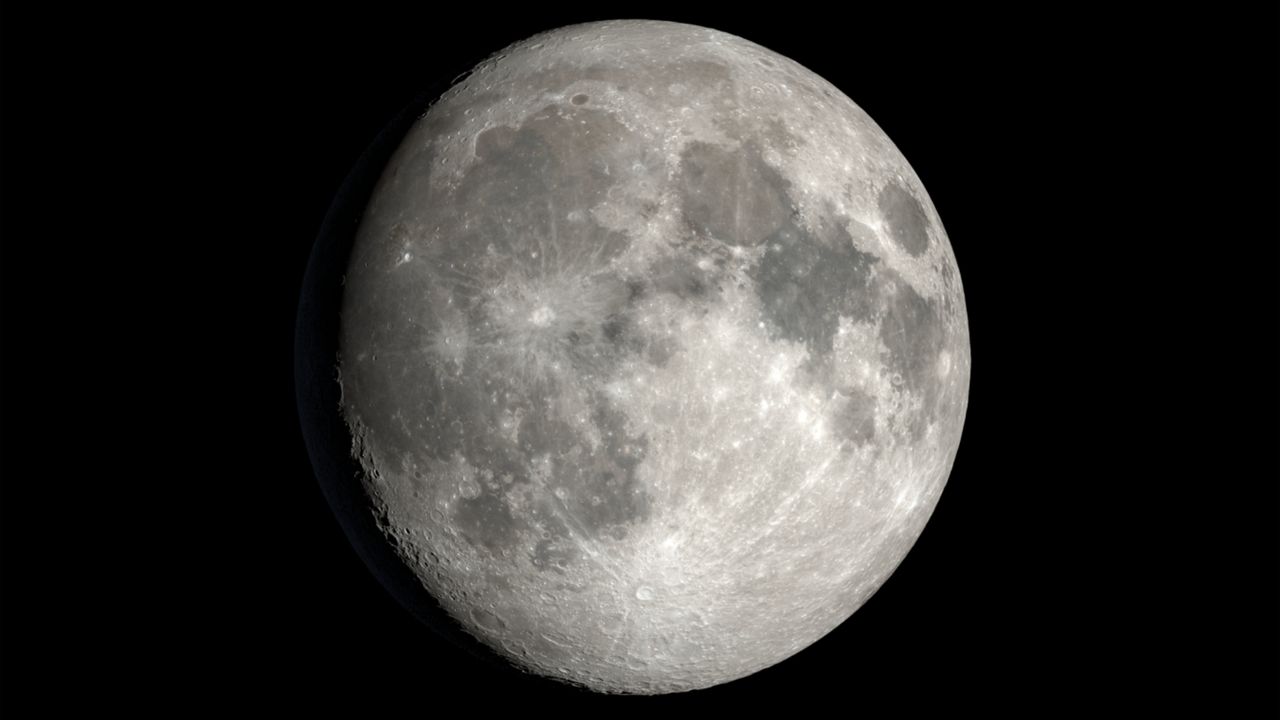
Author(s): Michael Schirber
Turning a biologically important molecular motor at a constant rate saves energy, according to experiments.
[Physics 18, 167] Published Fri Oct 03, 2025
Jupiter’s Galilean moons often transit the planet’s disk one at a time — tonight, however, Io and Europa cross the disk together. The two moons even appear to partially overlap as their transits begin early this morning at 4:04 a.m. EDT, with smaller Europa passing in front of larger Io. You’ll spot bright Jupiter highContinue reading "The Sky Today on Saturday, October 4: Io and Europa overlap"
The post The Sky Today on Saturday, October 4: Io and Europa overlap appeared first on Astronomy Magazine.
